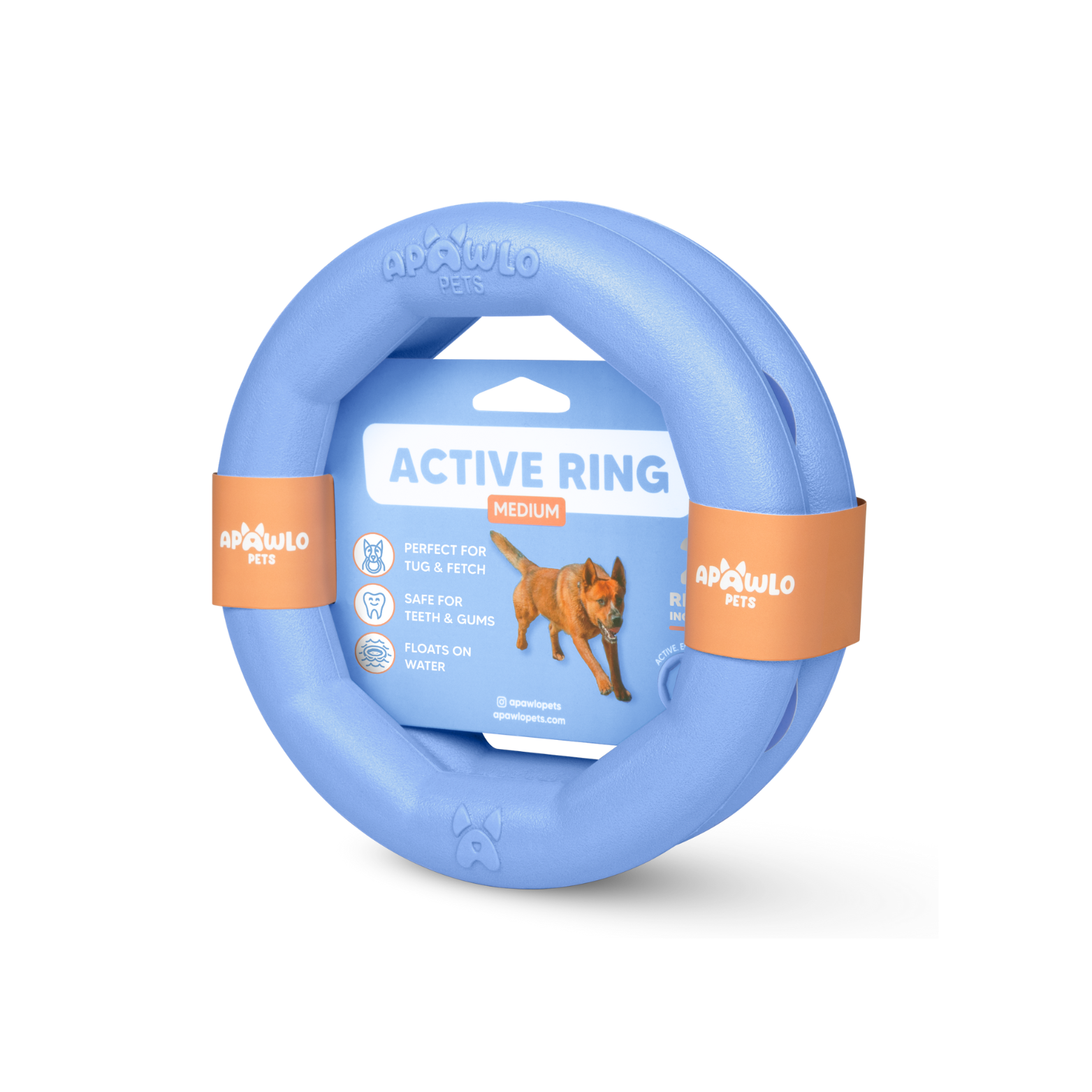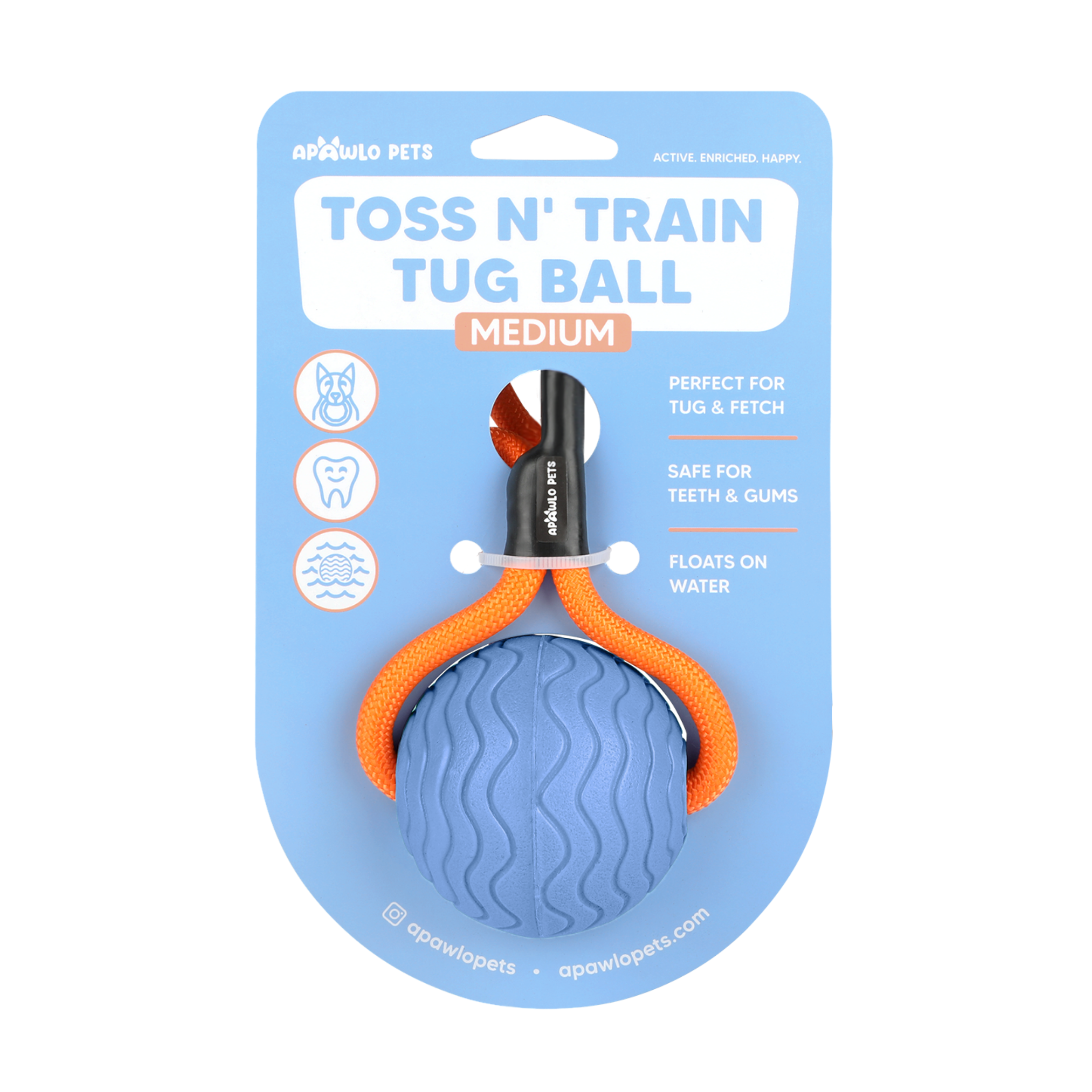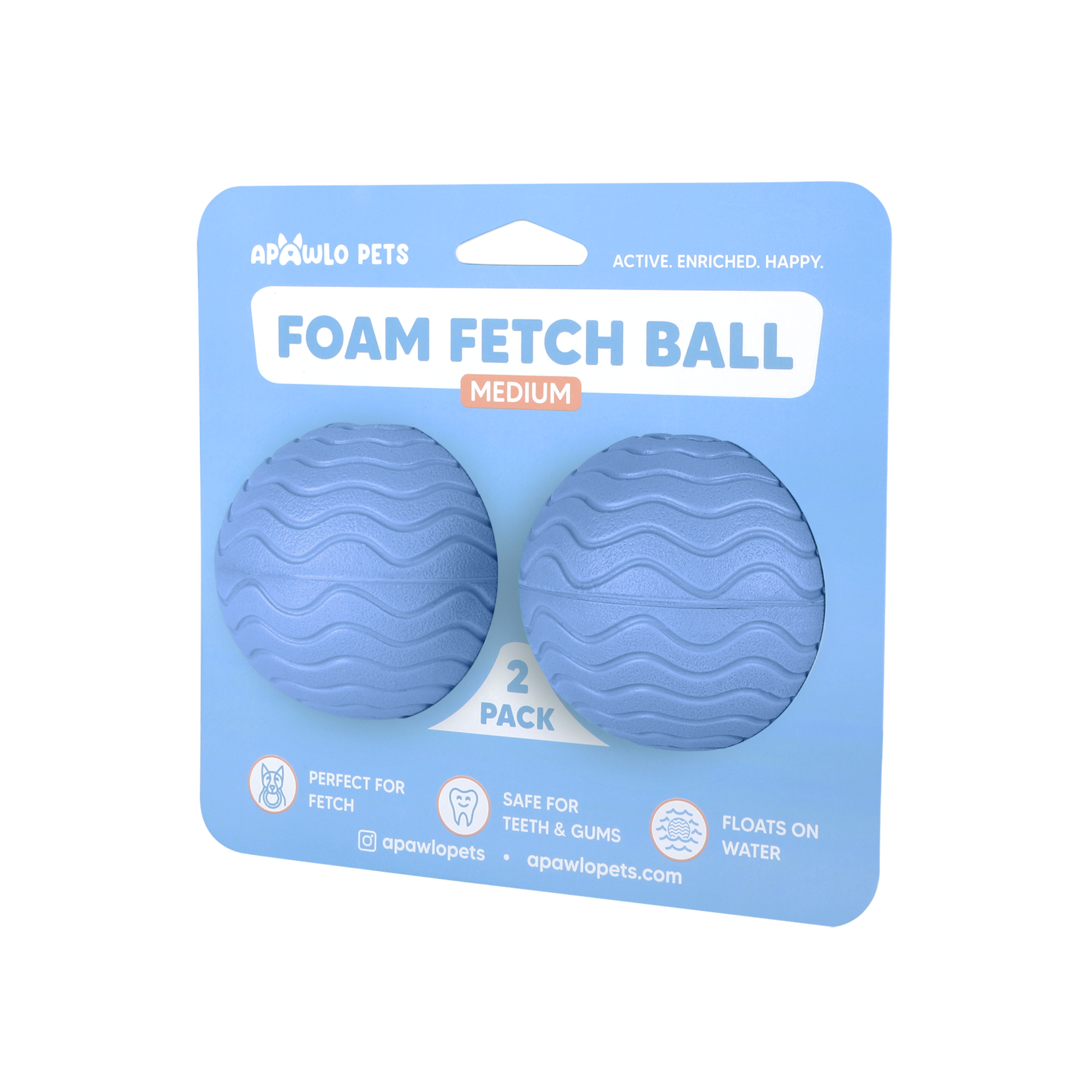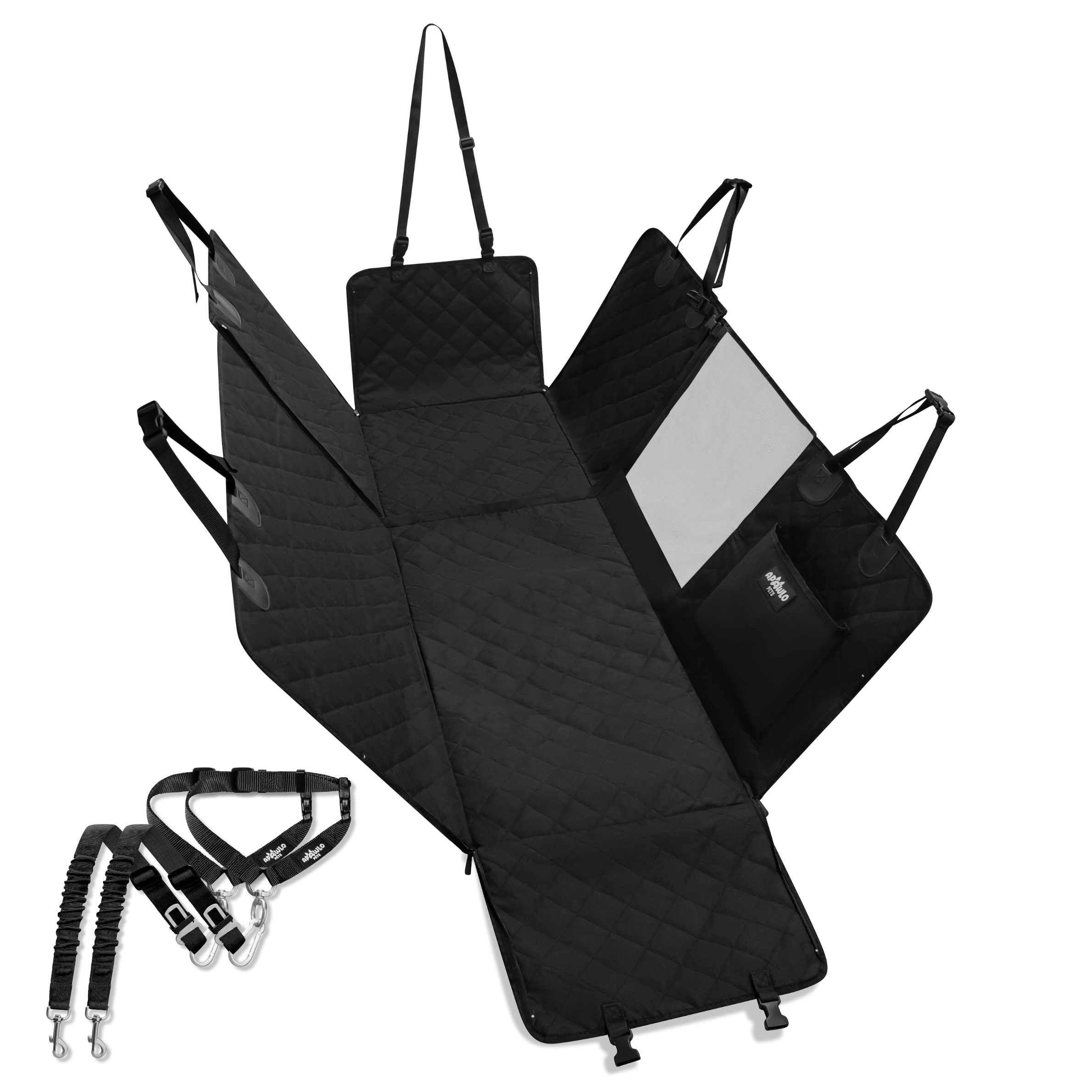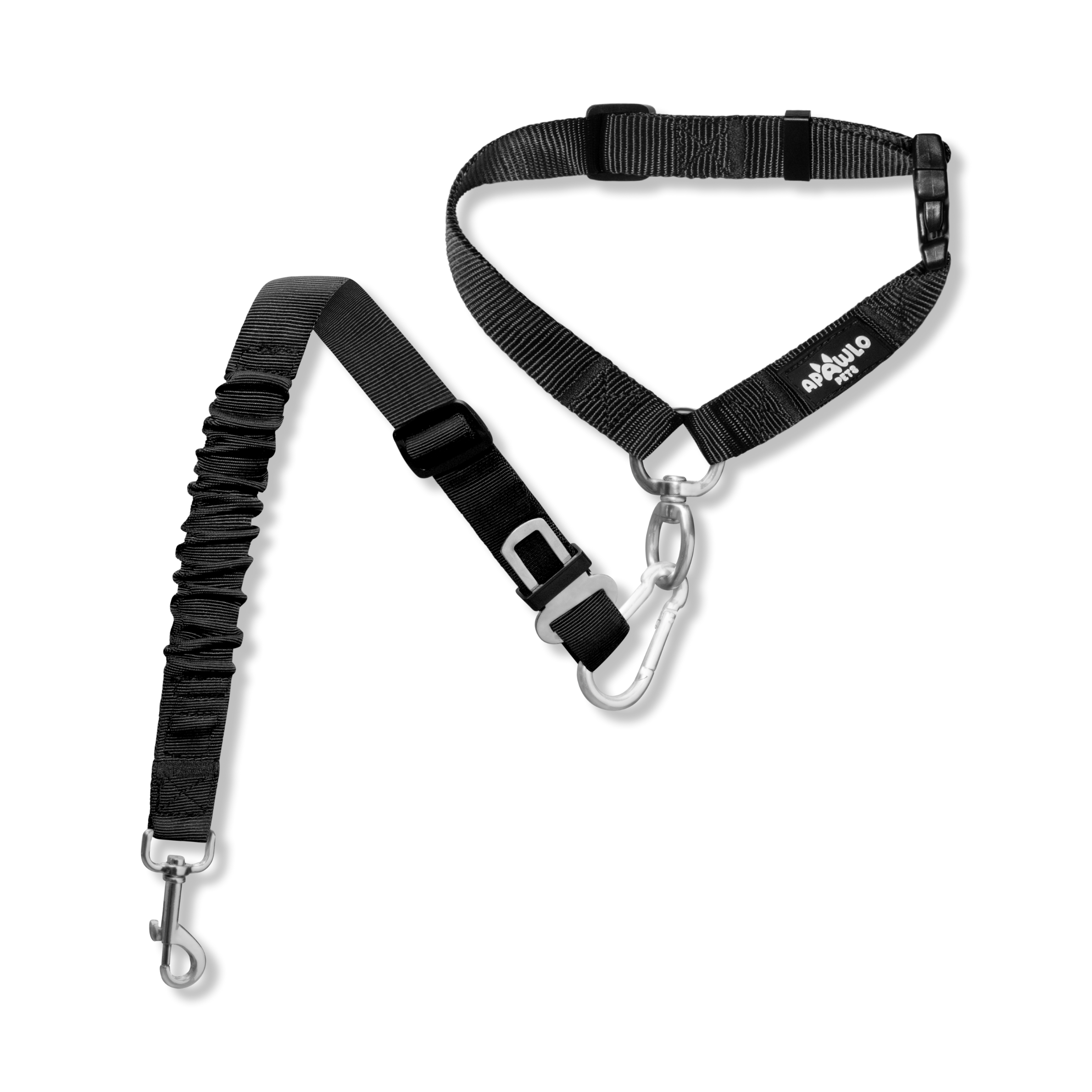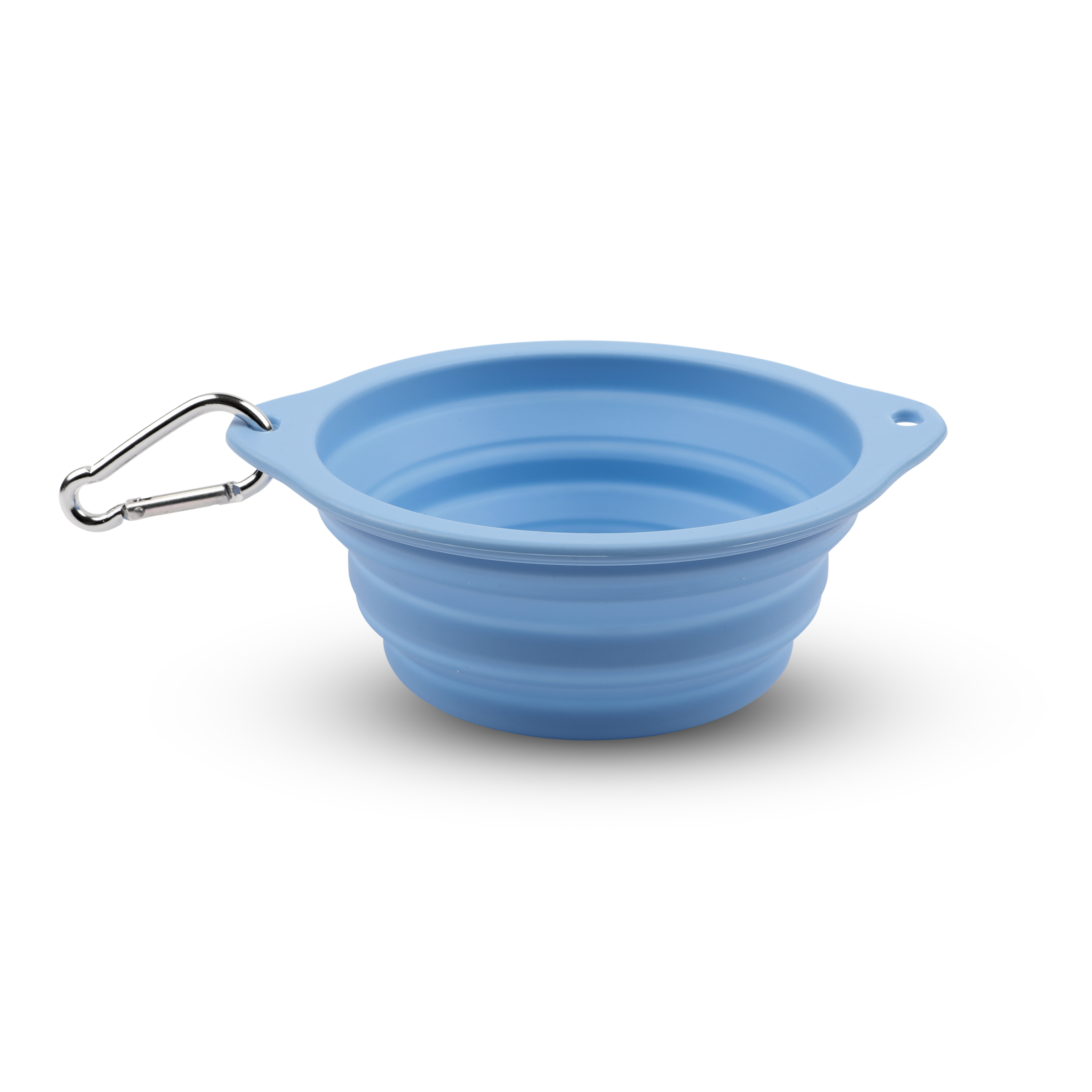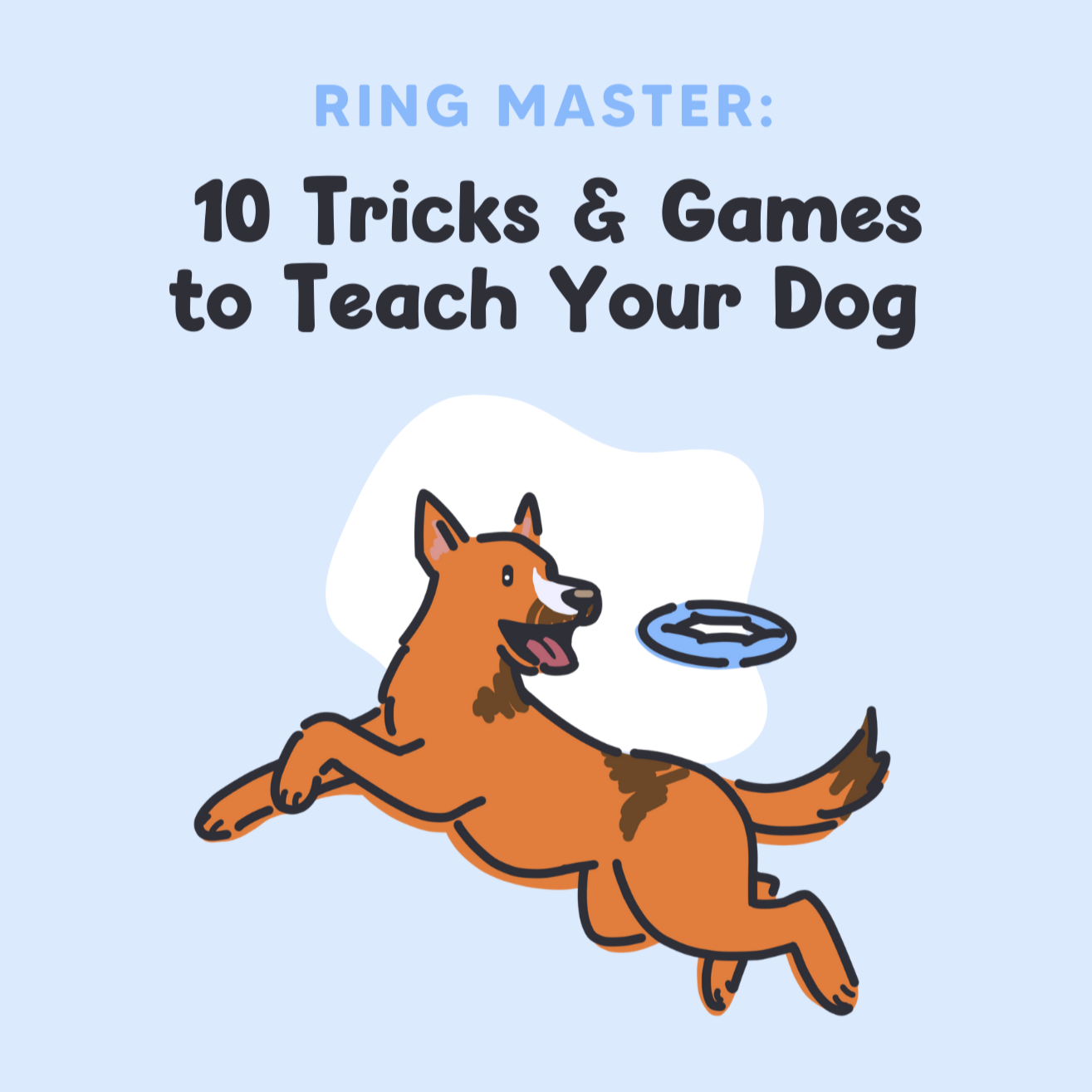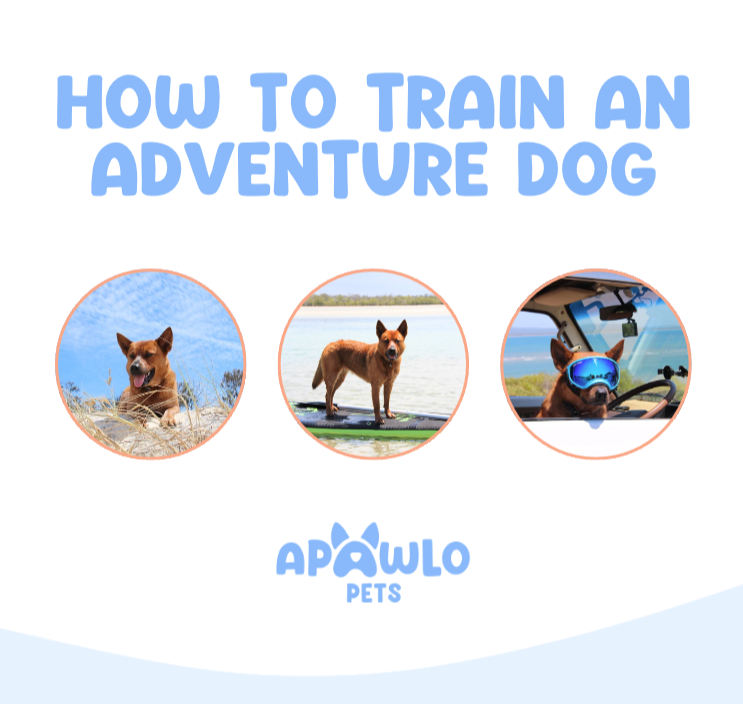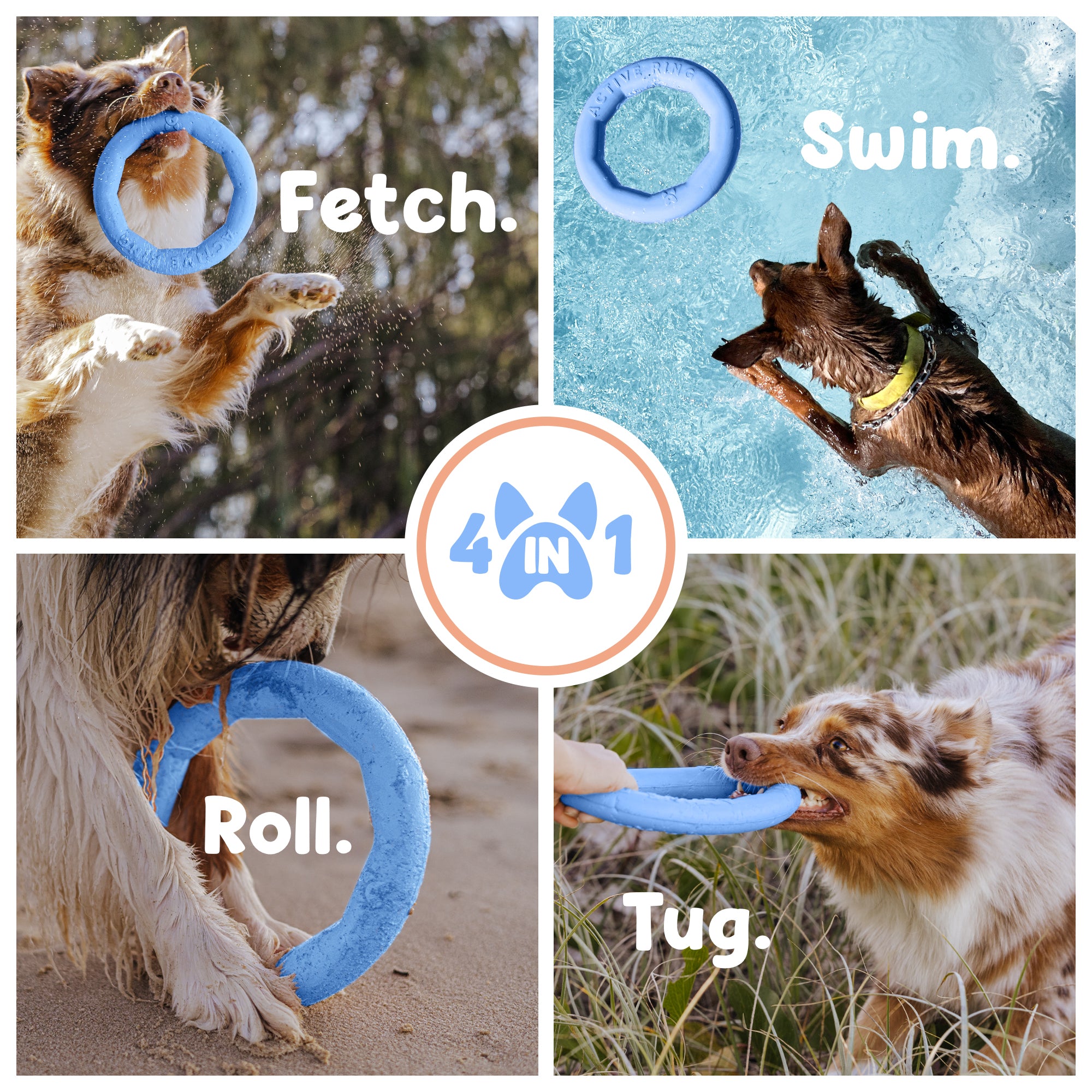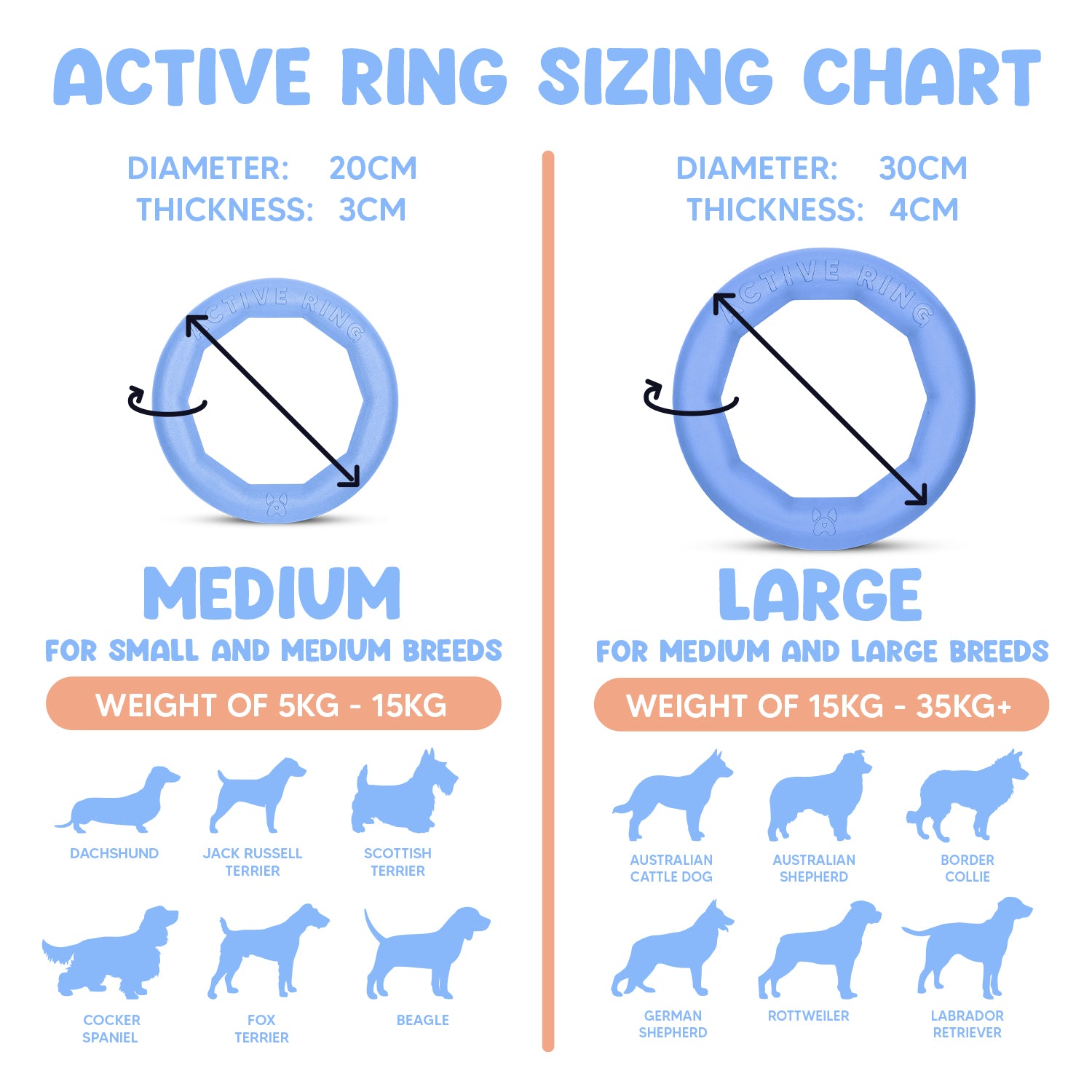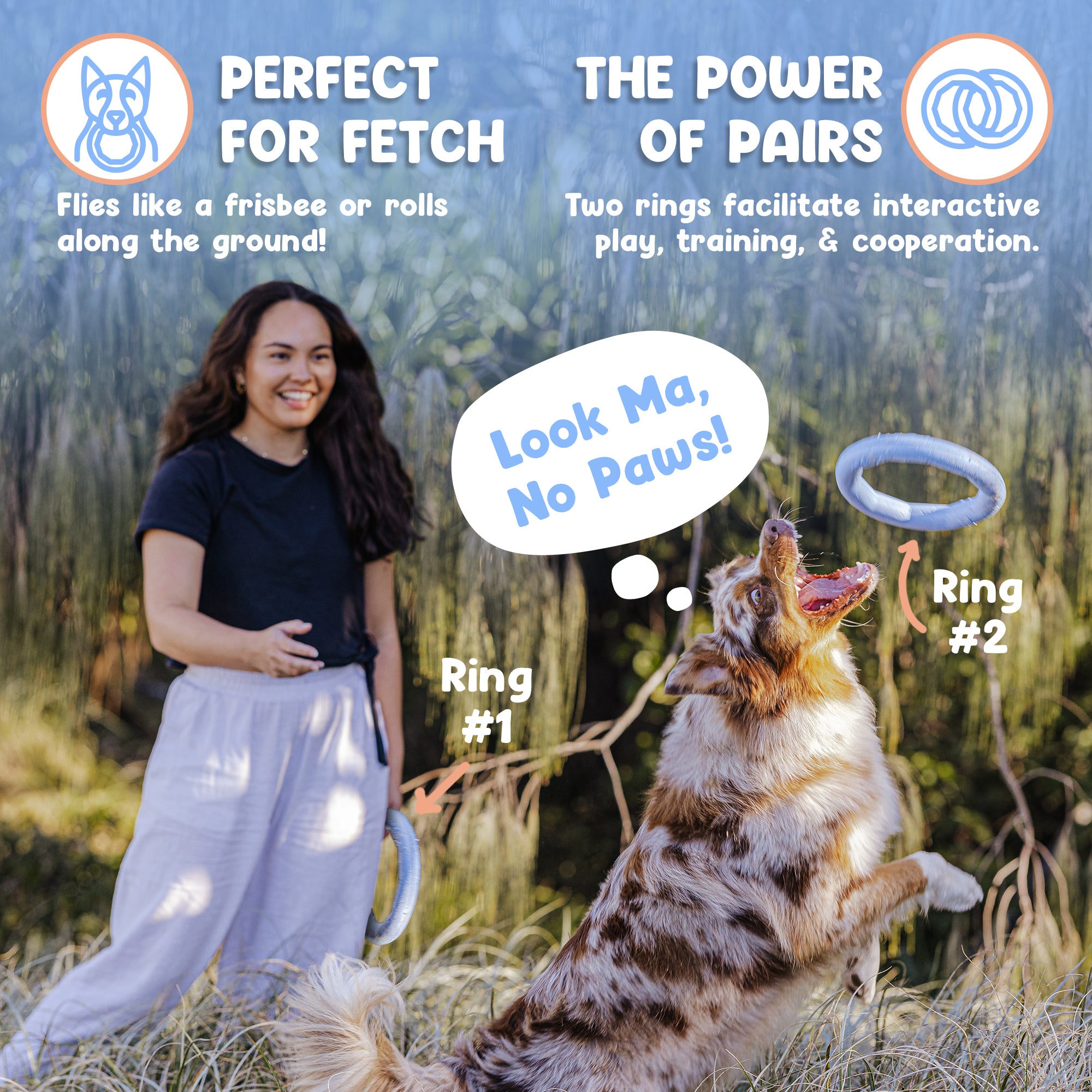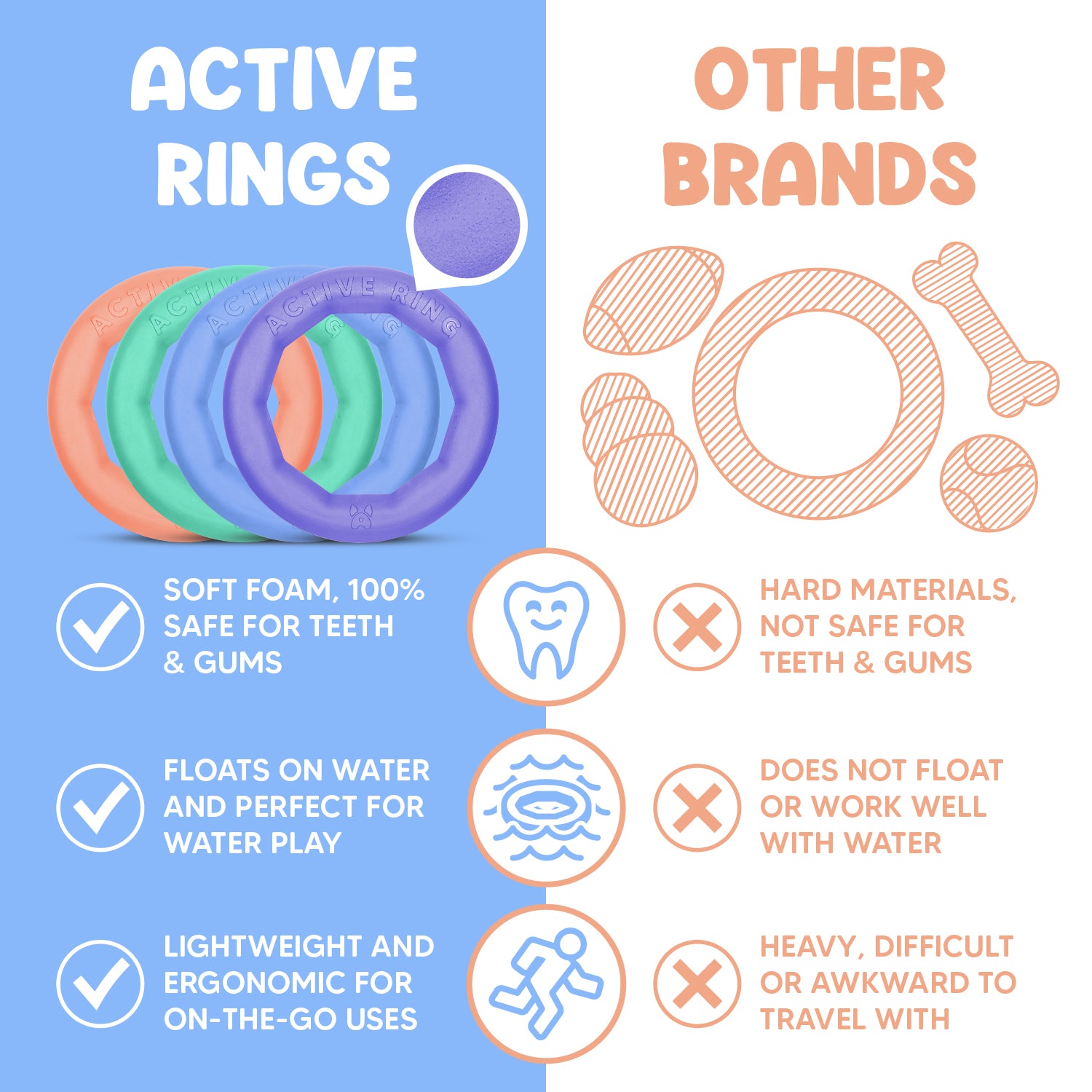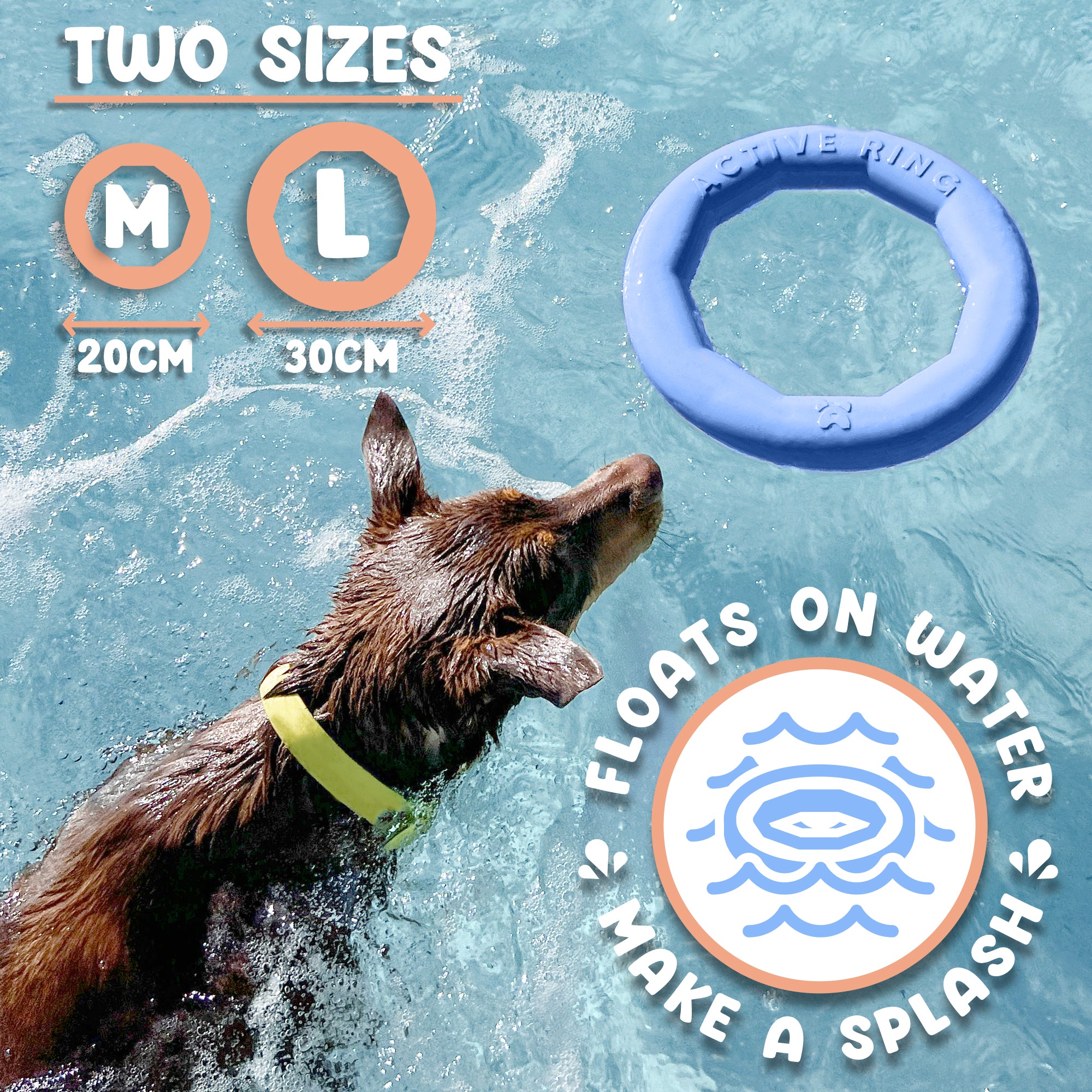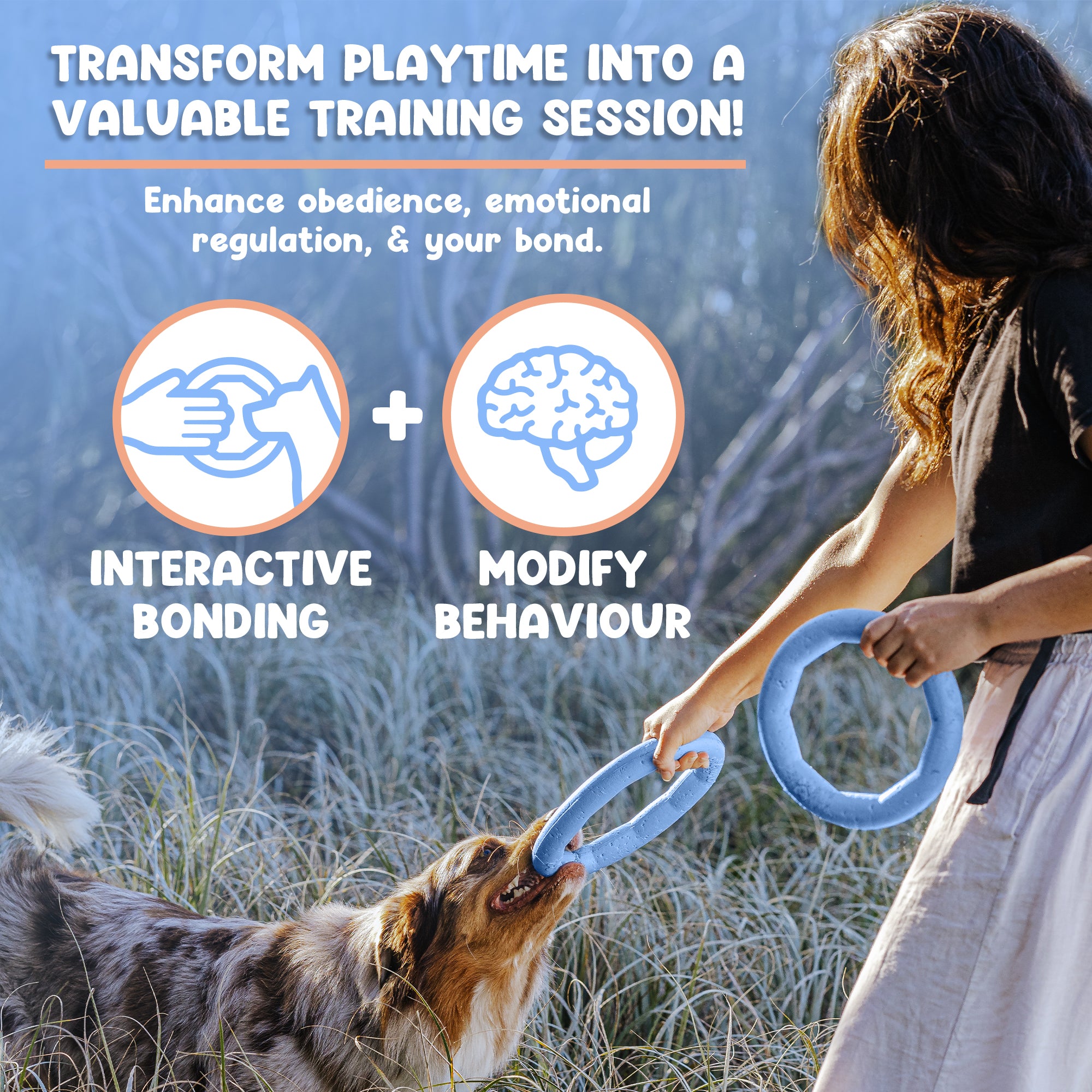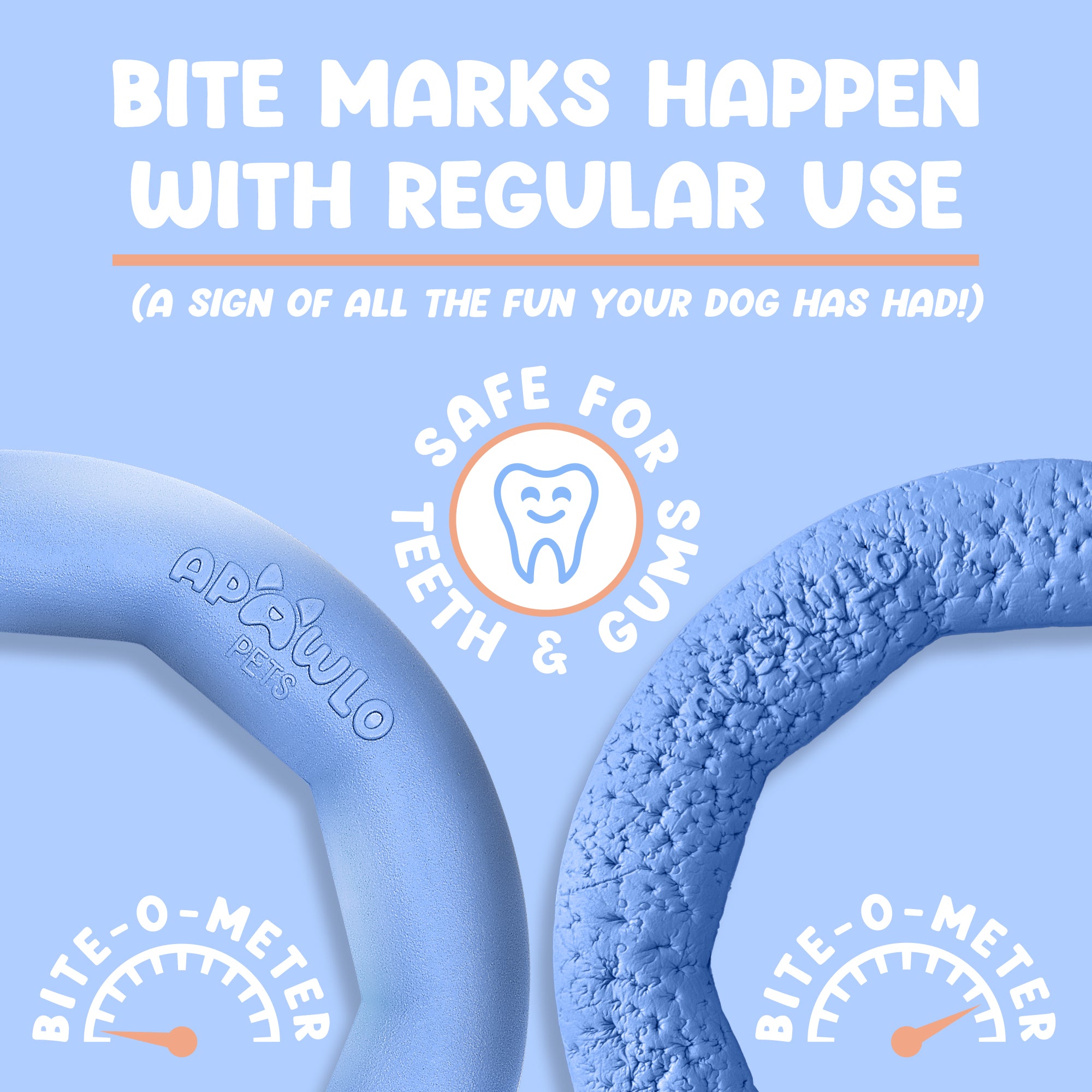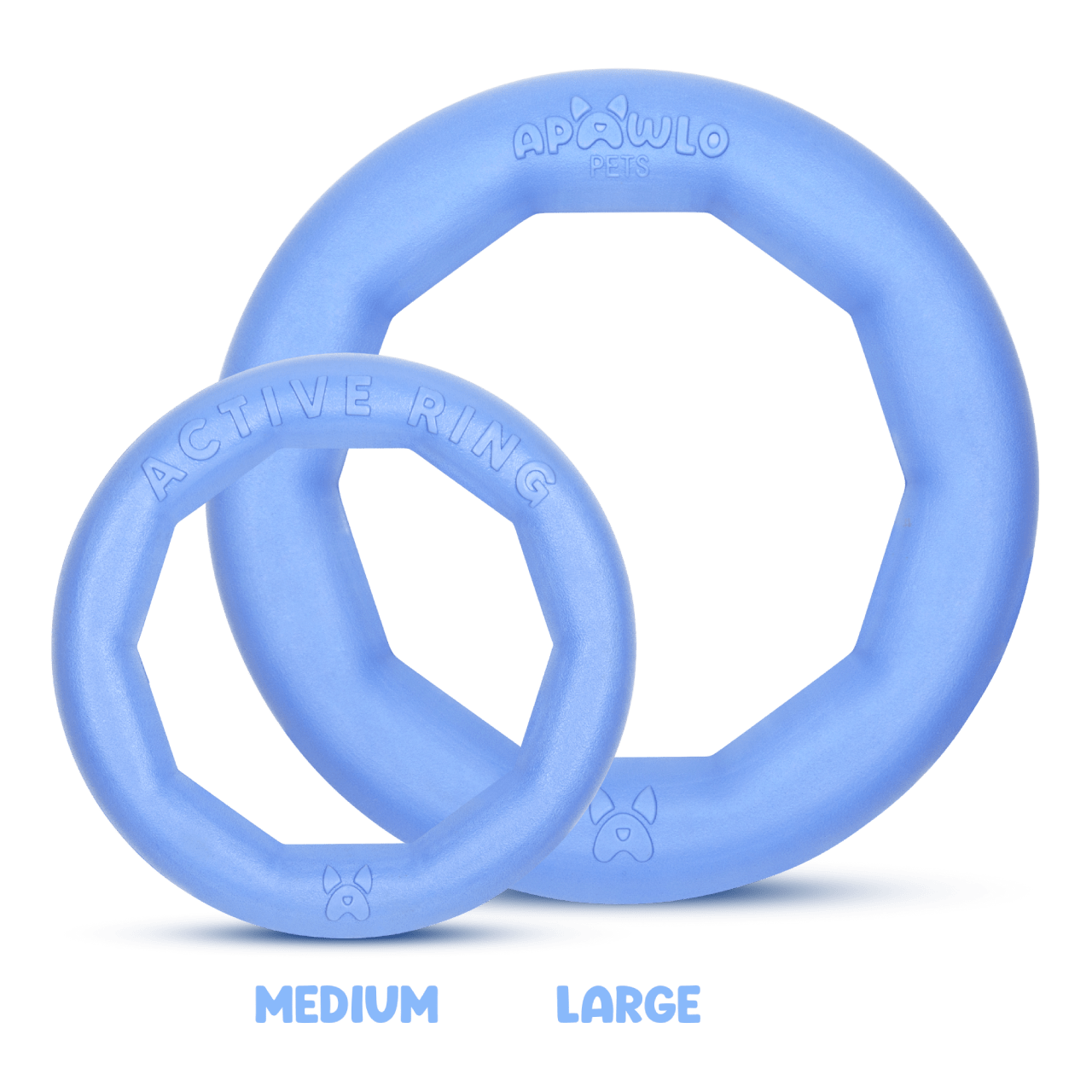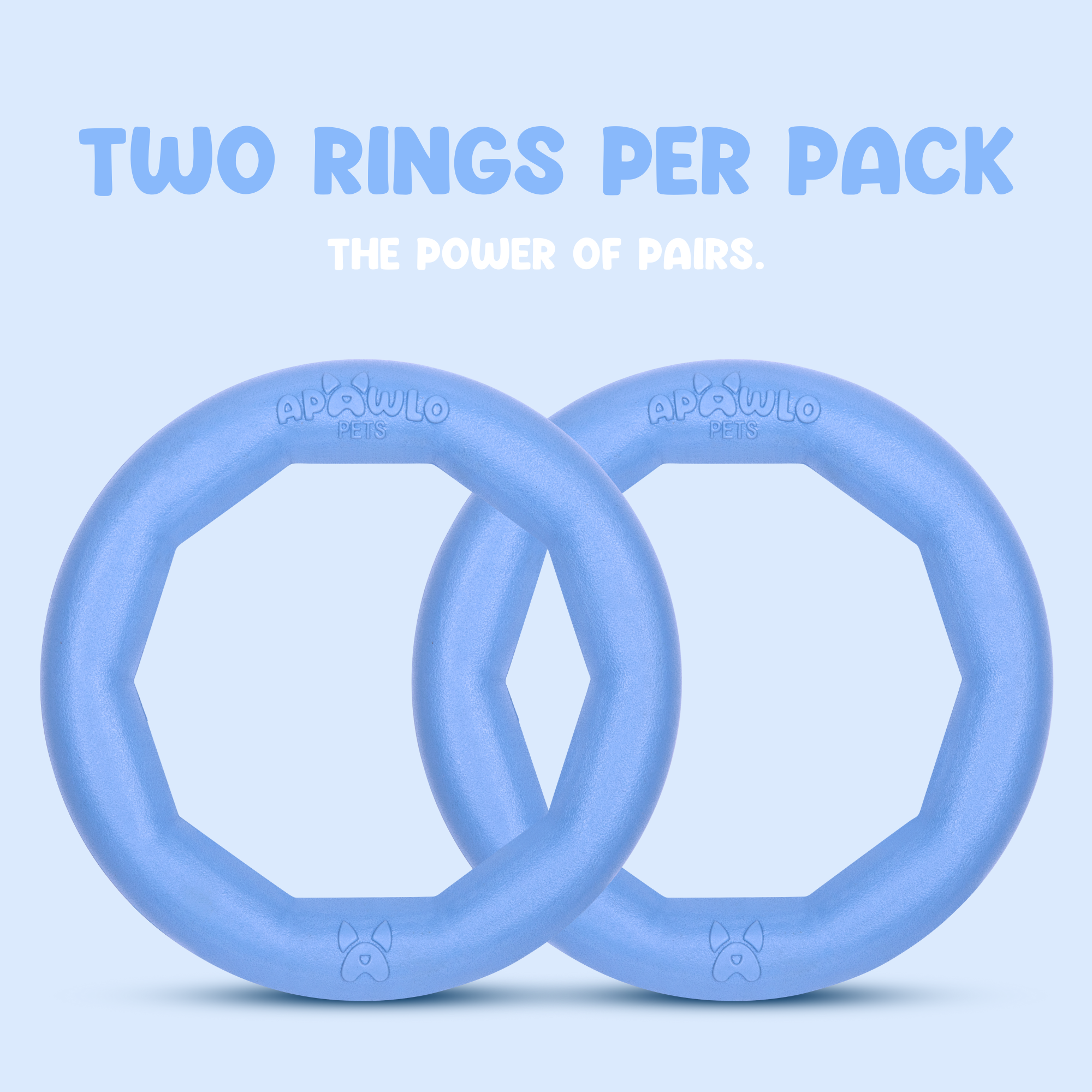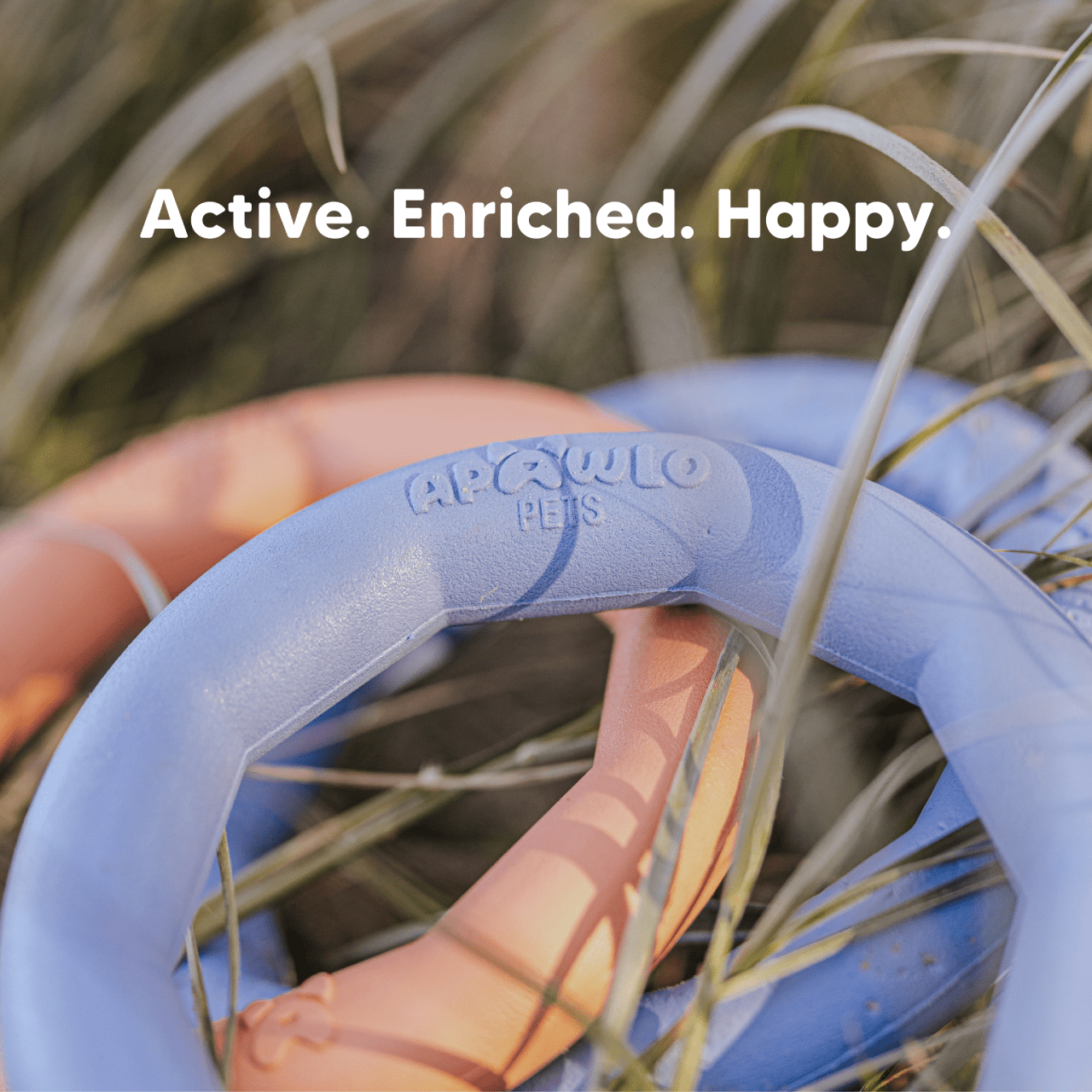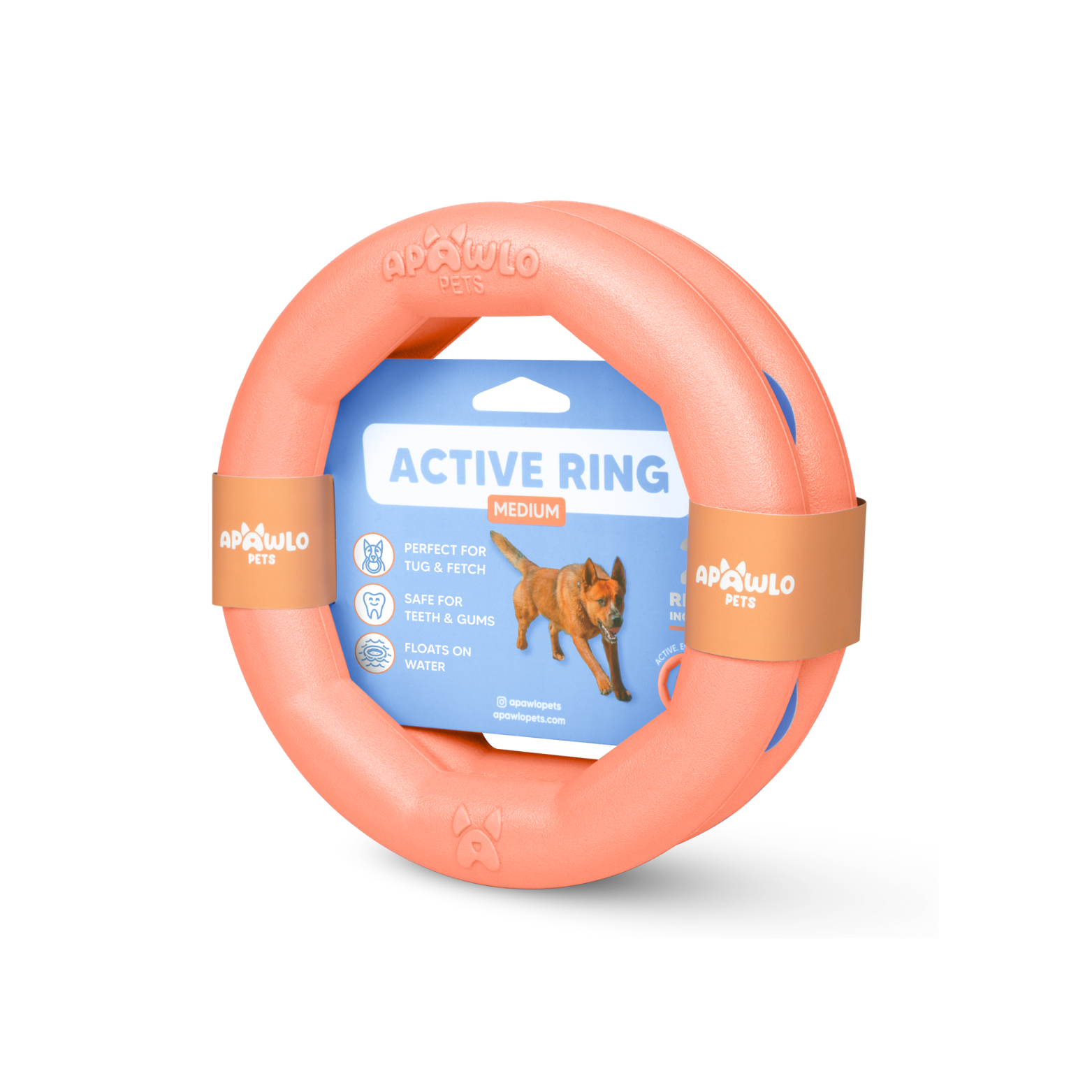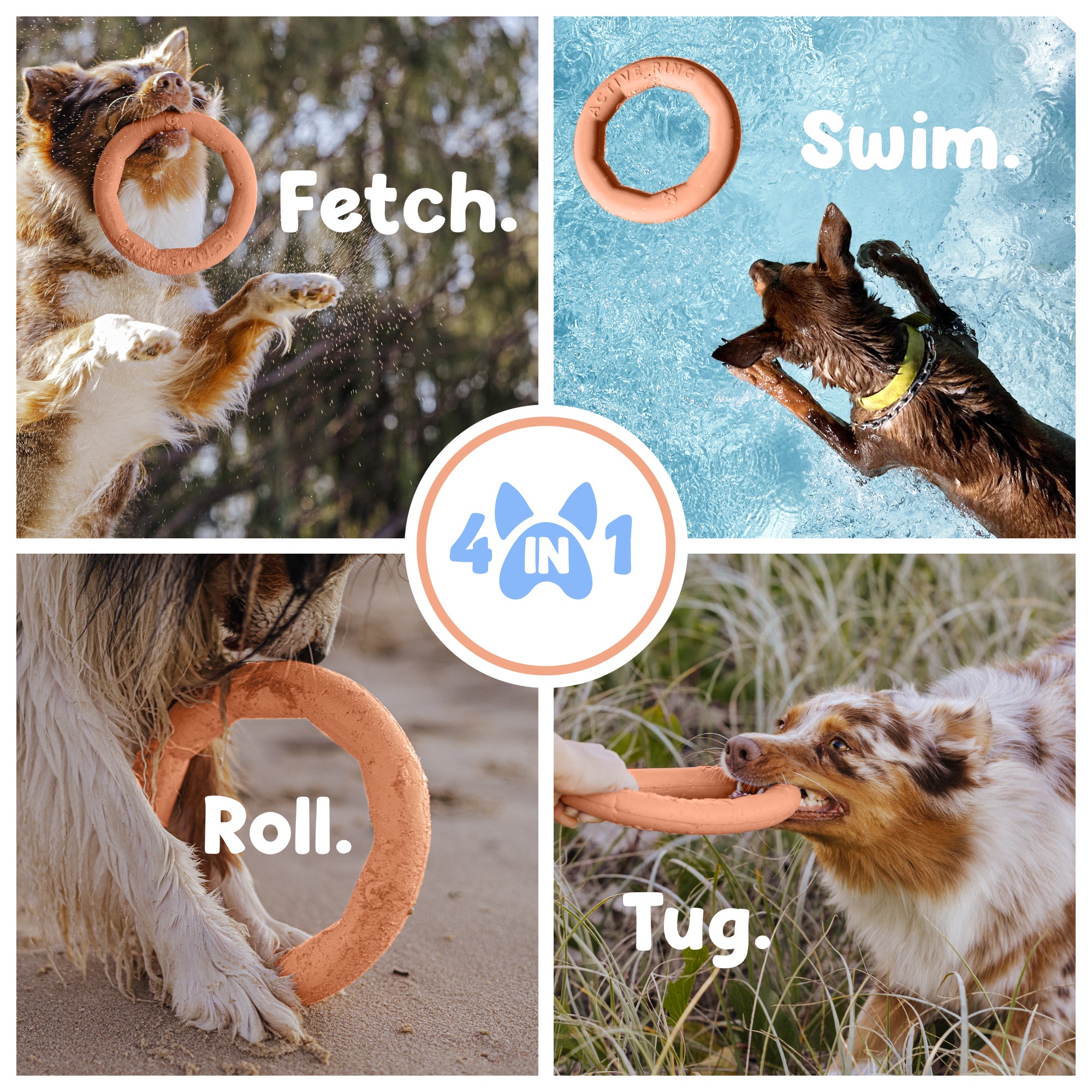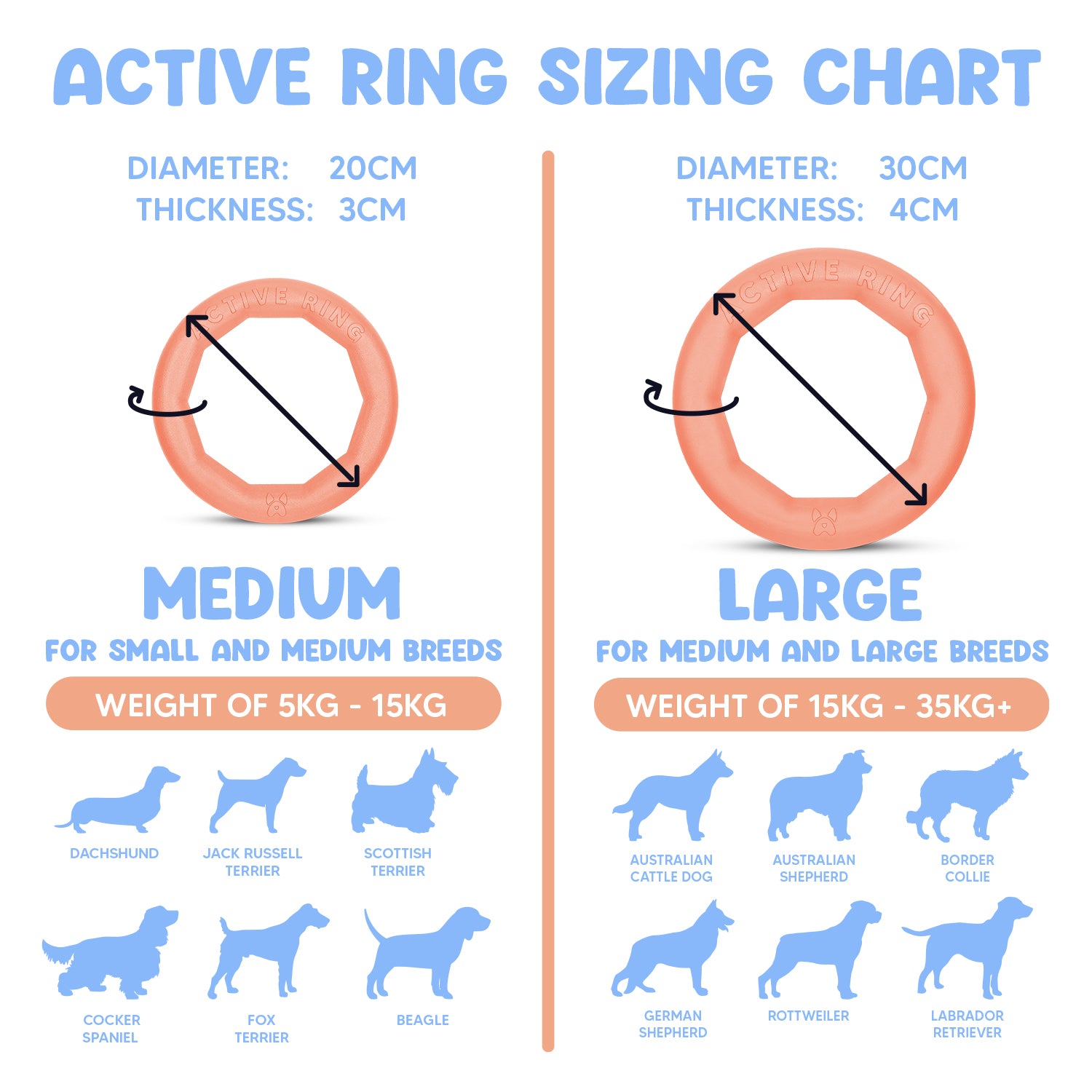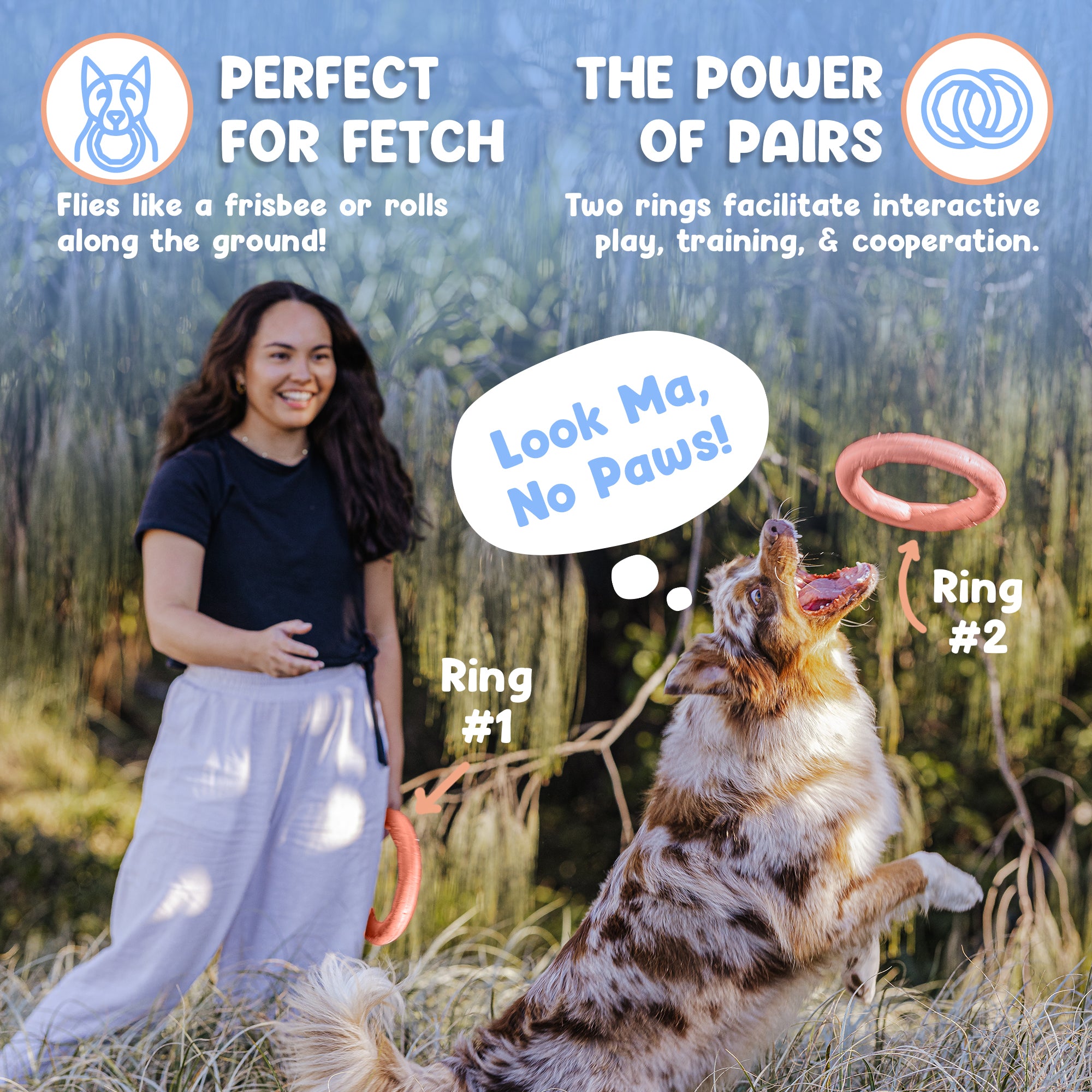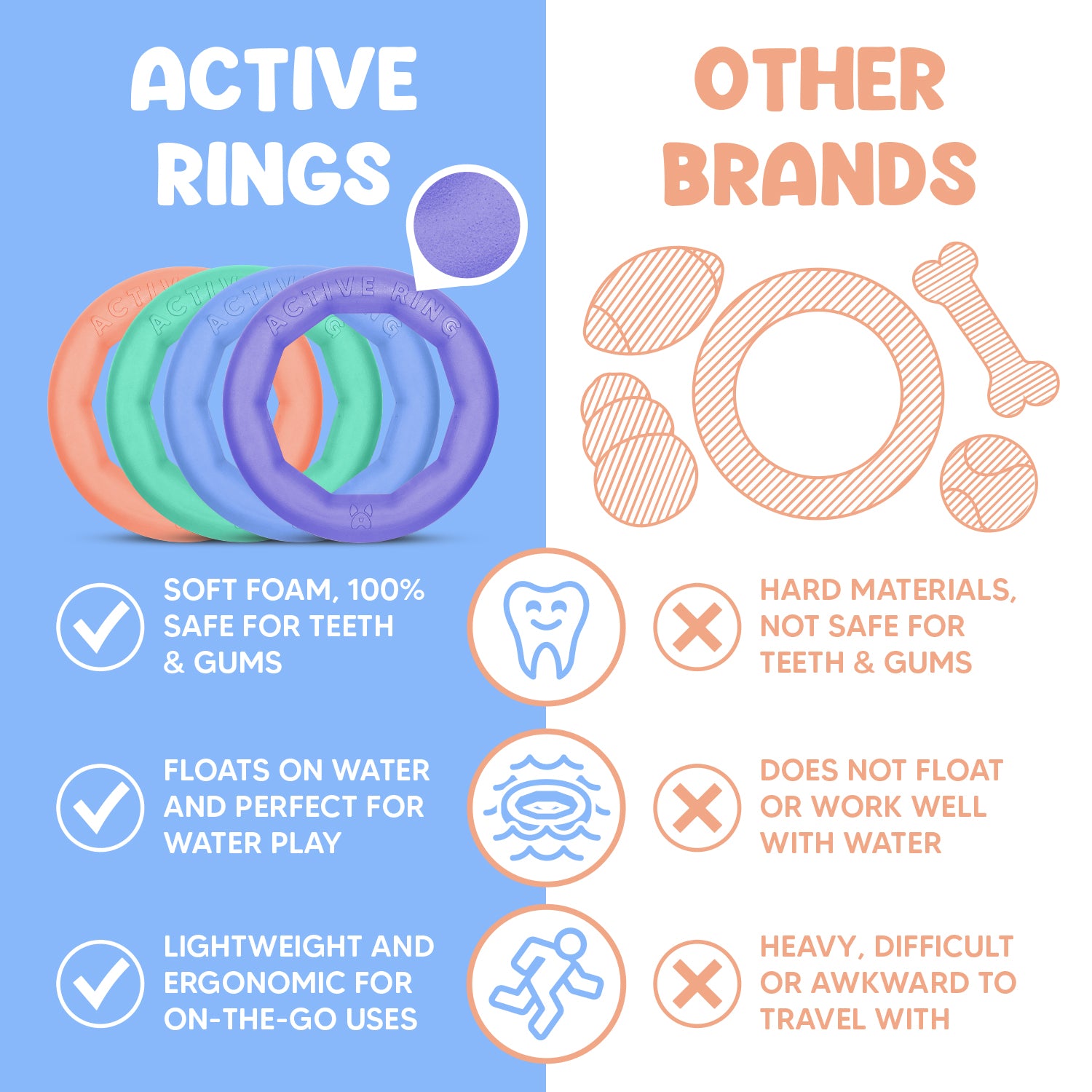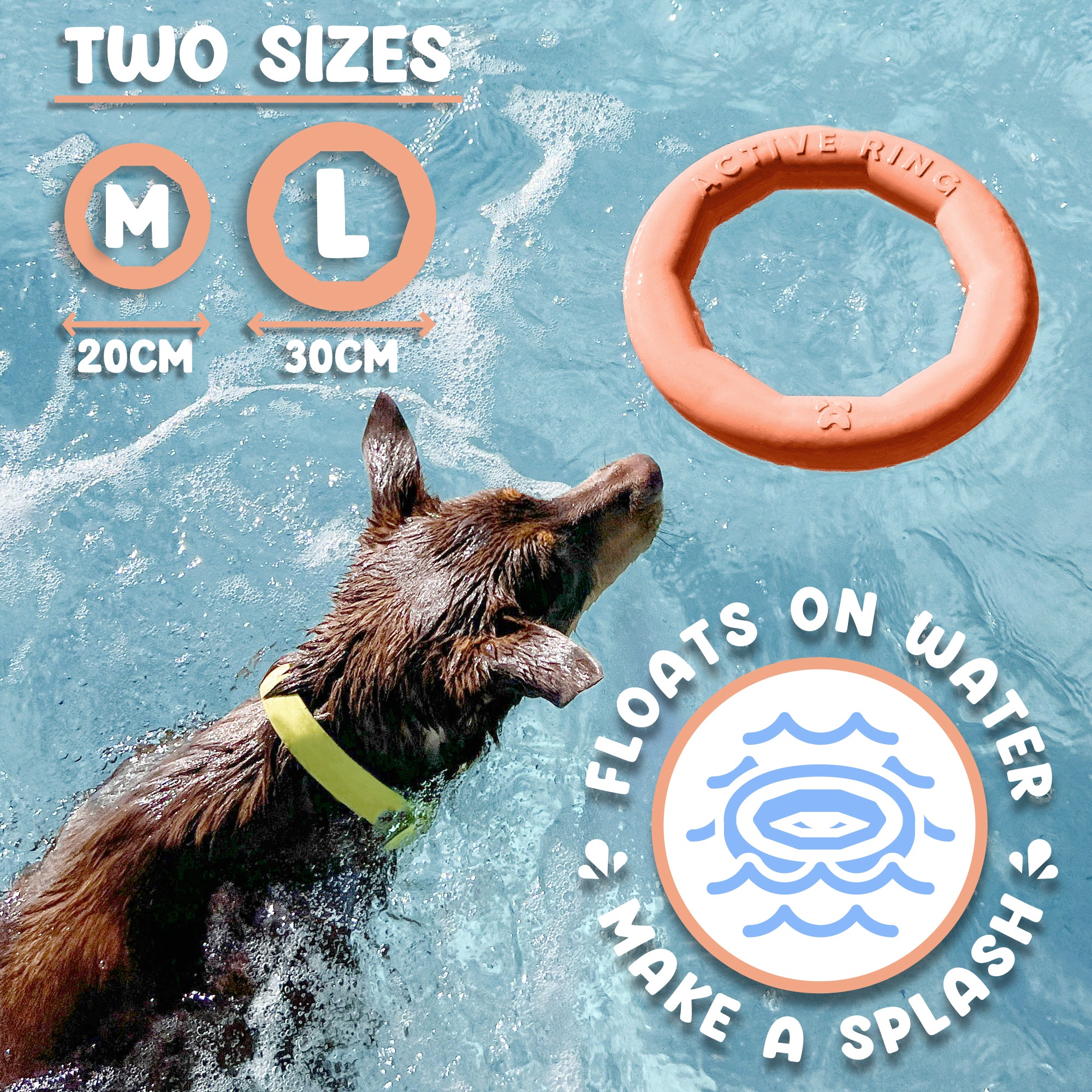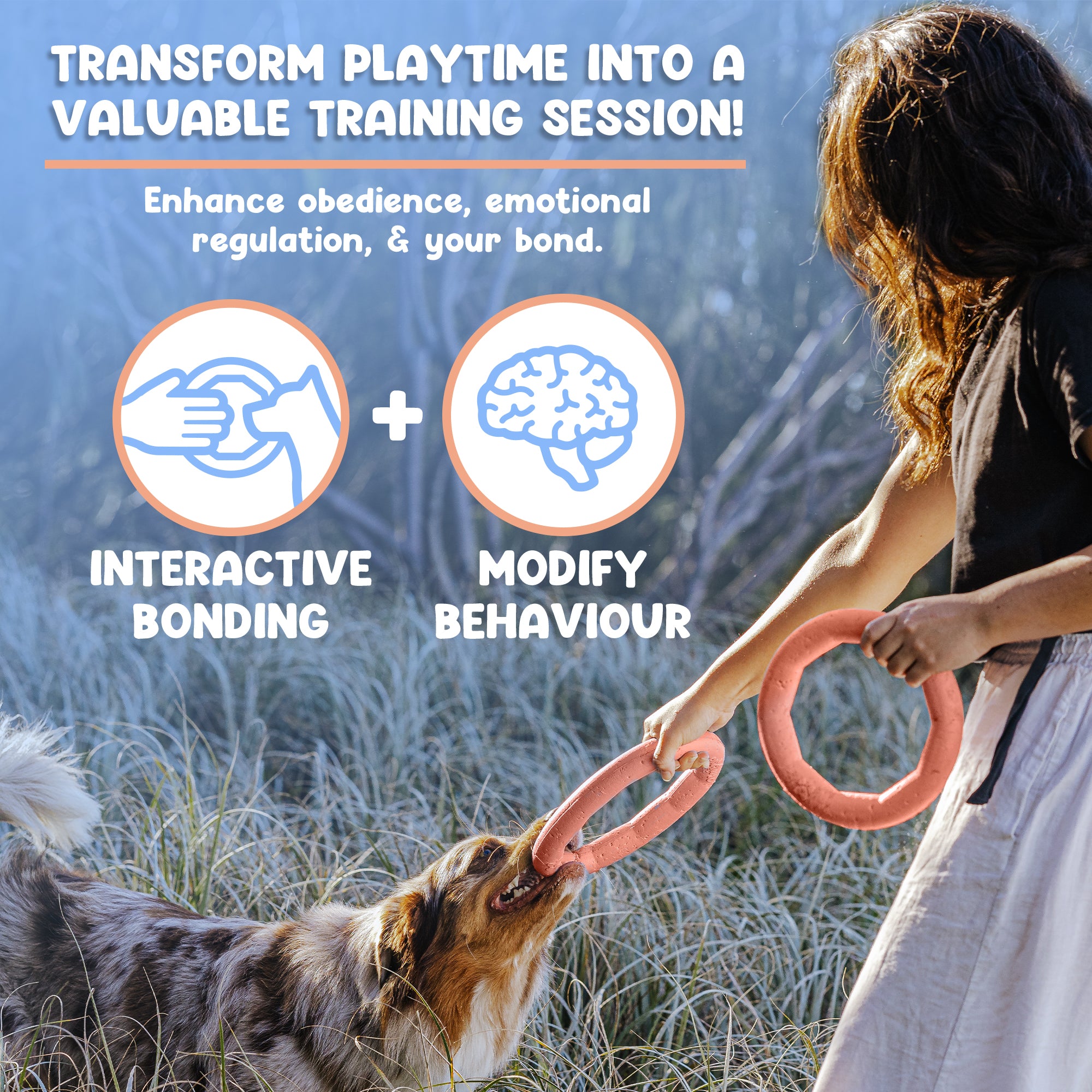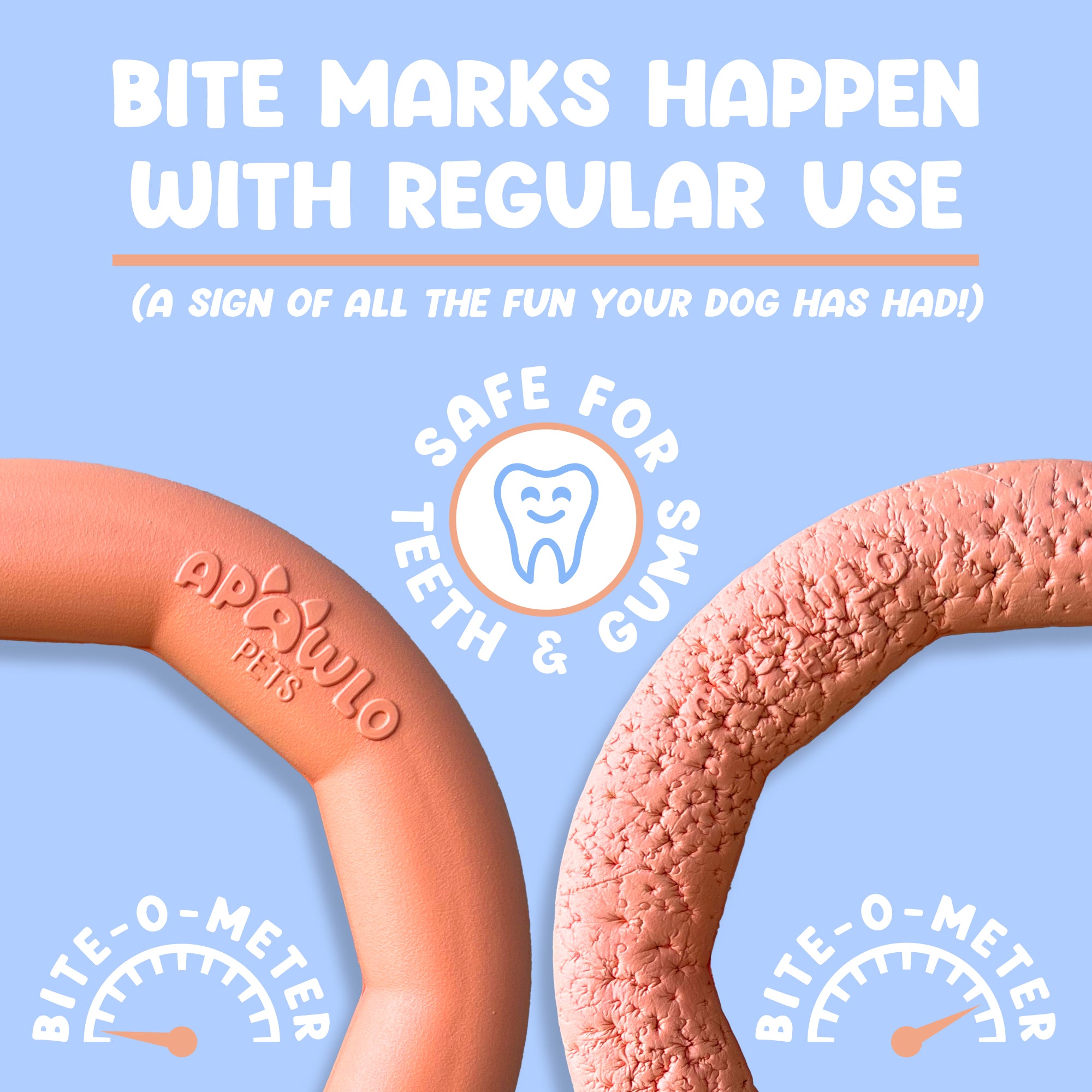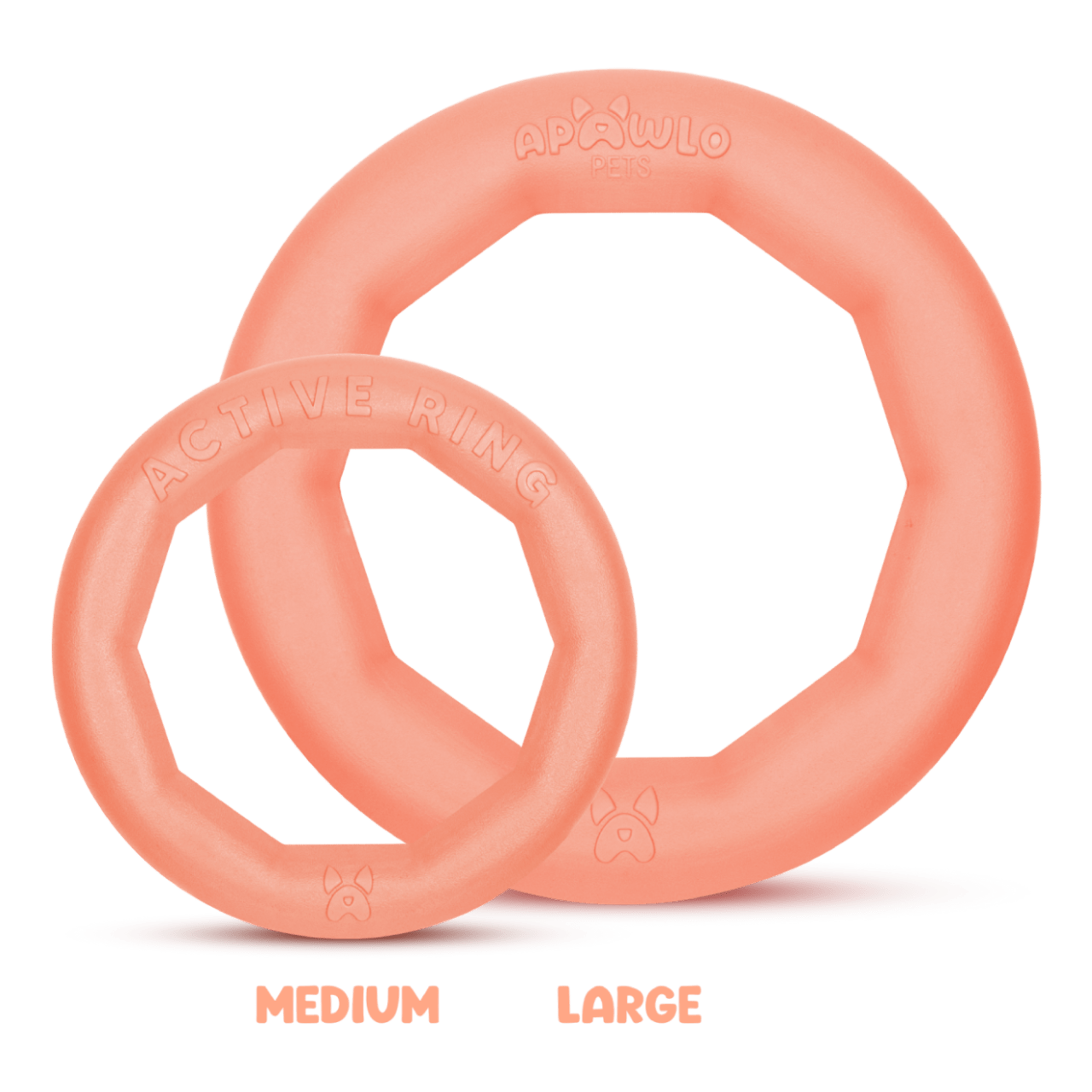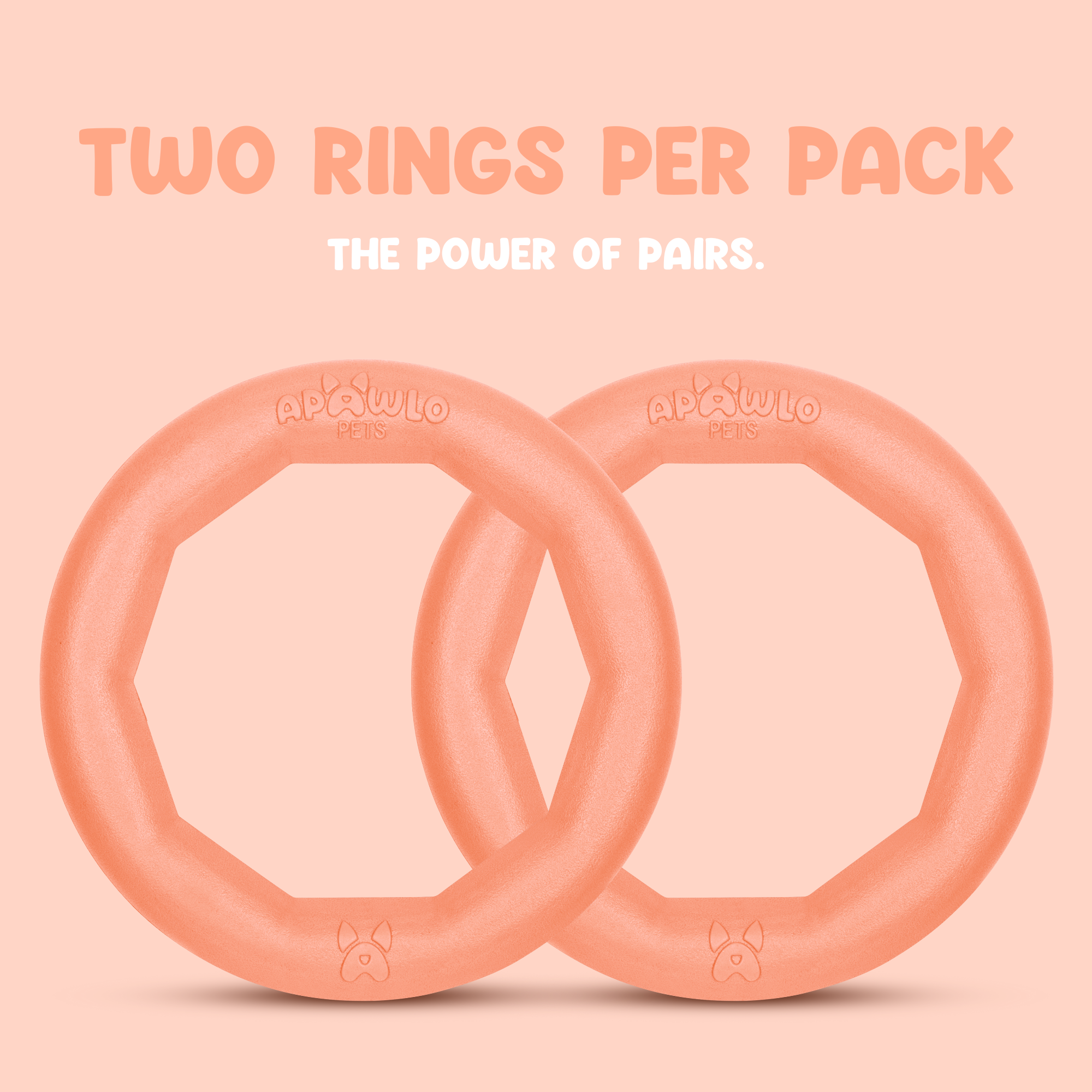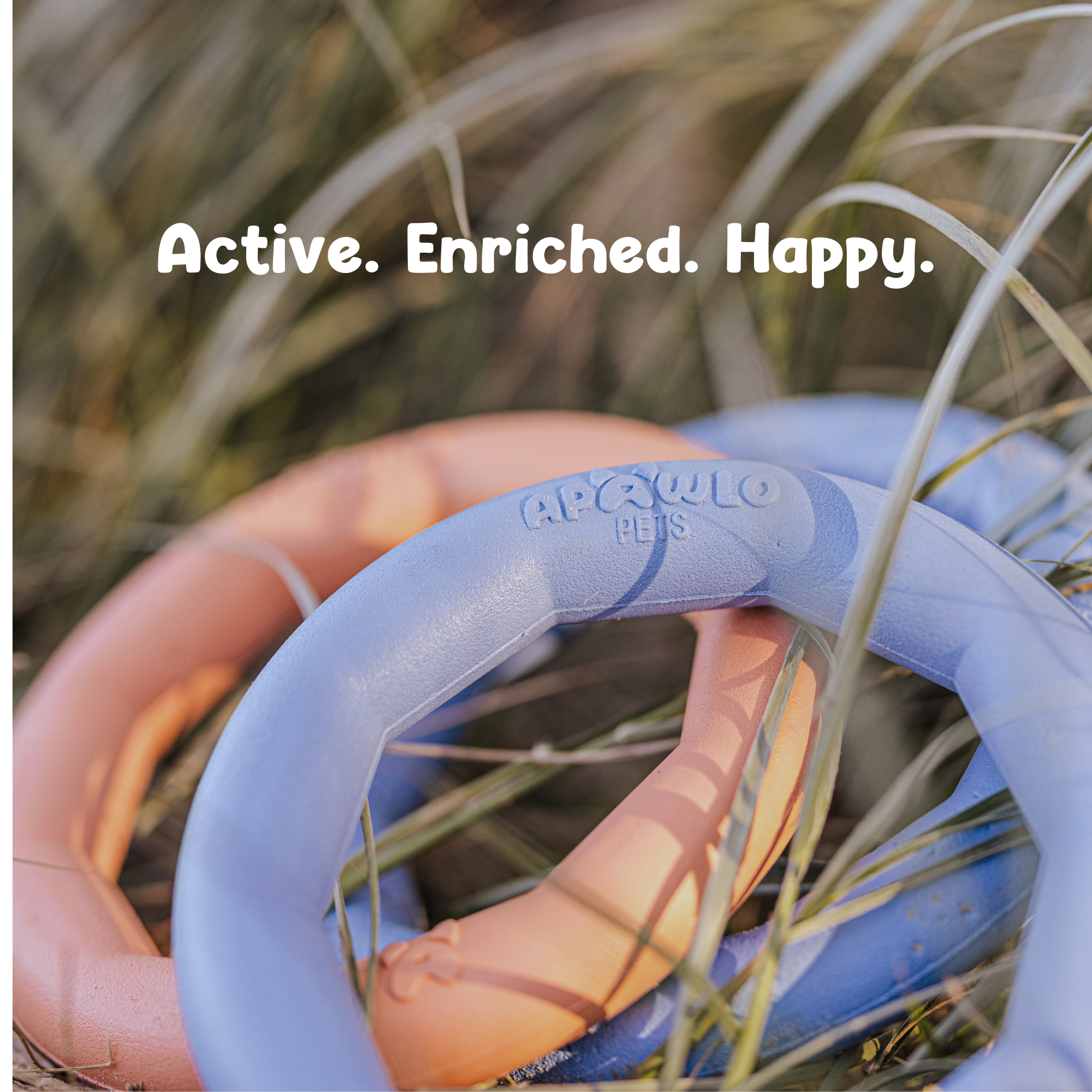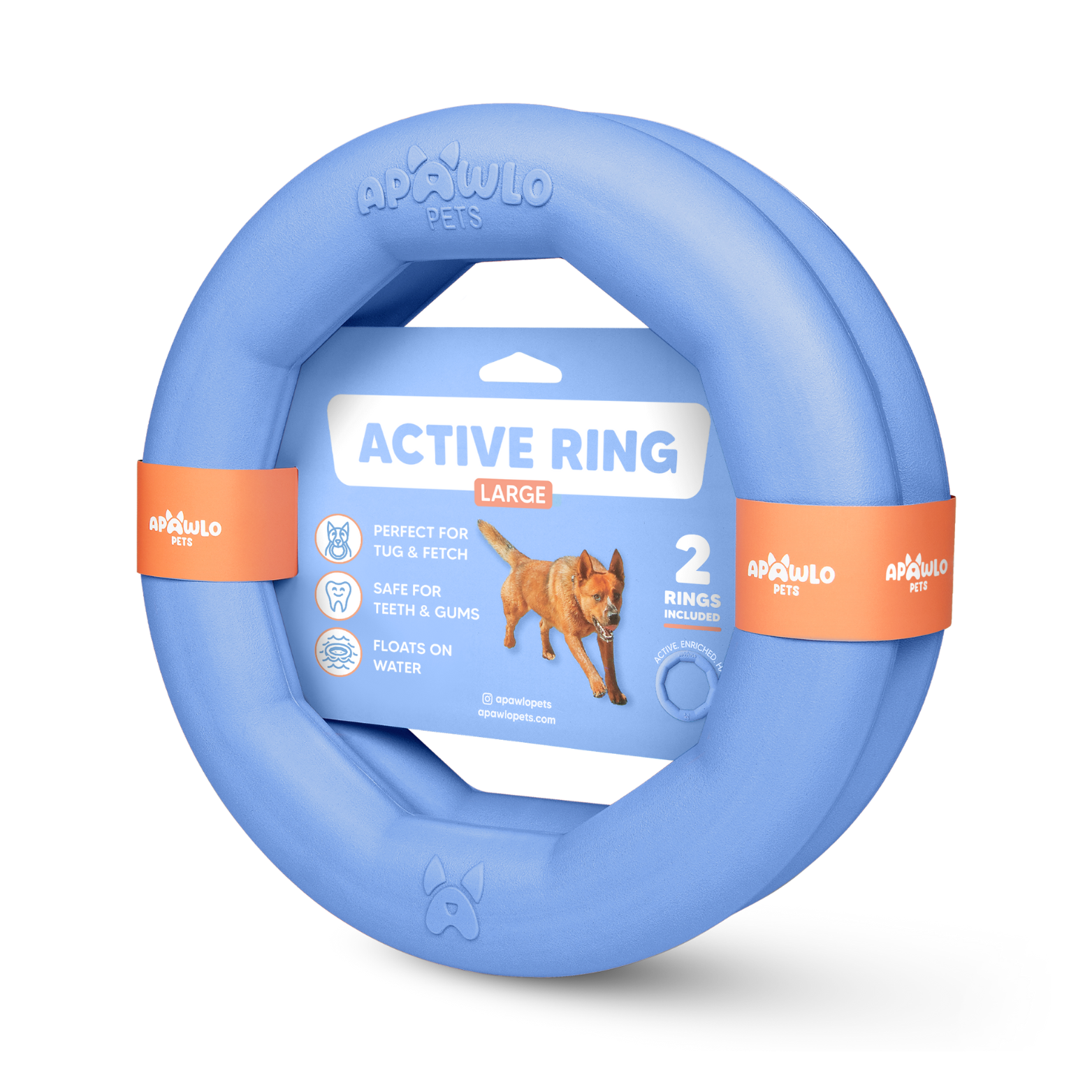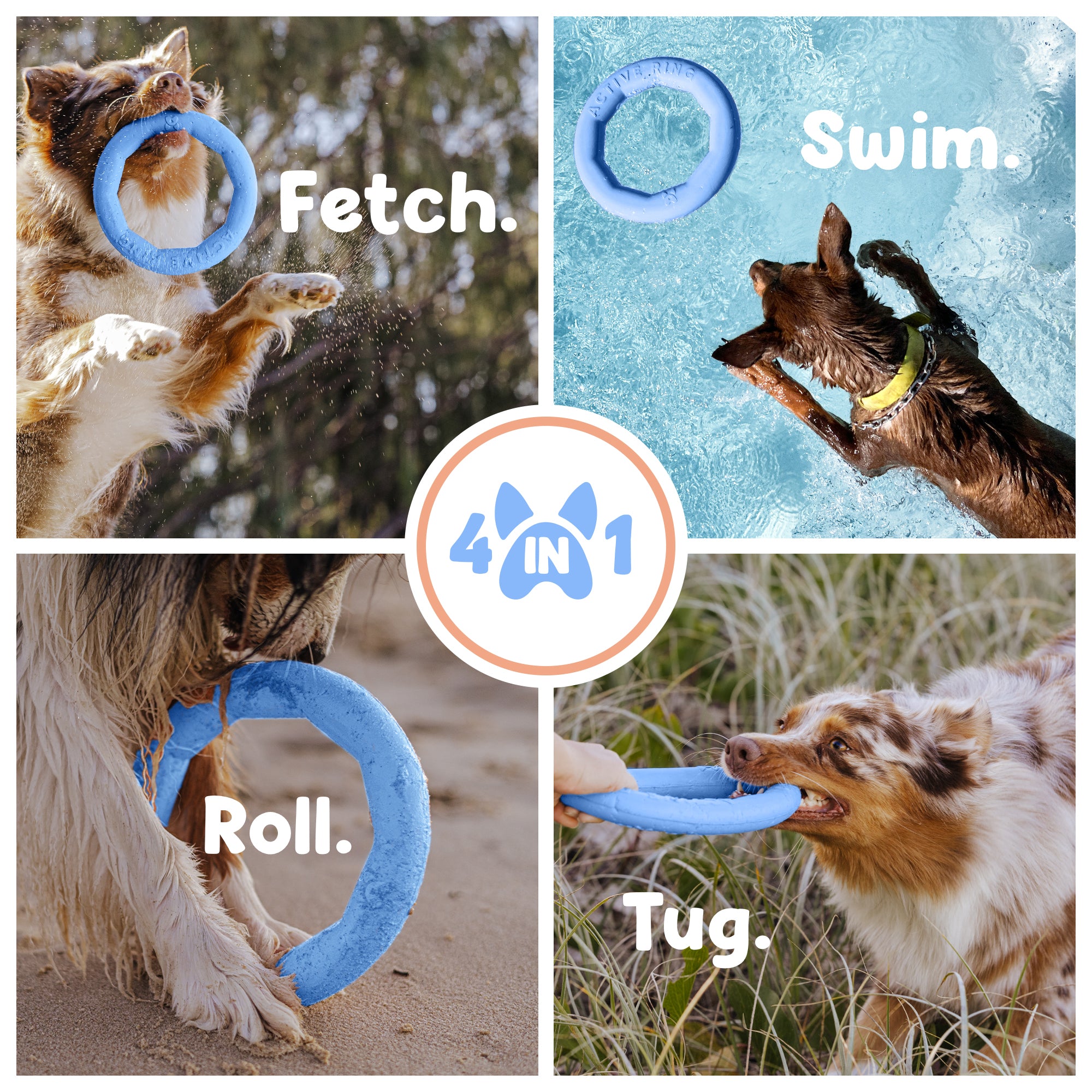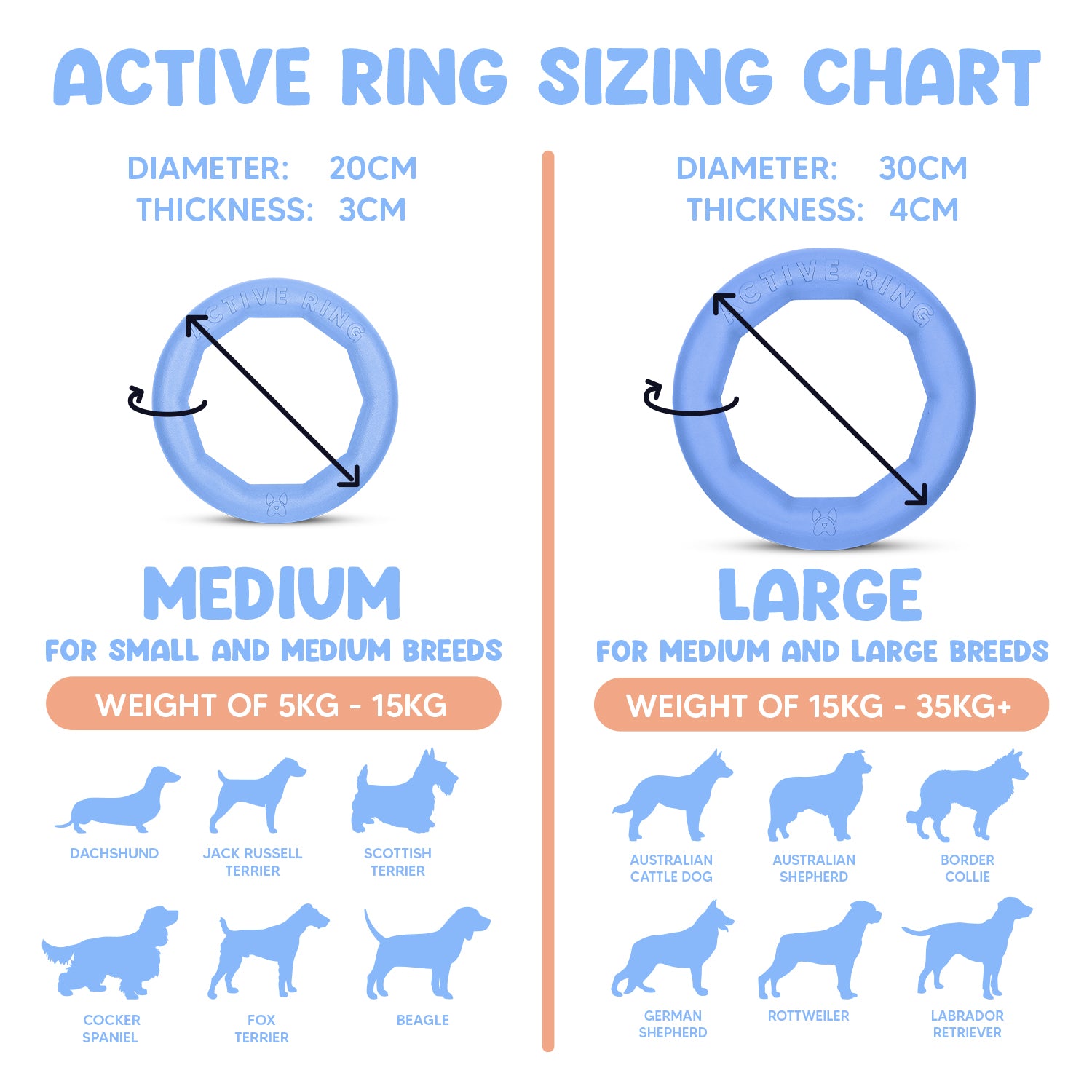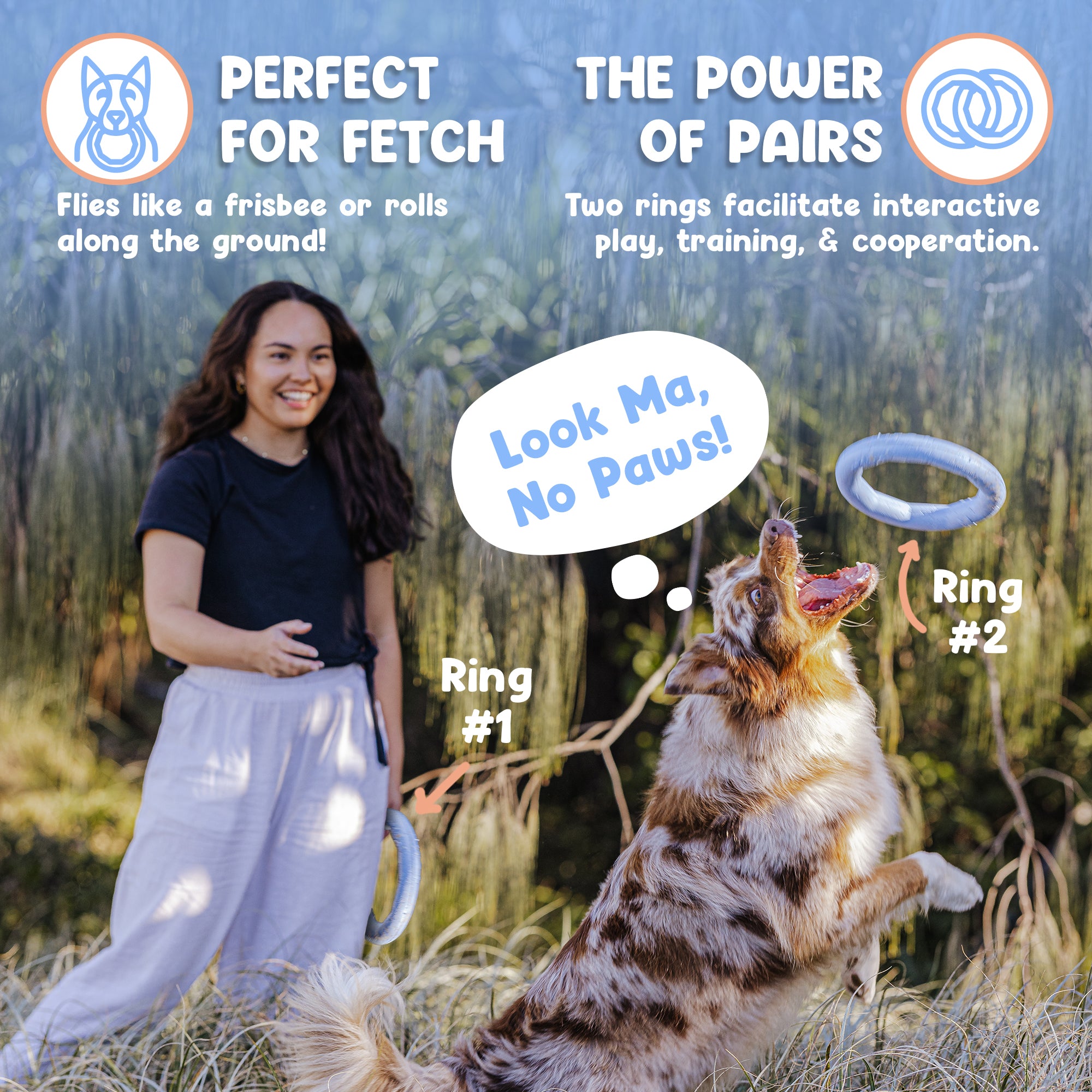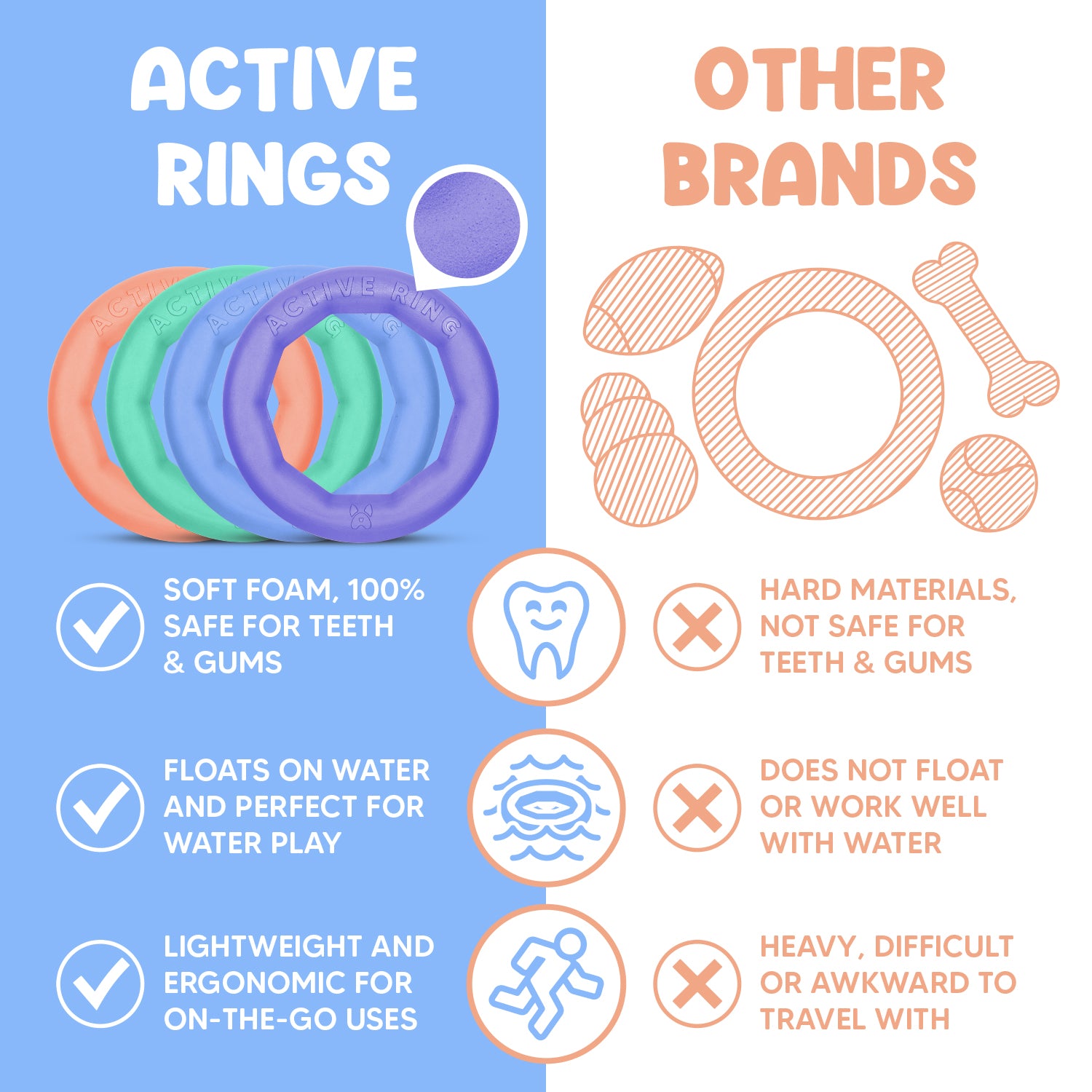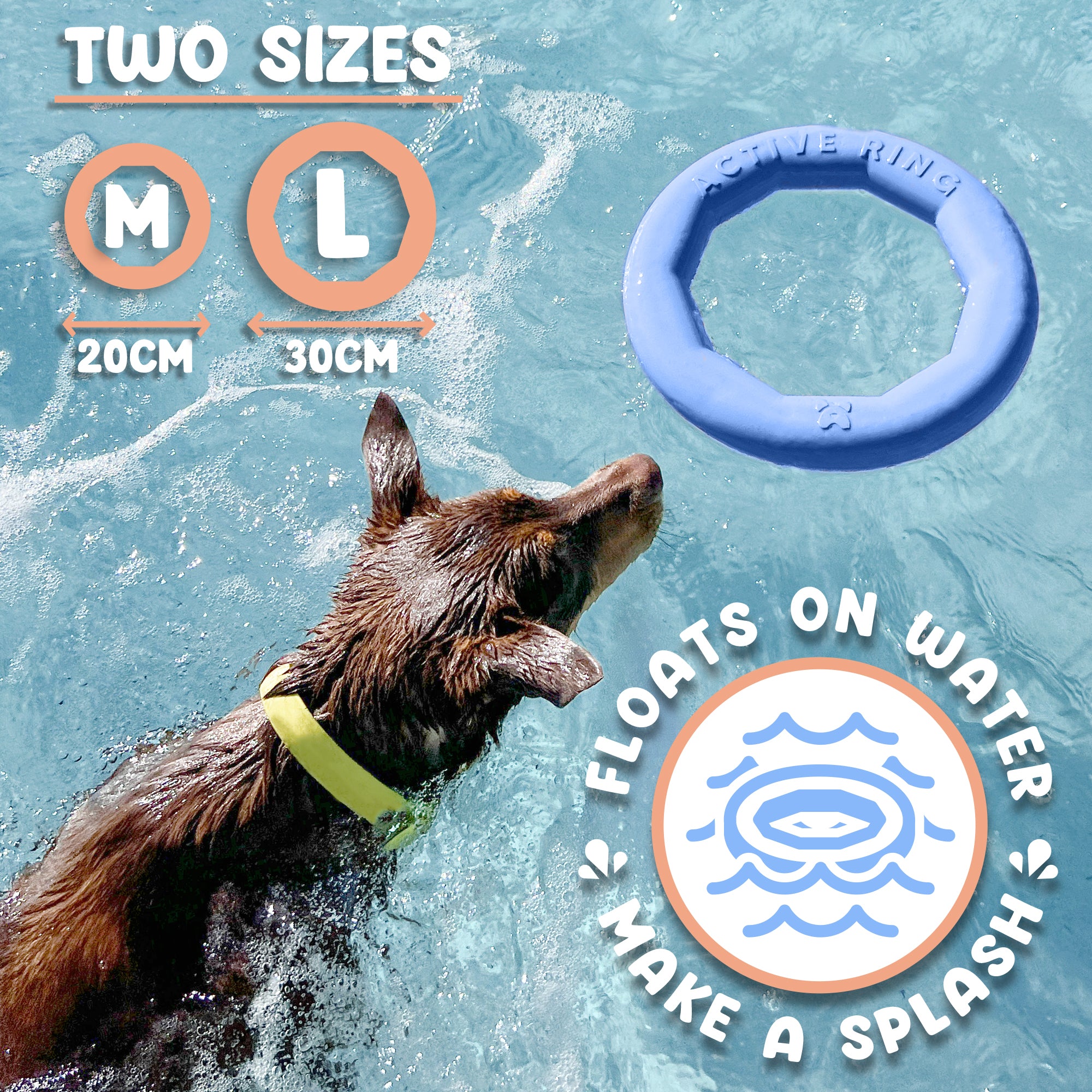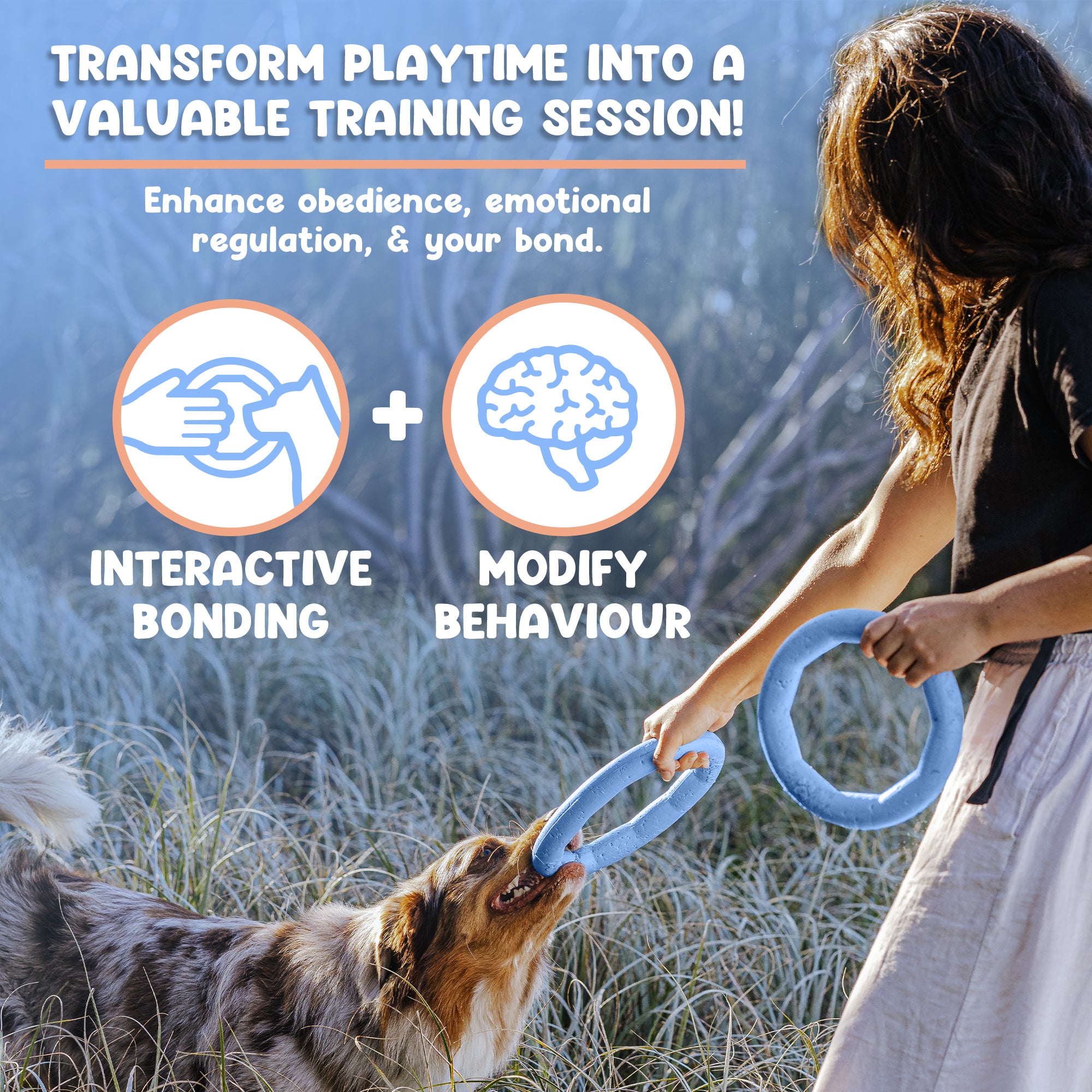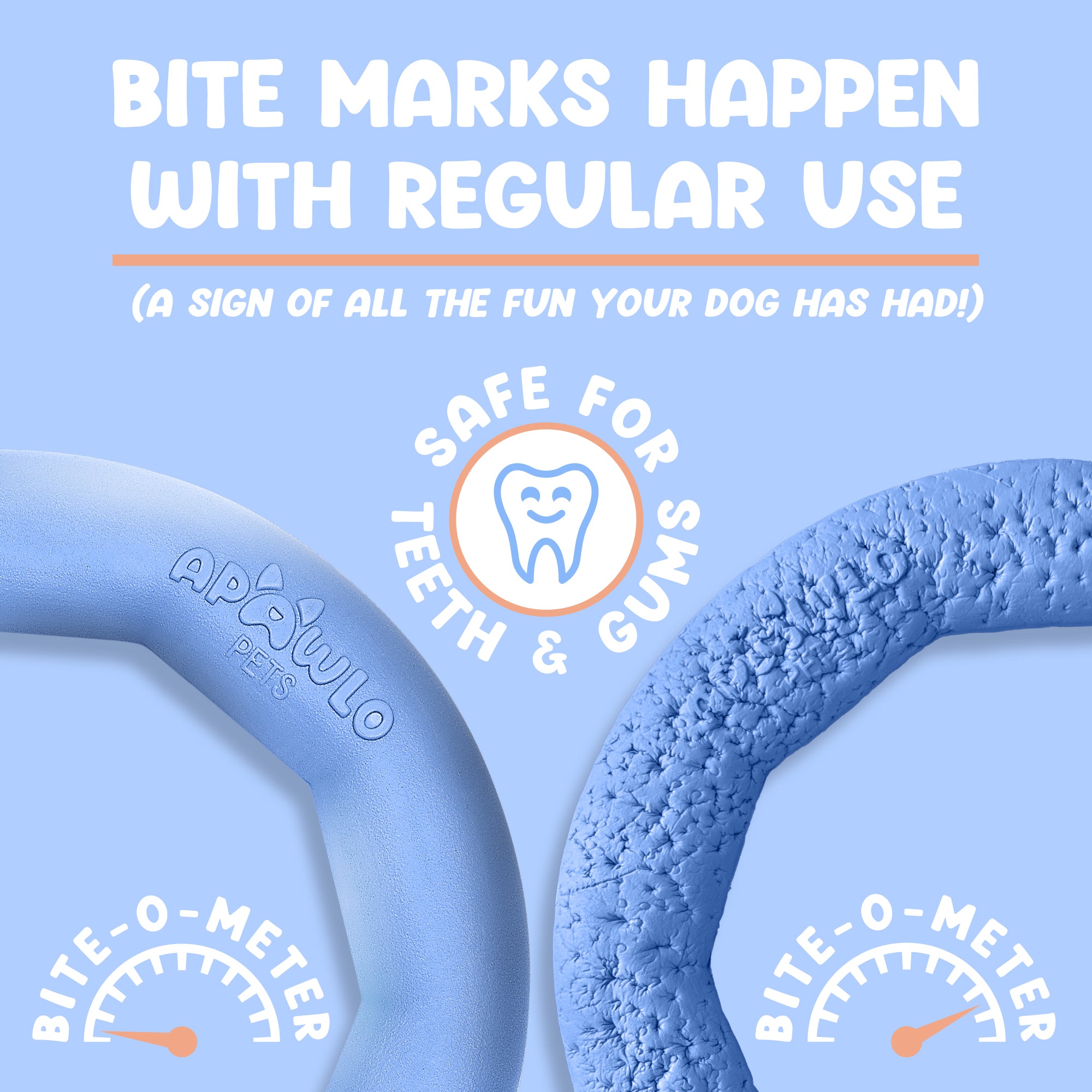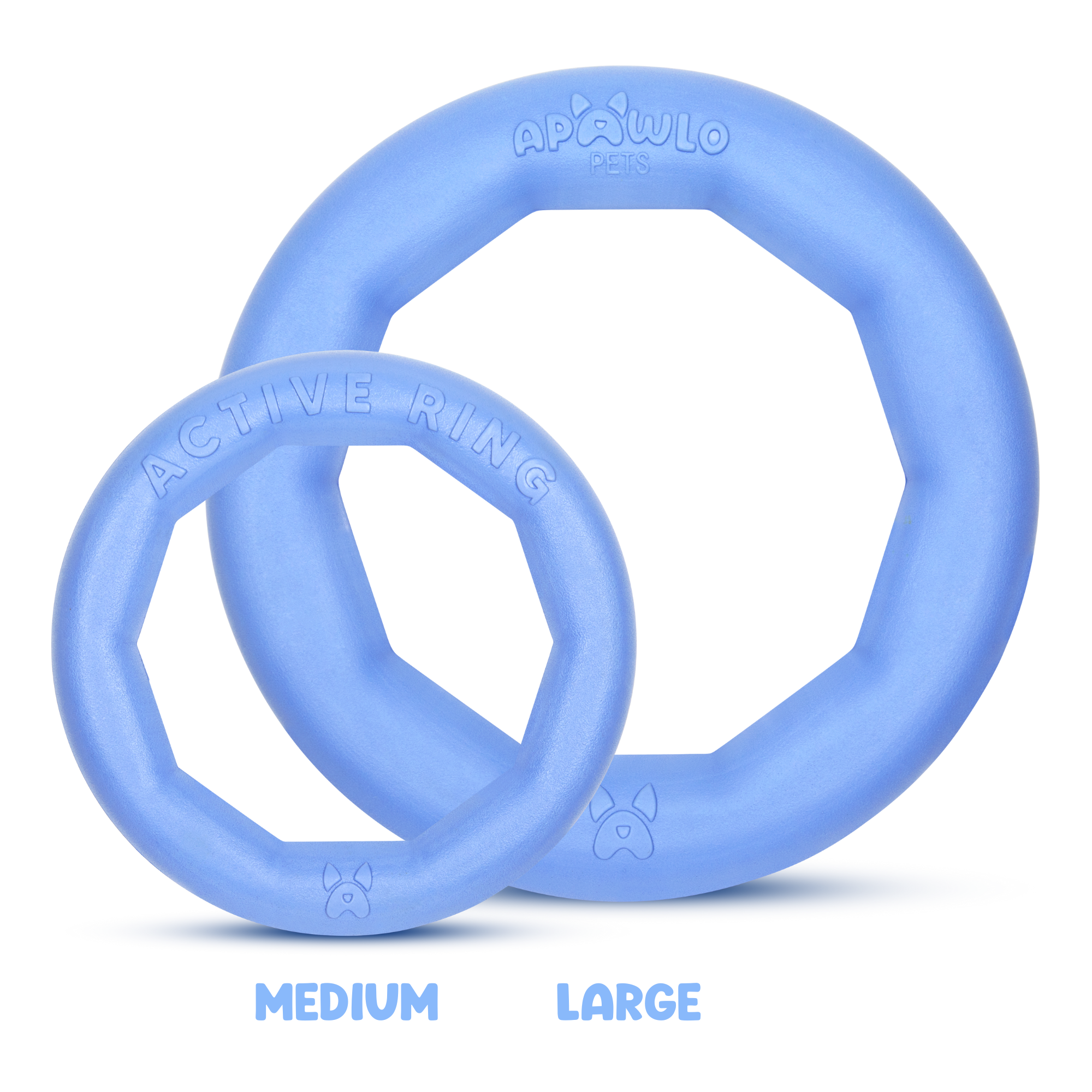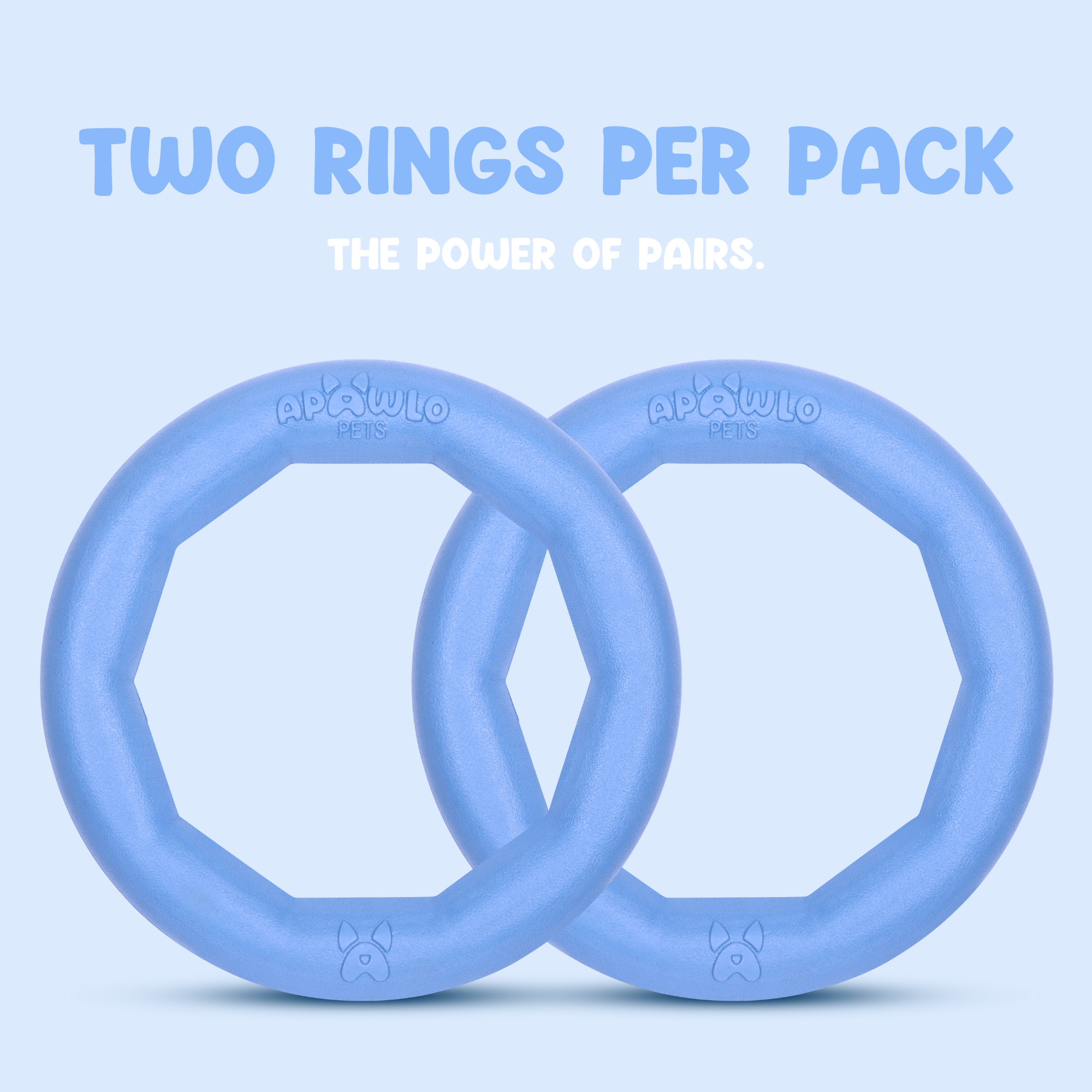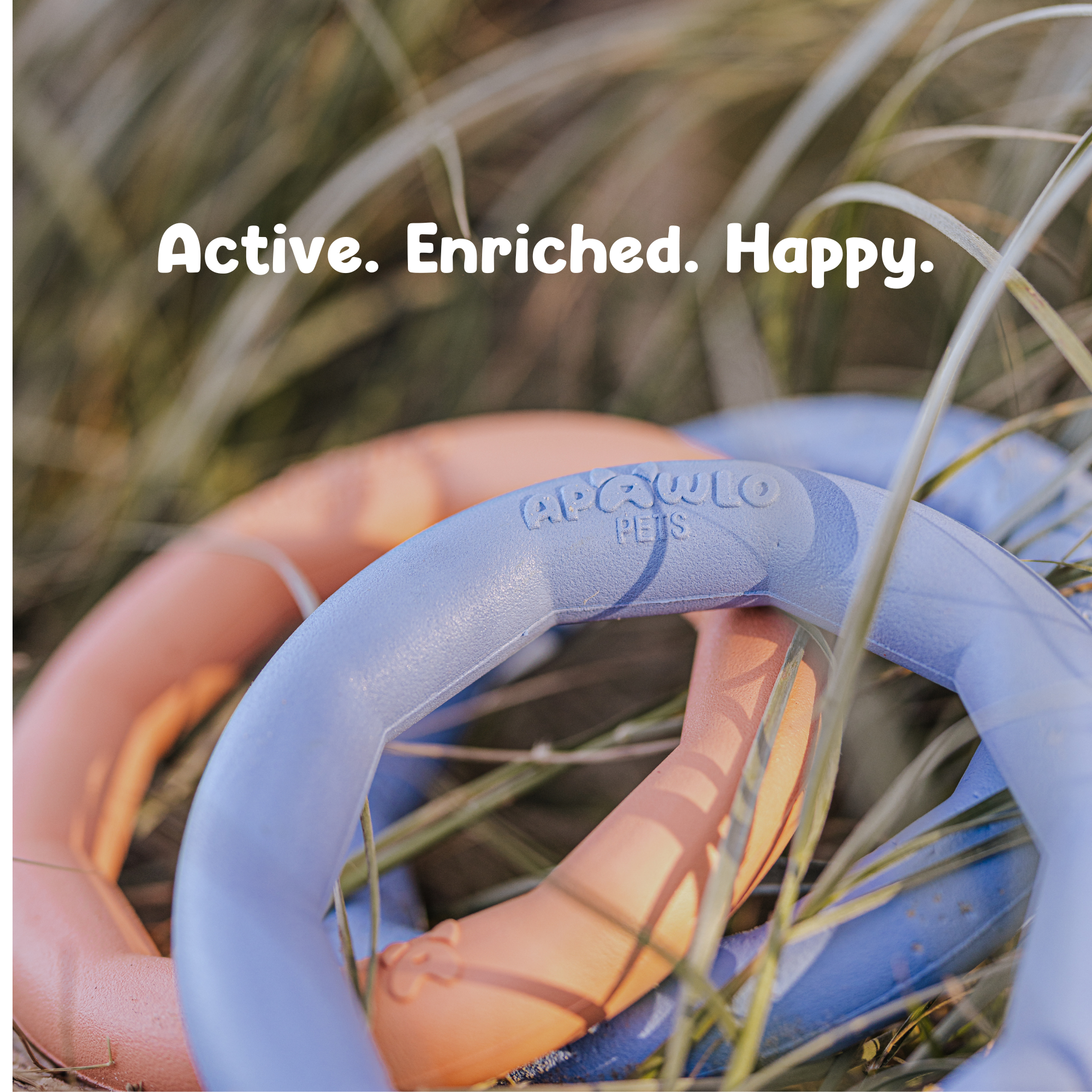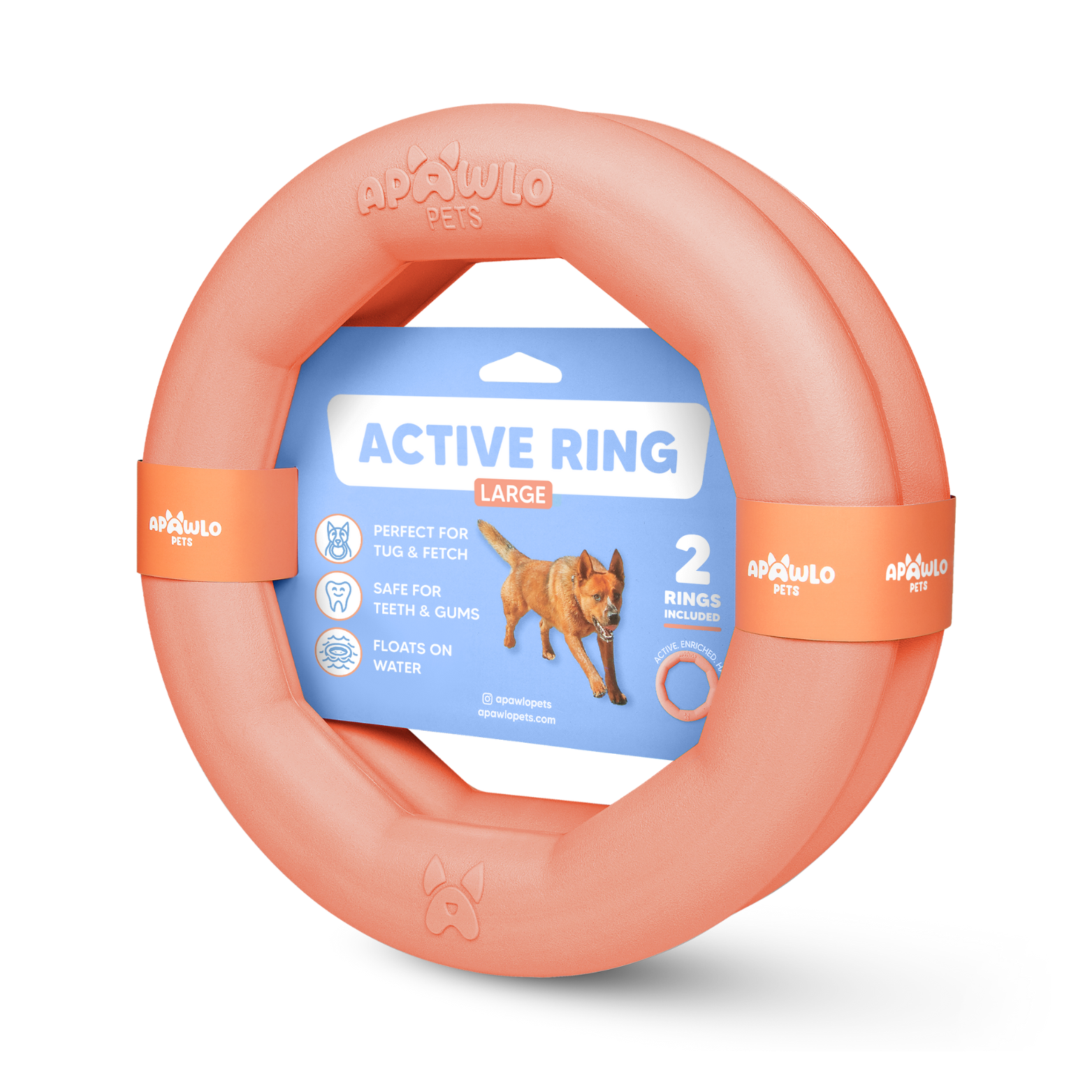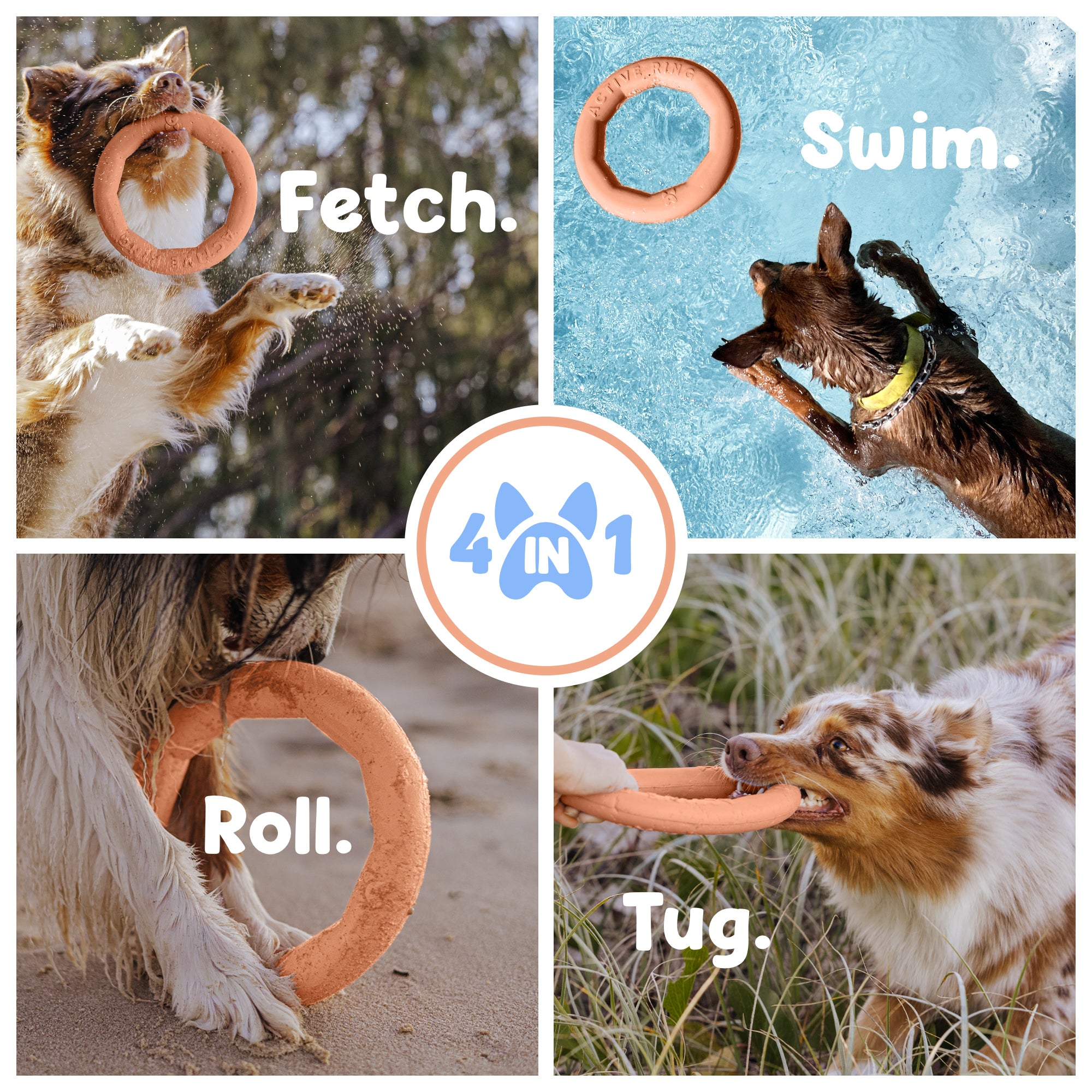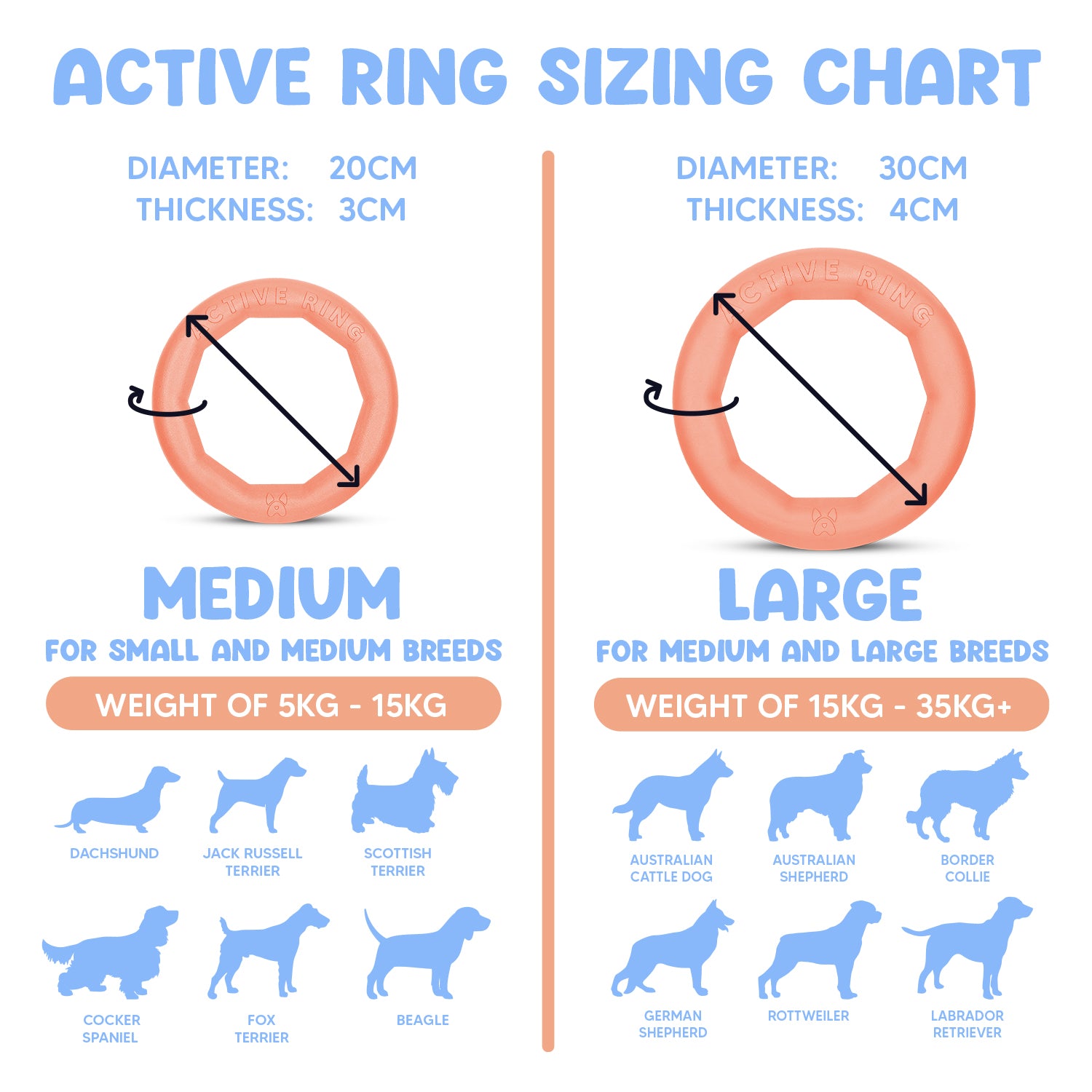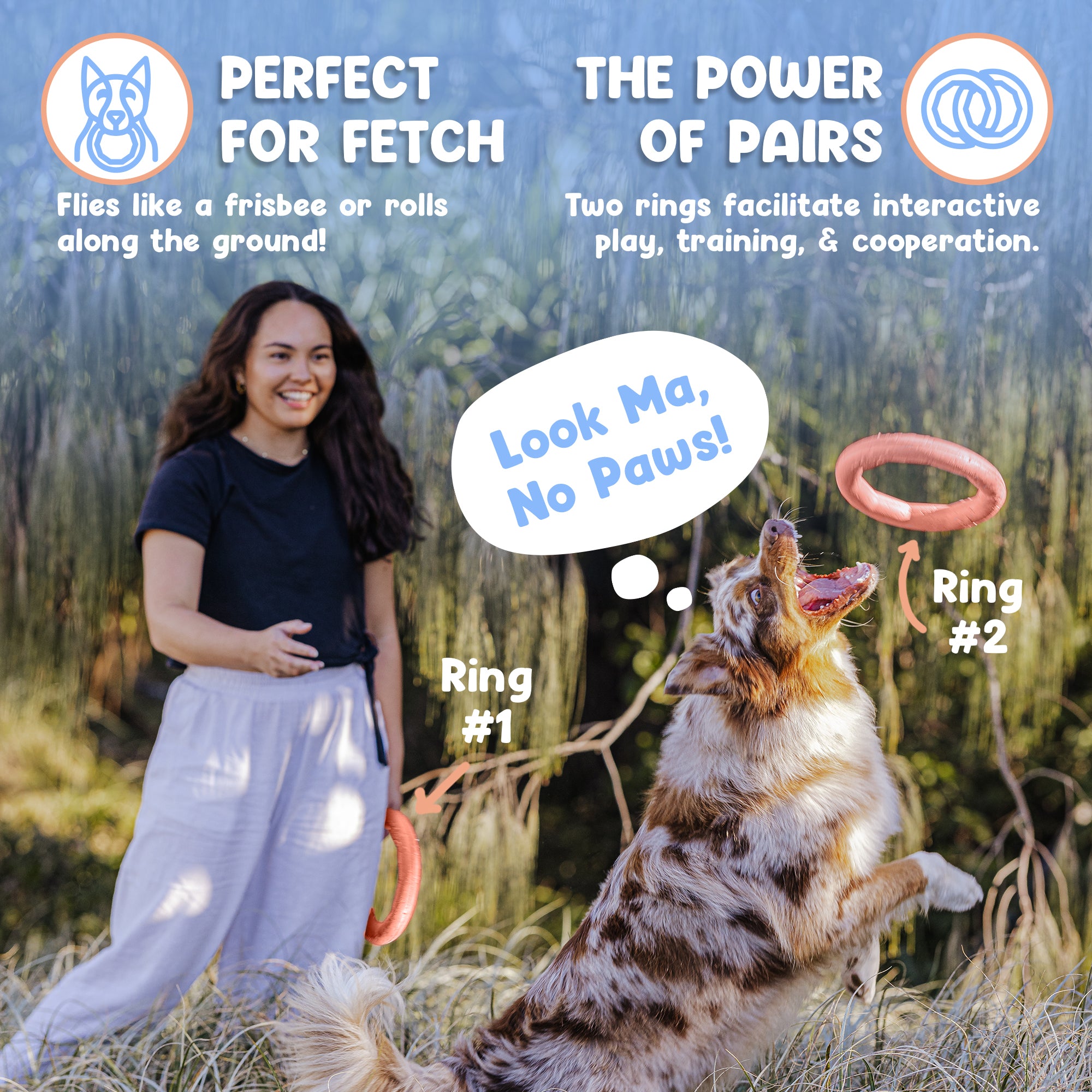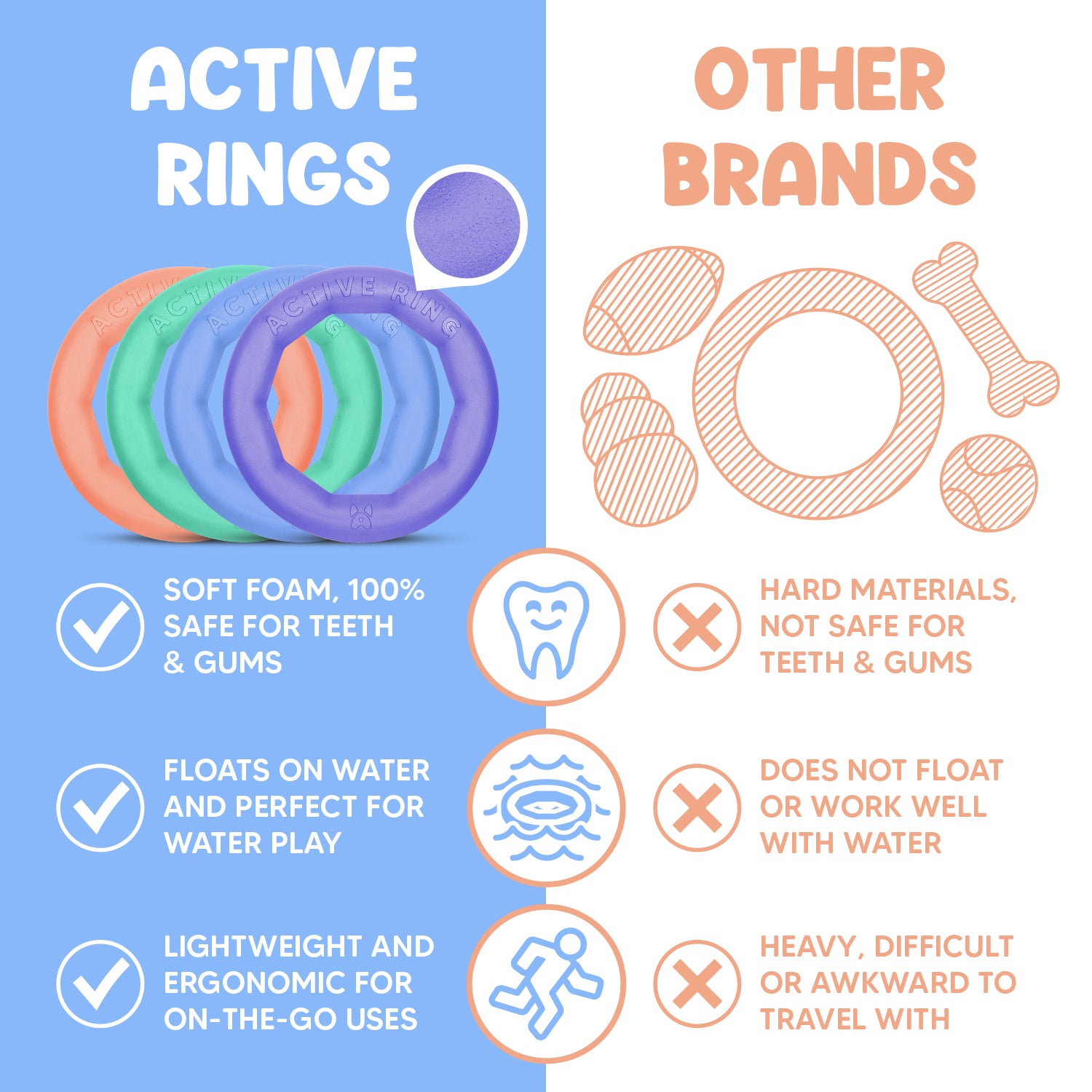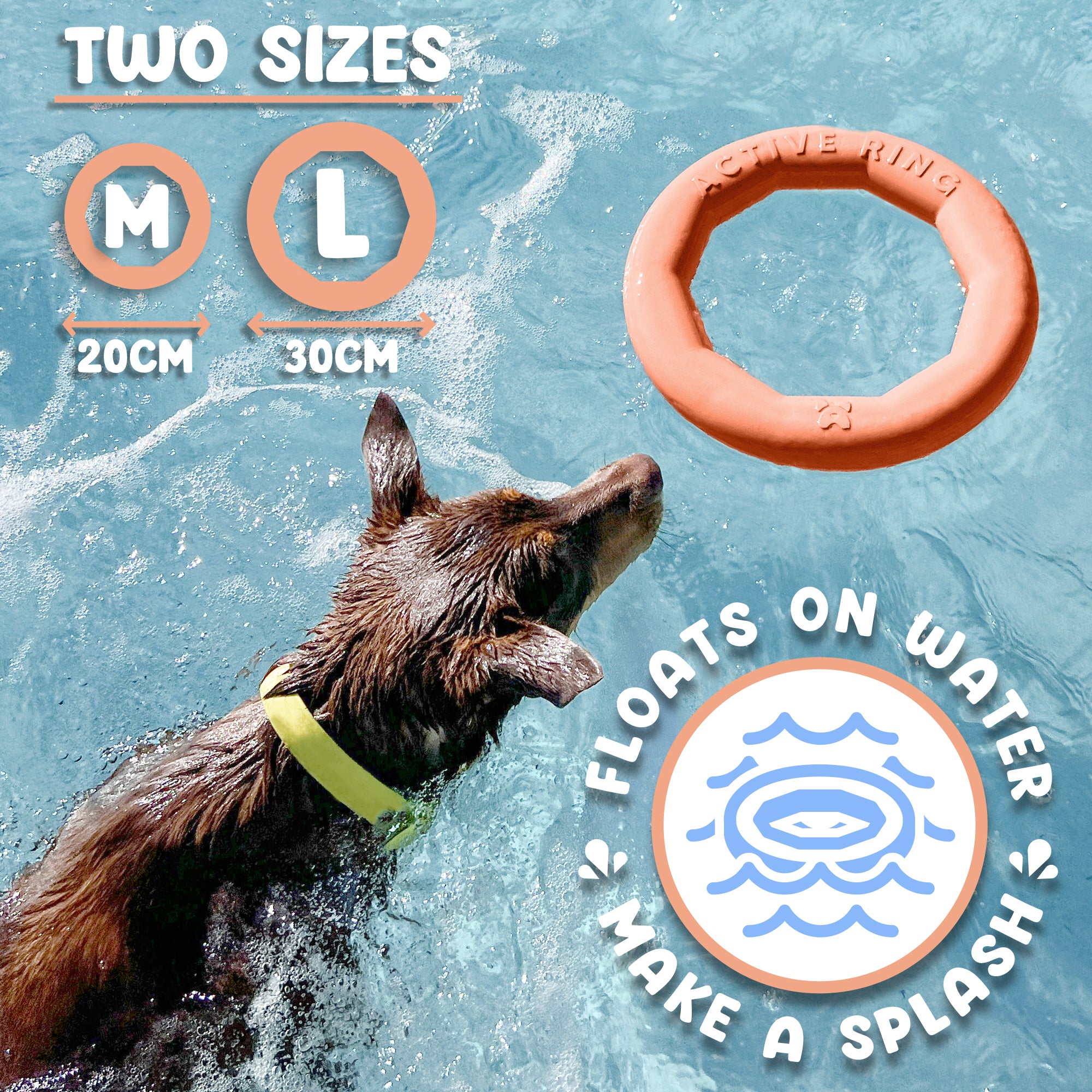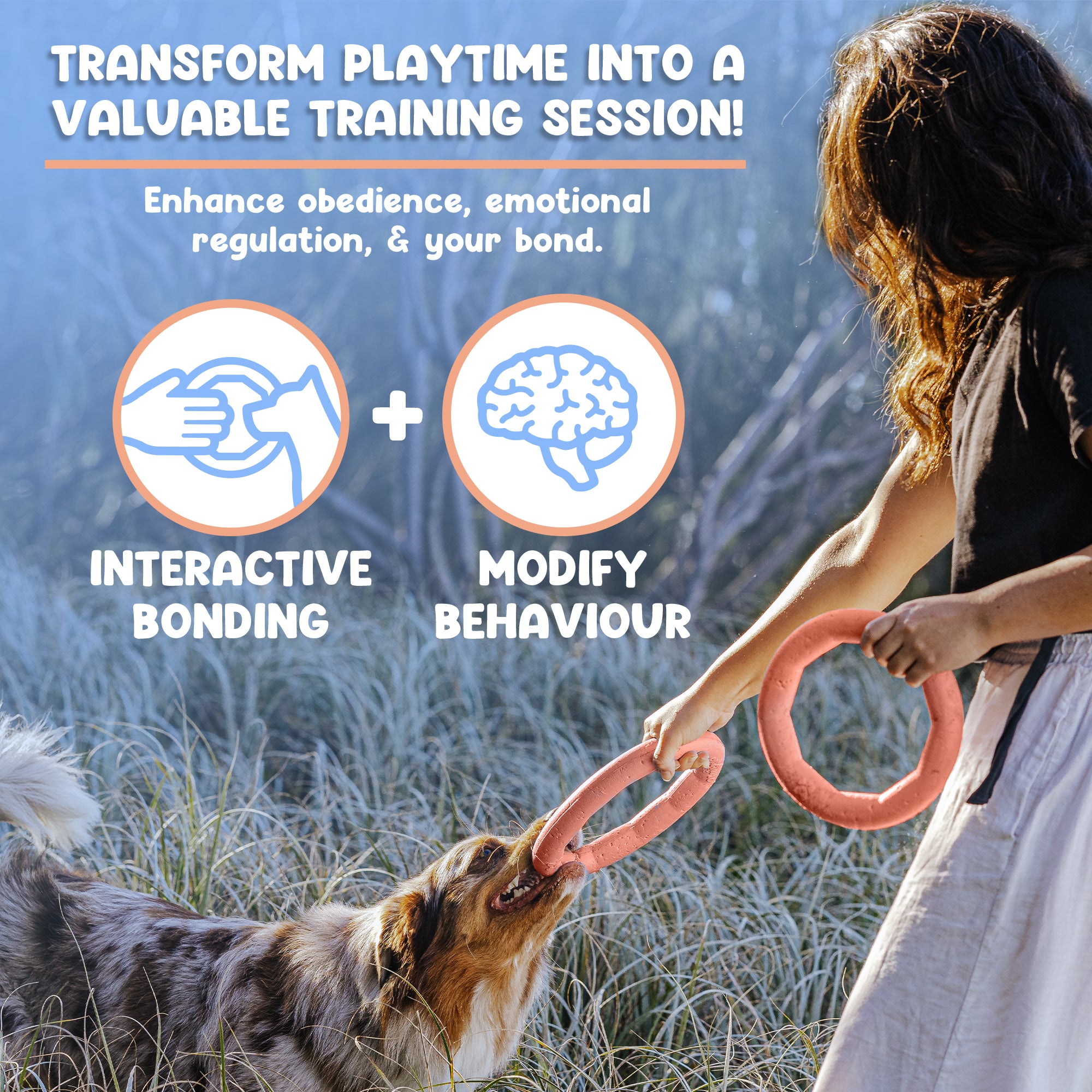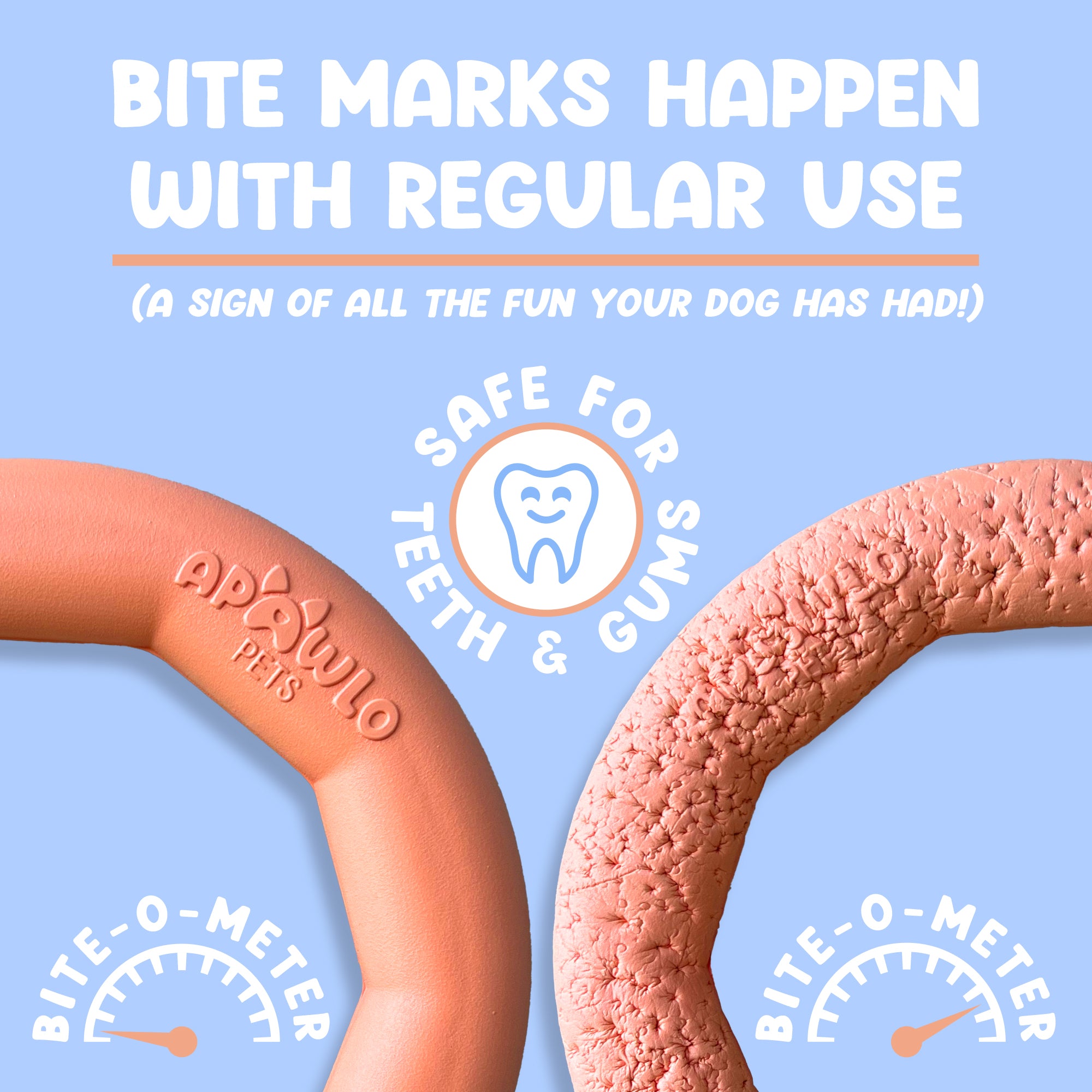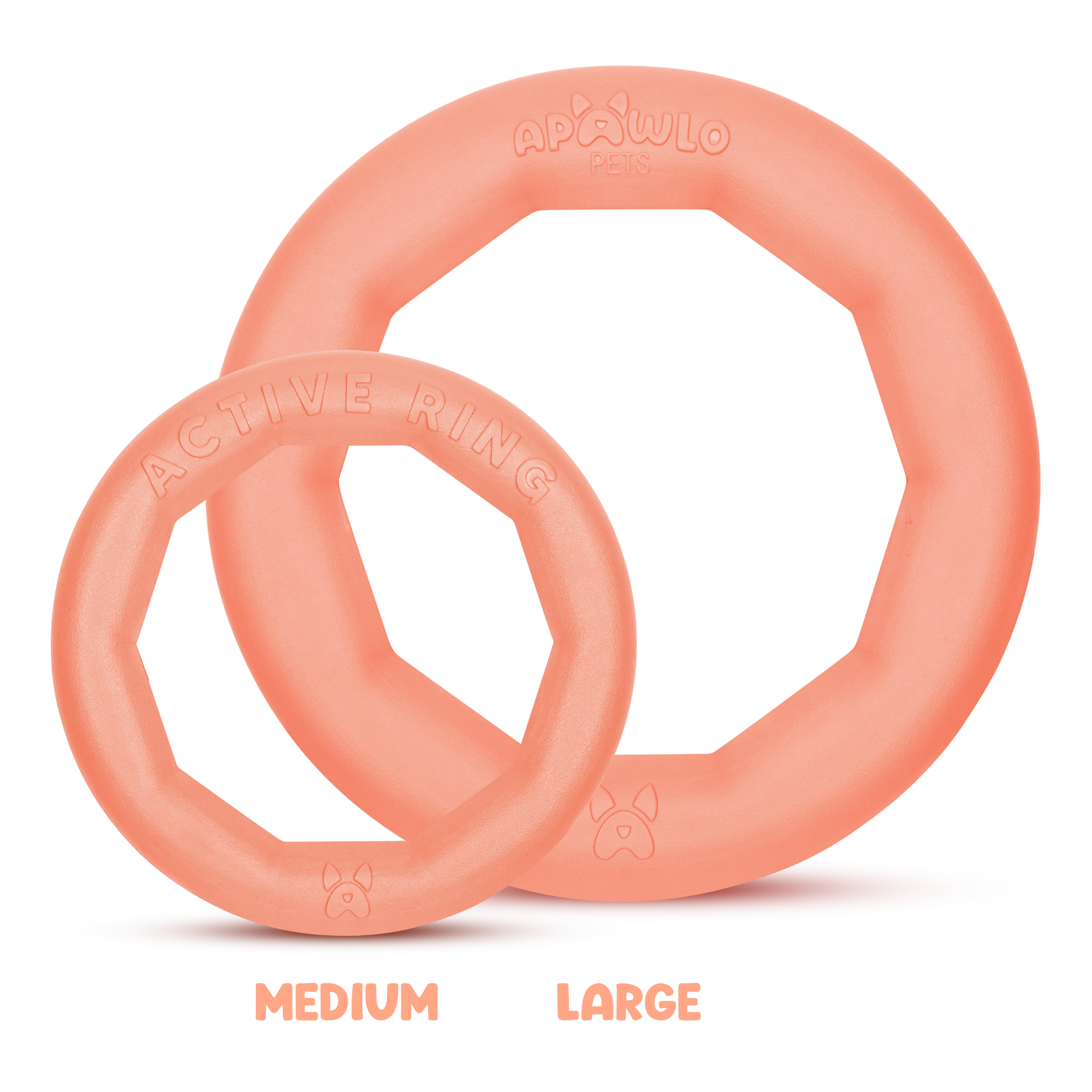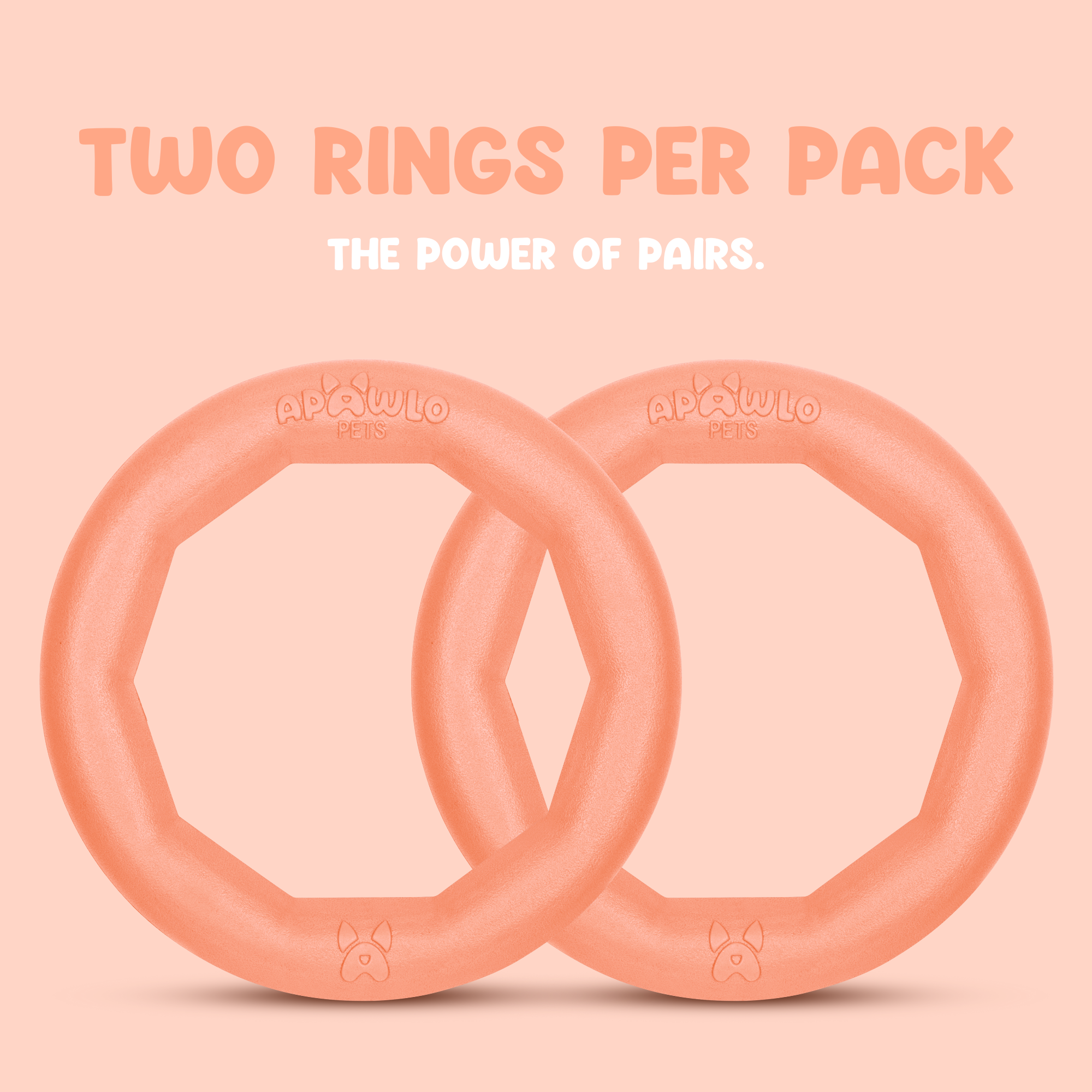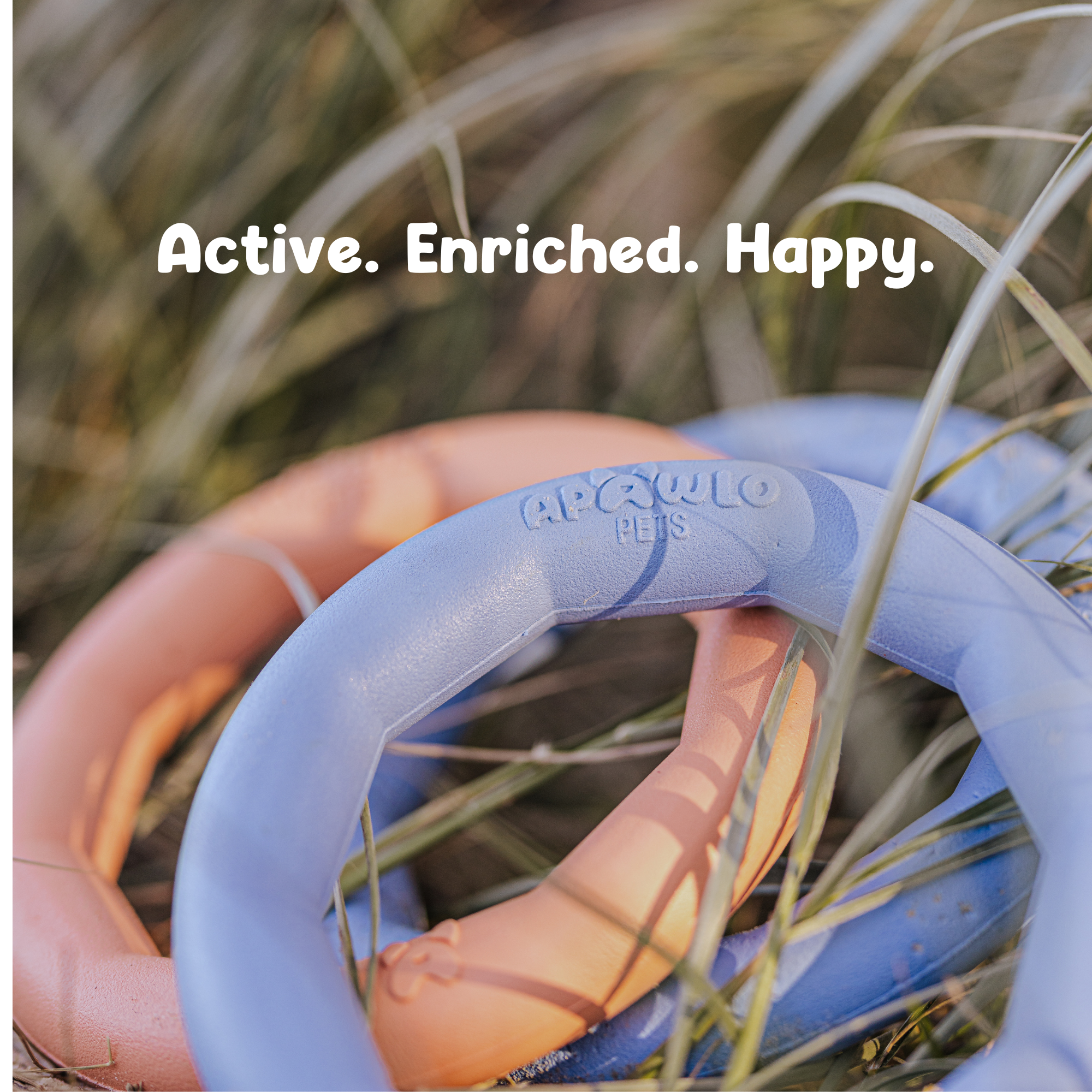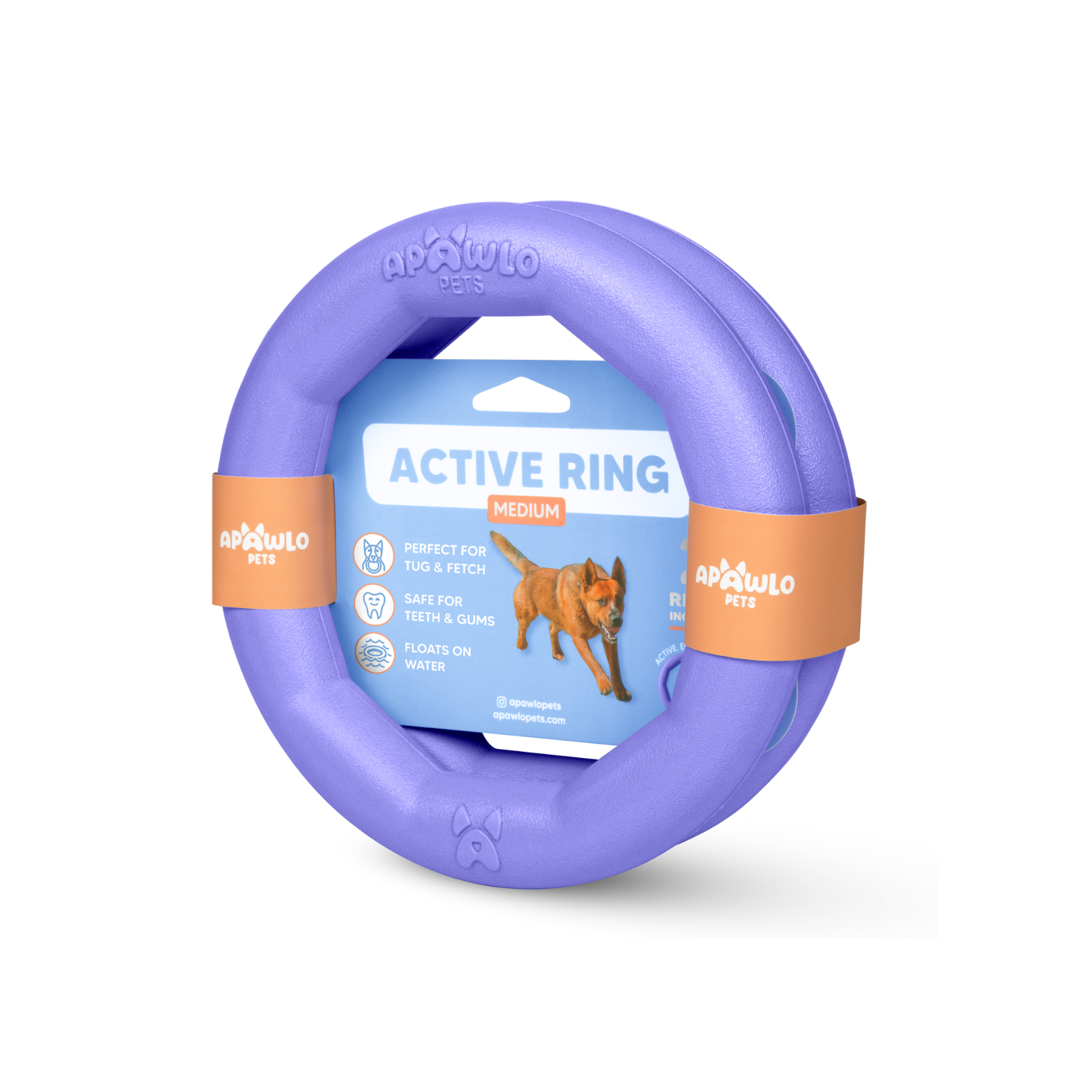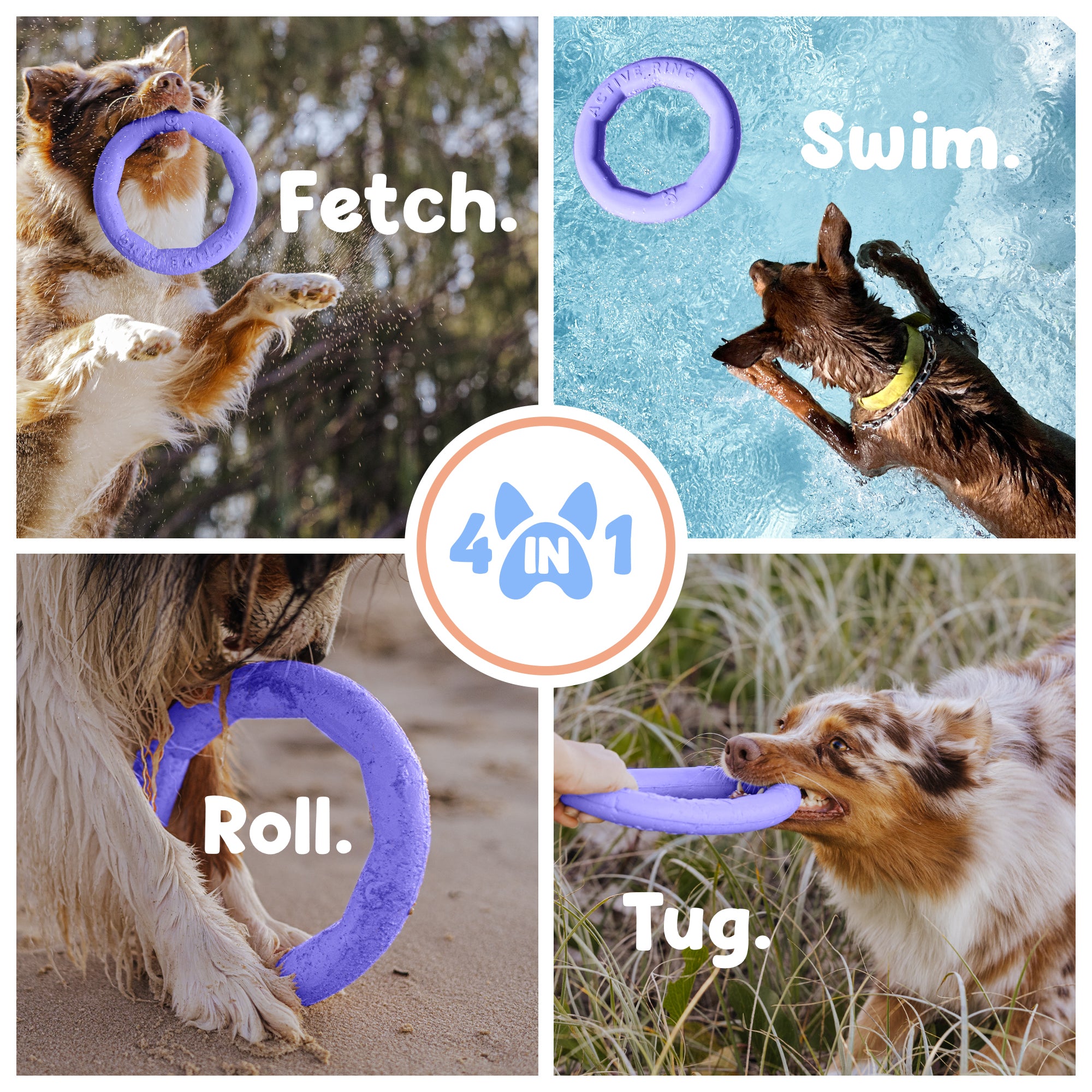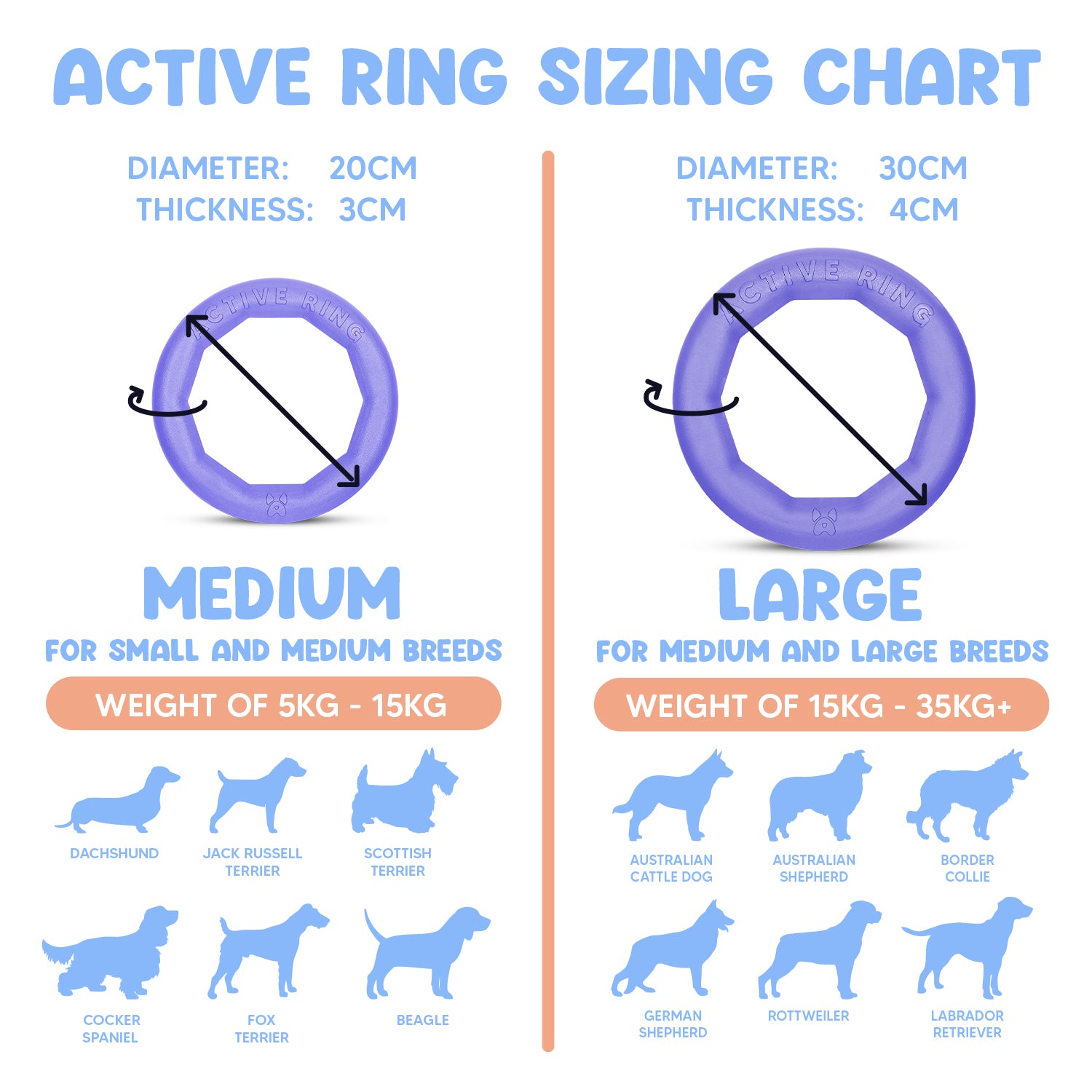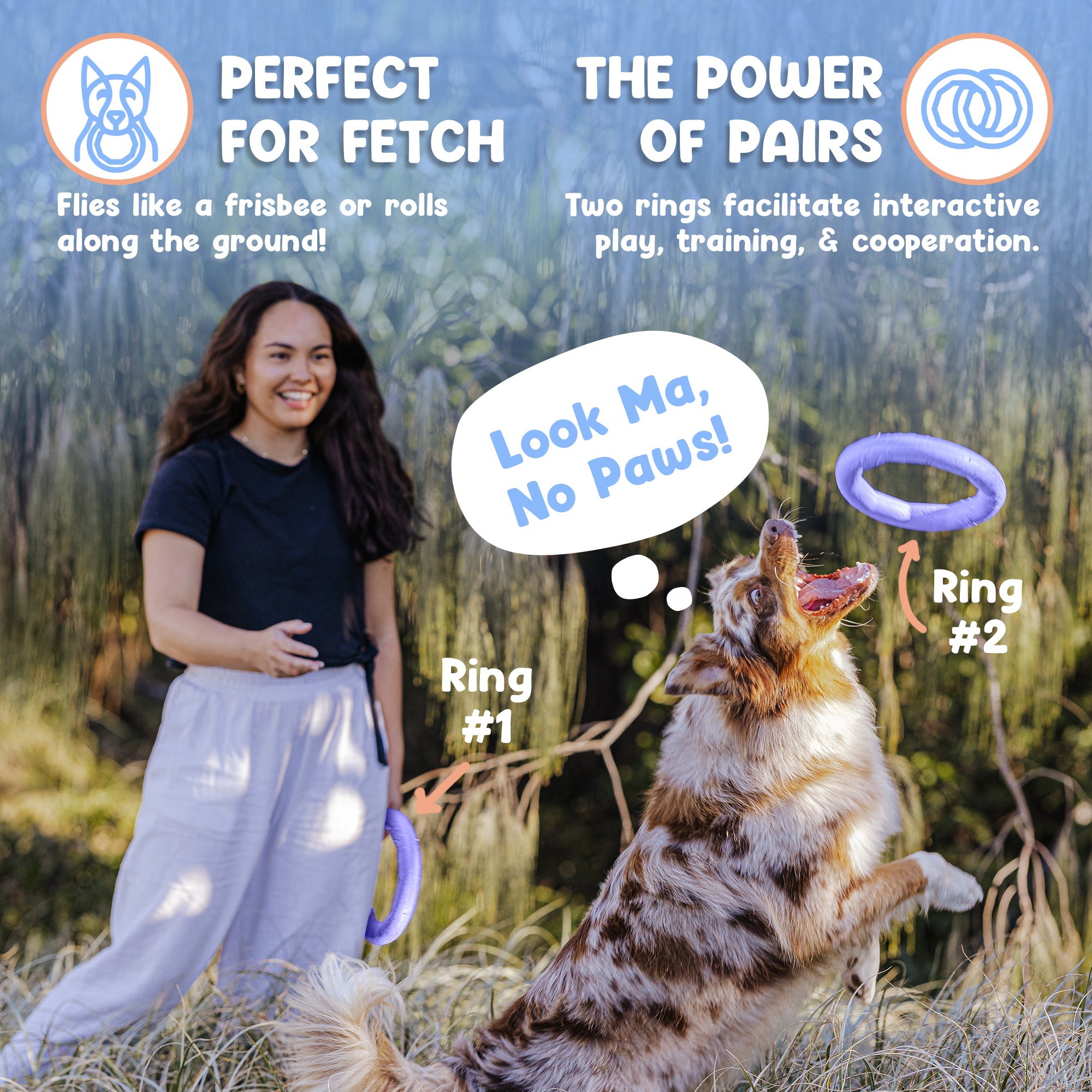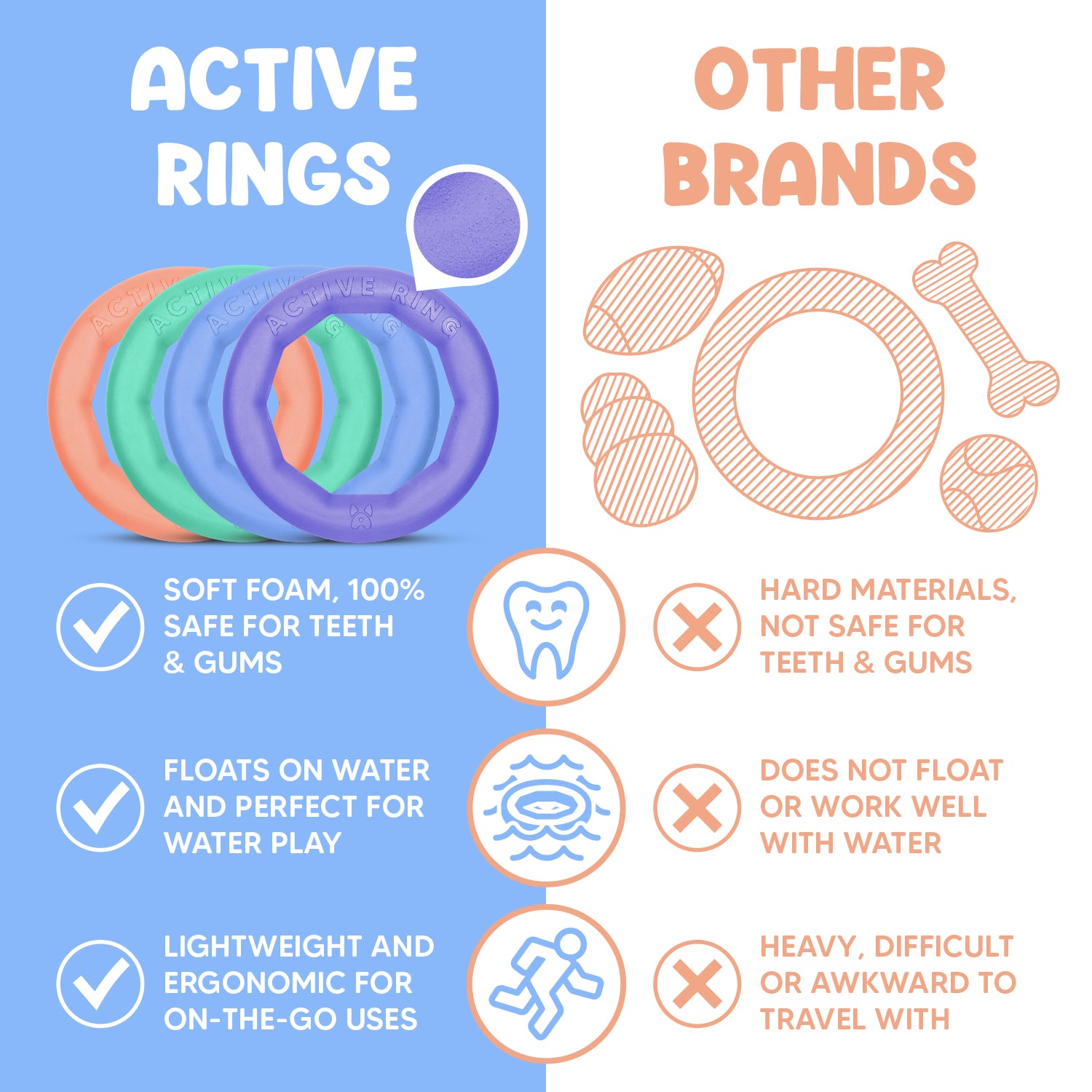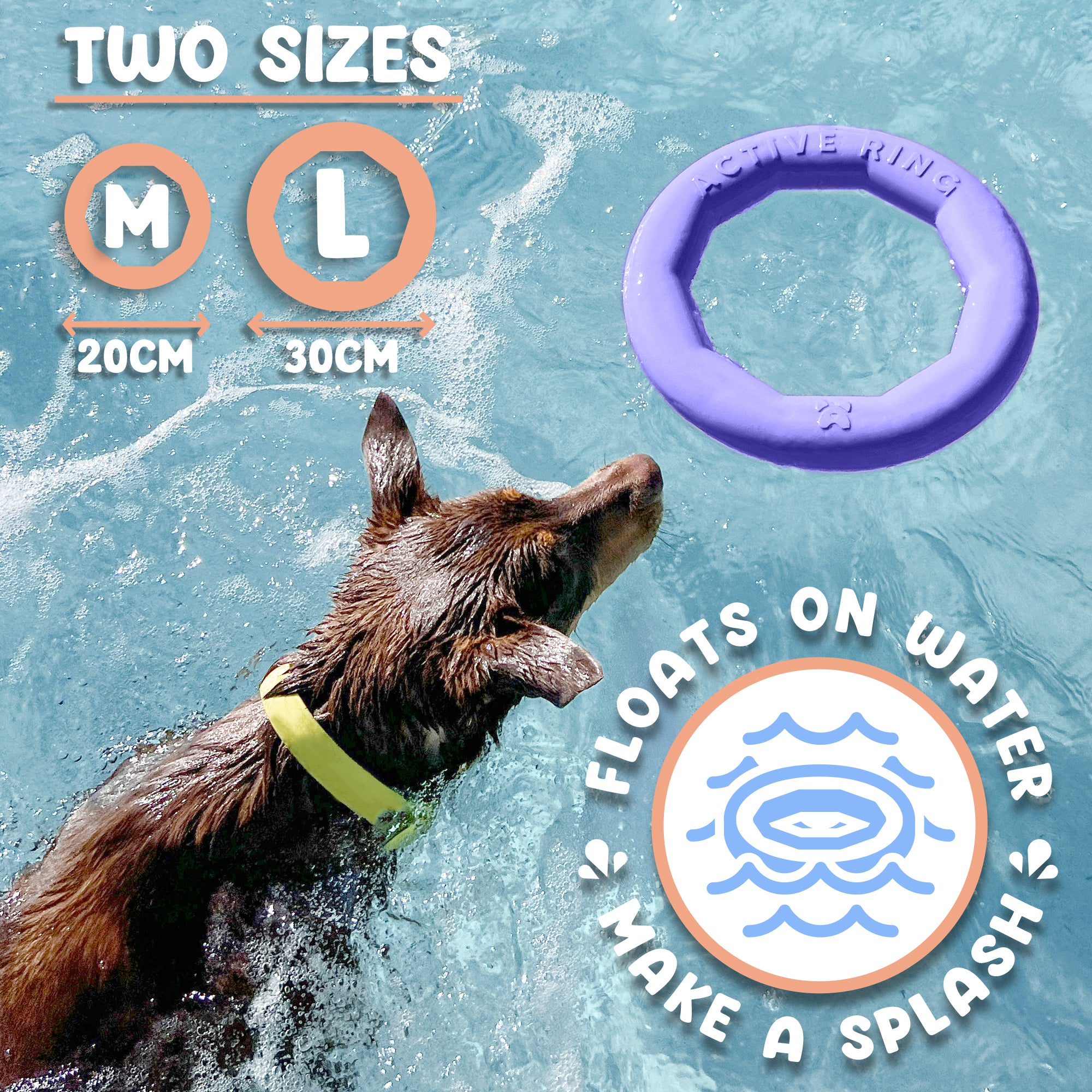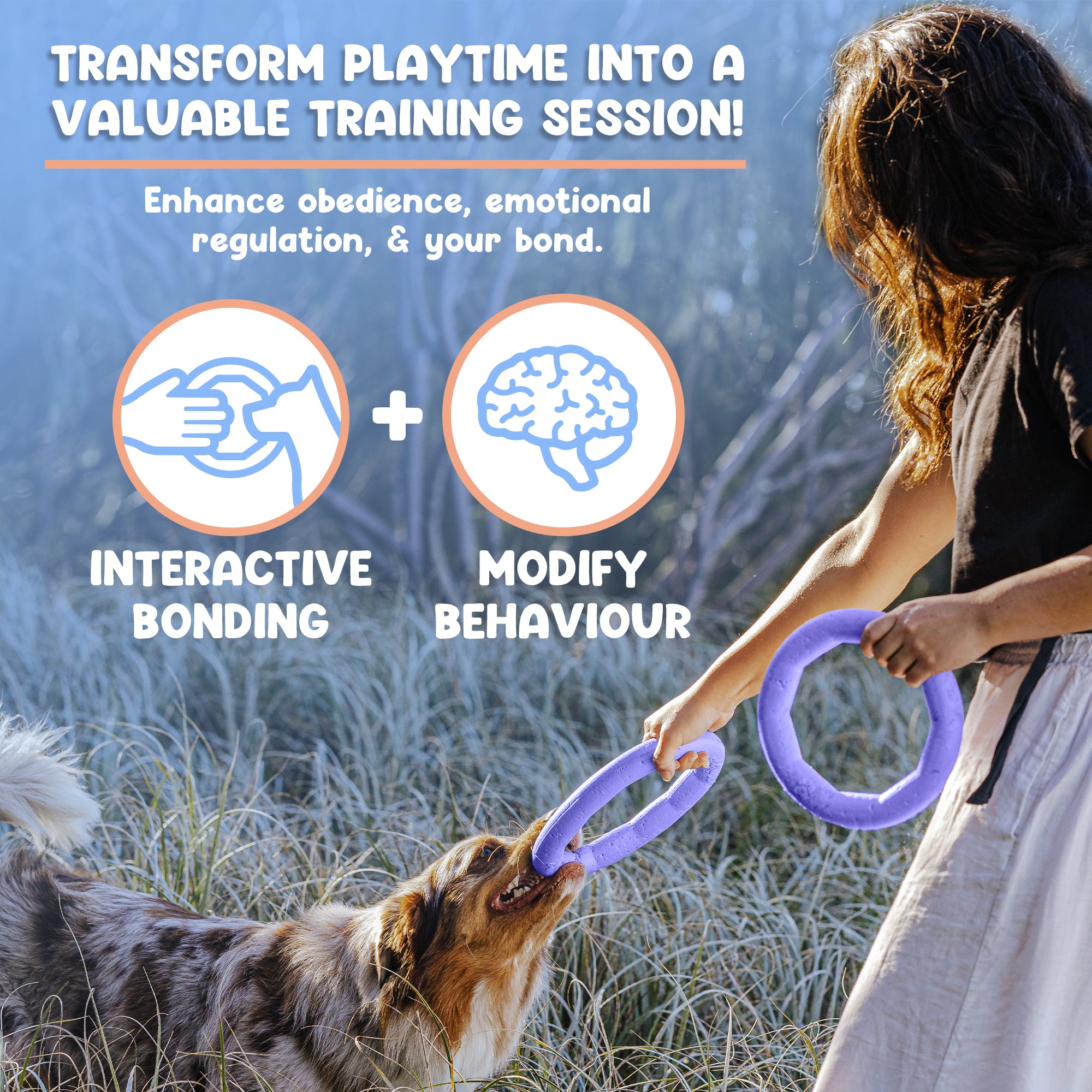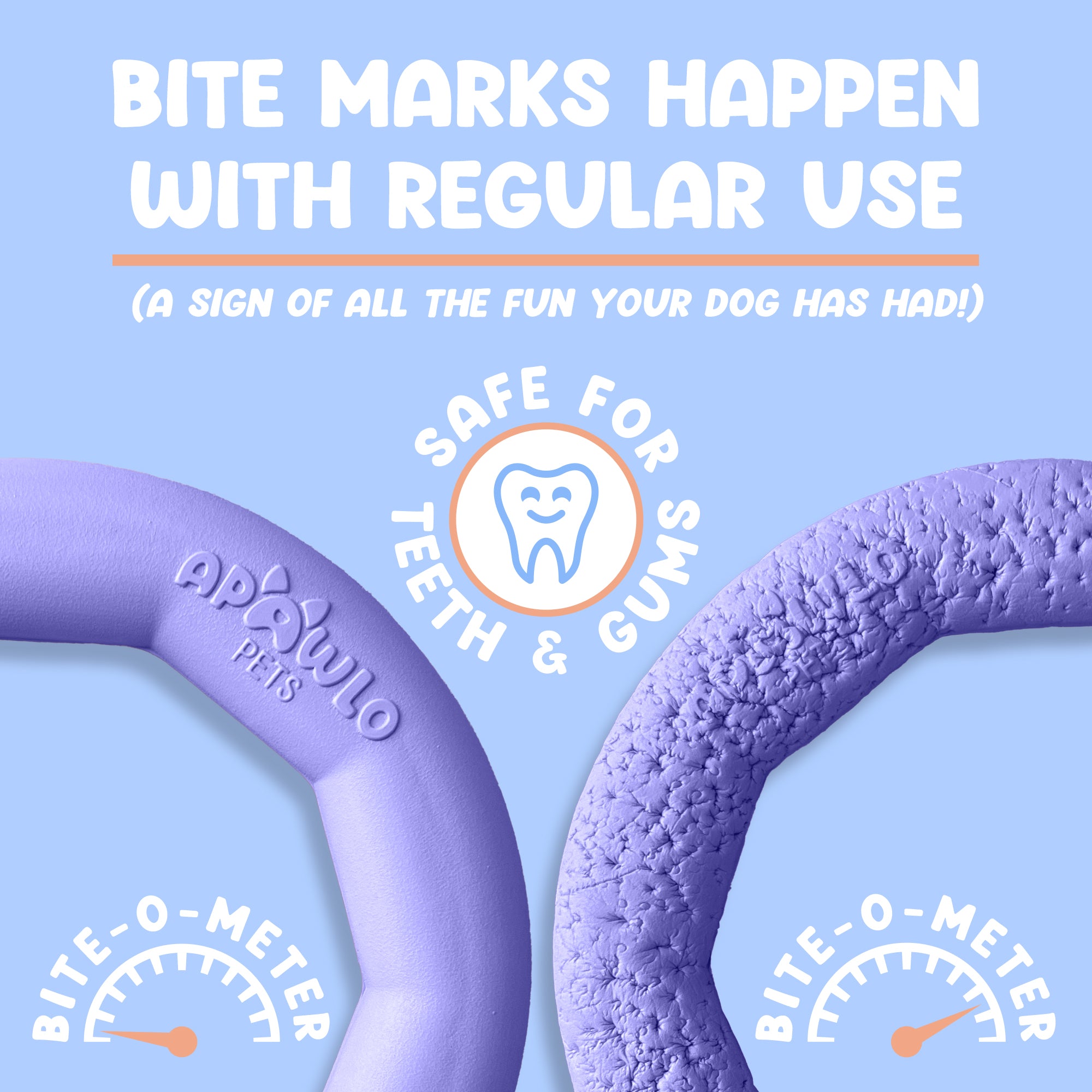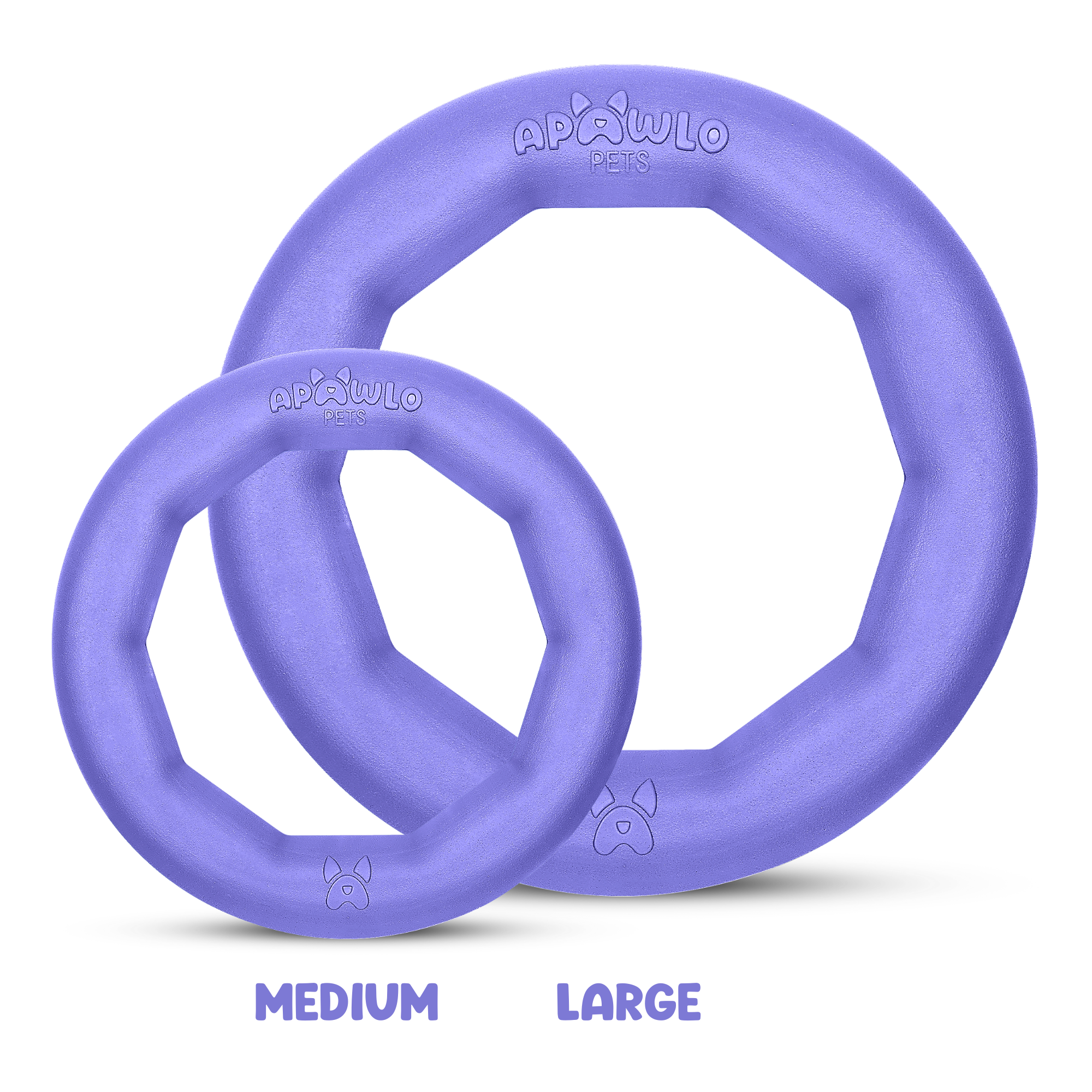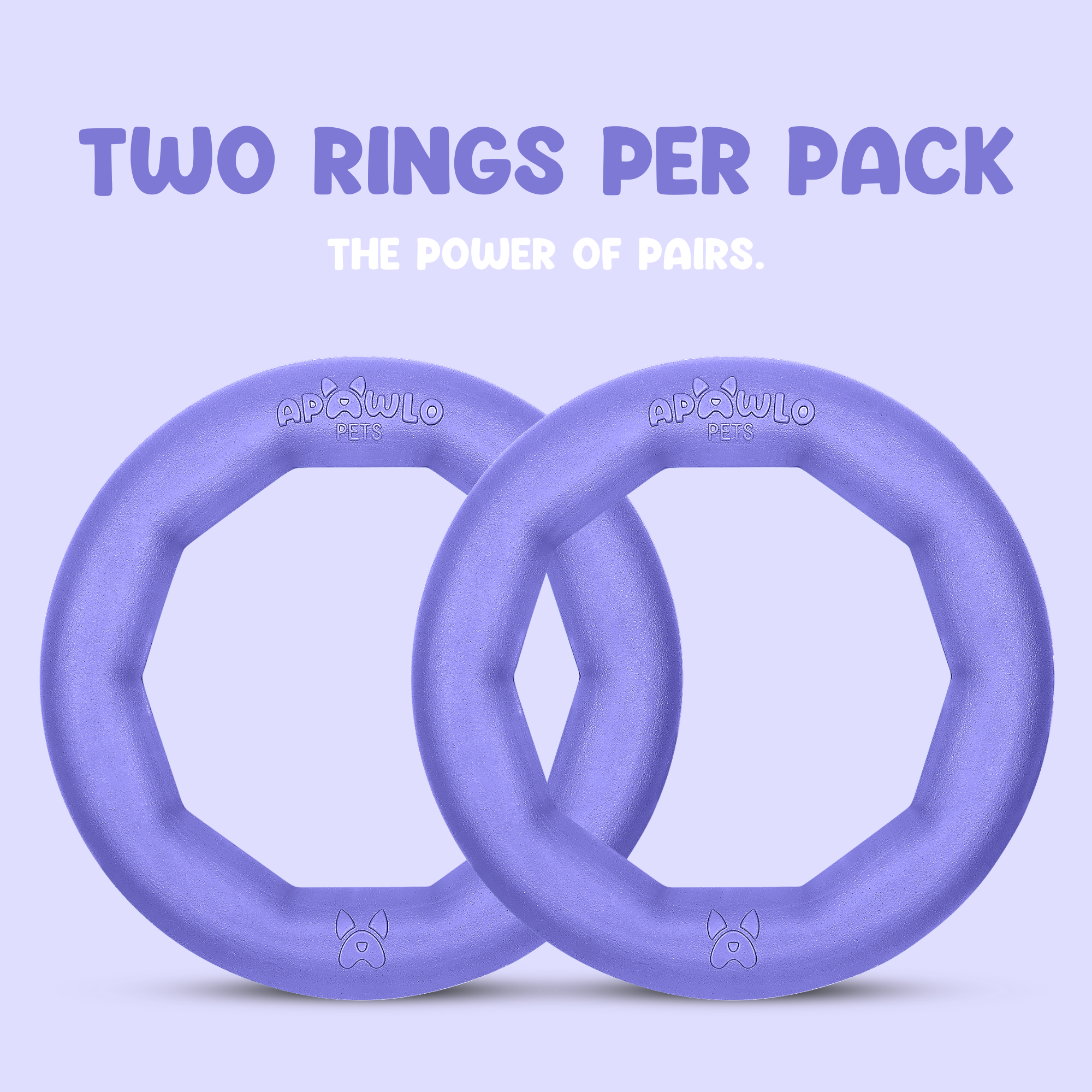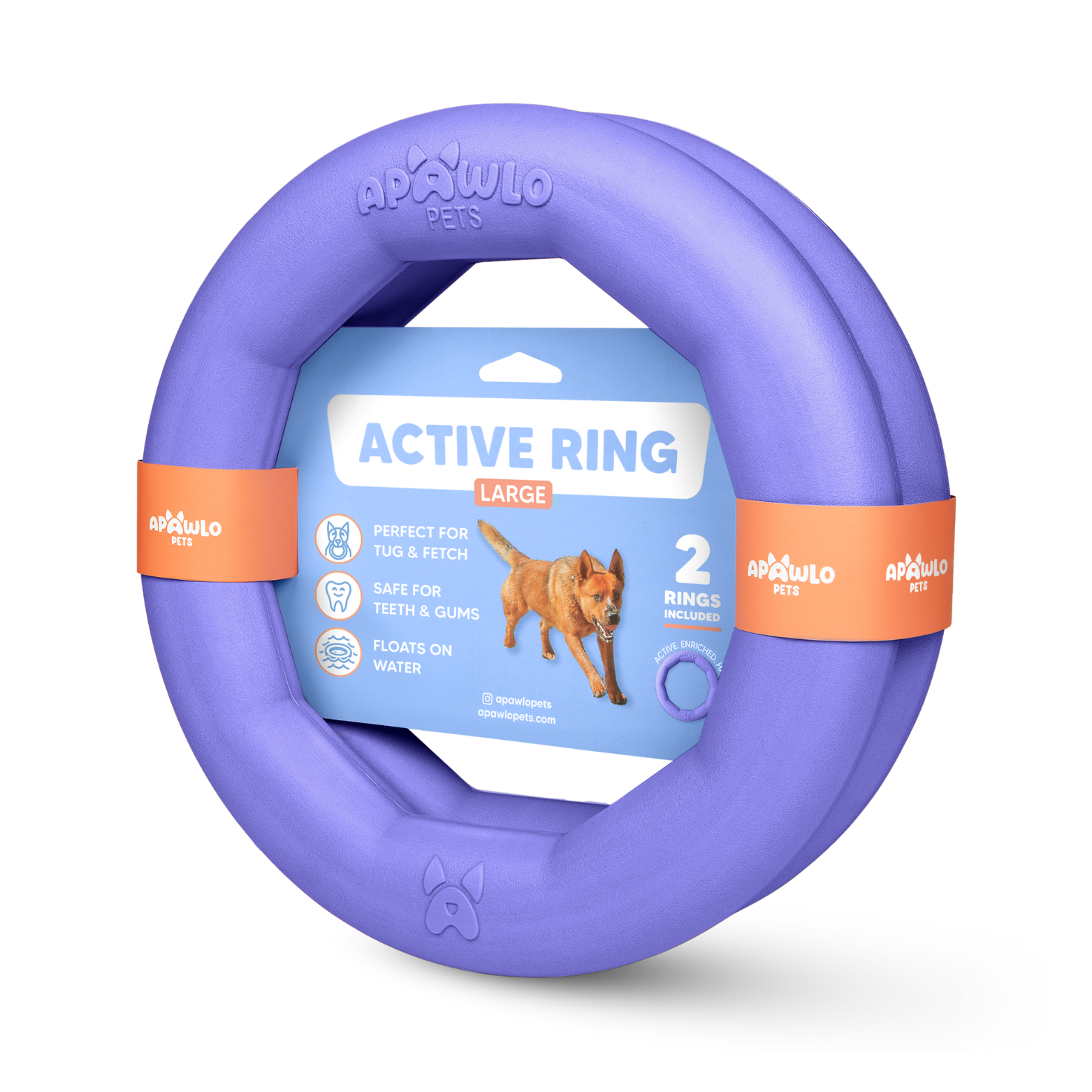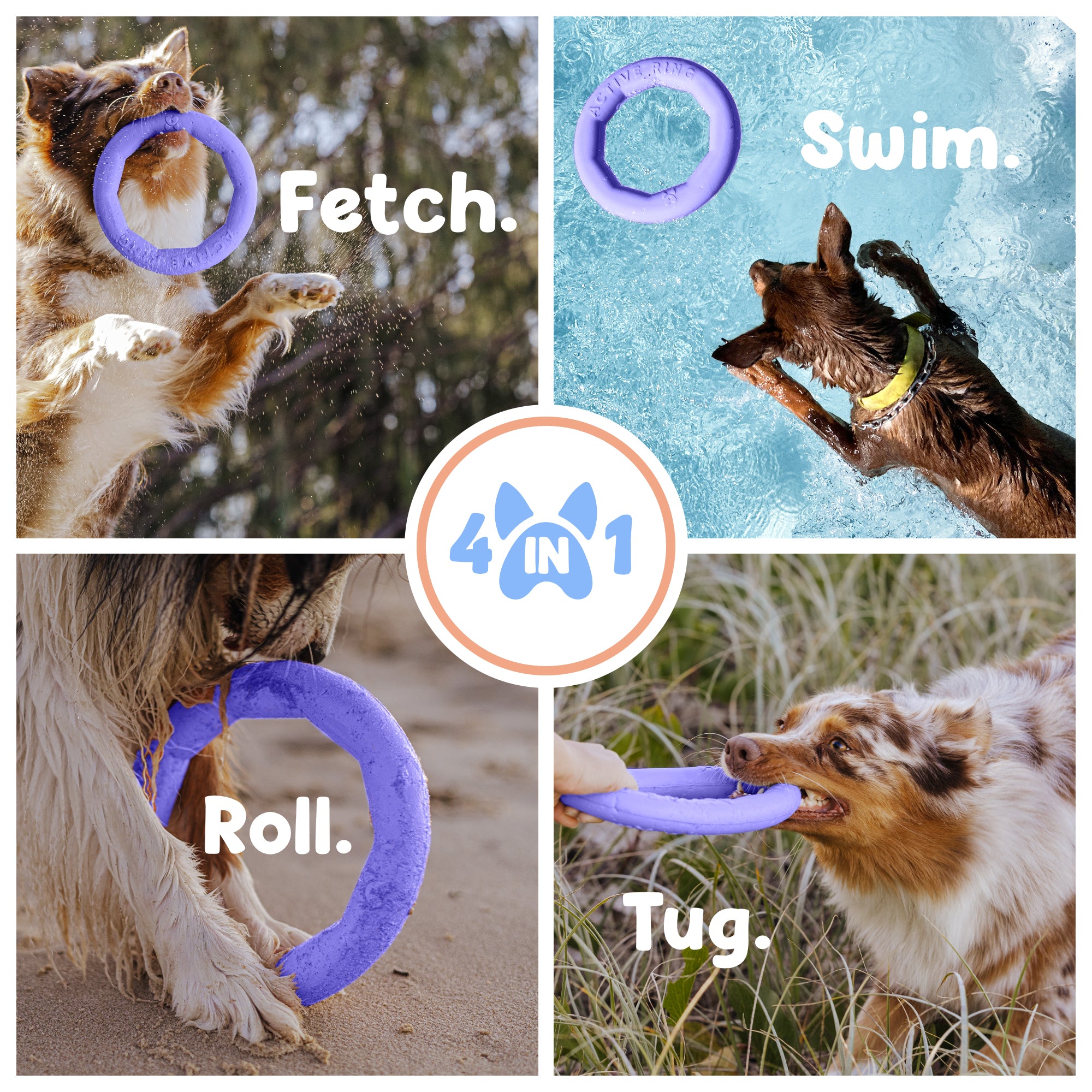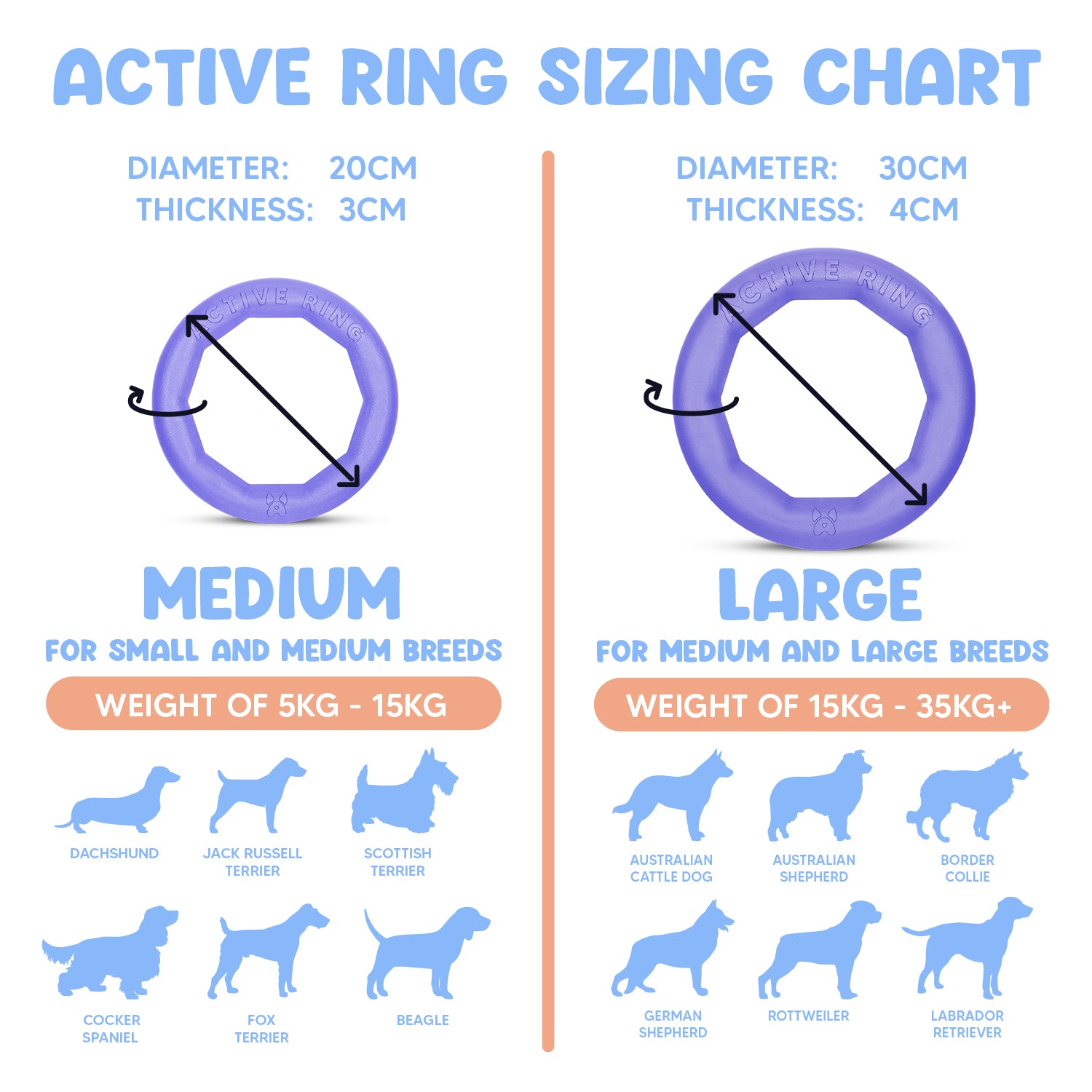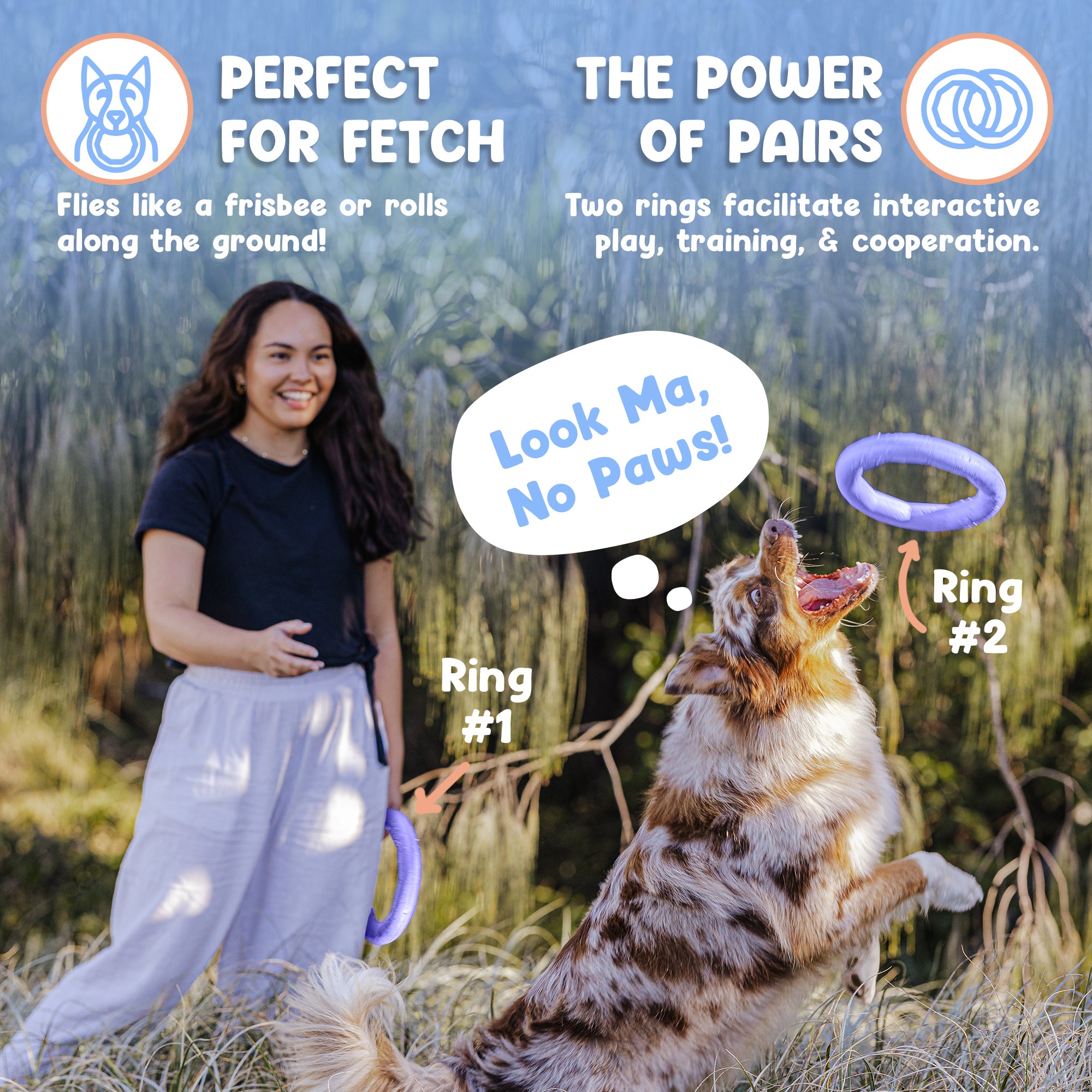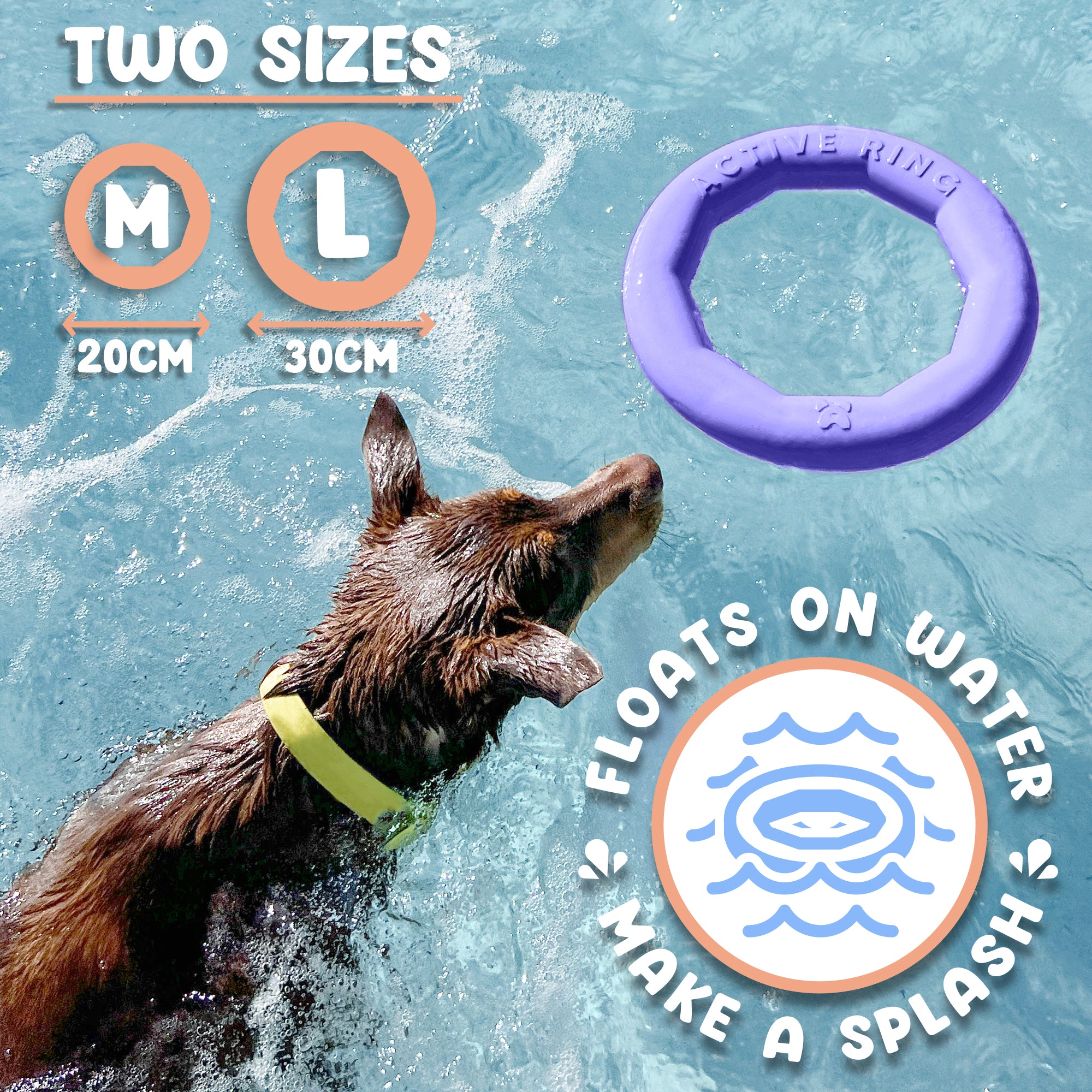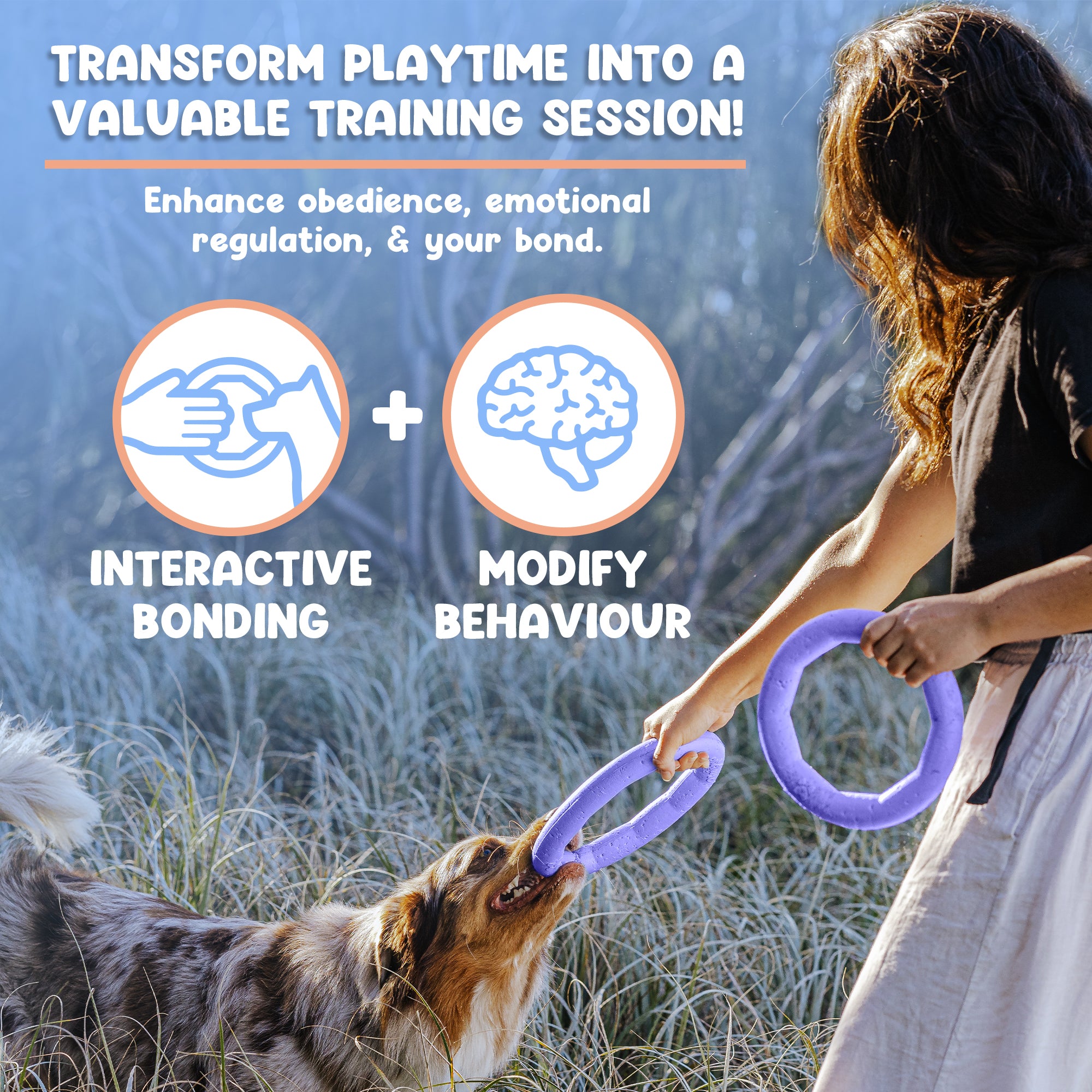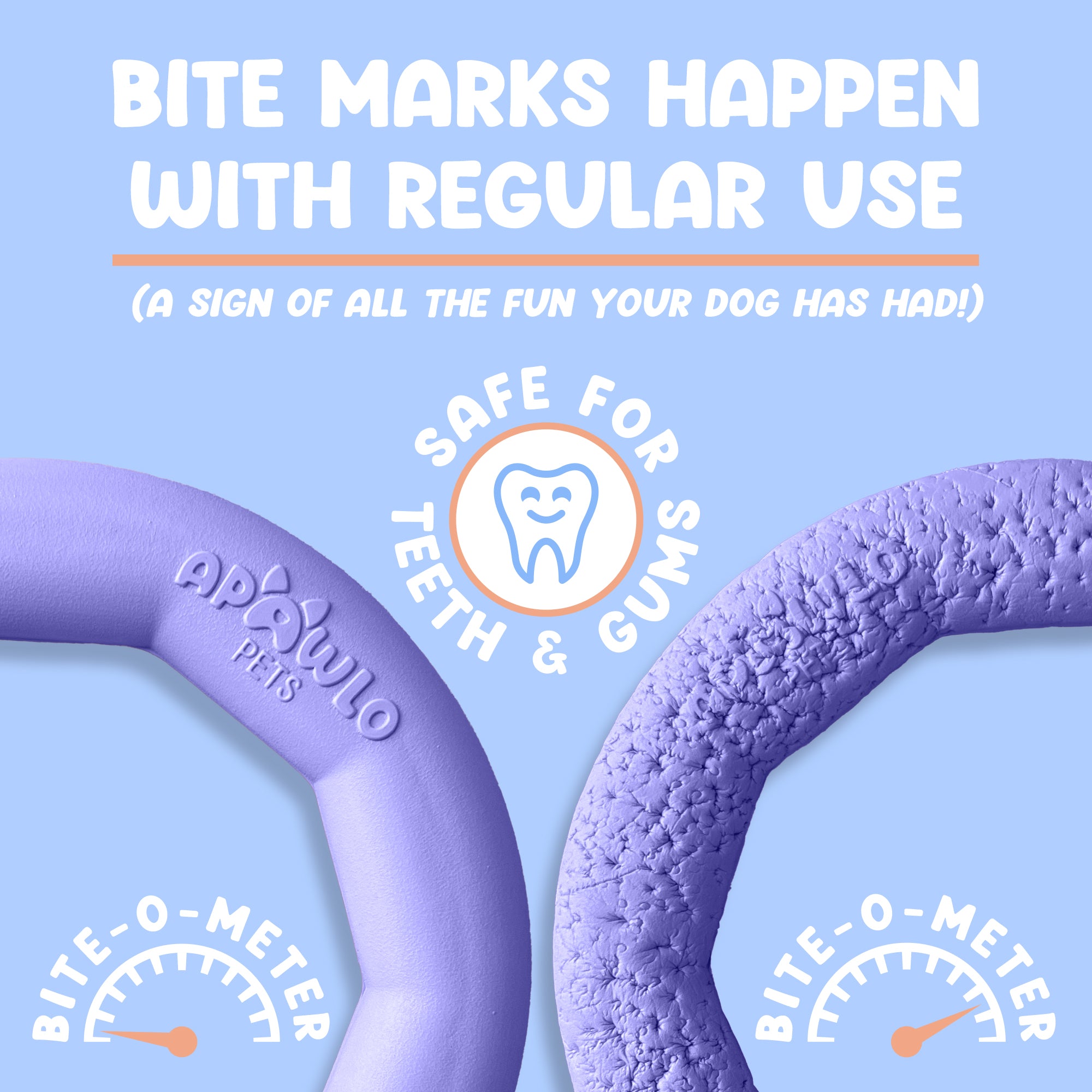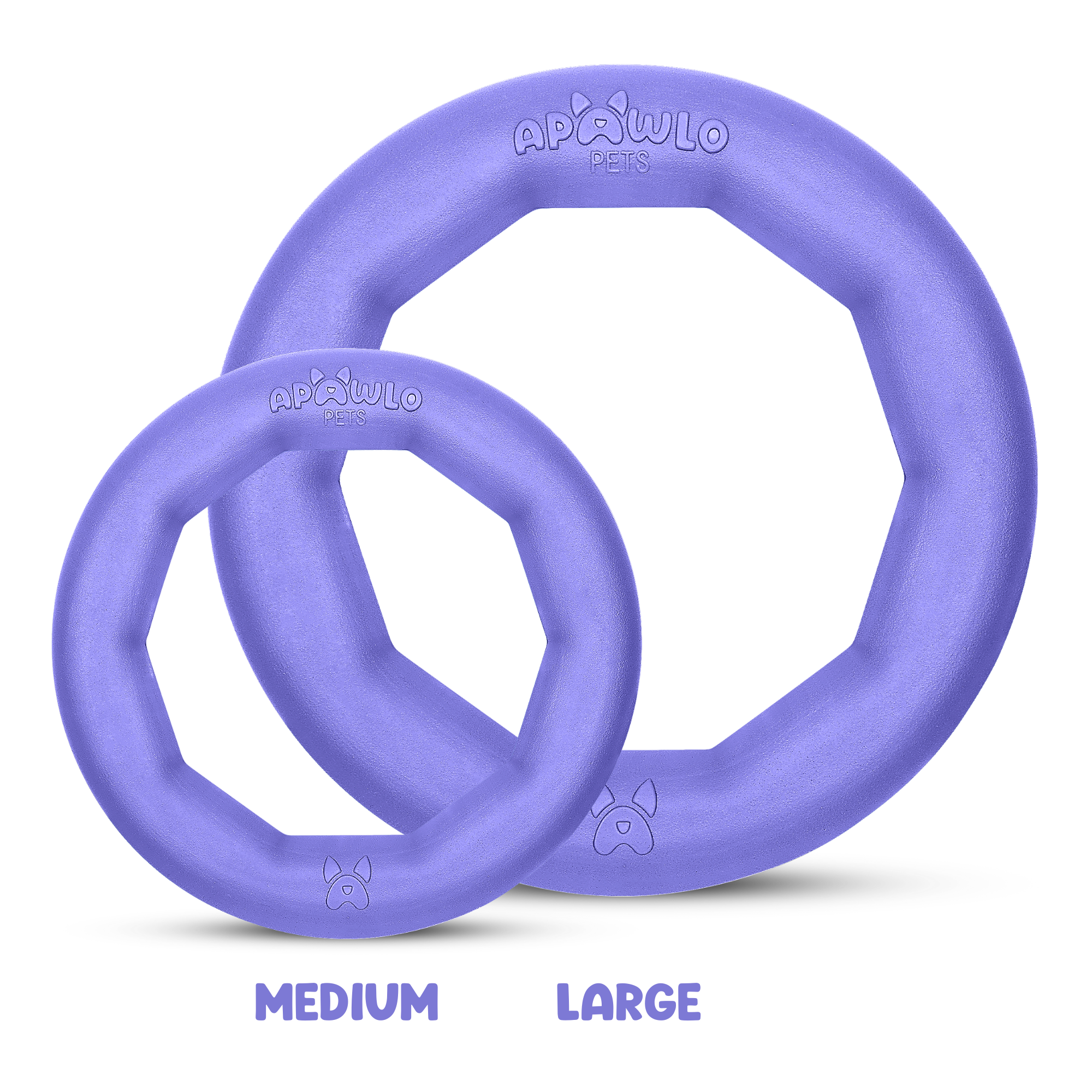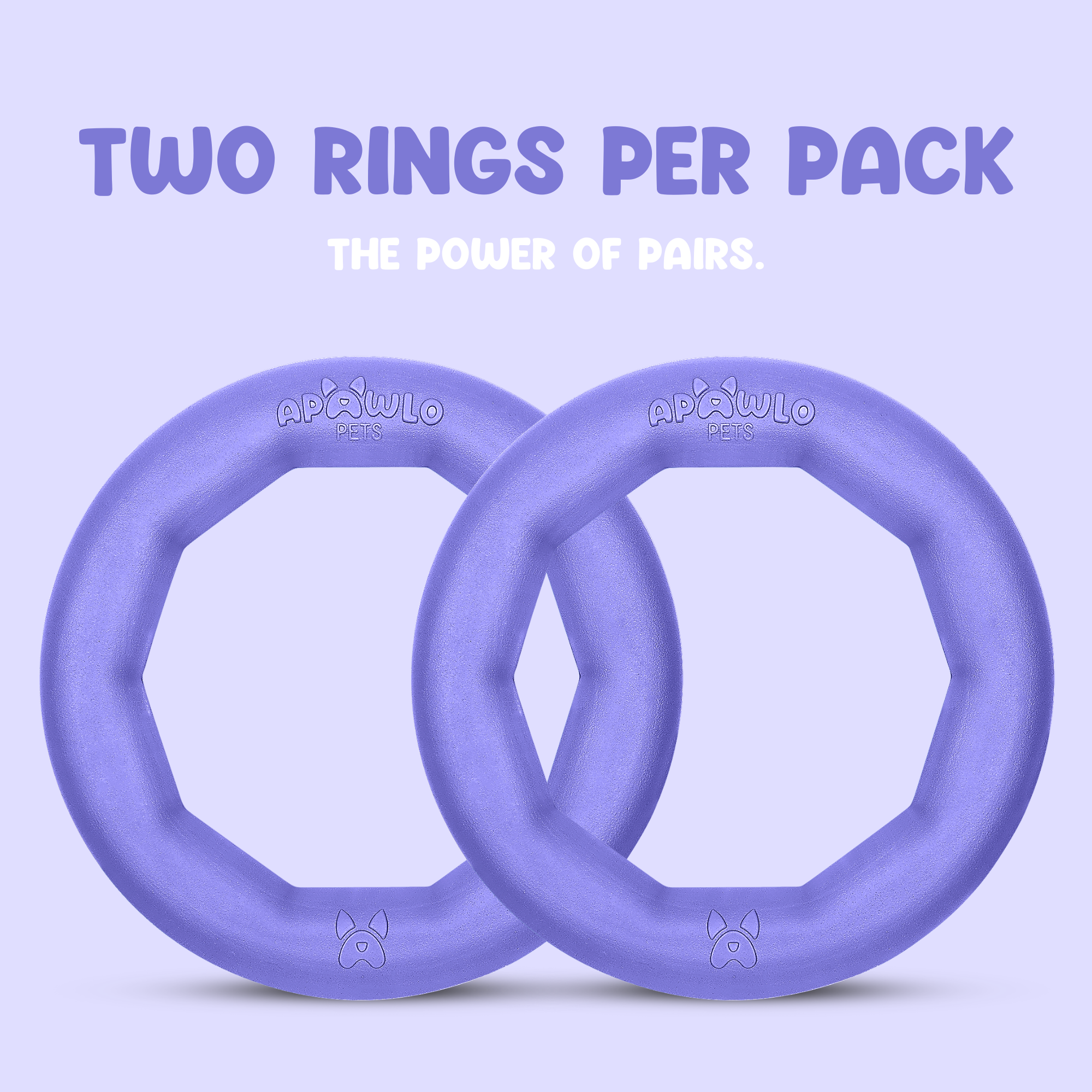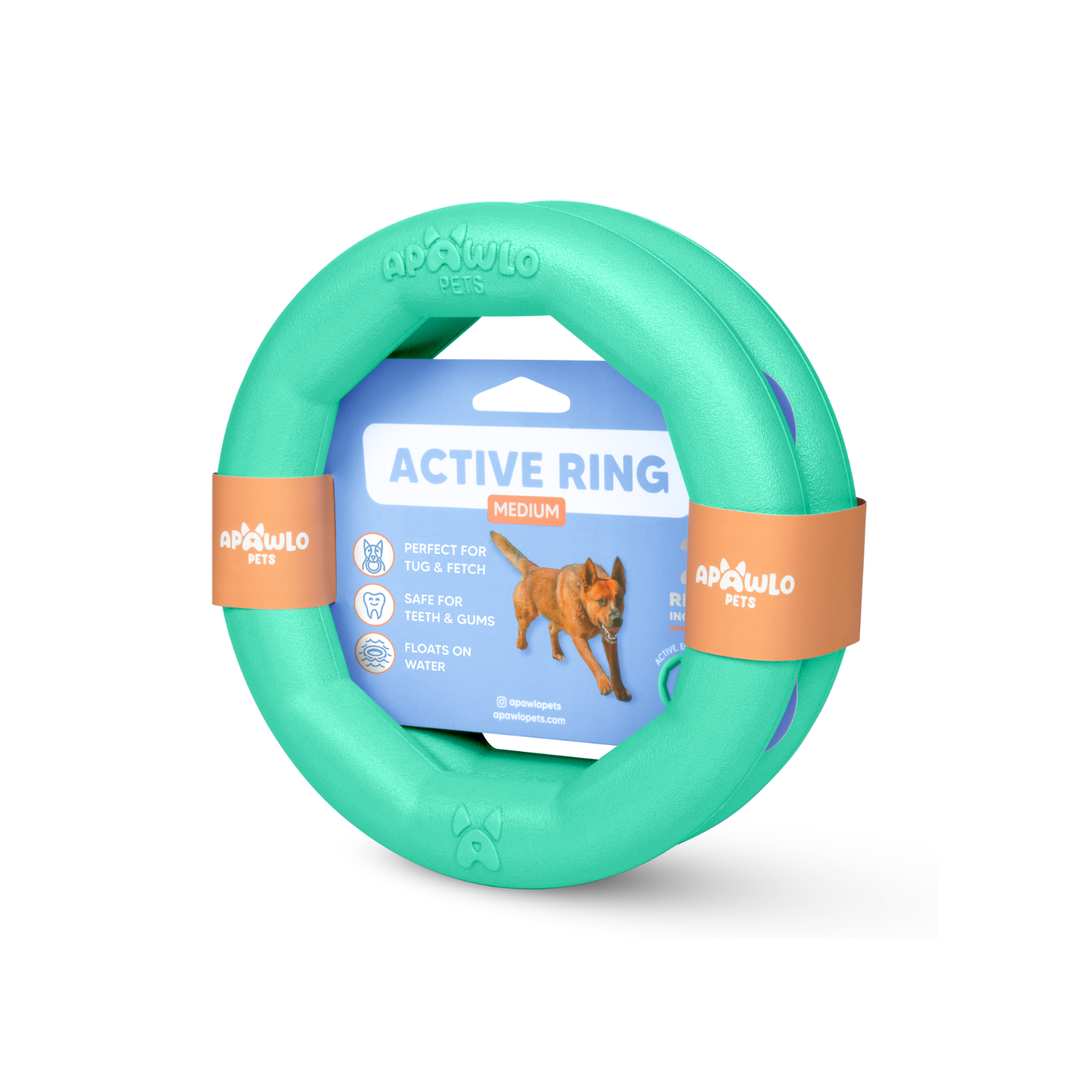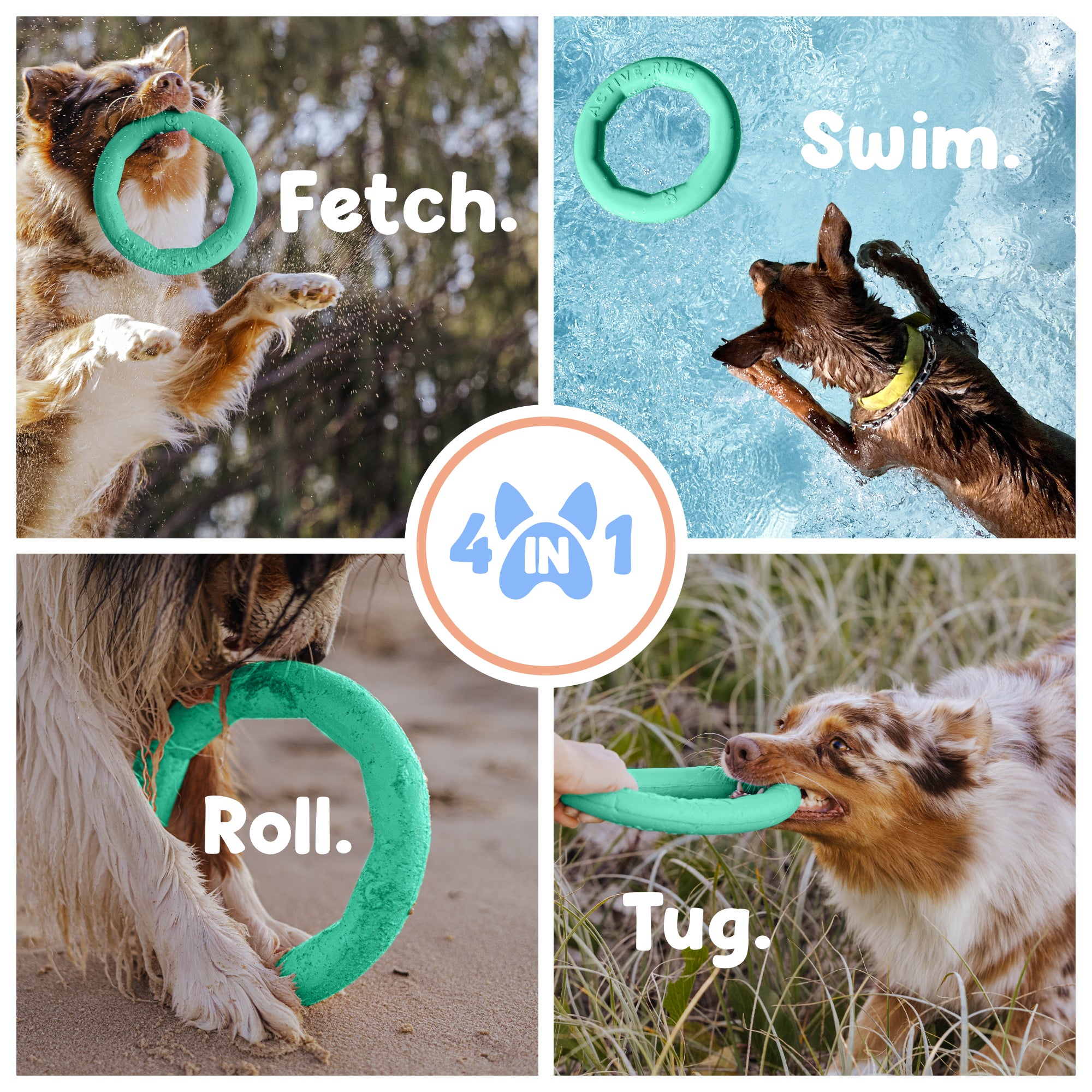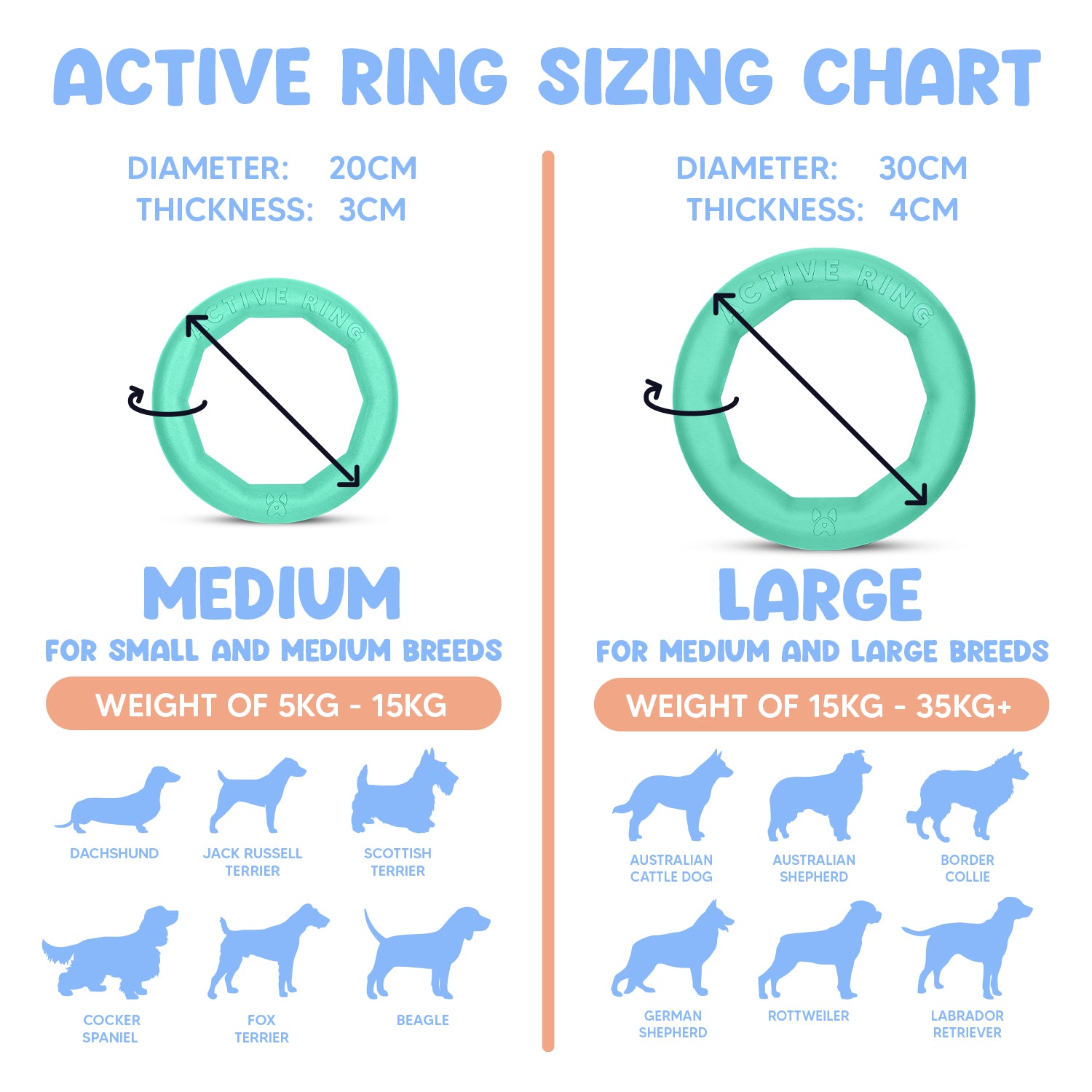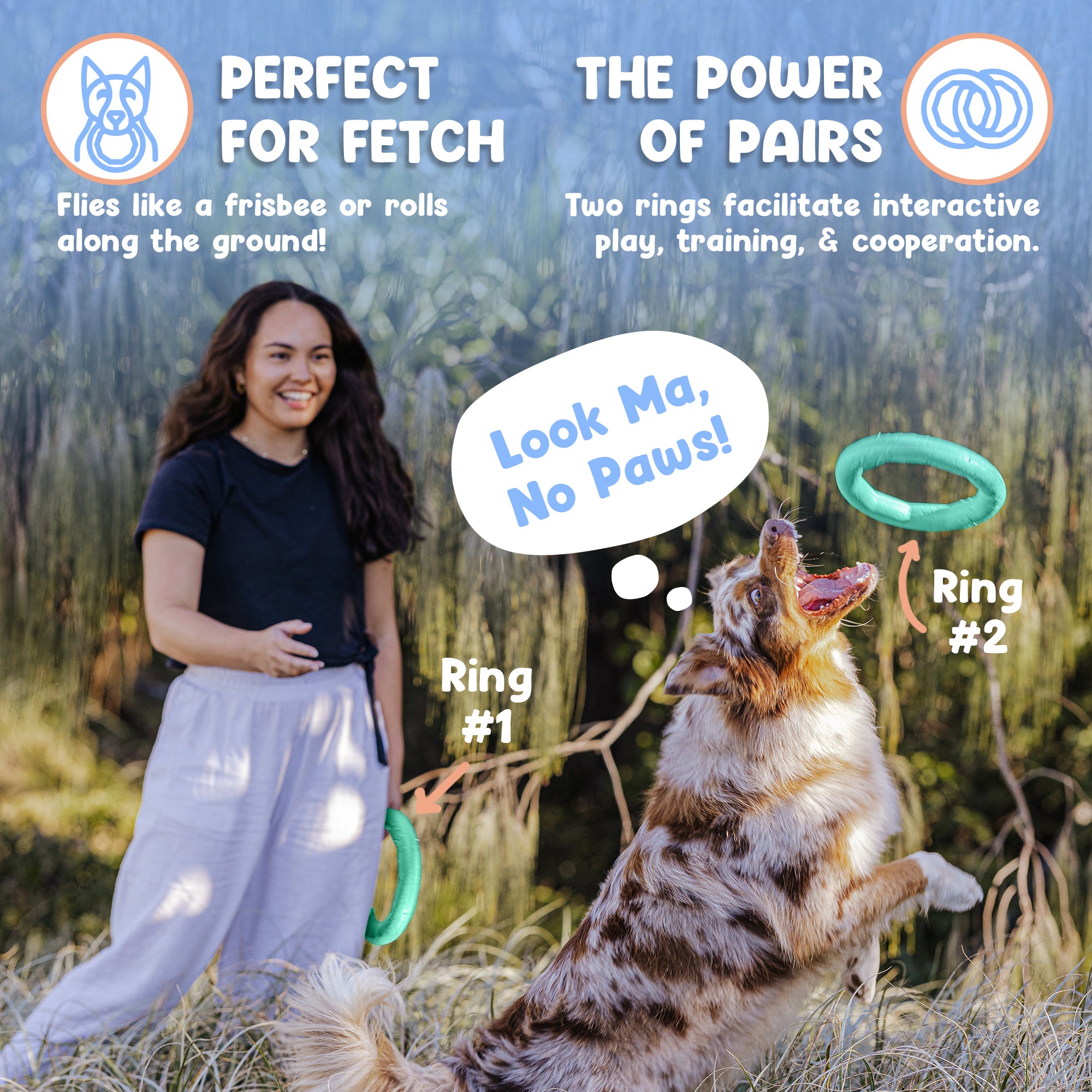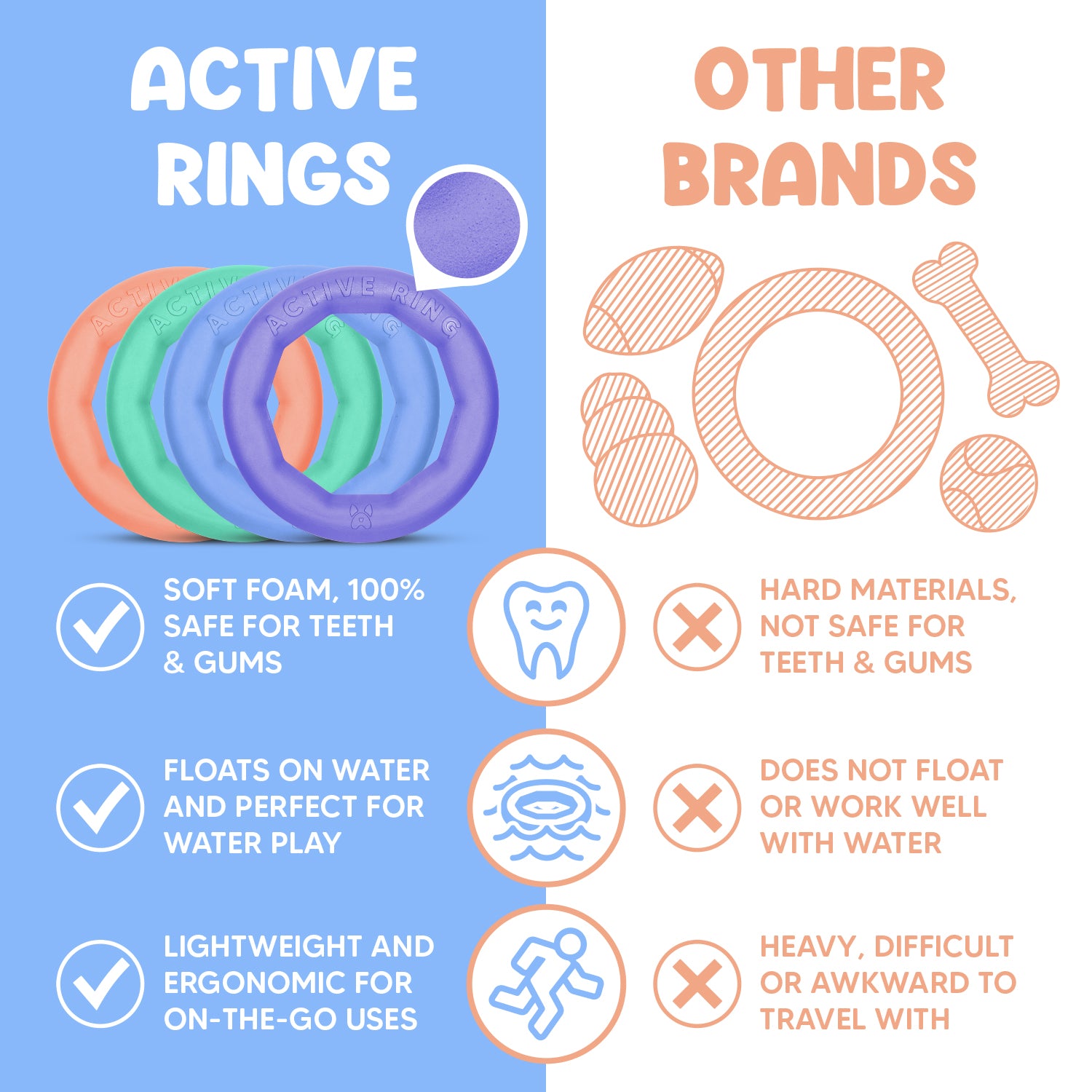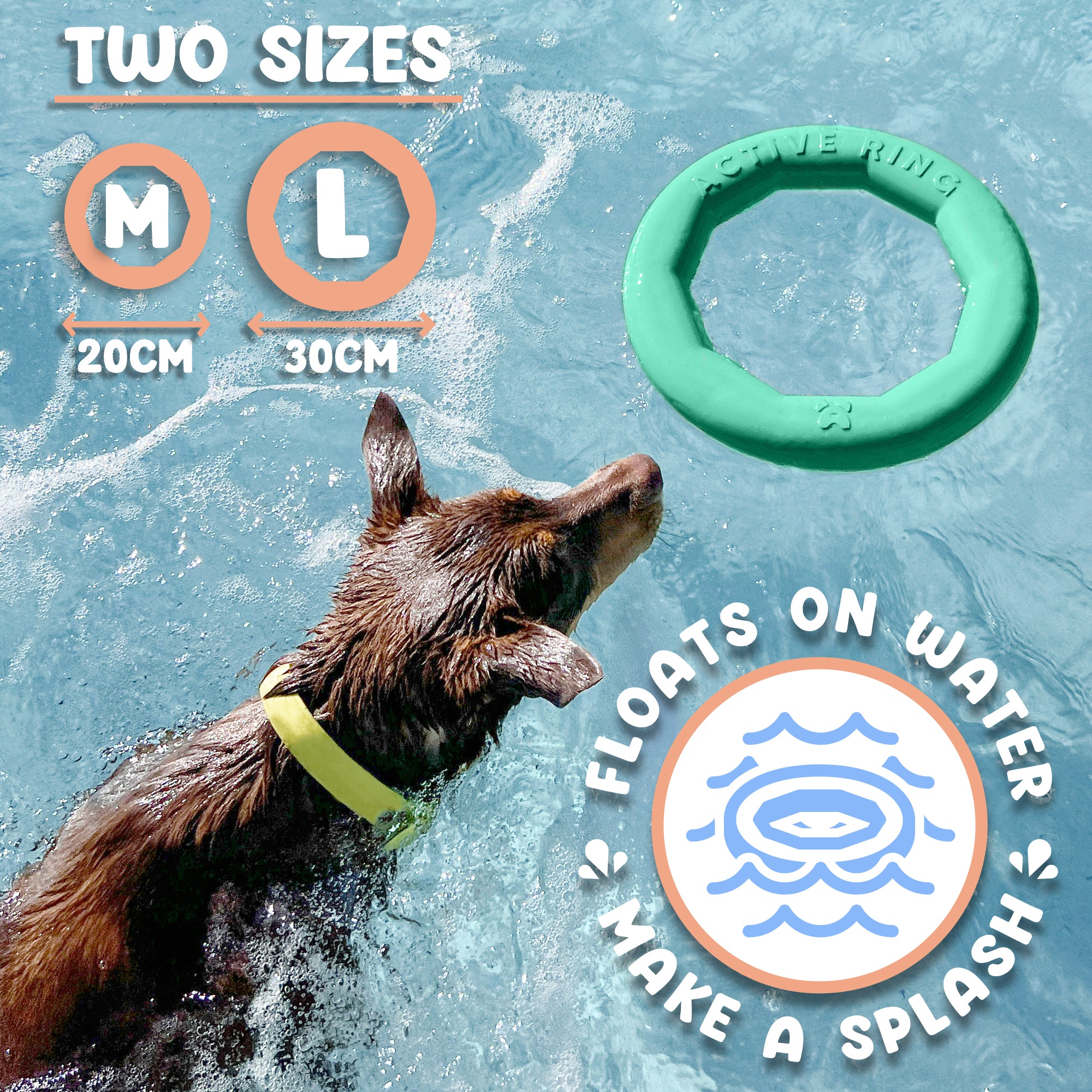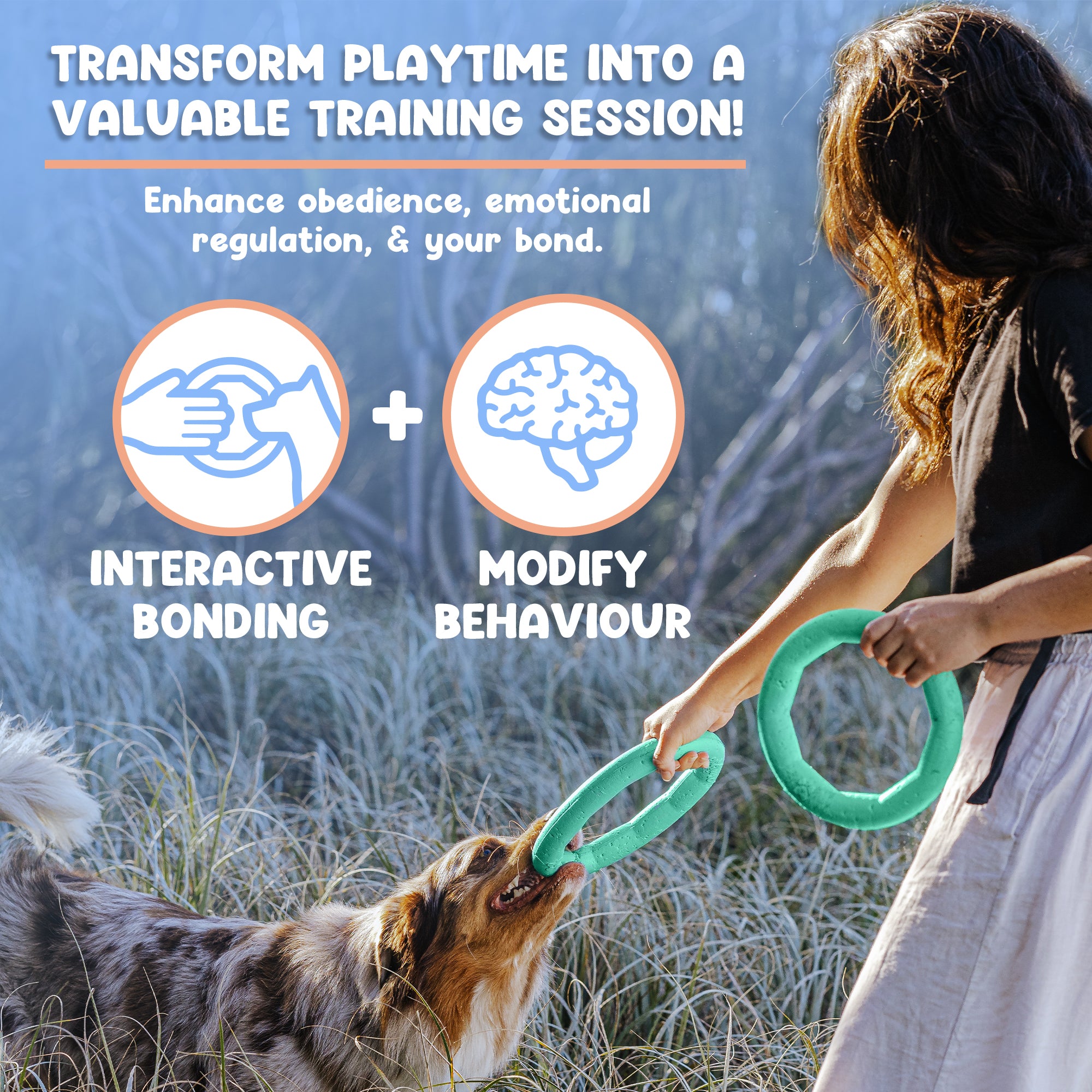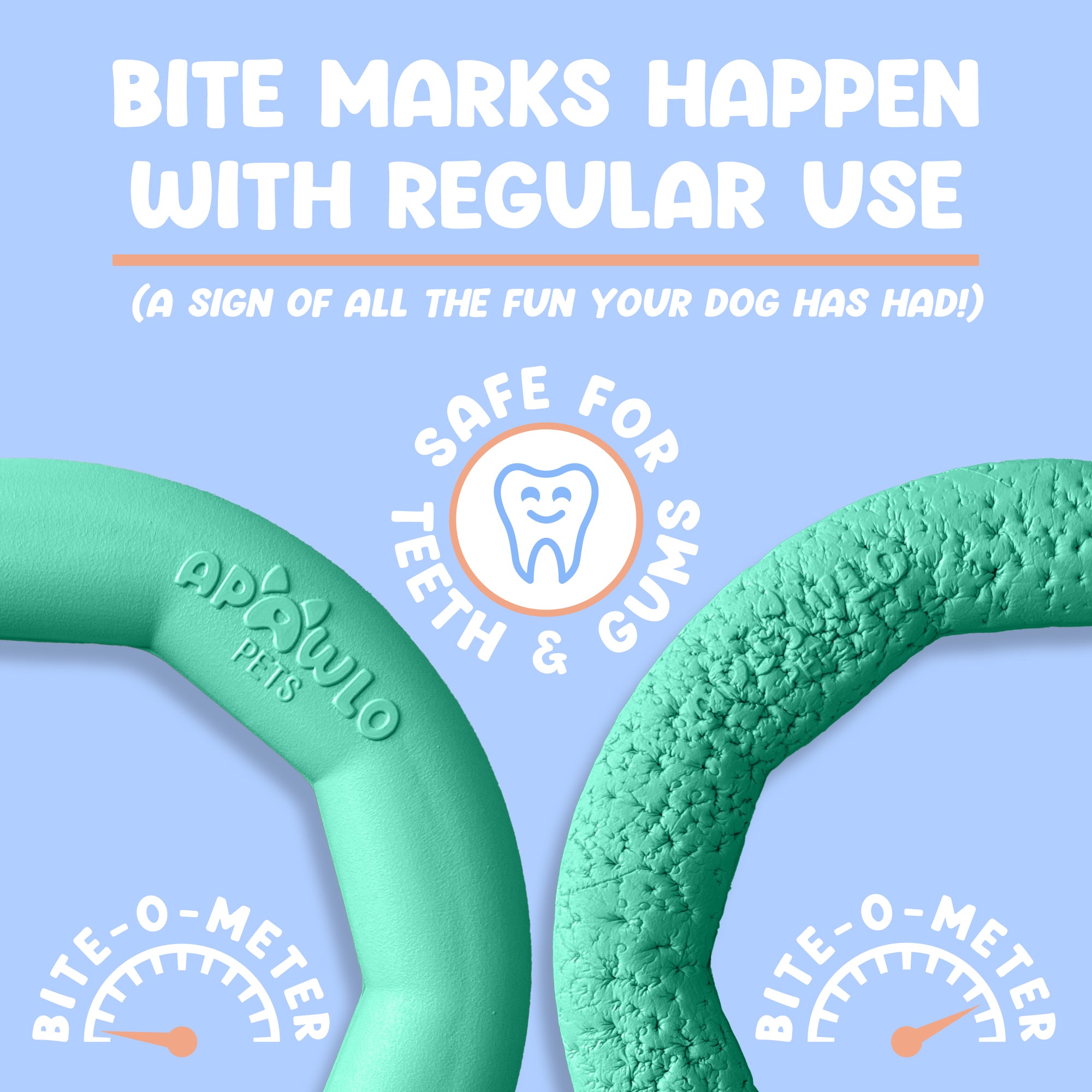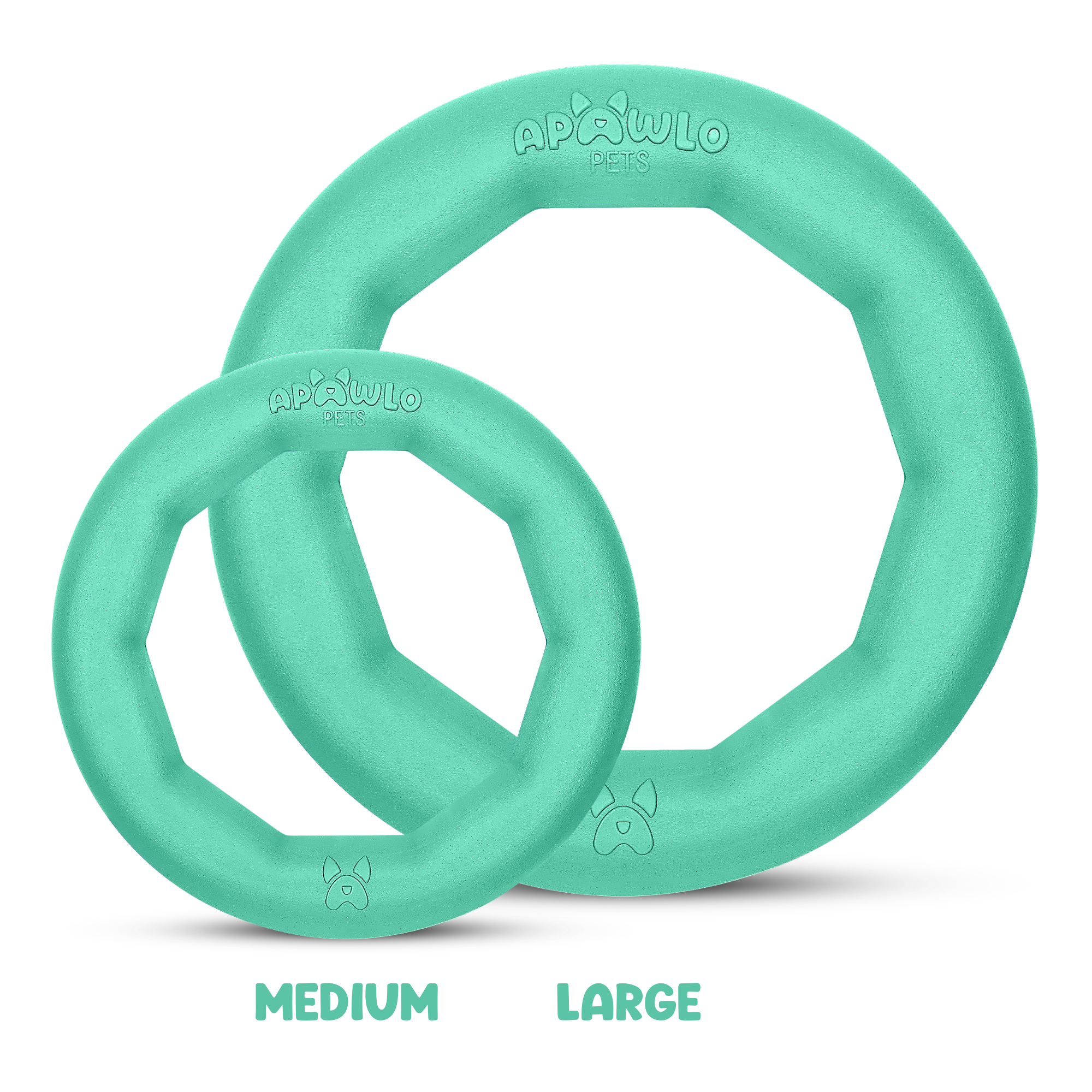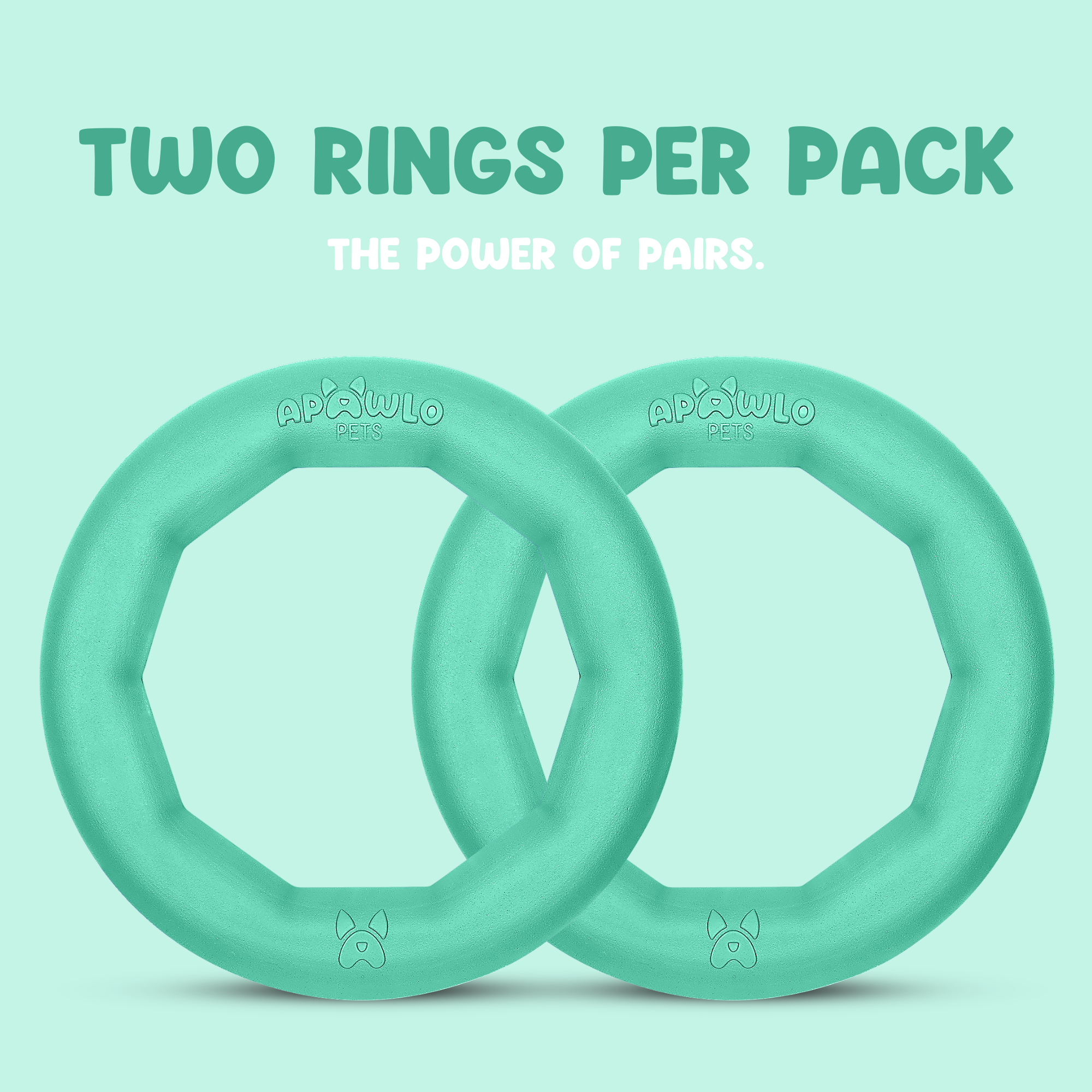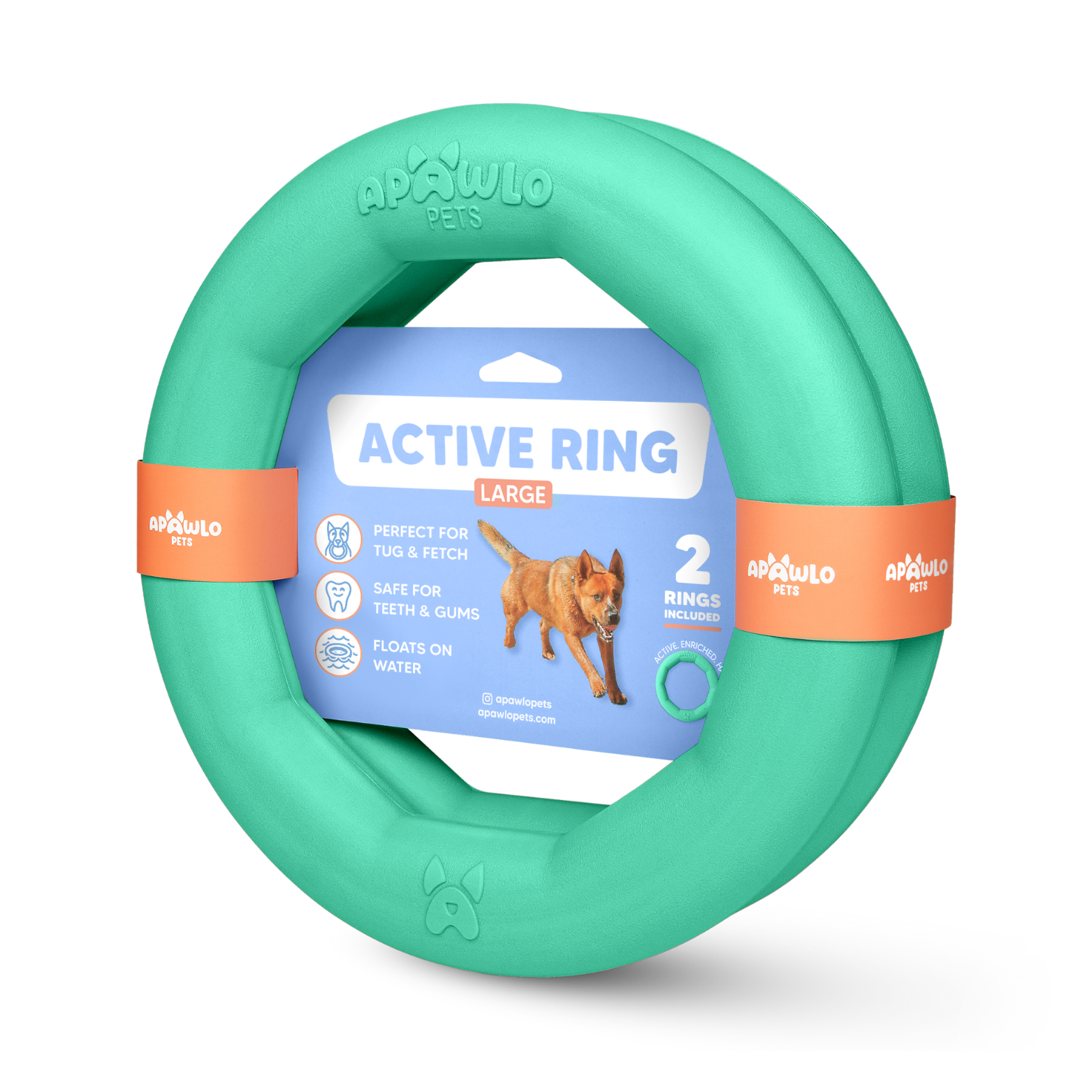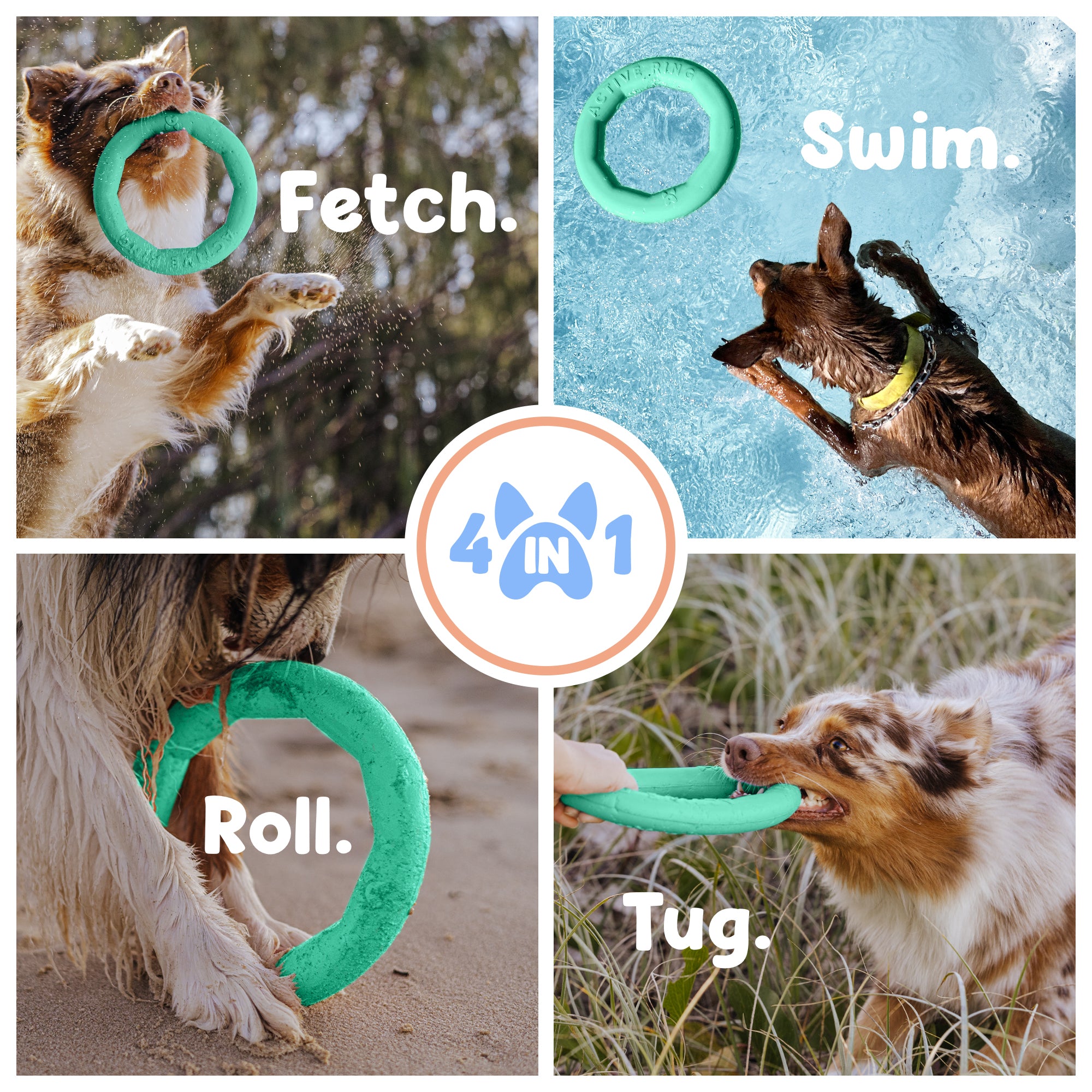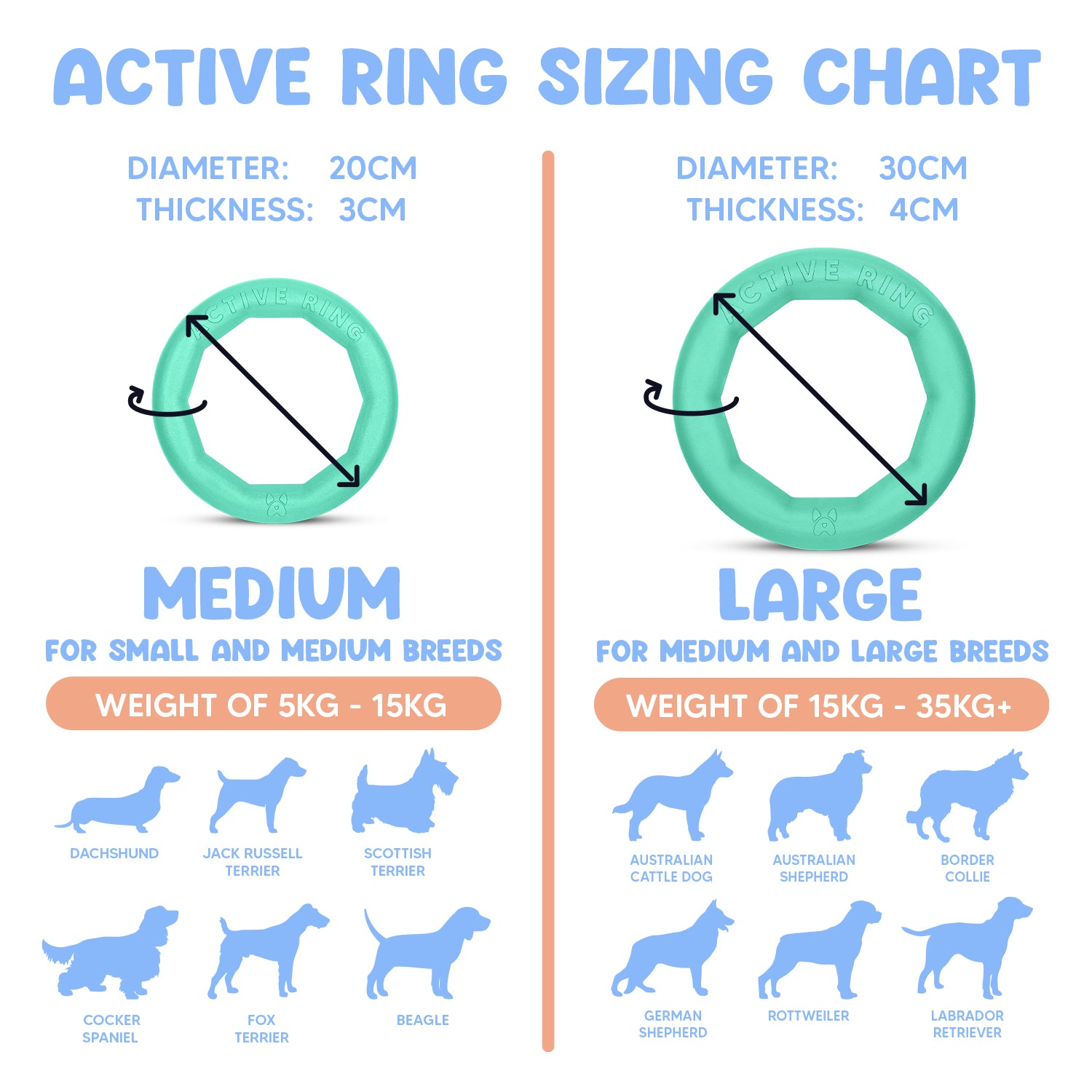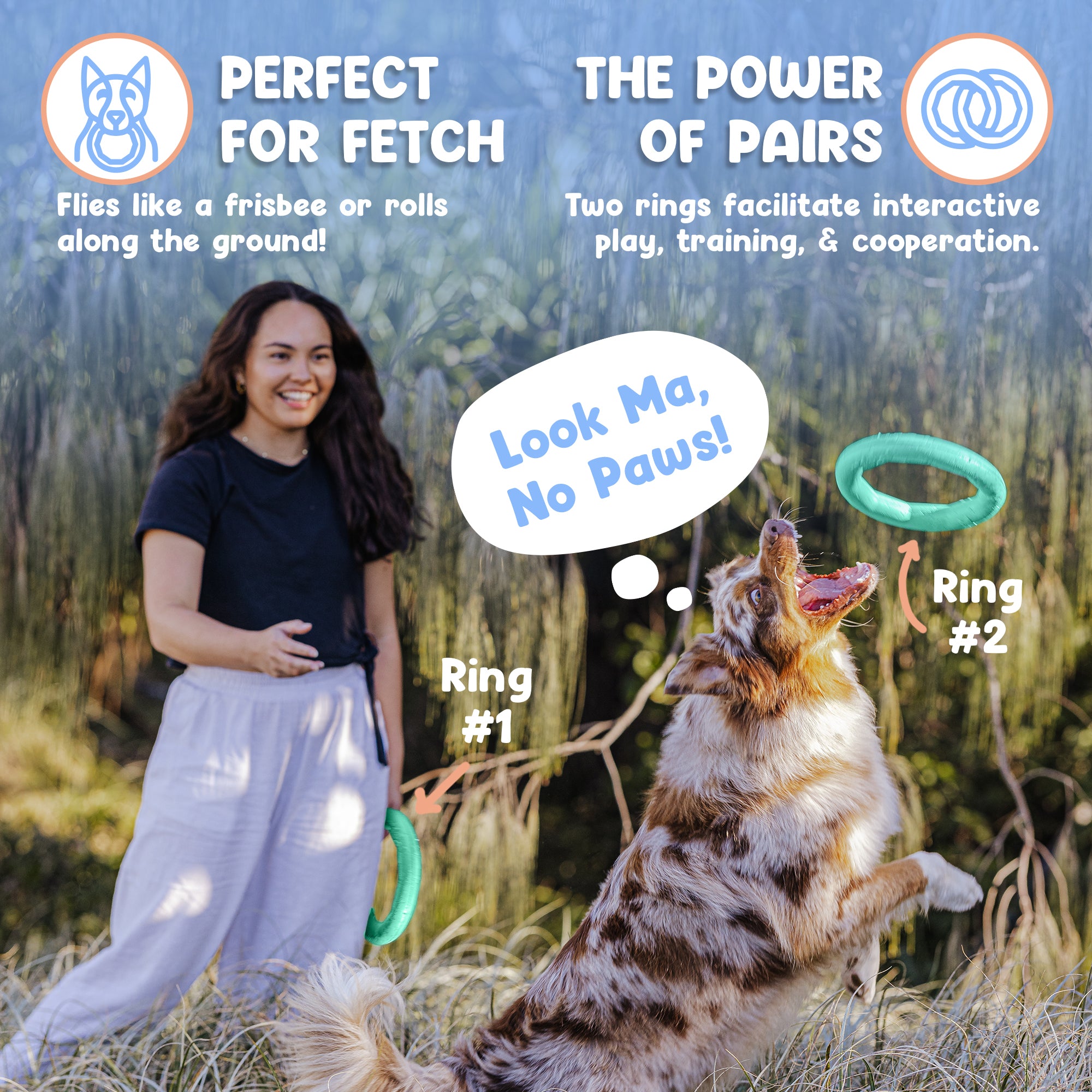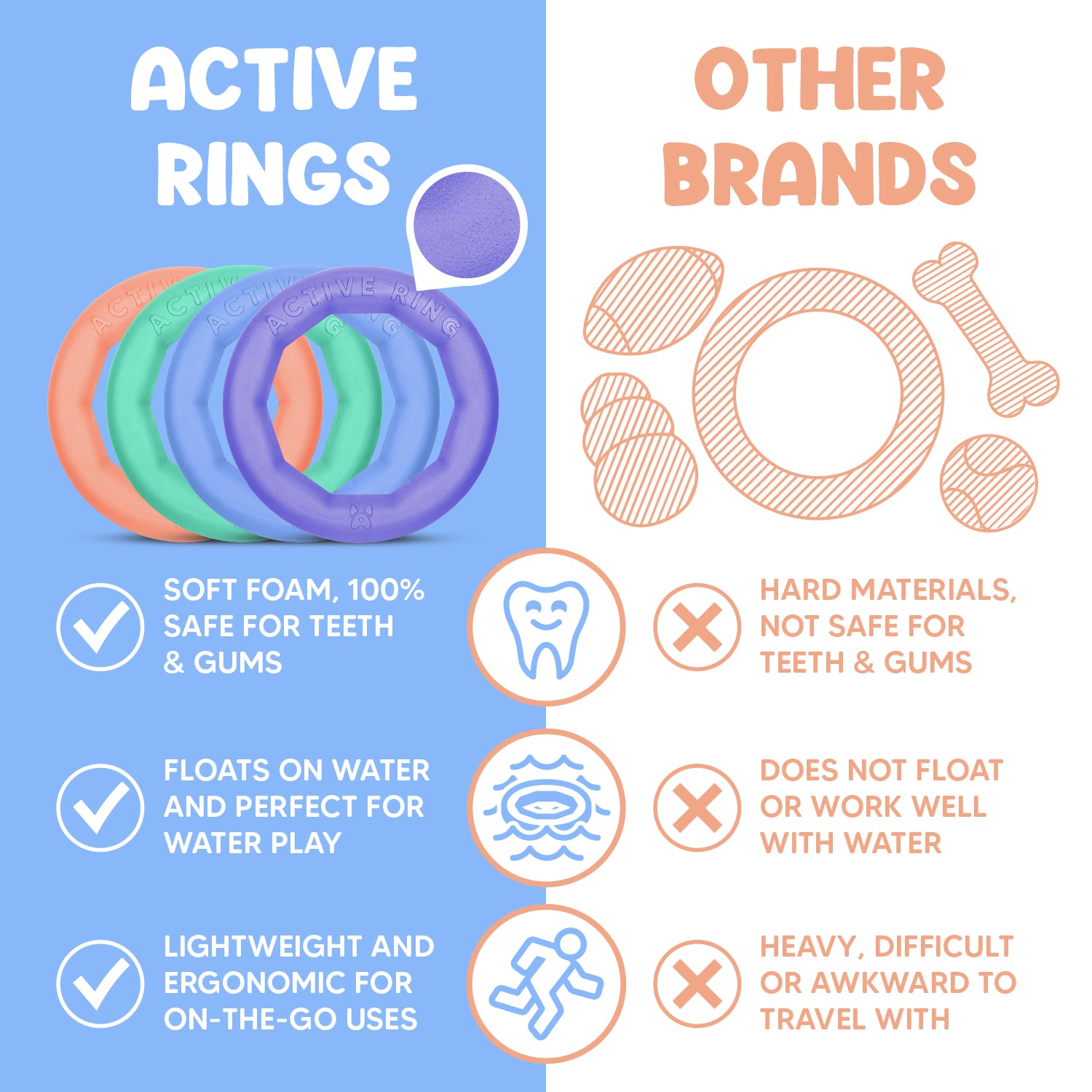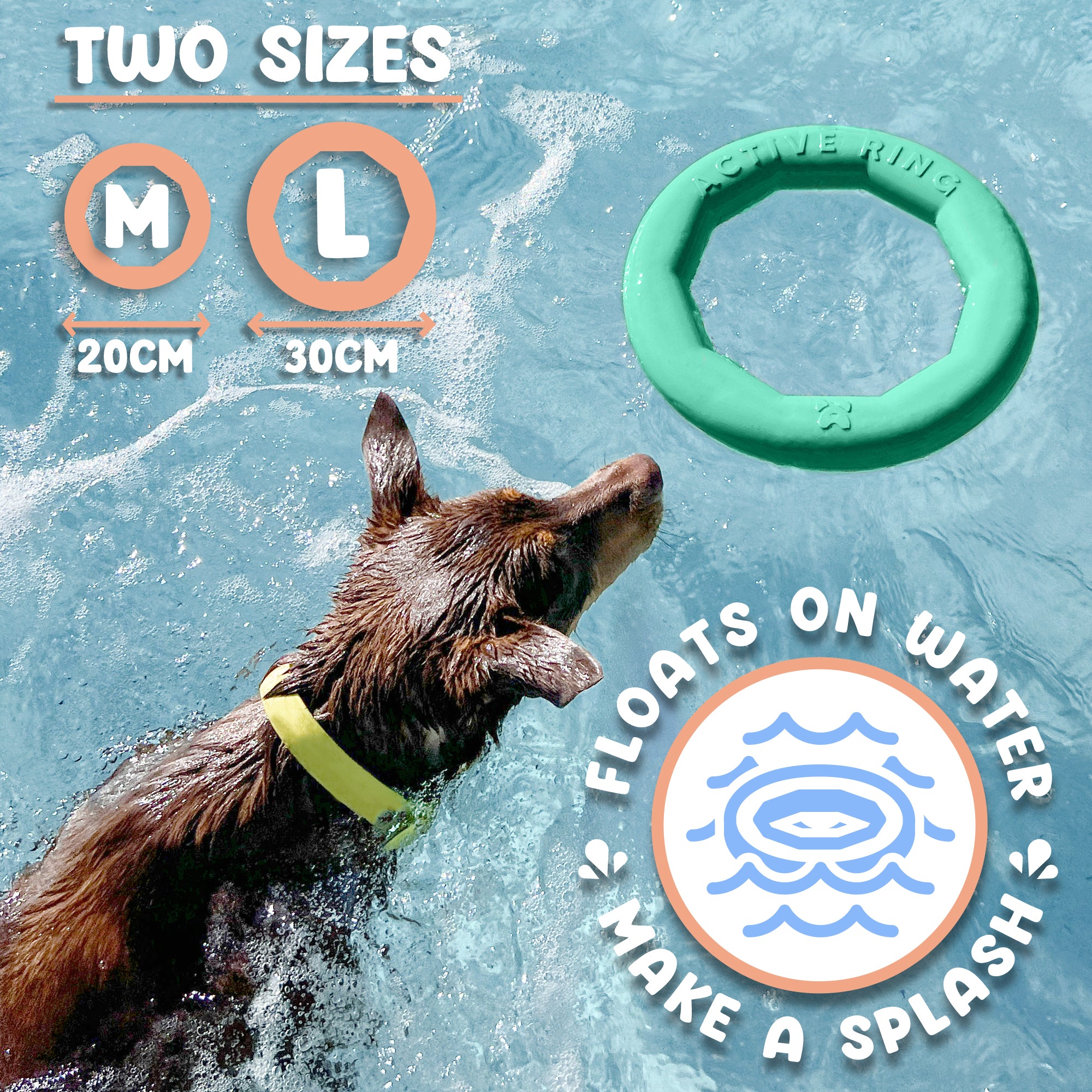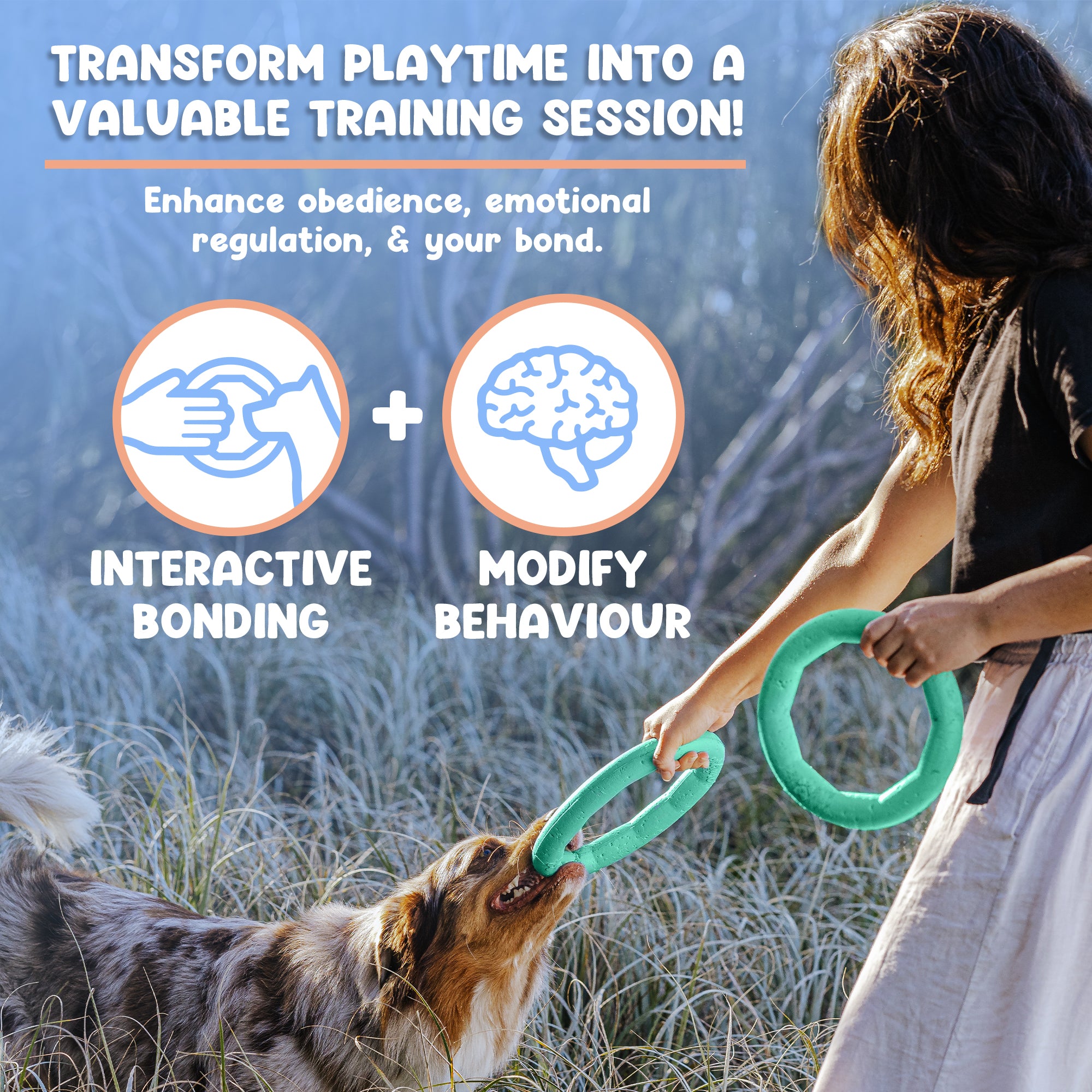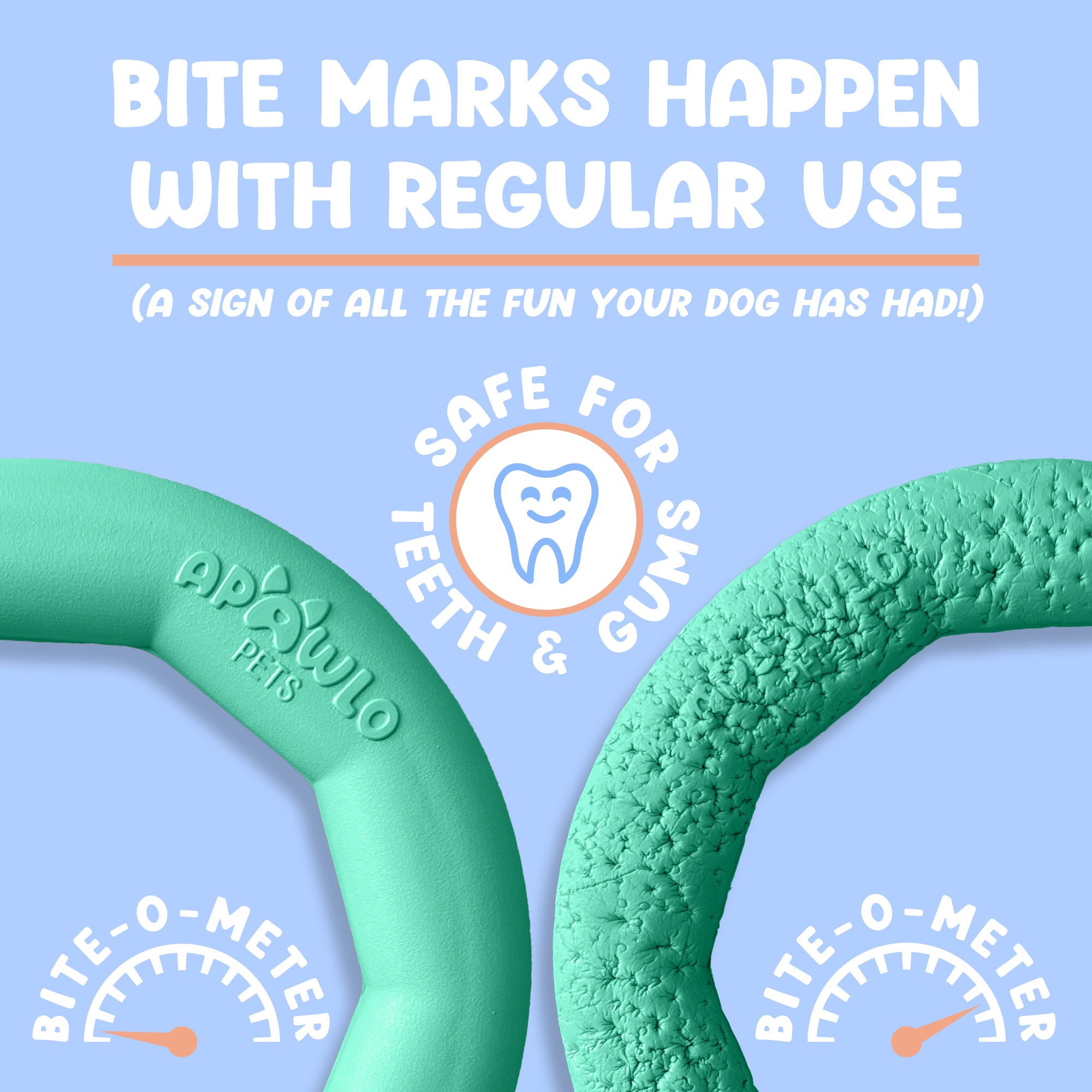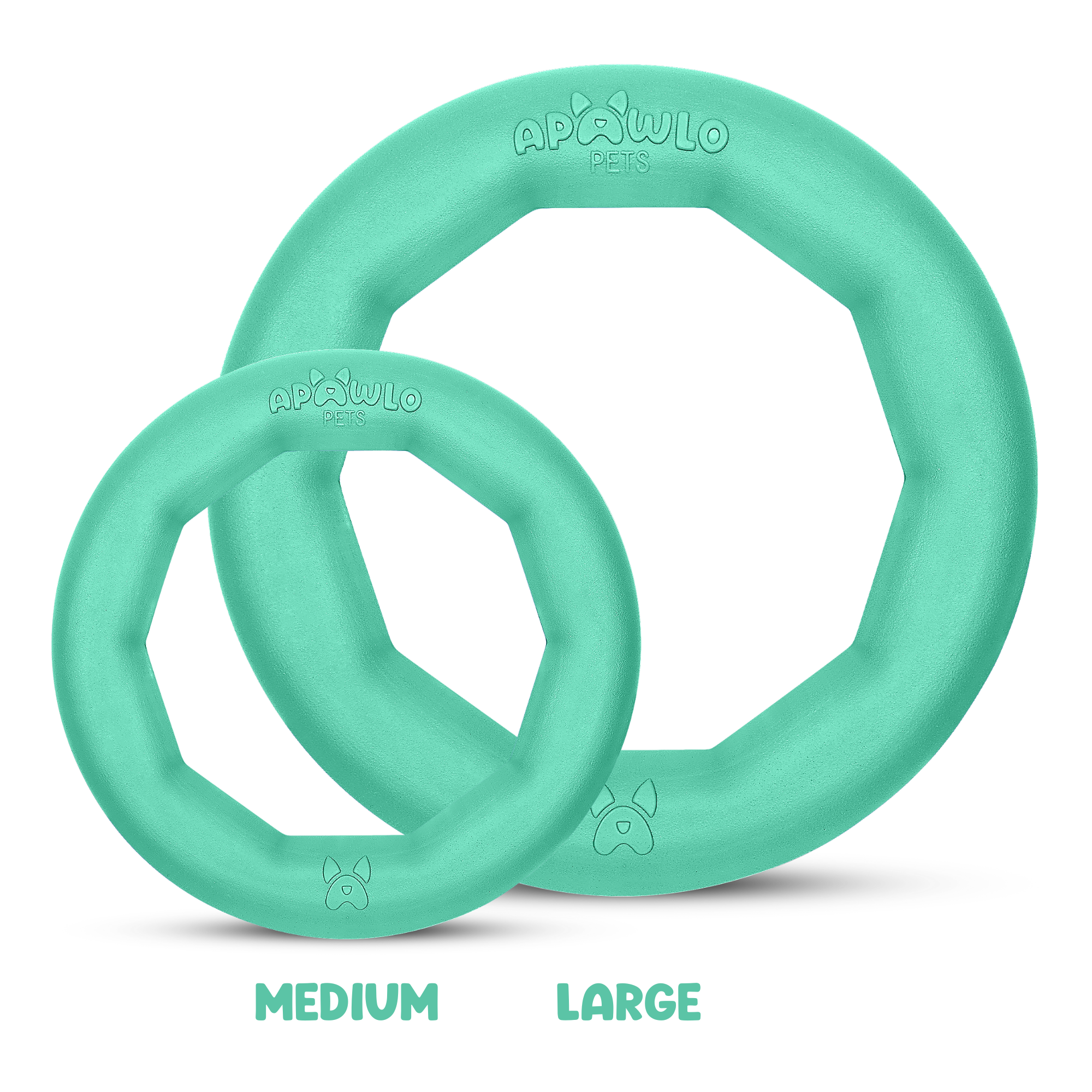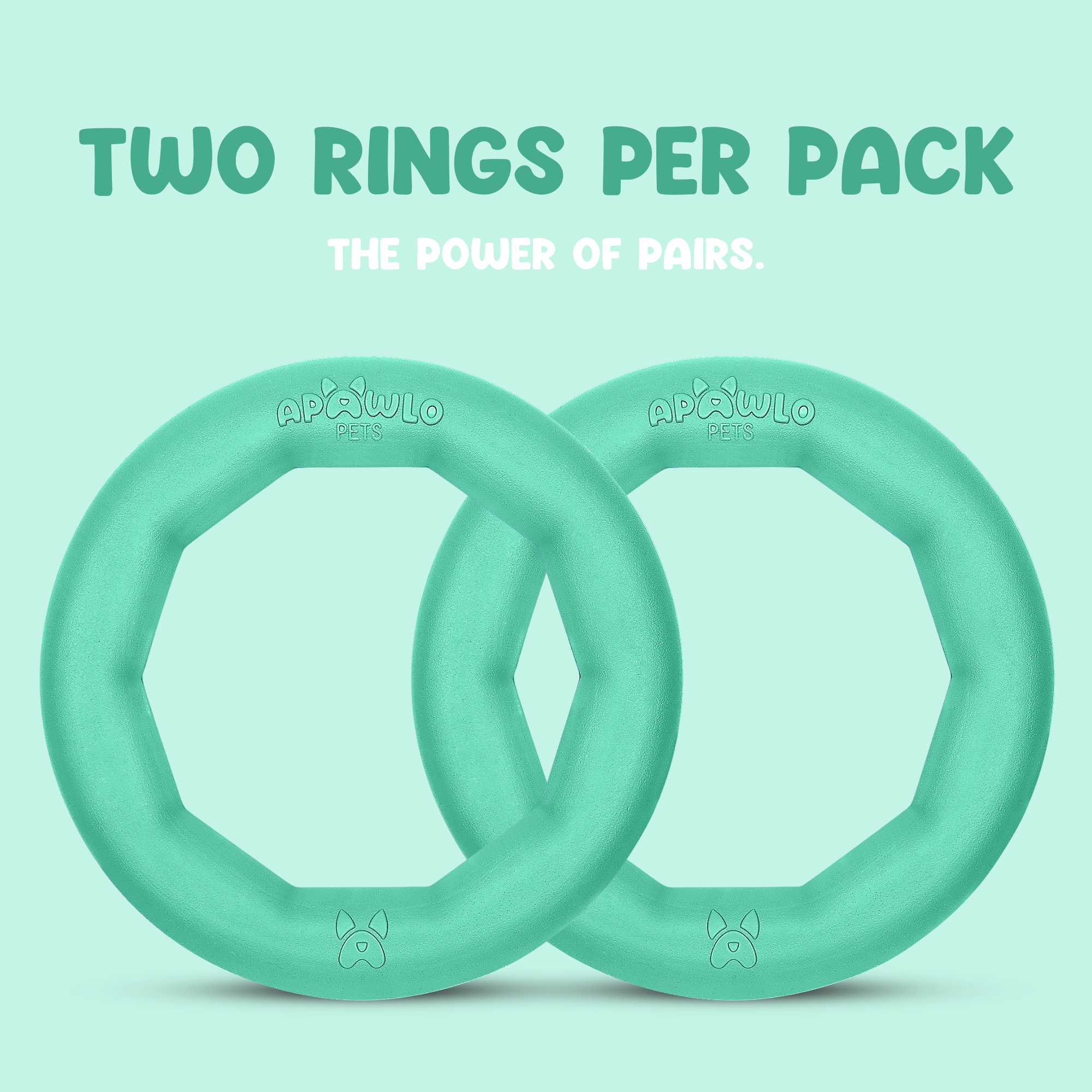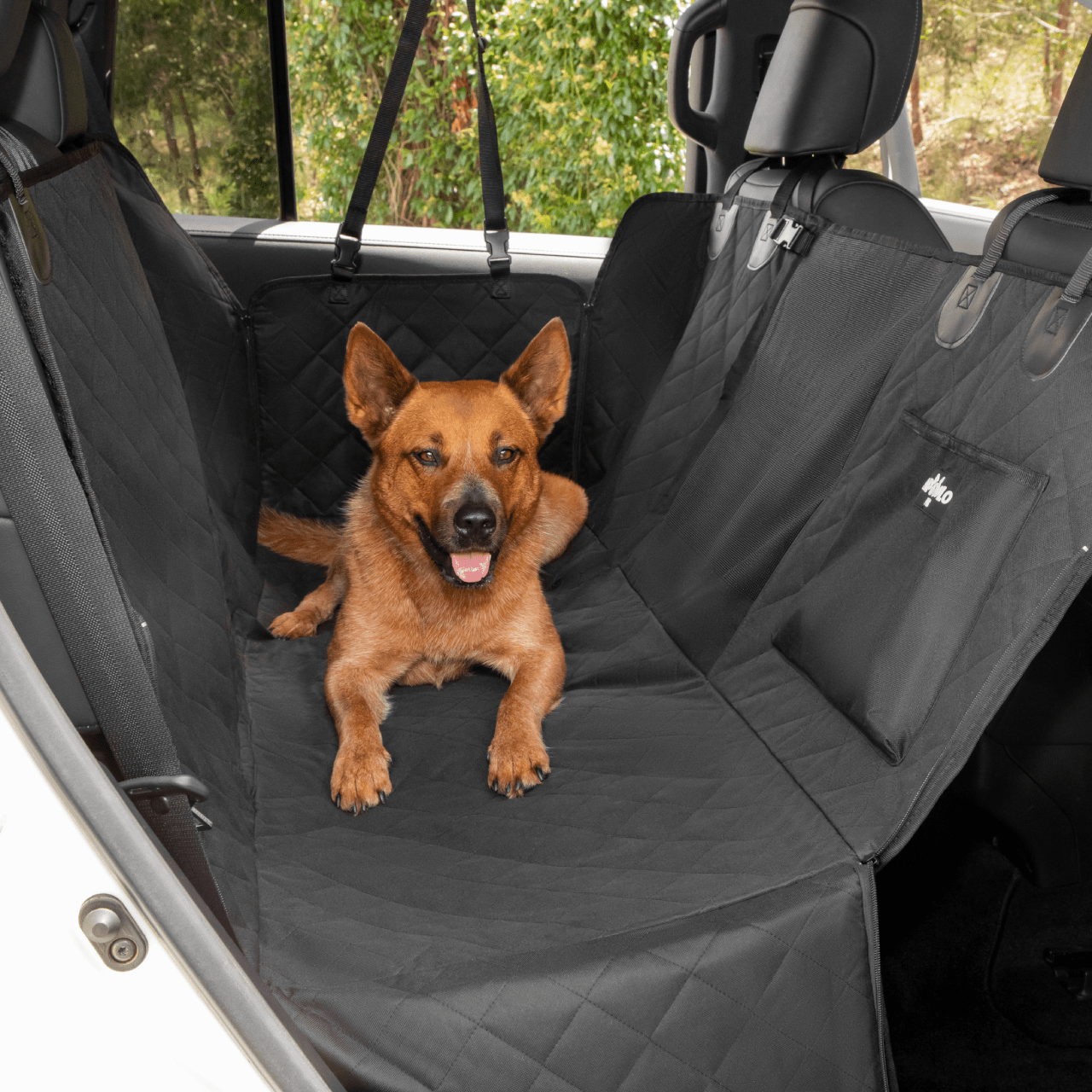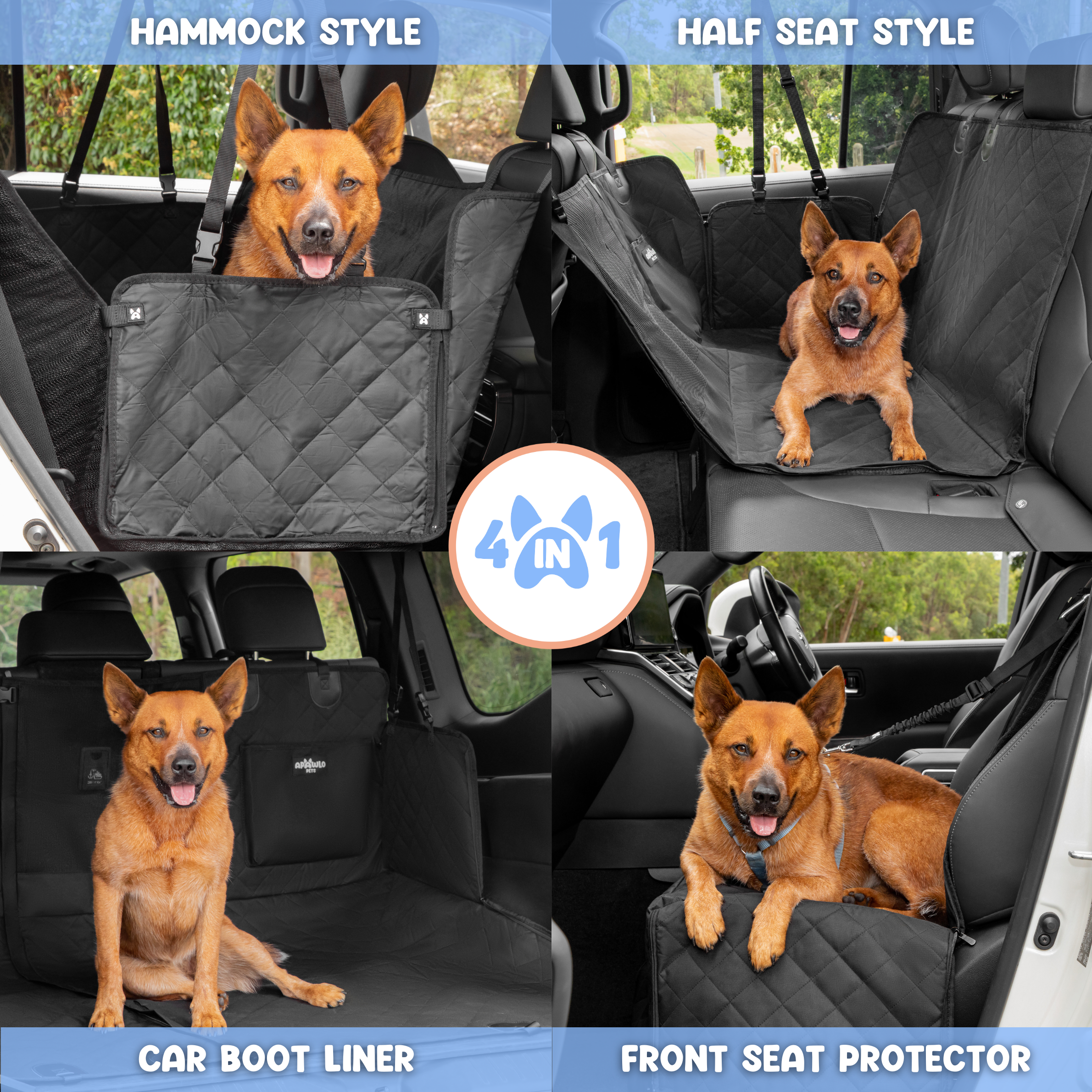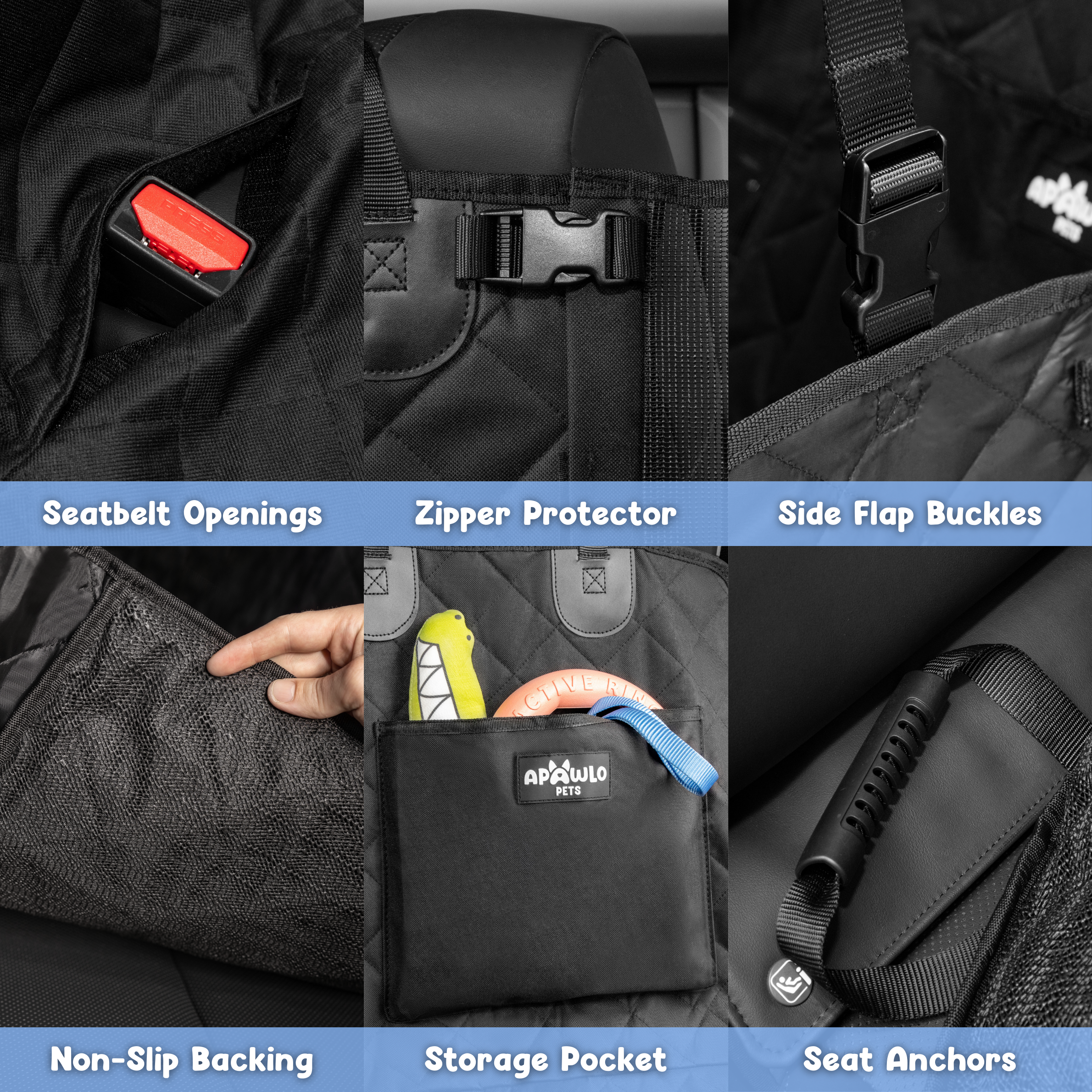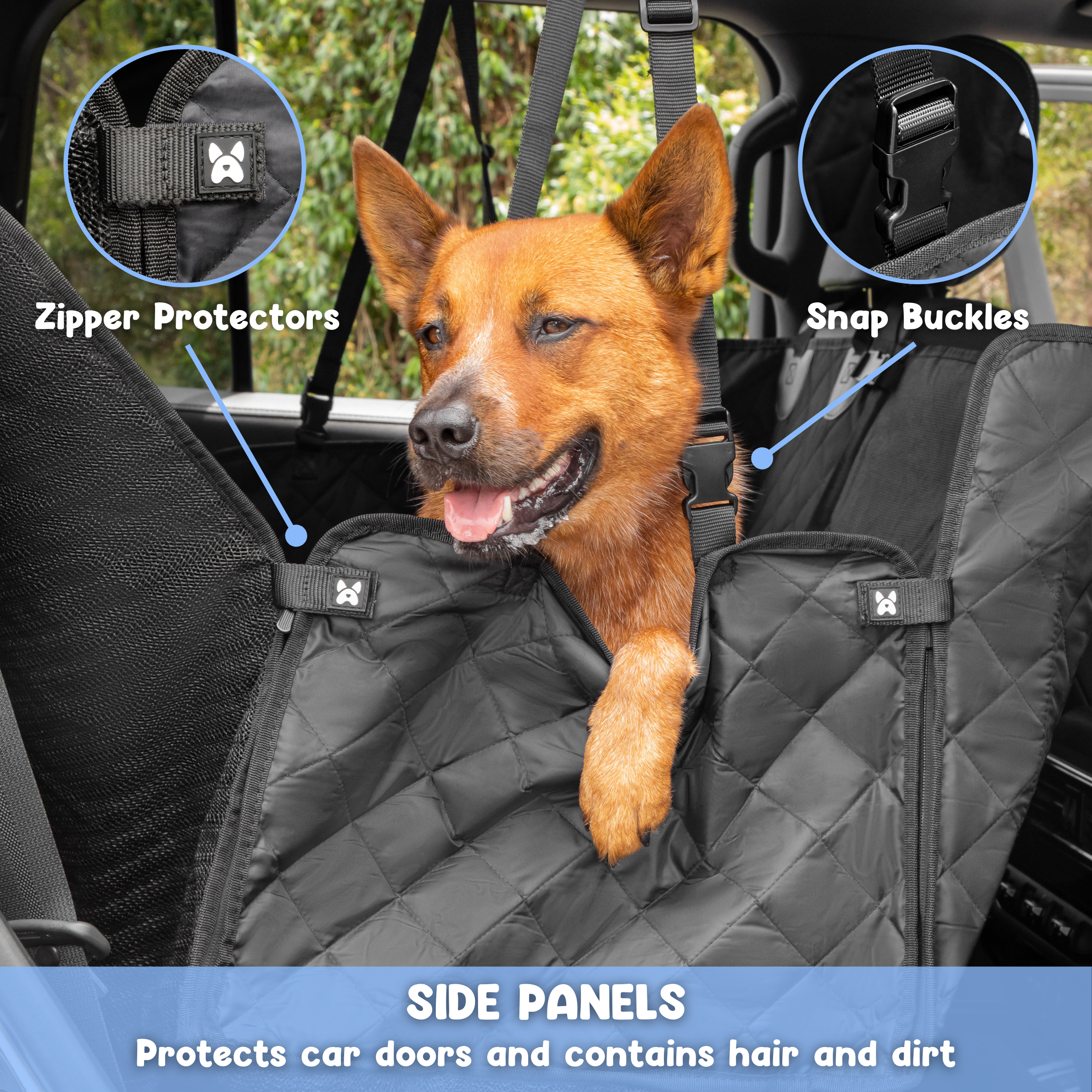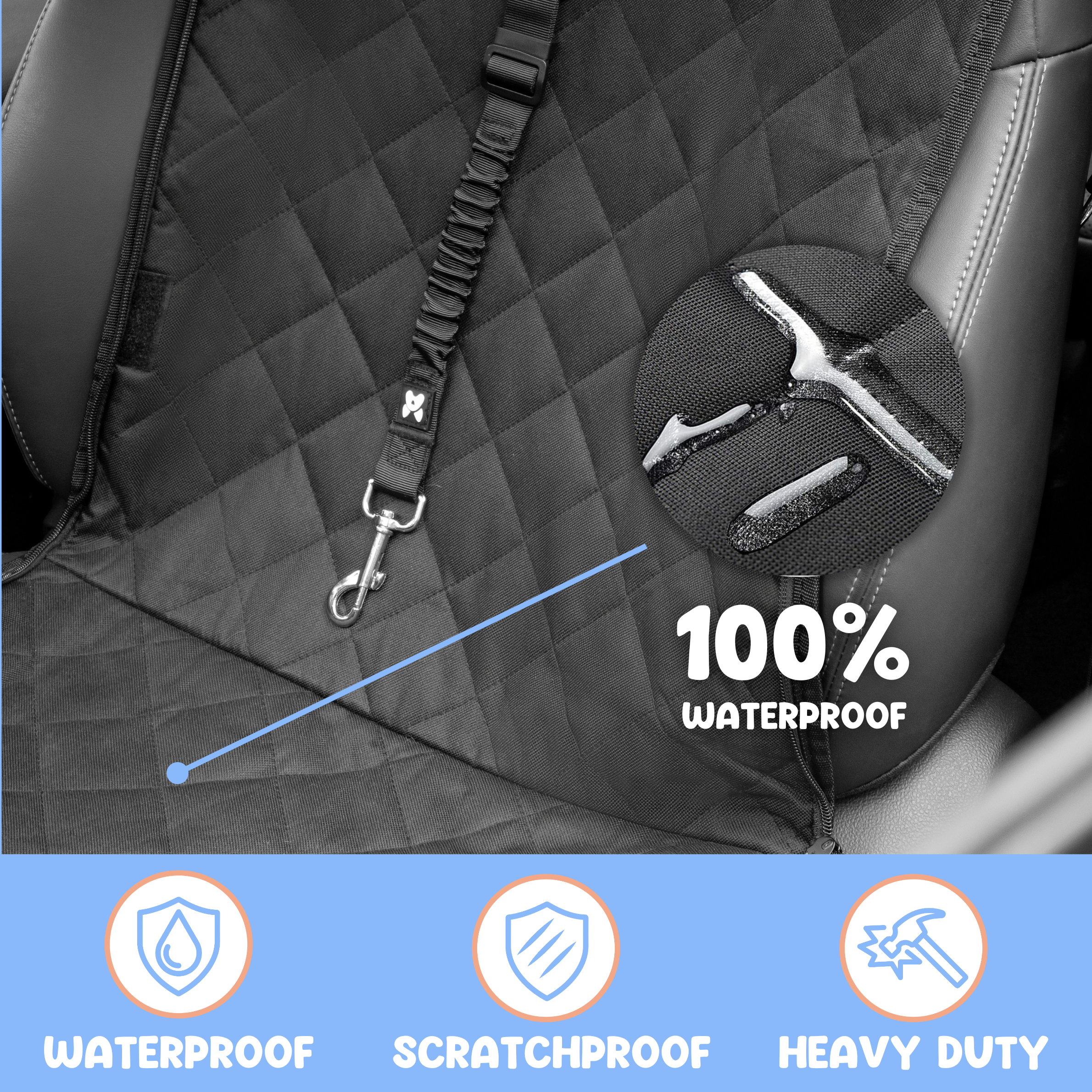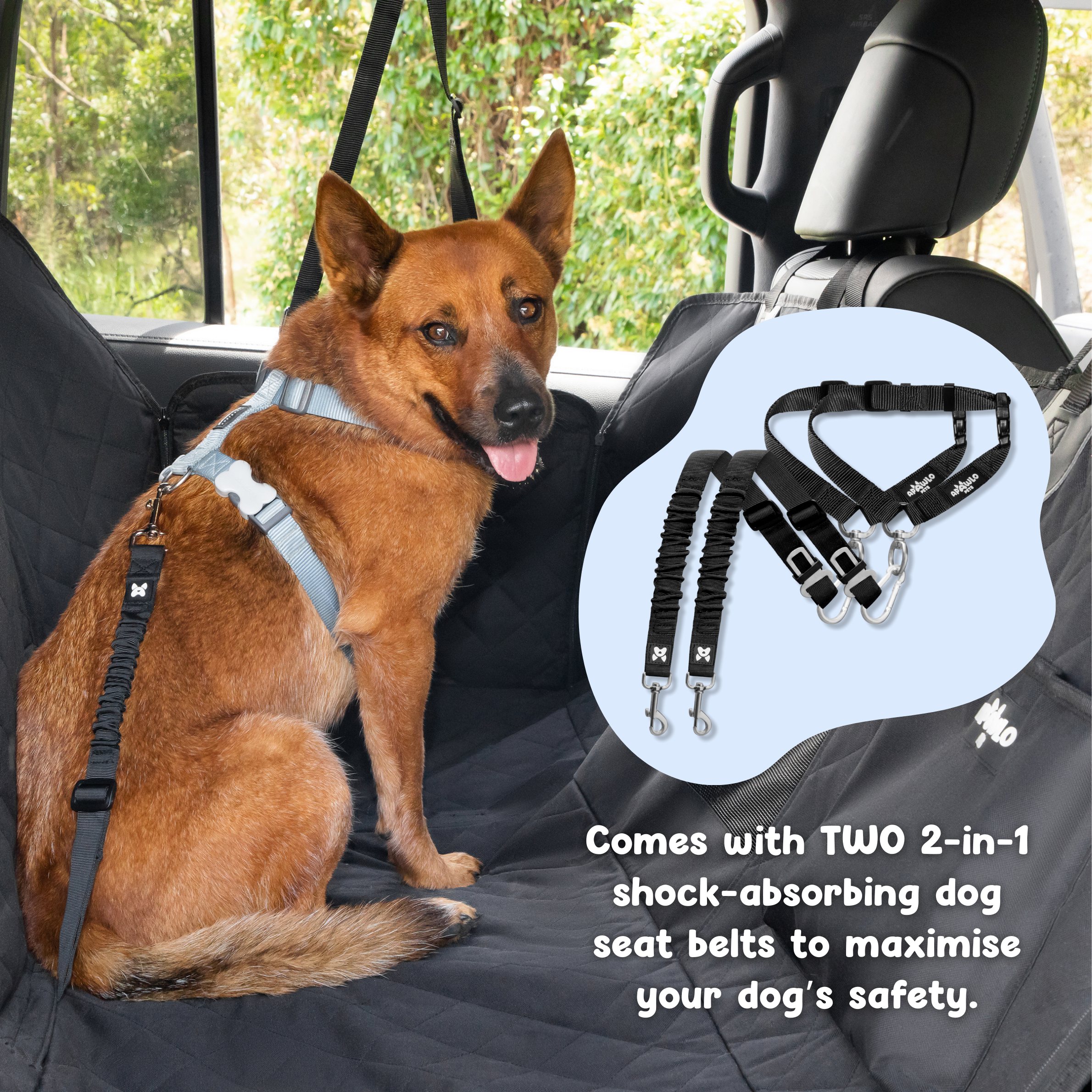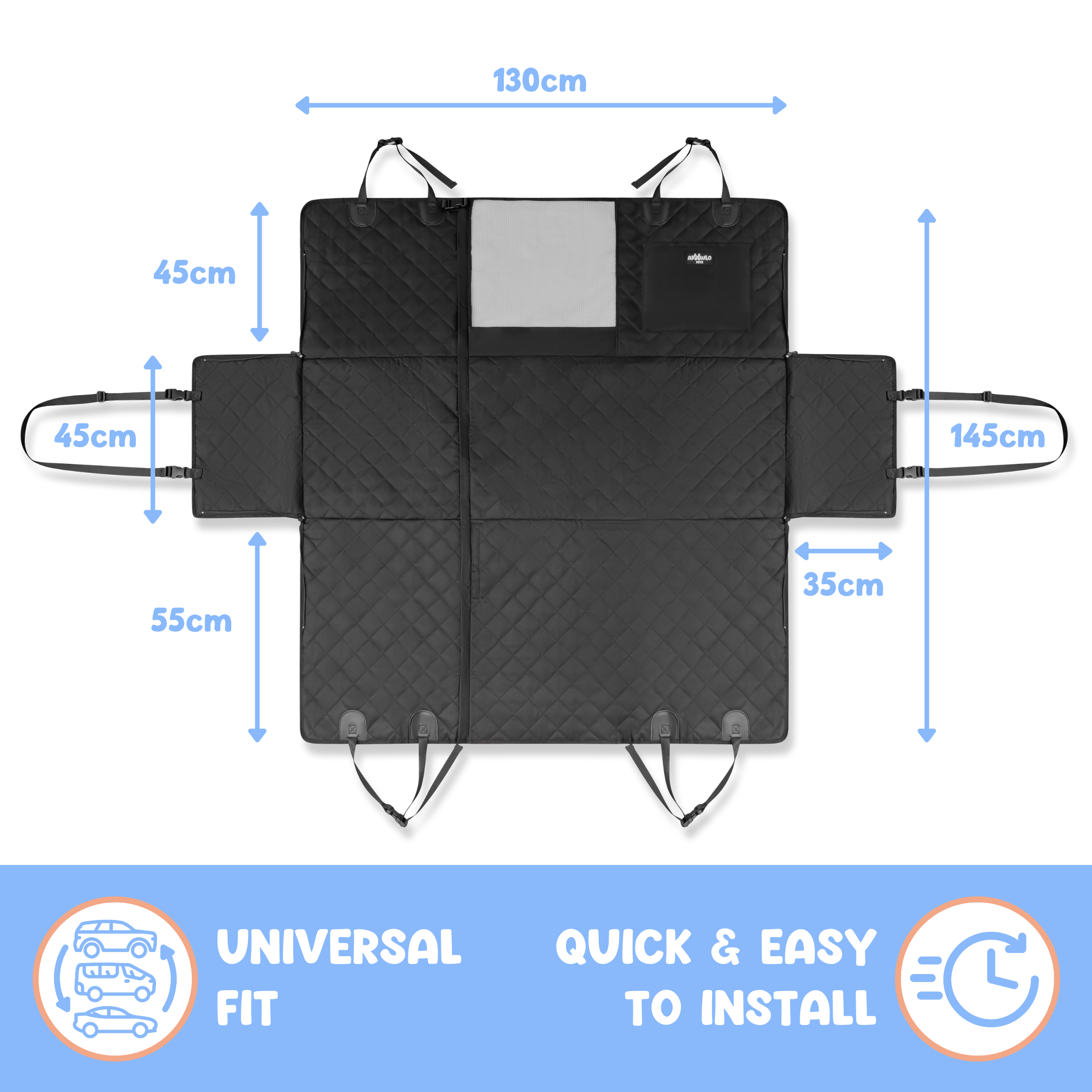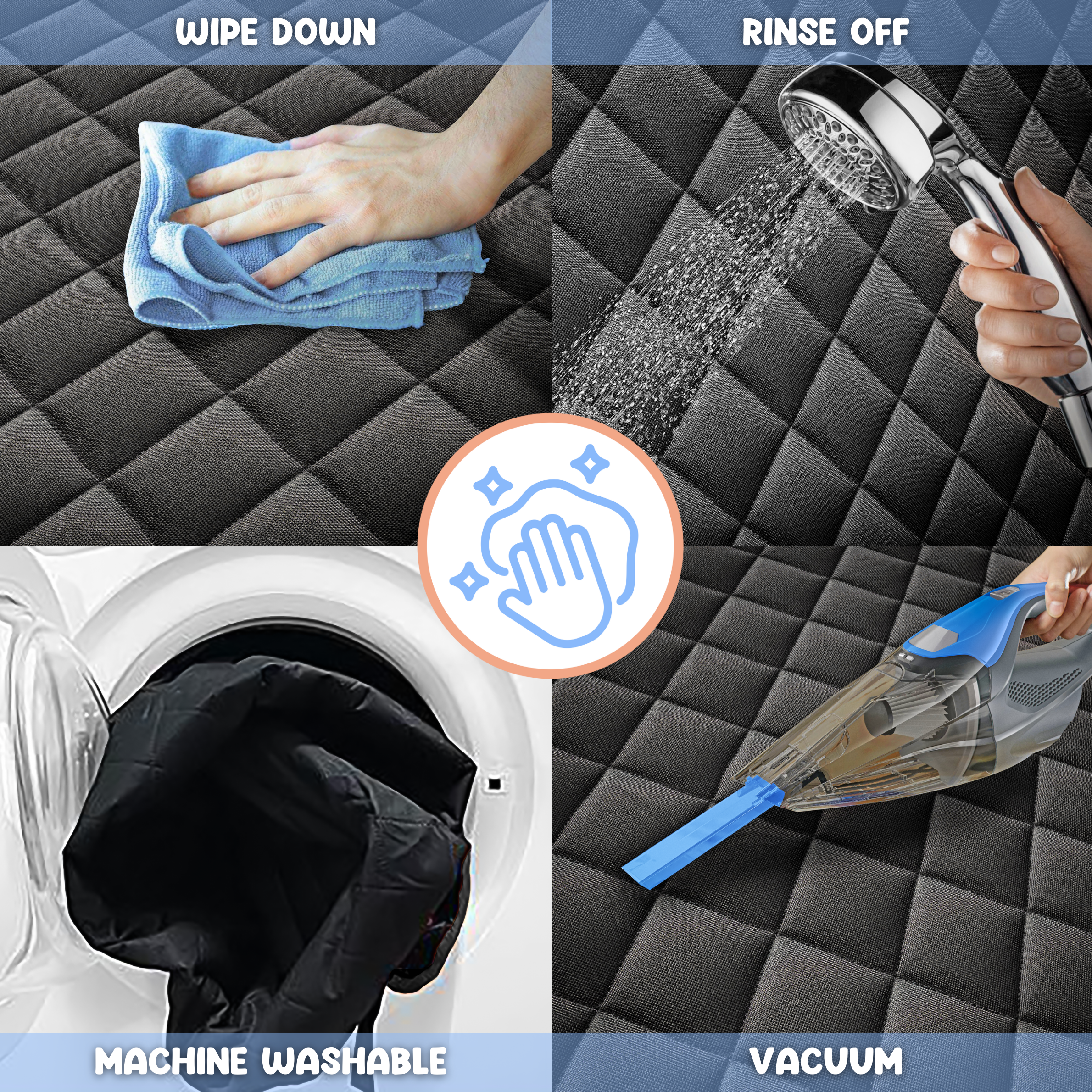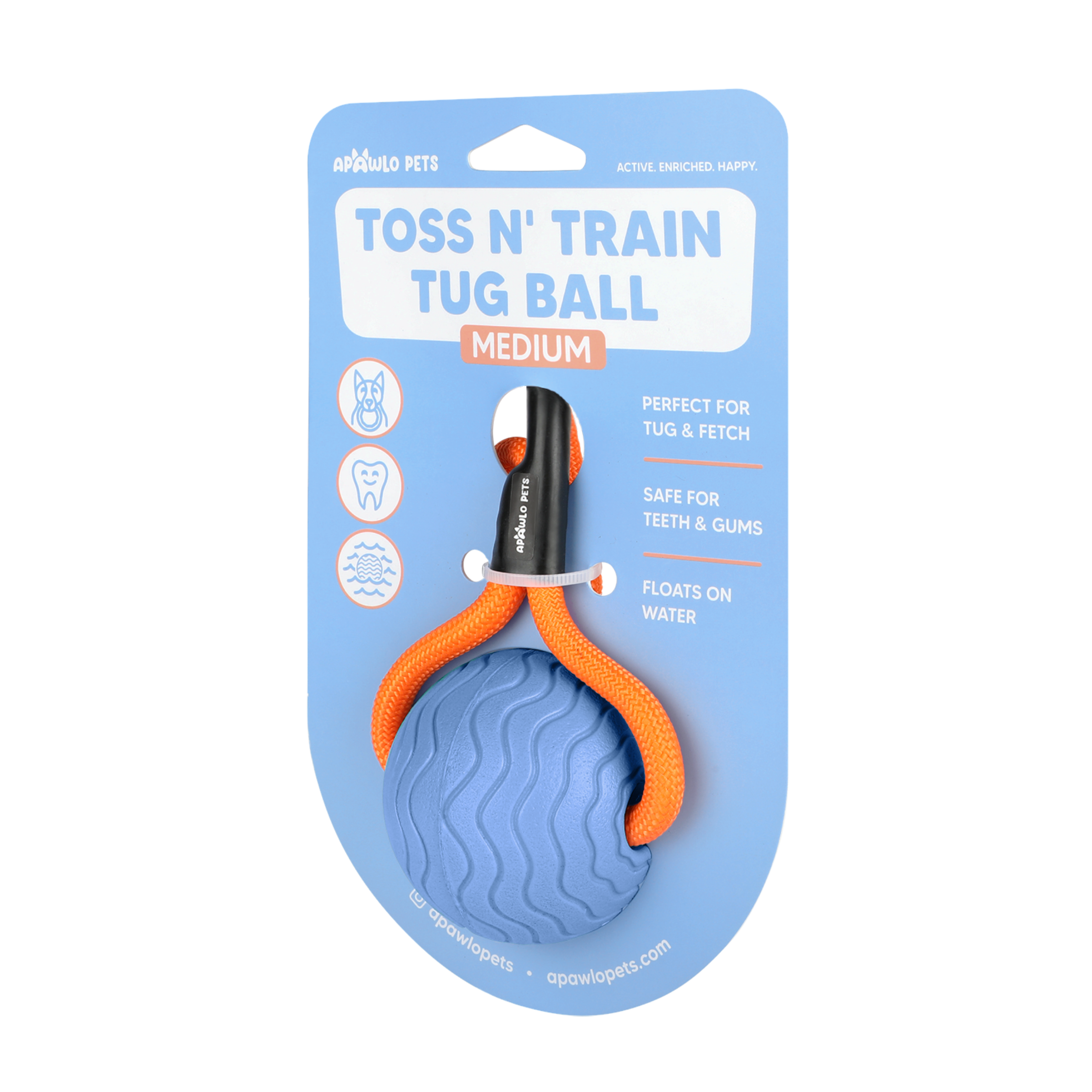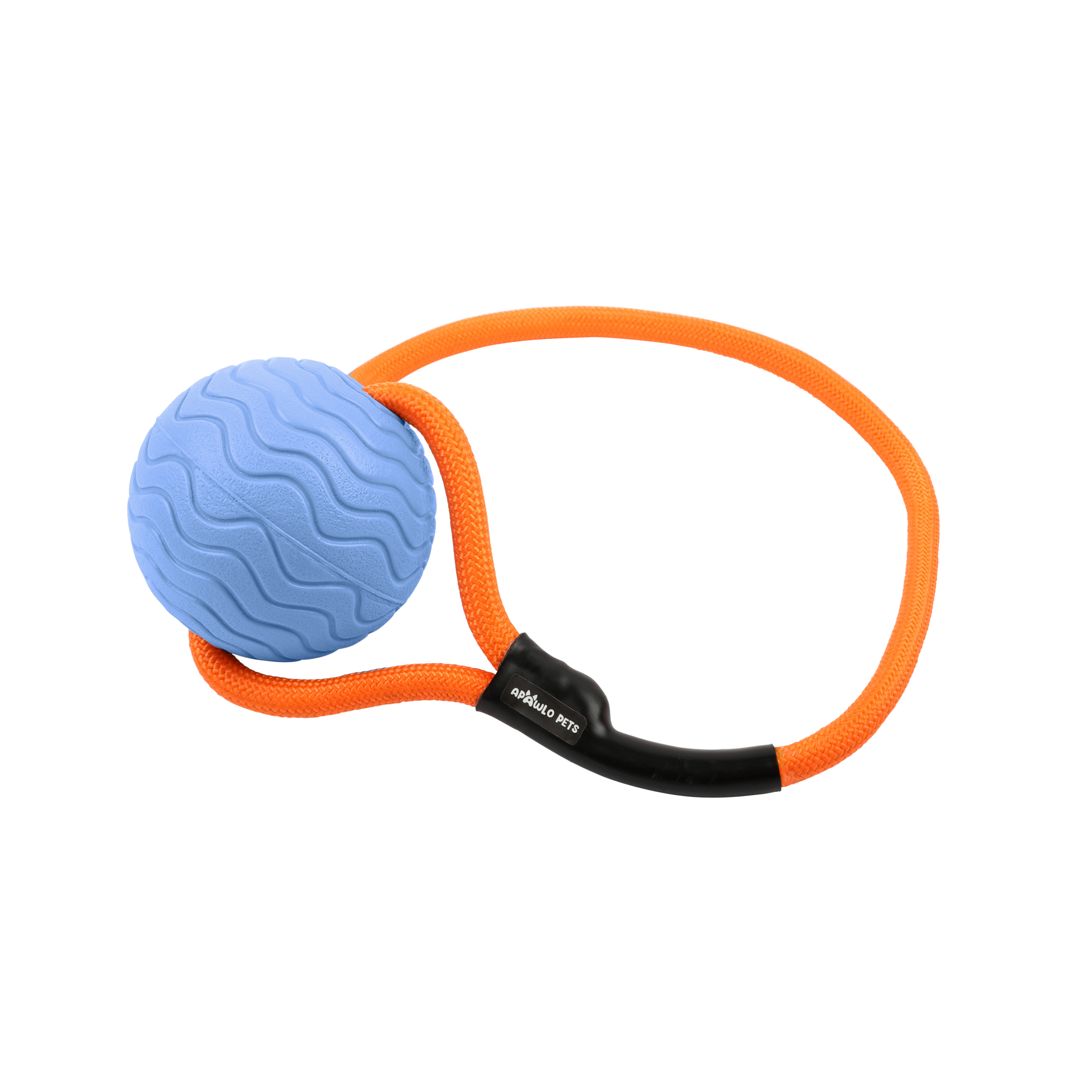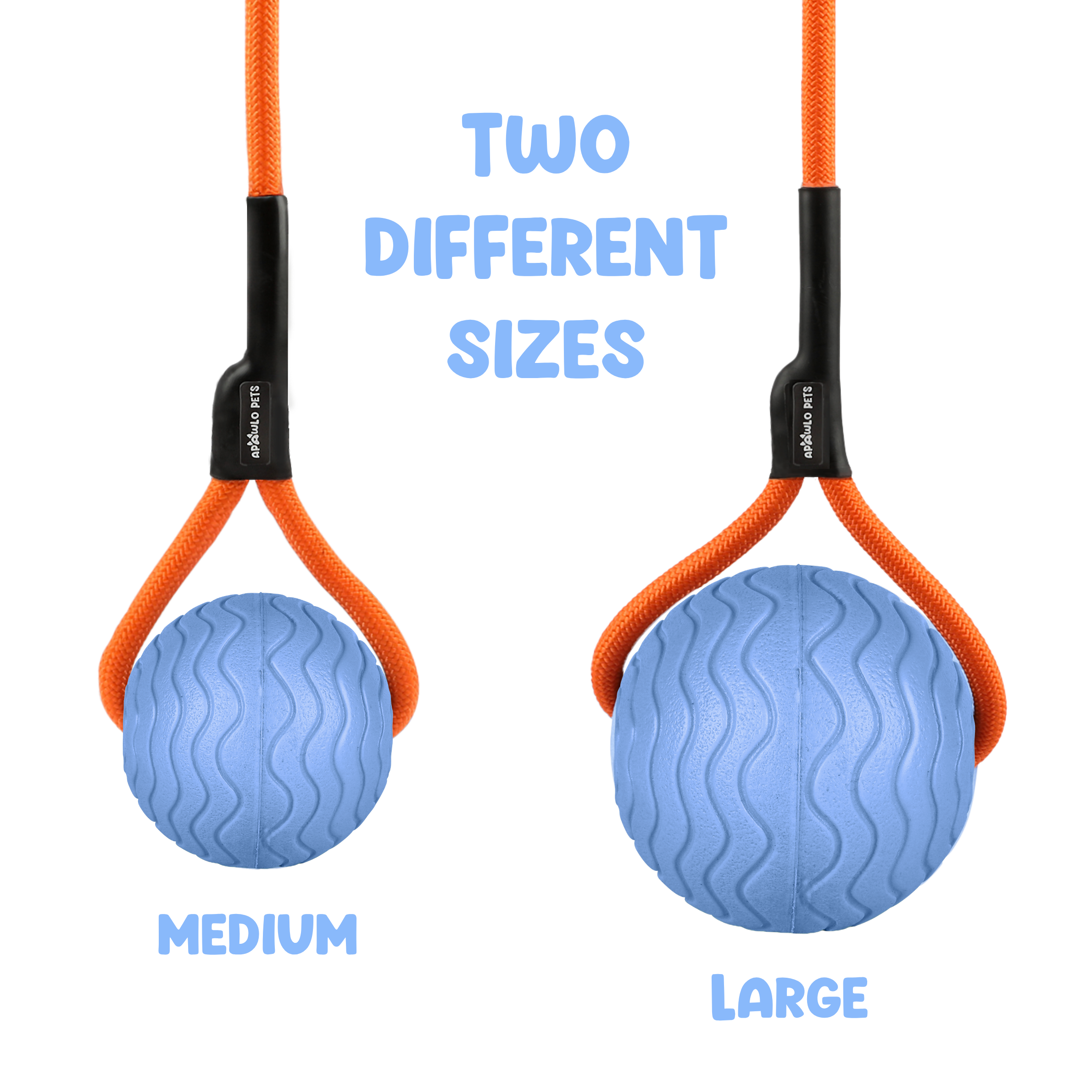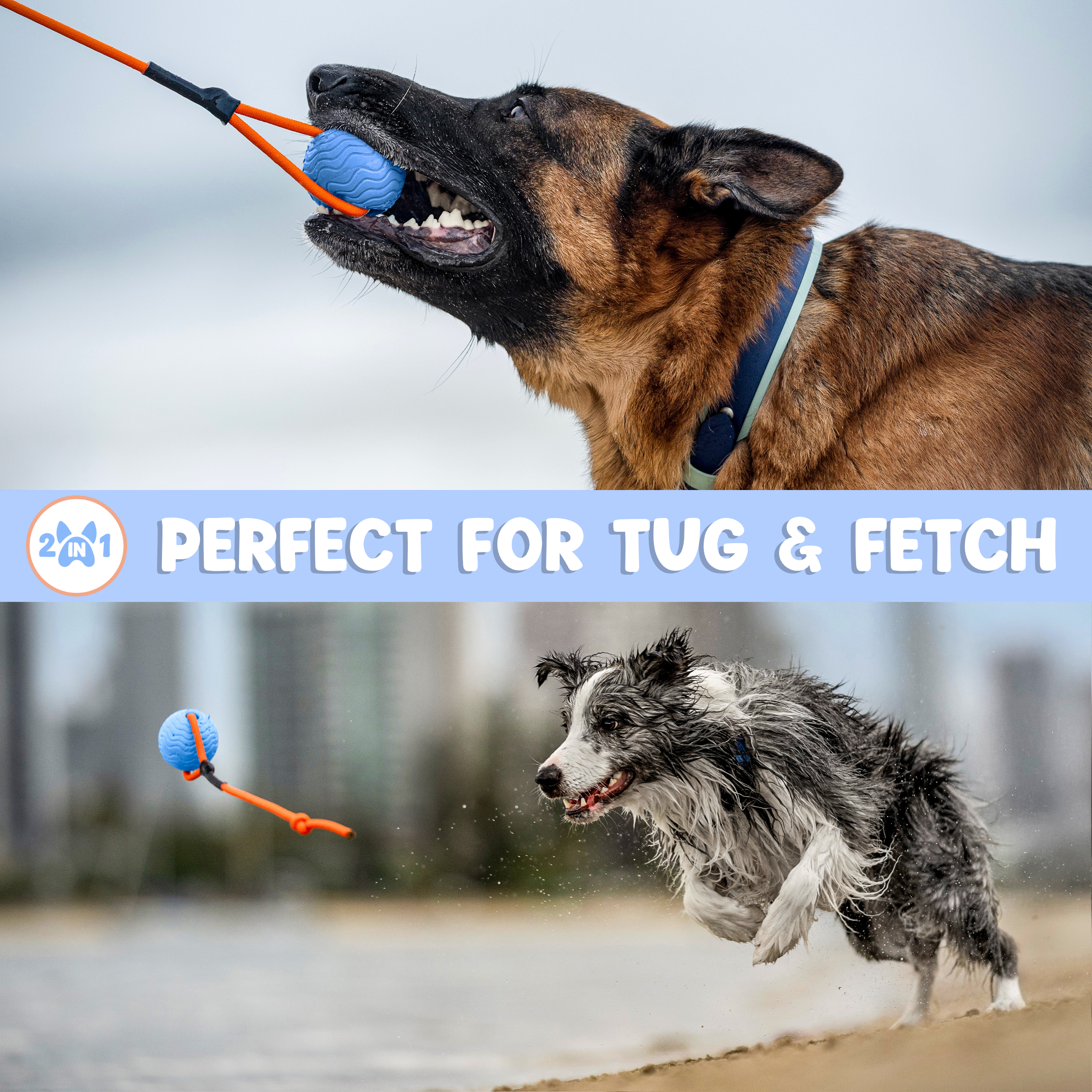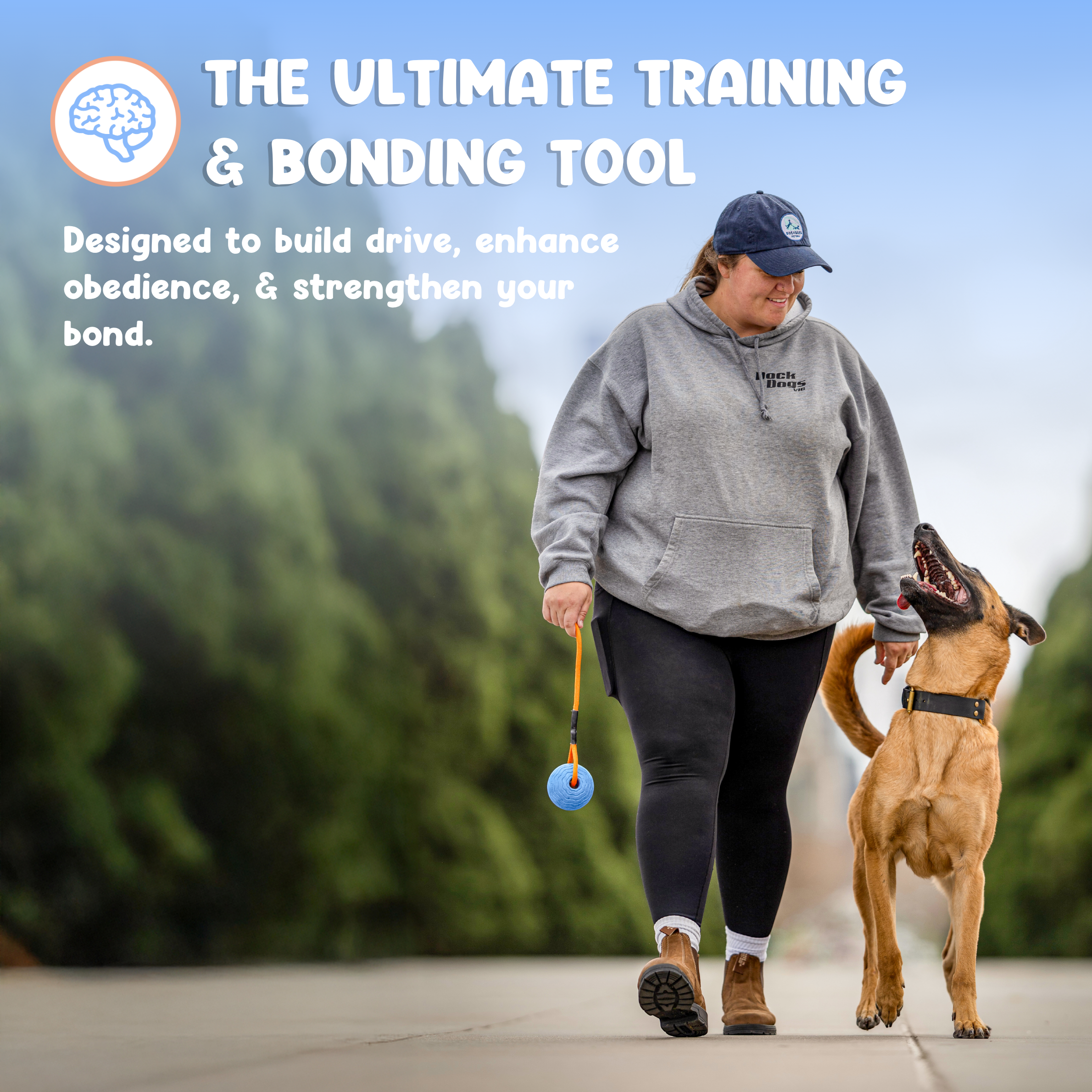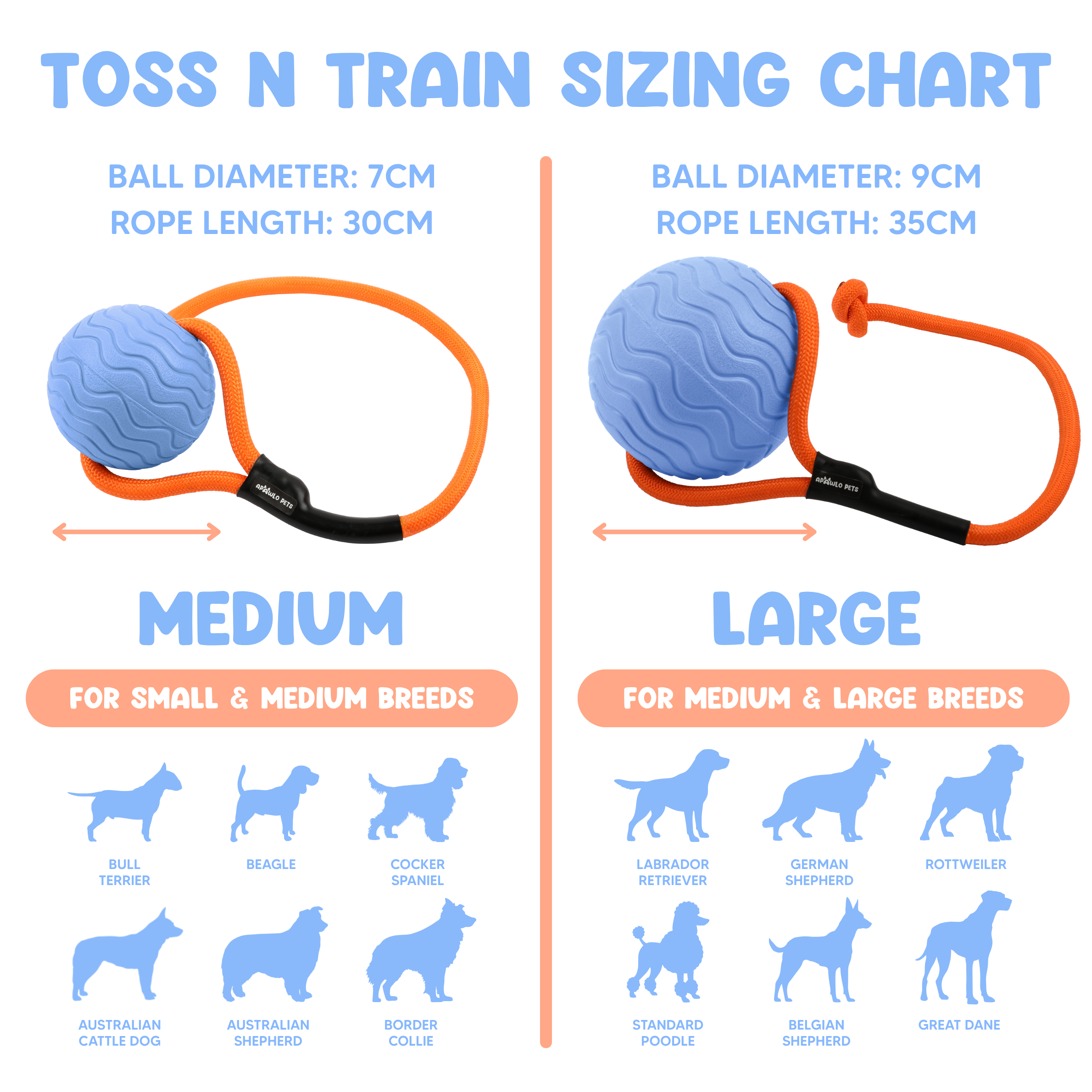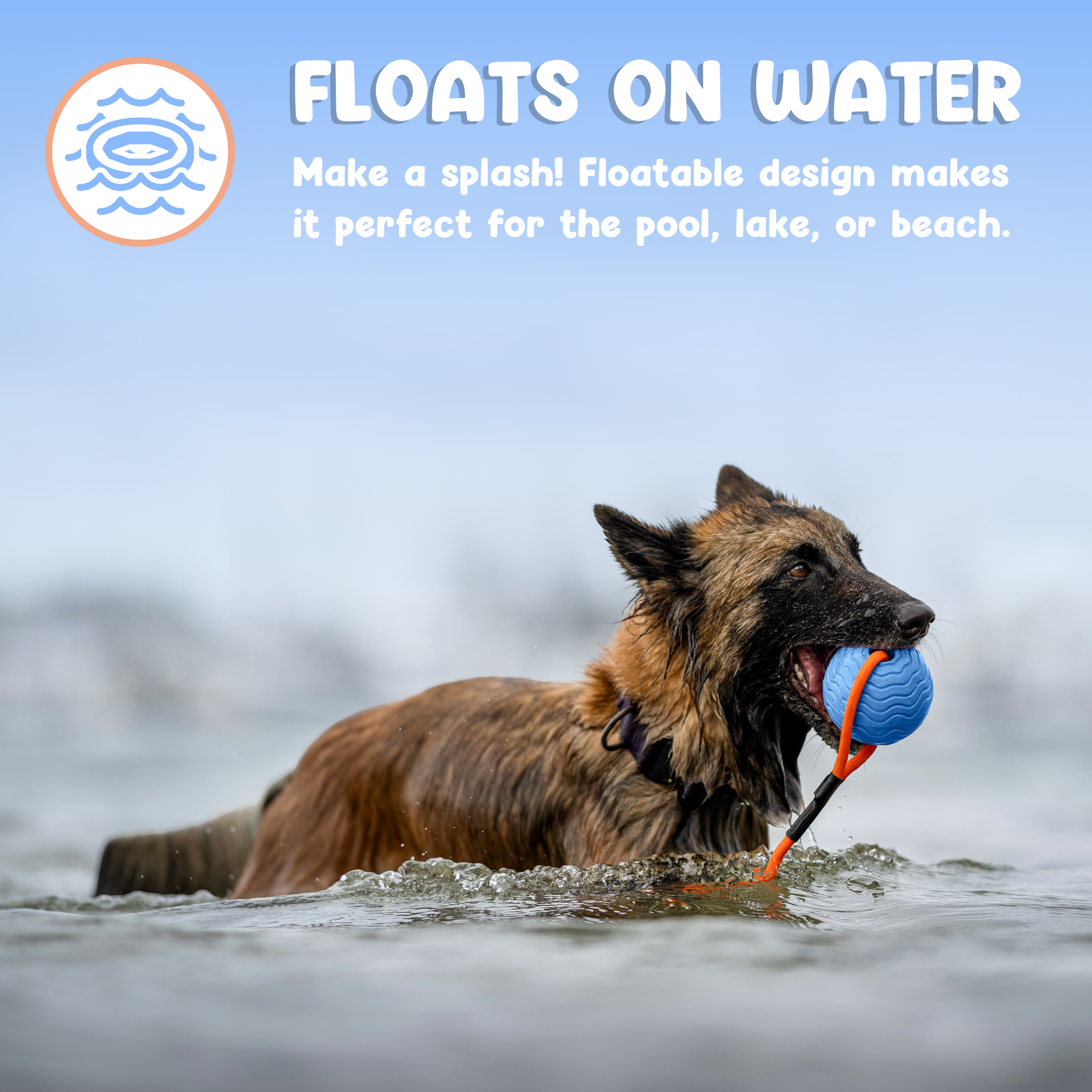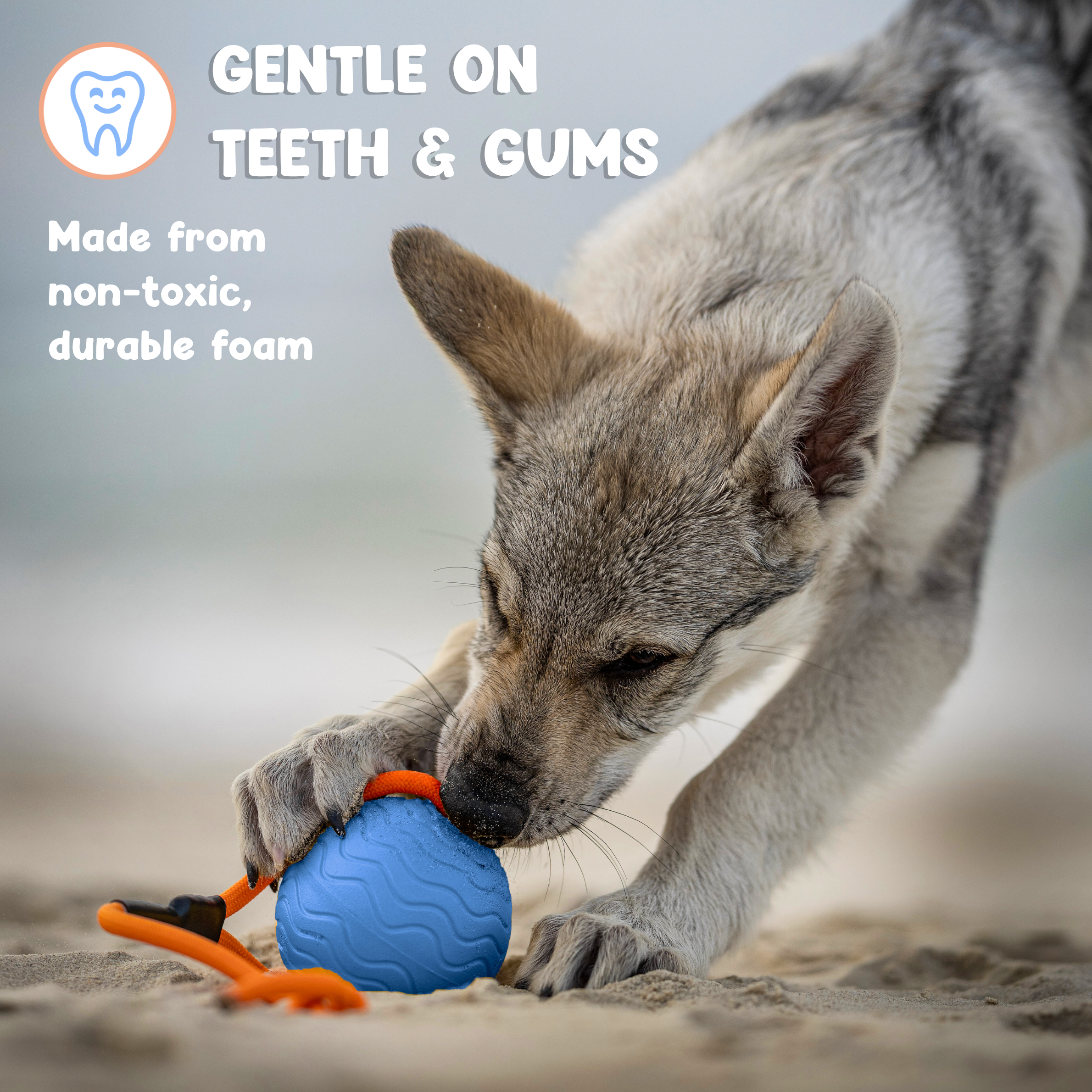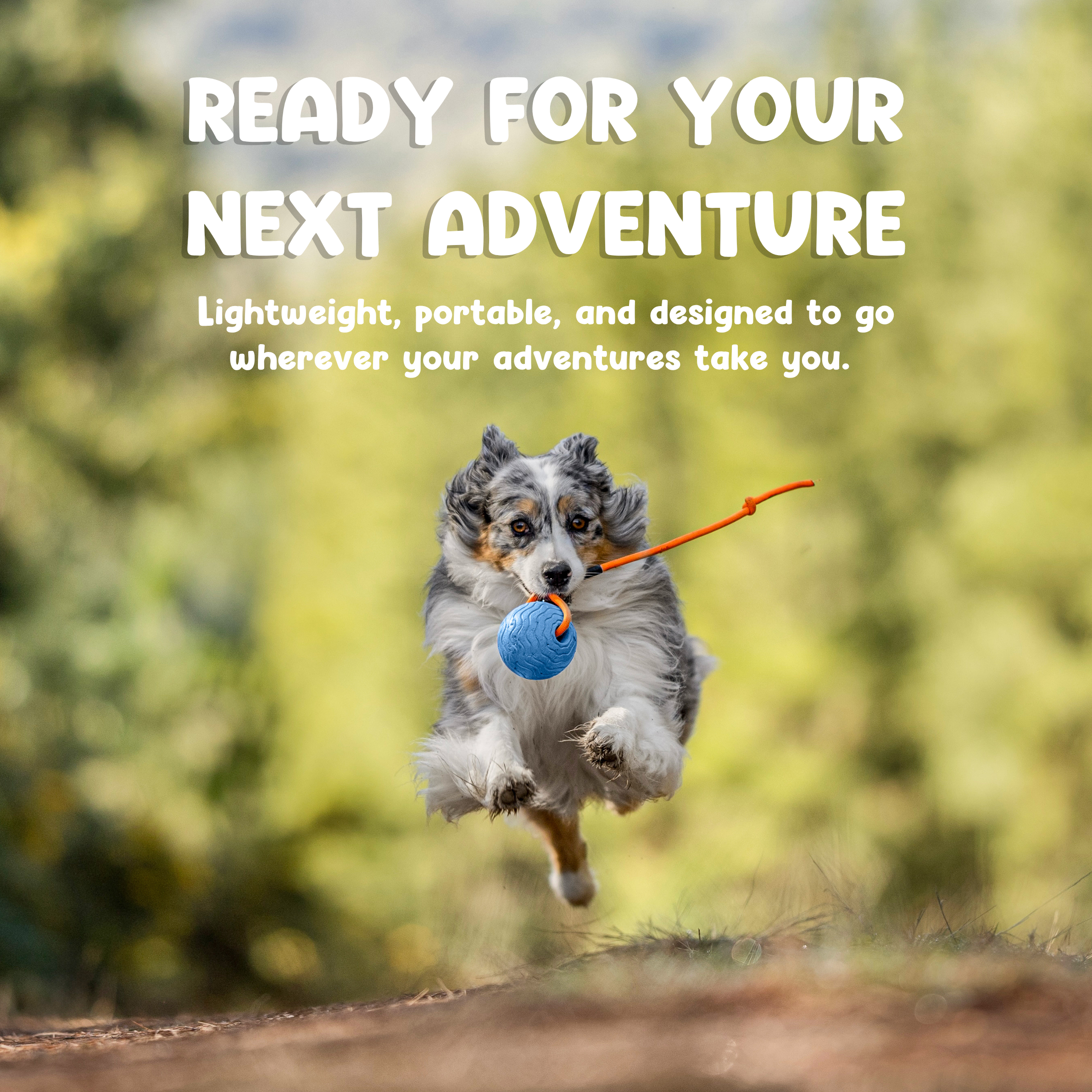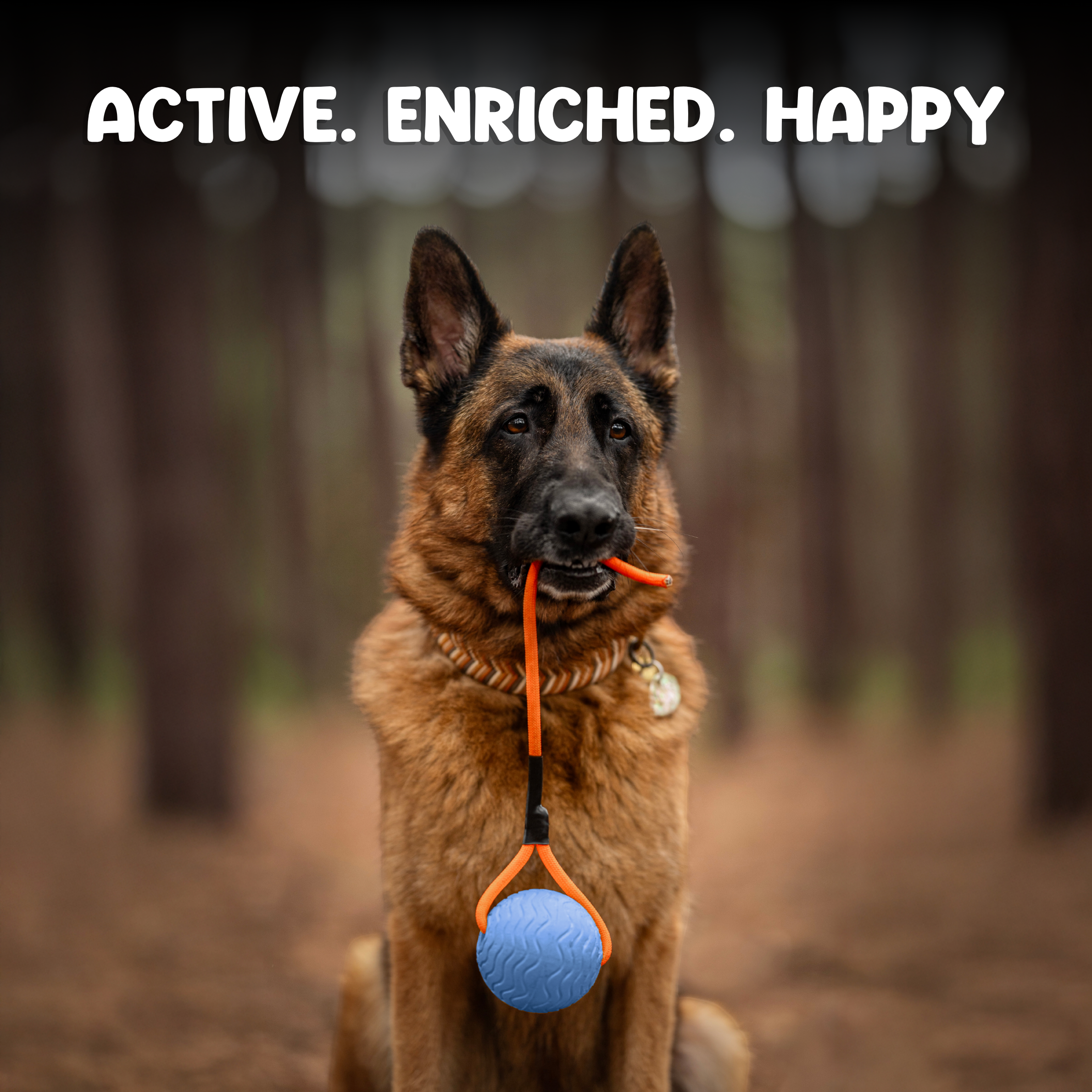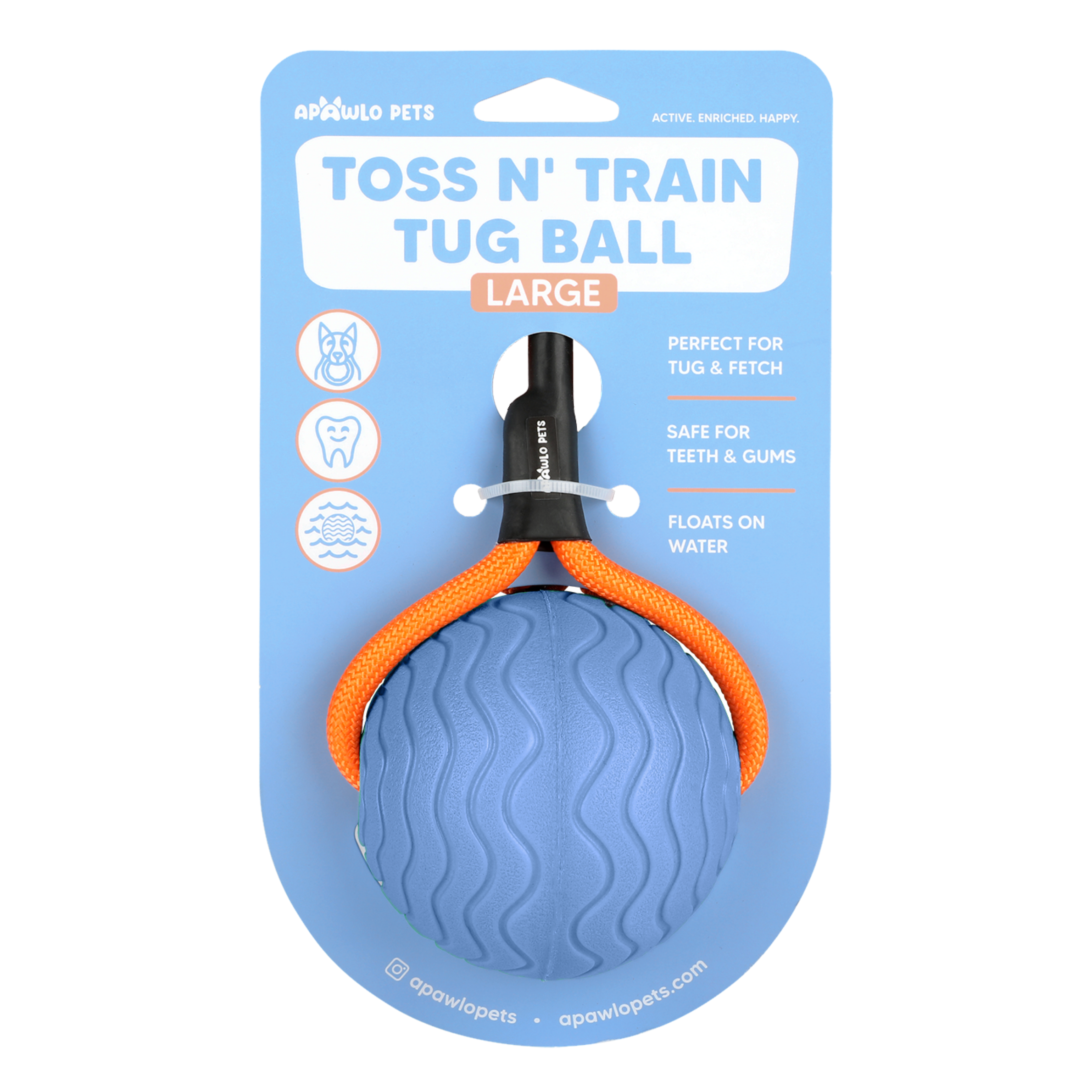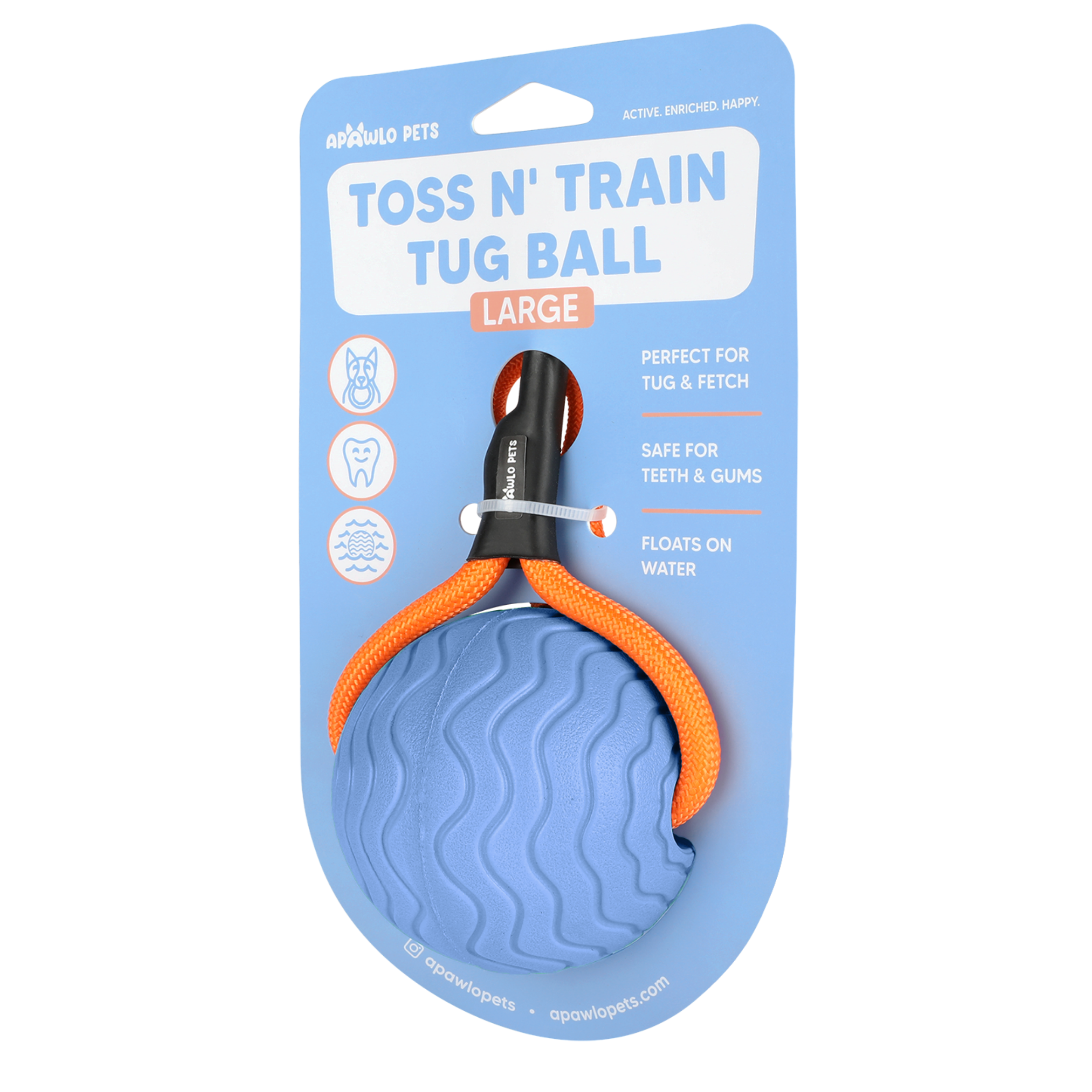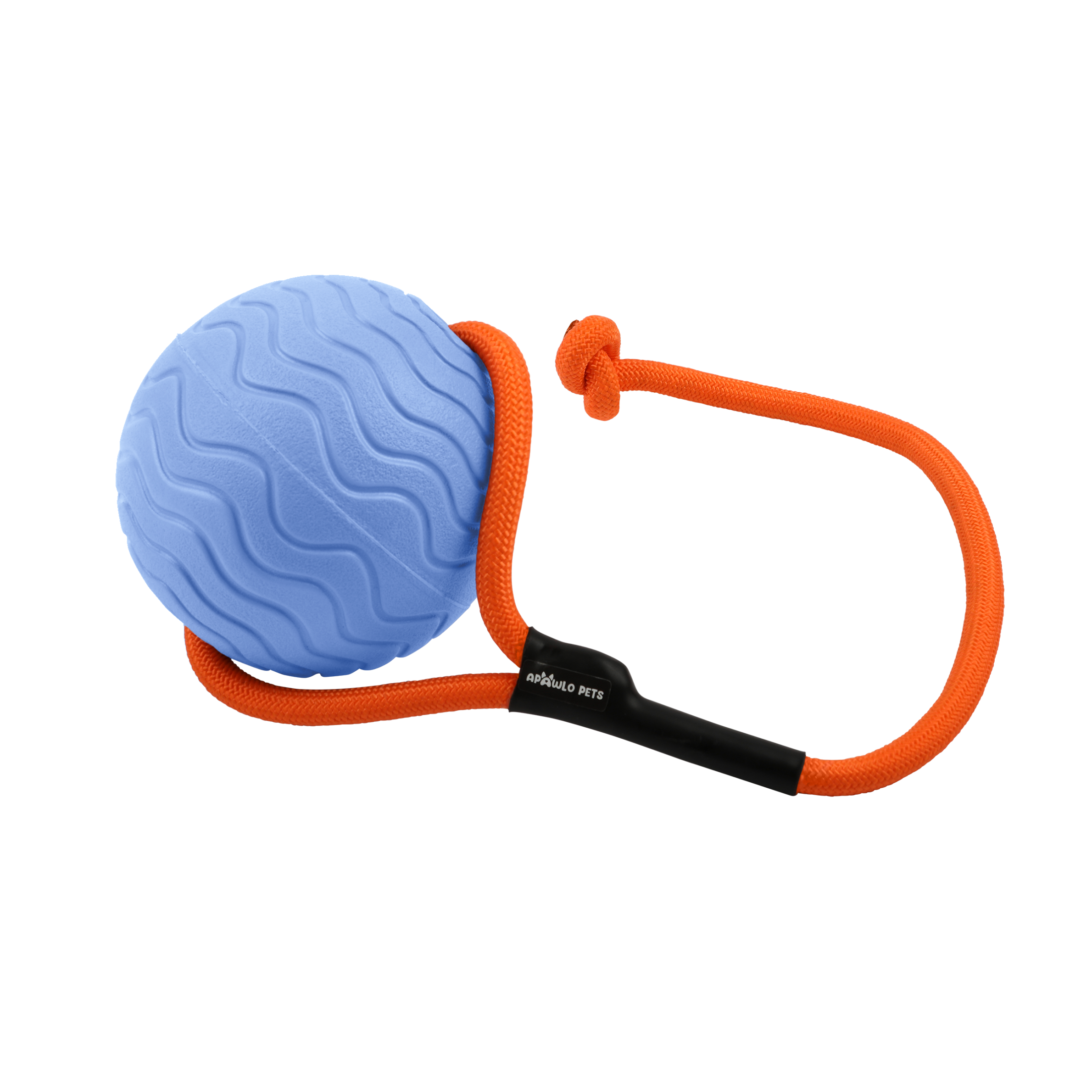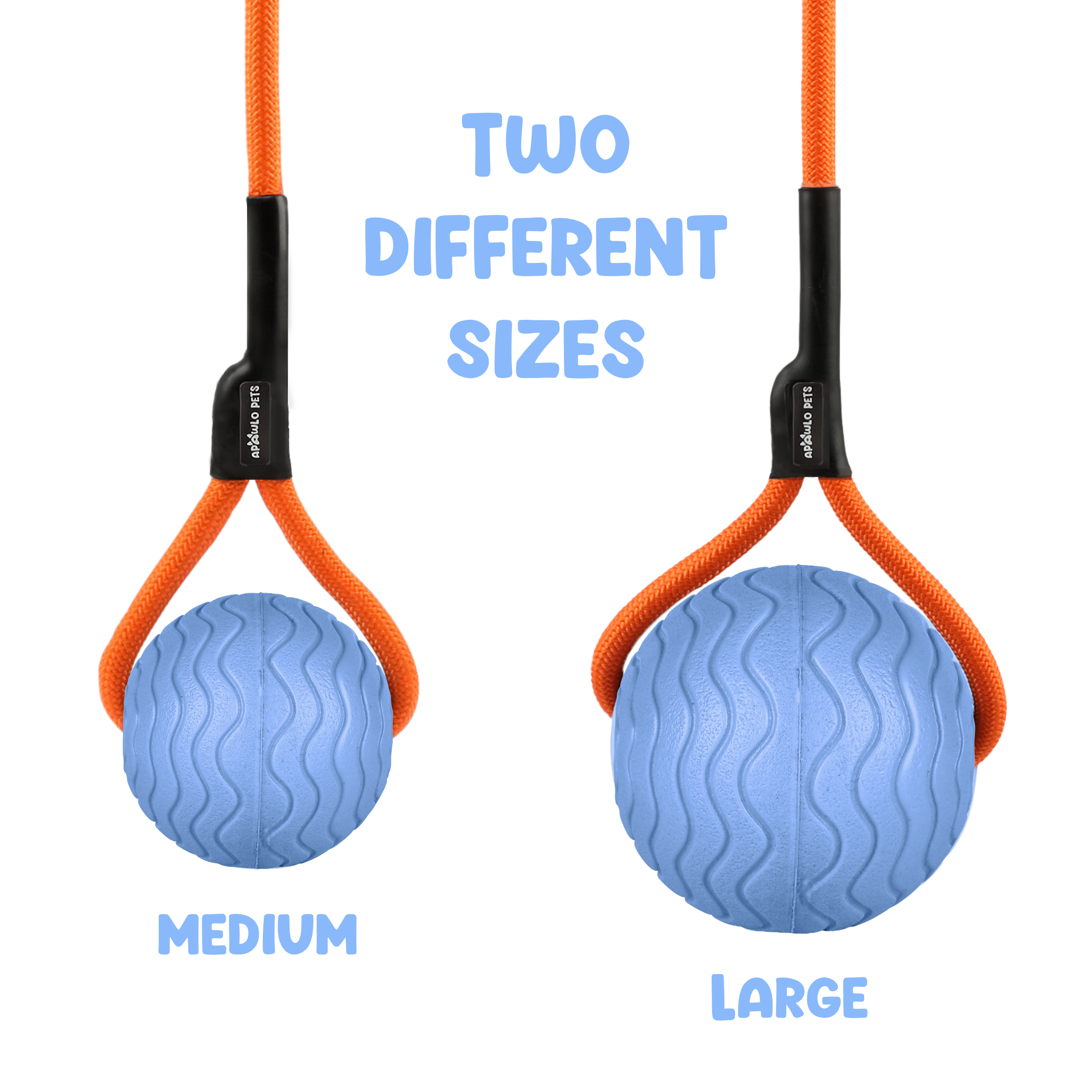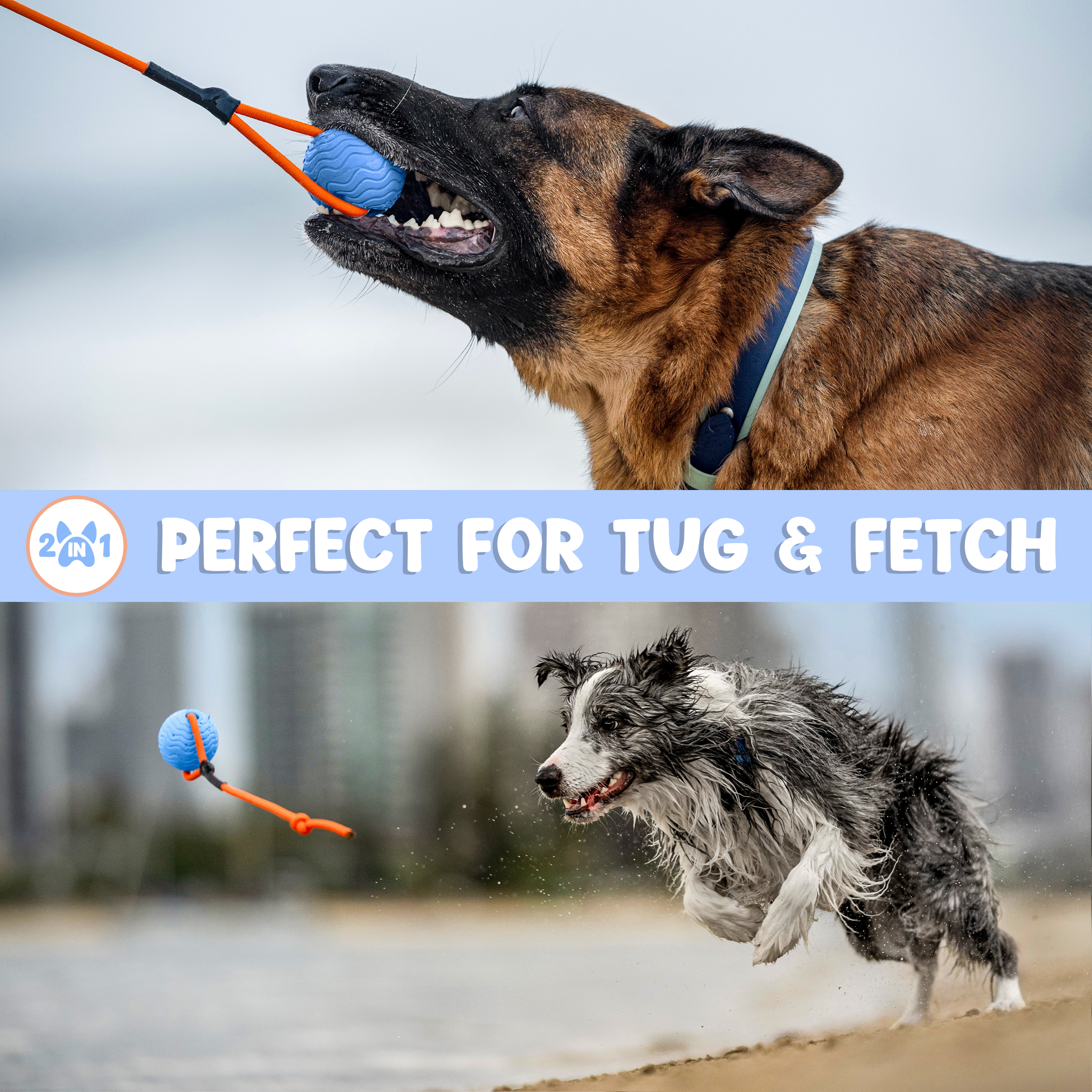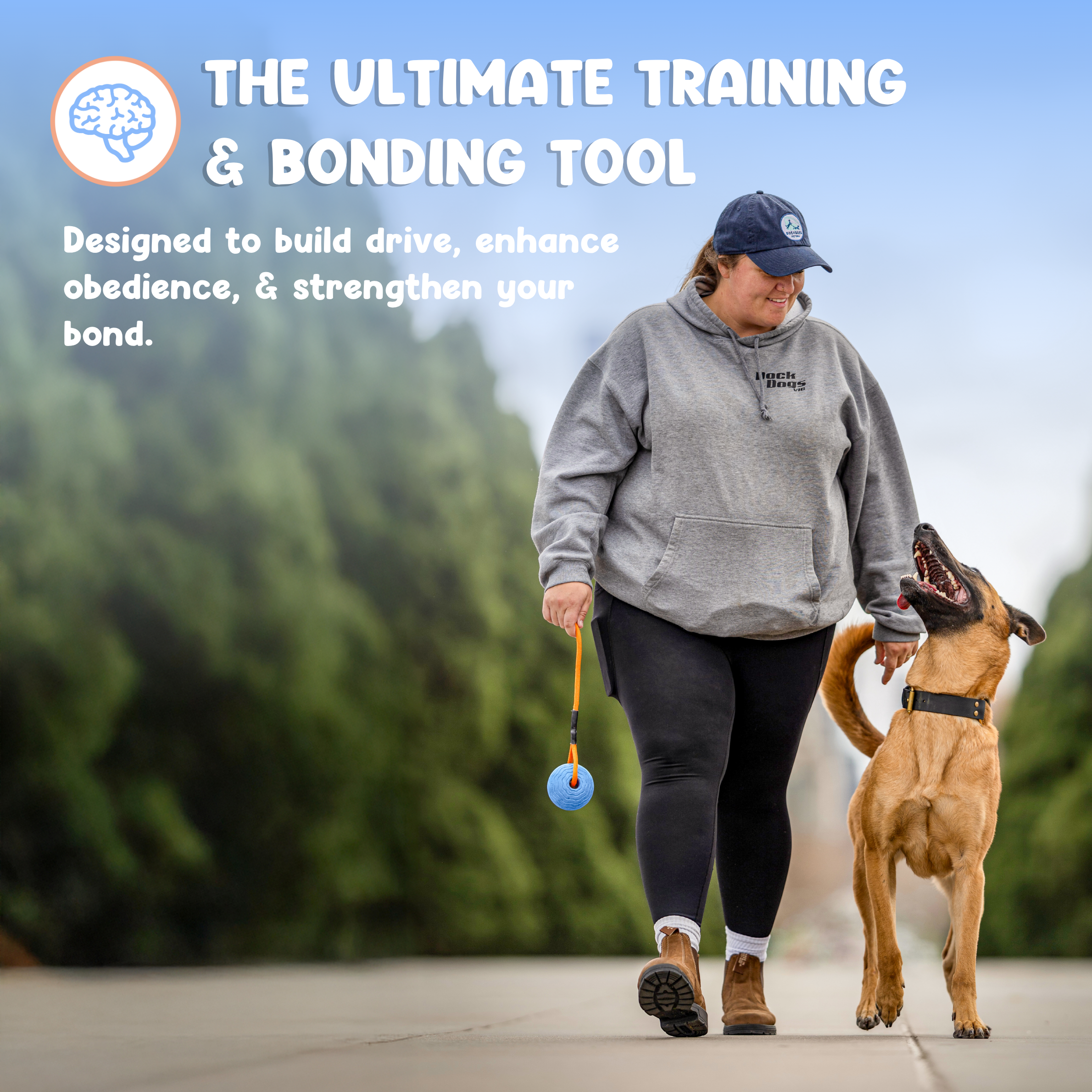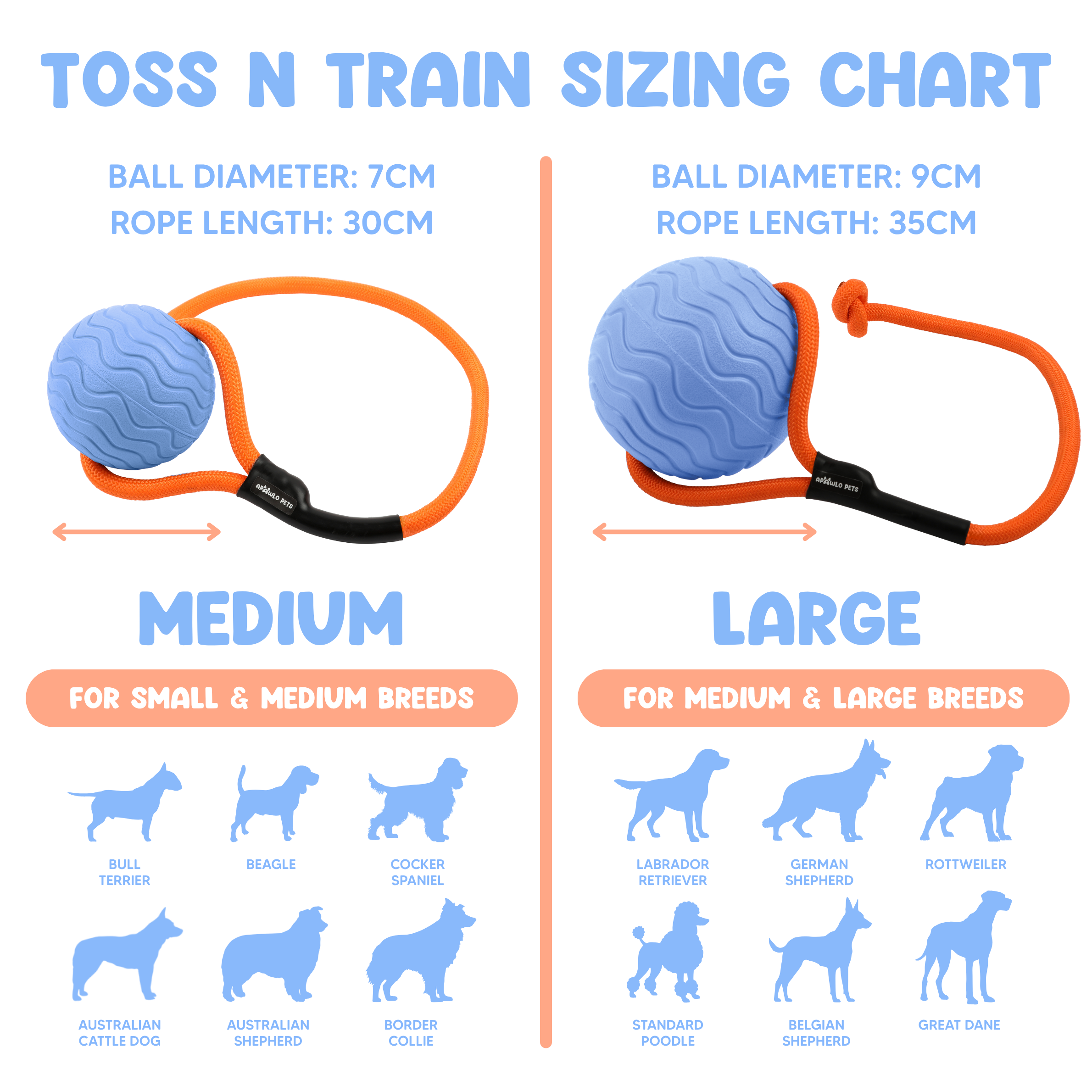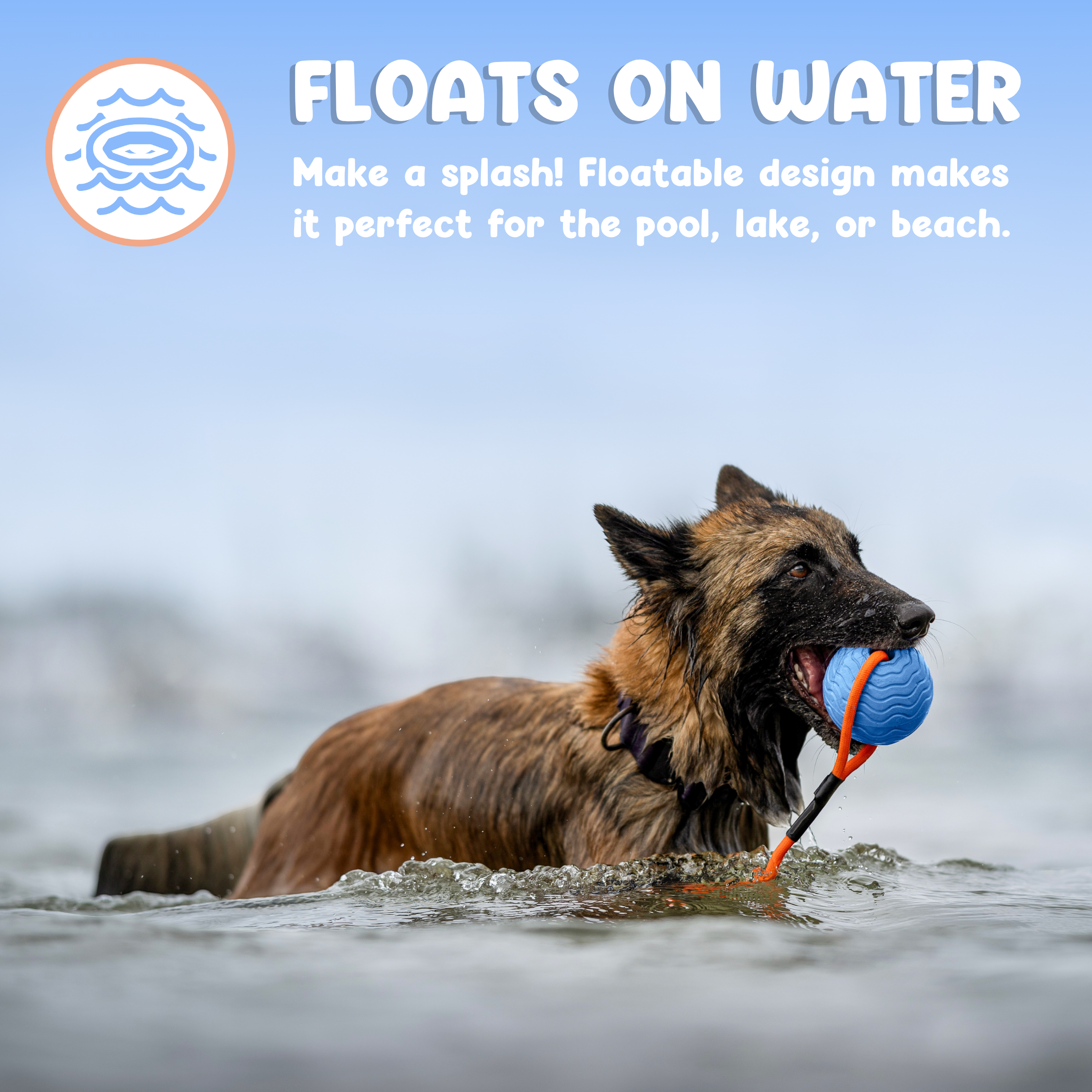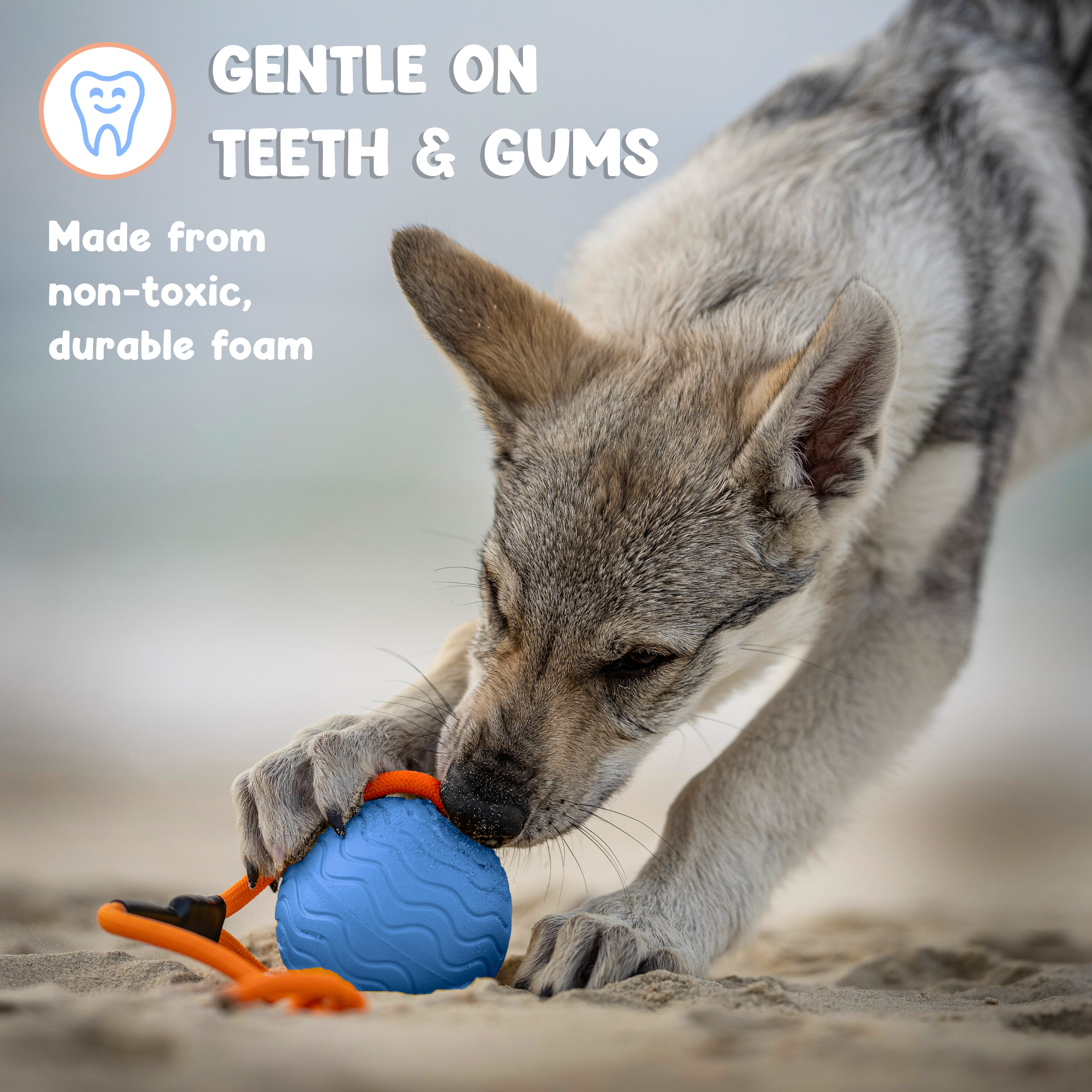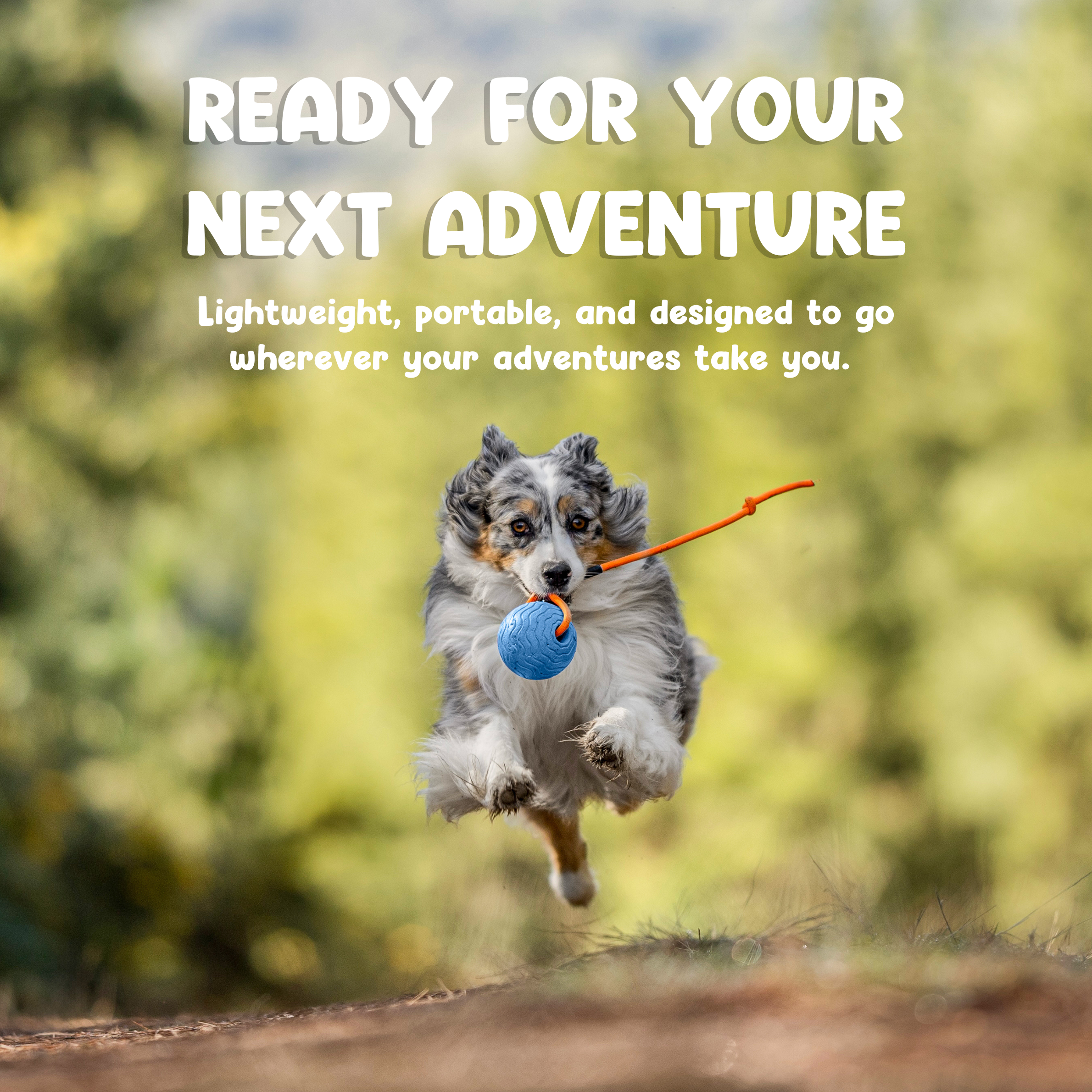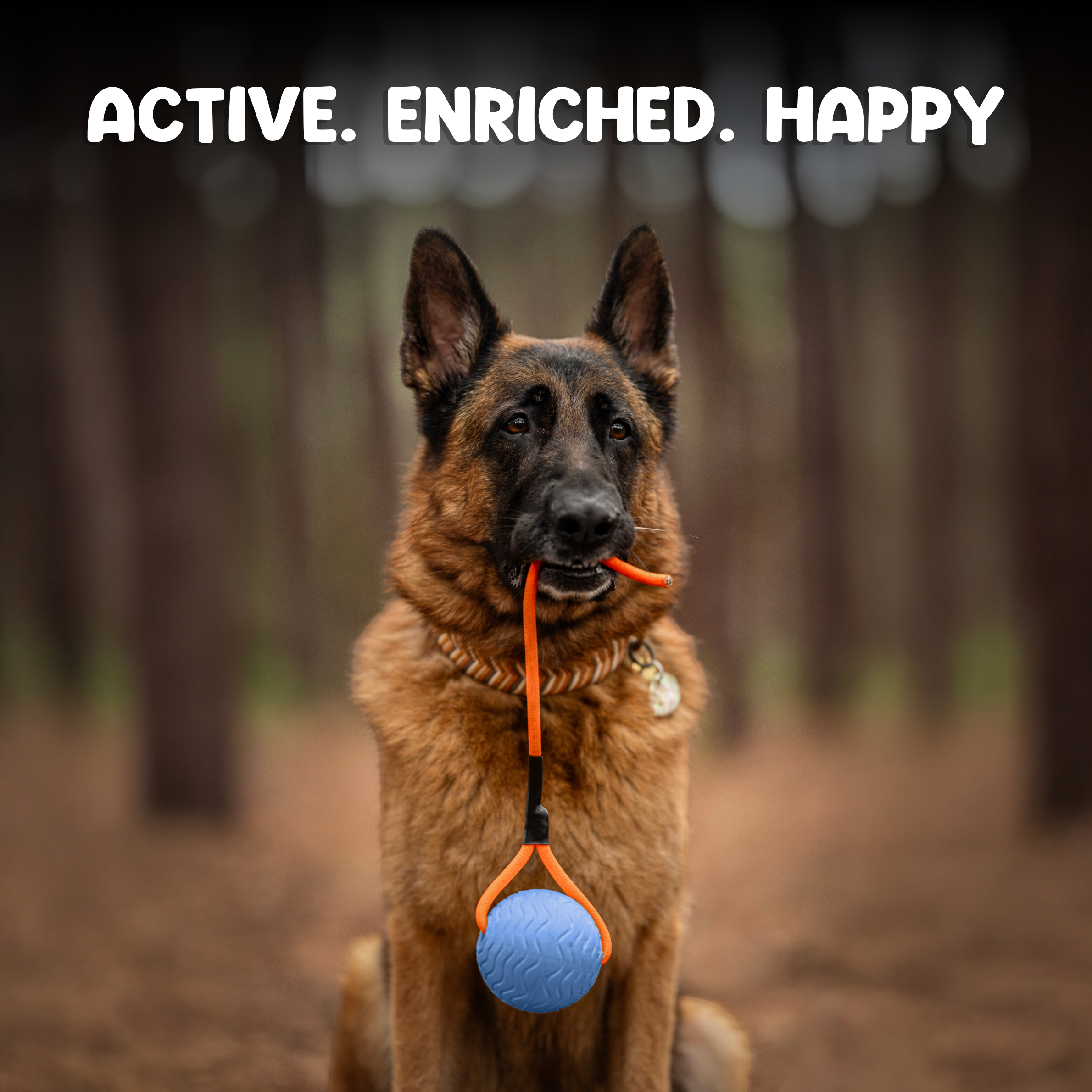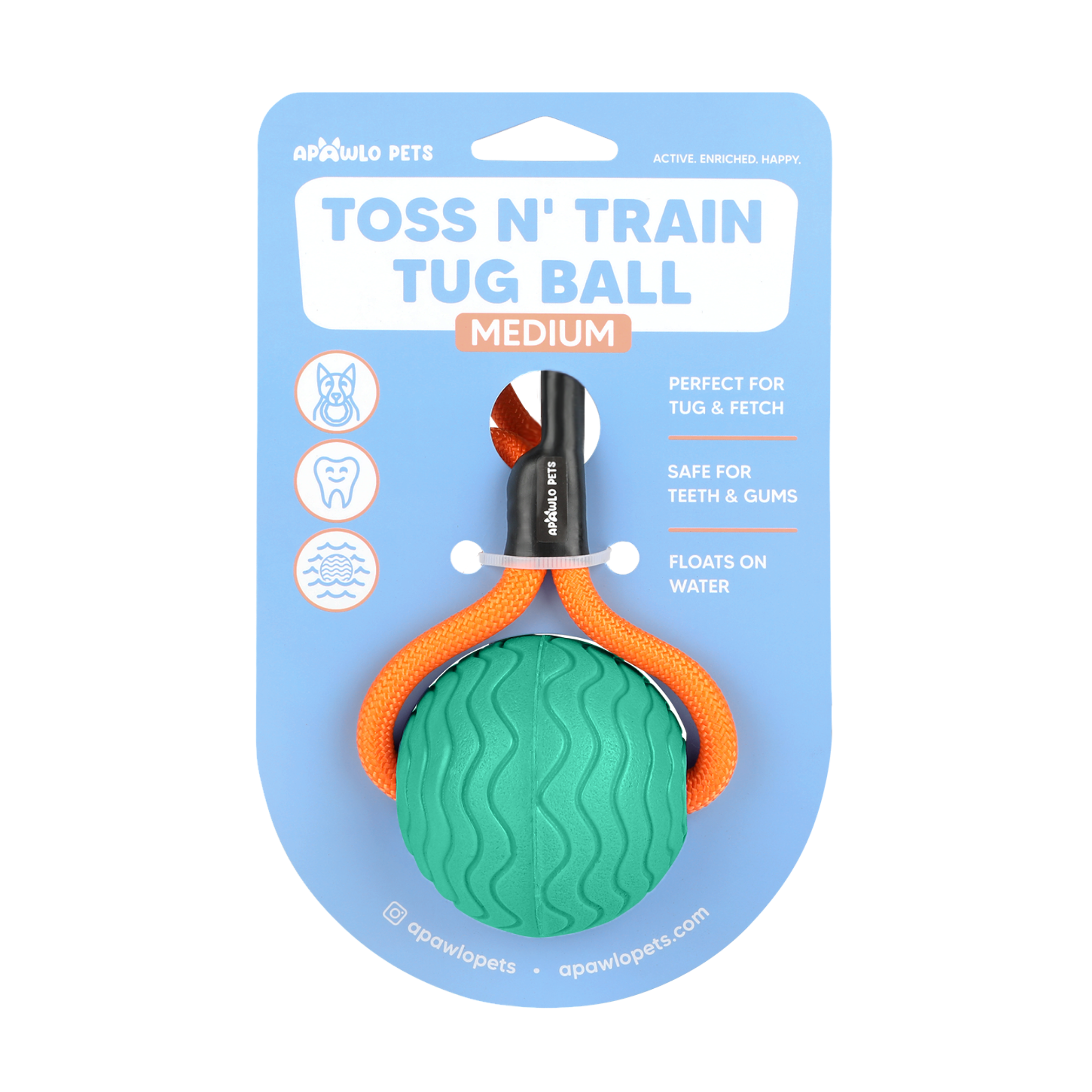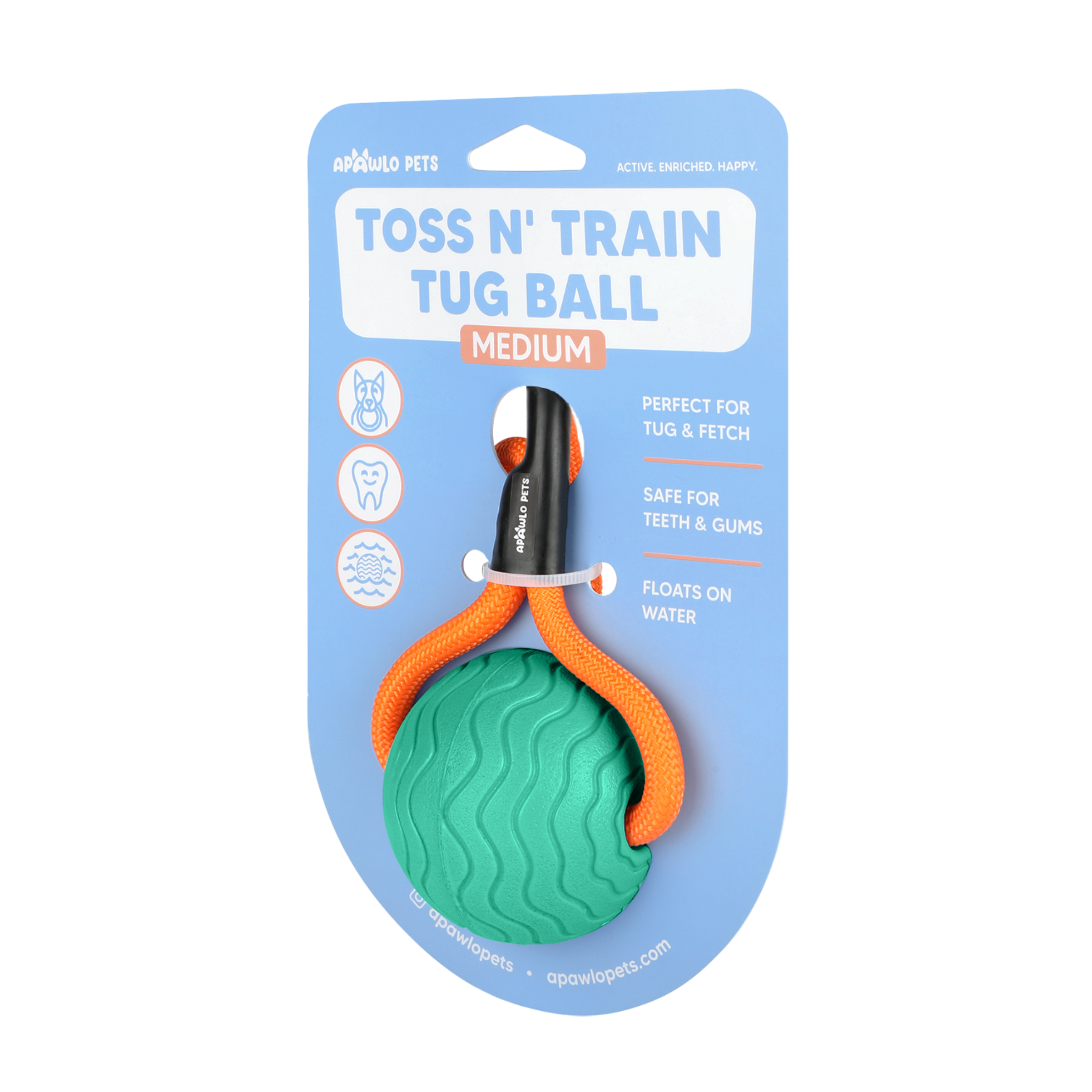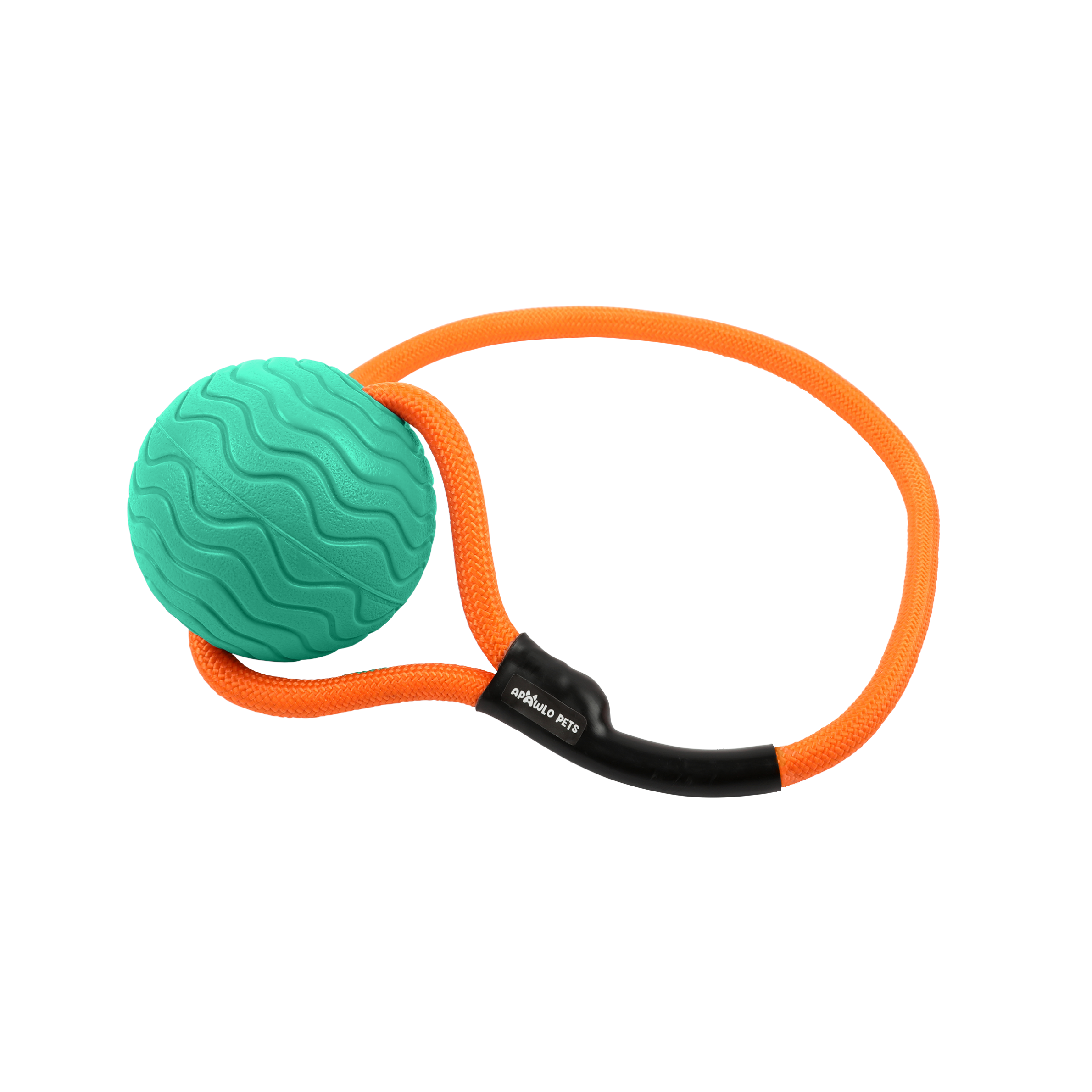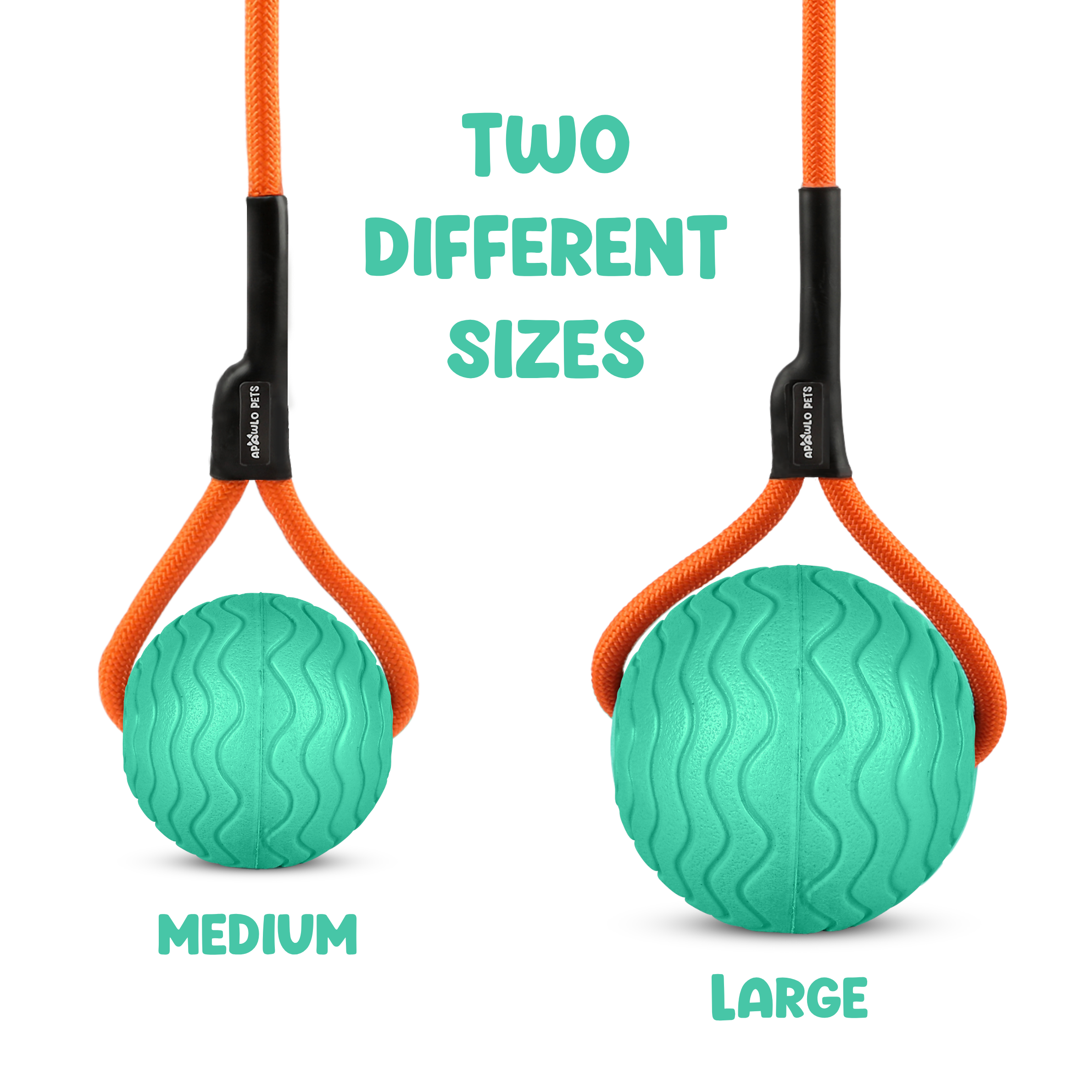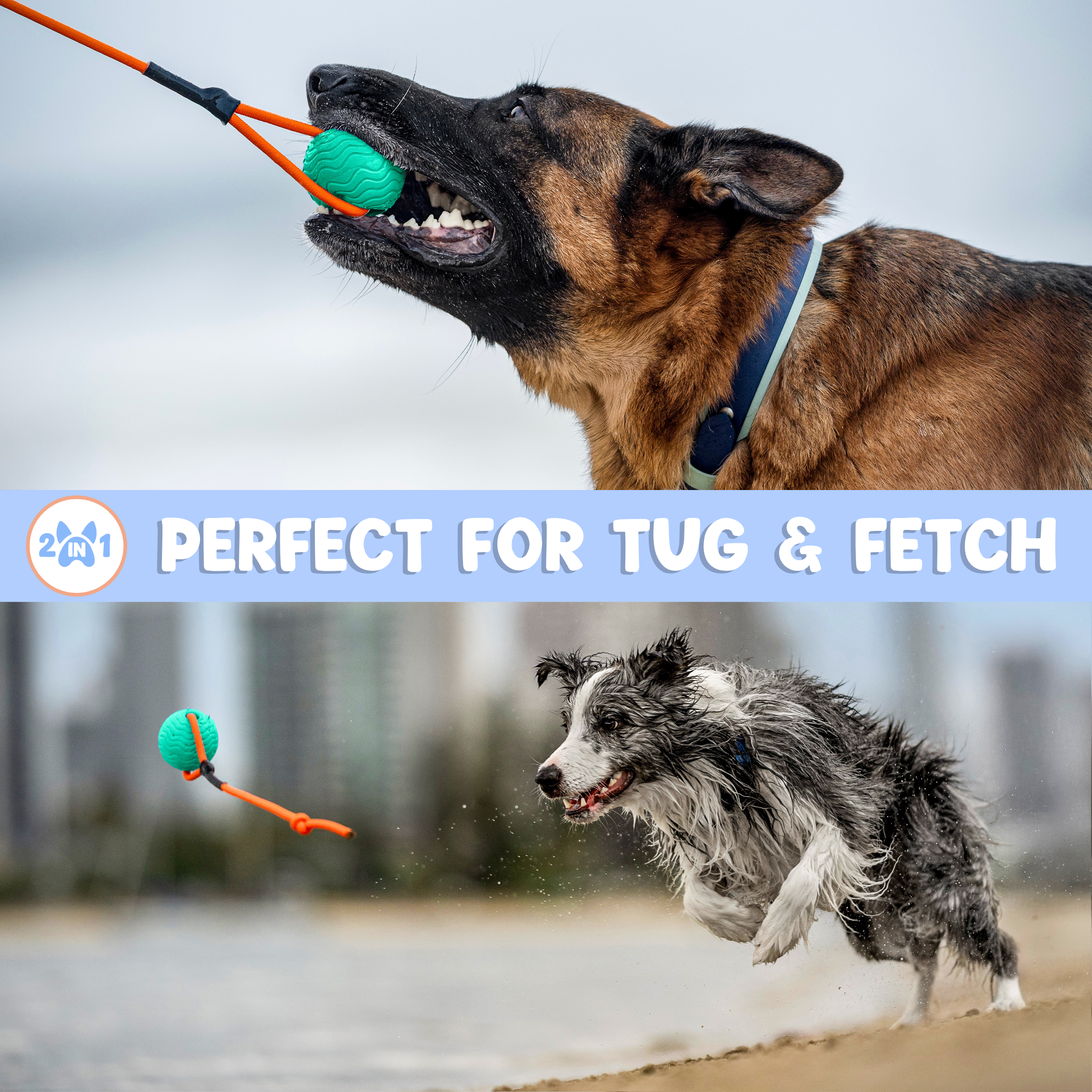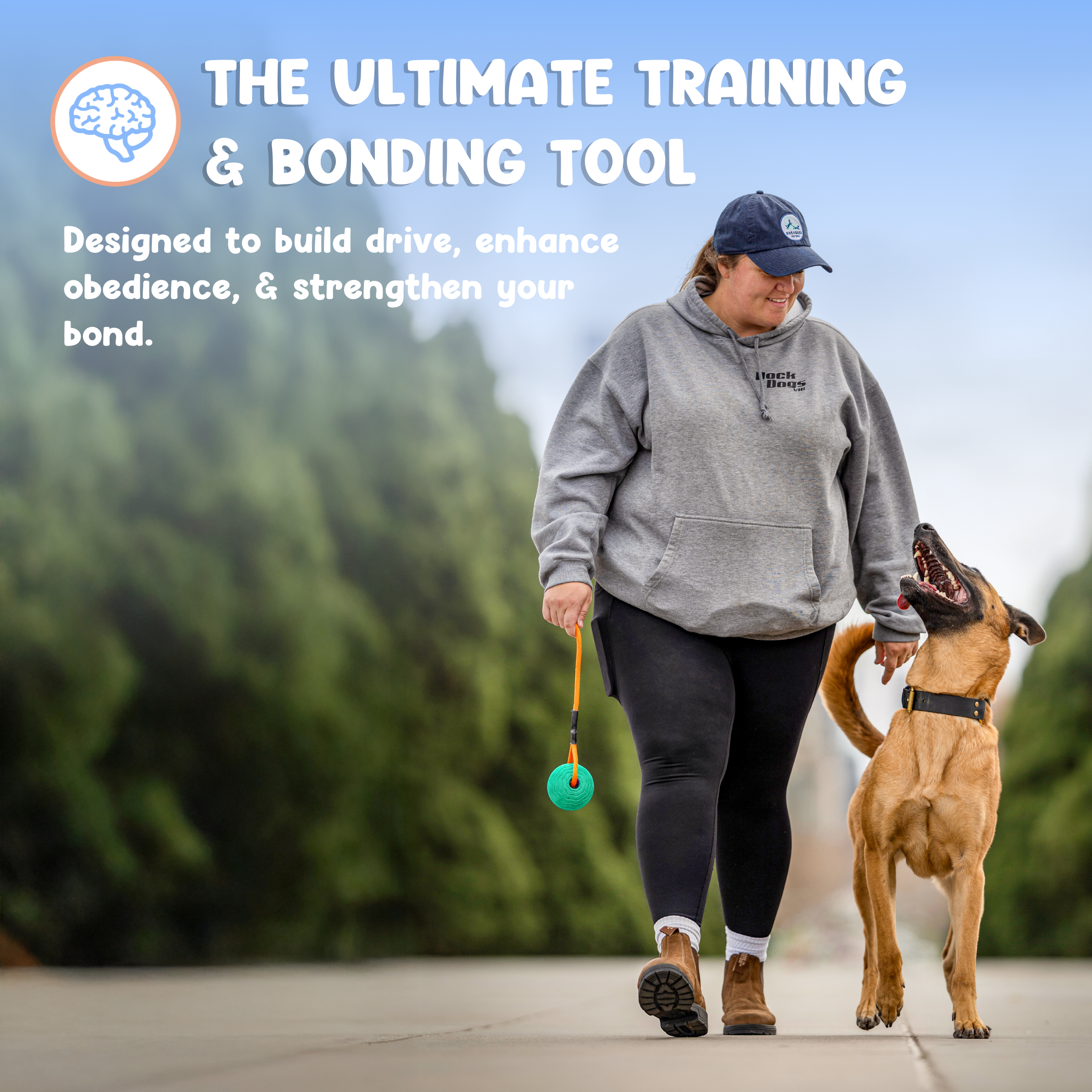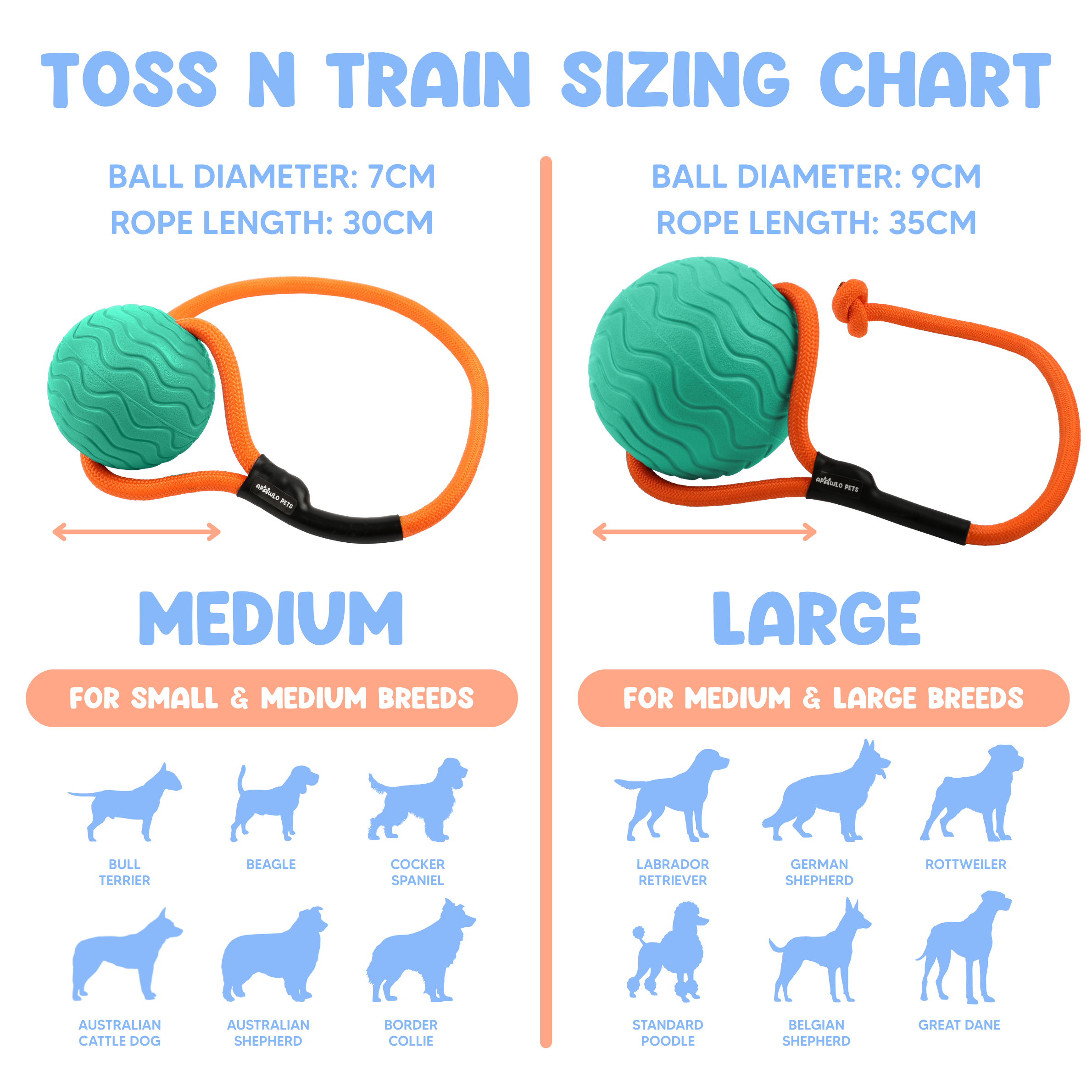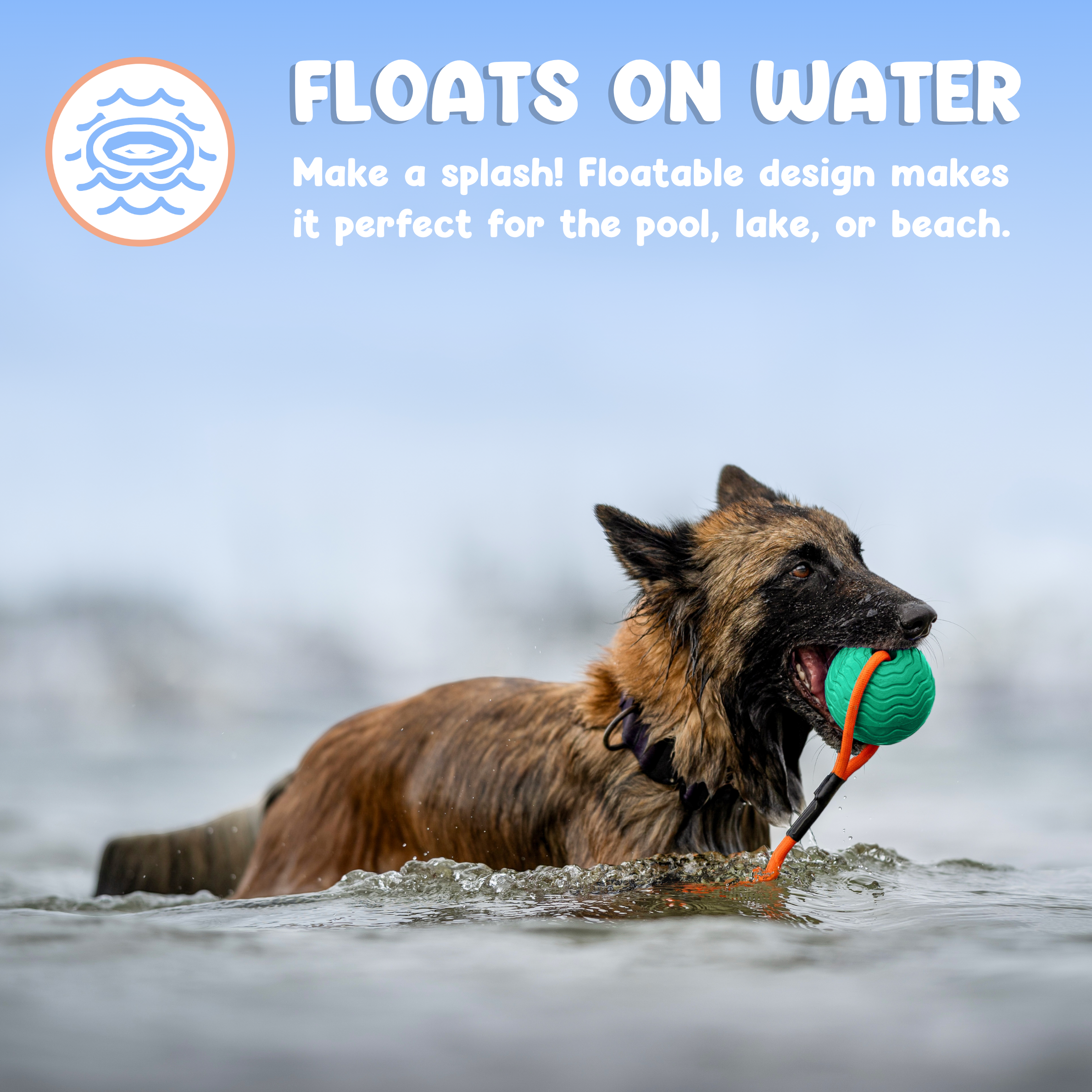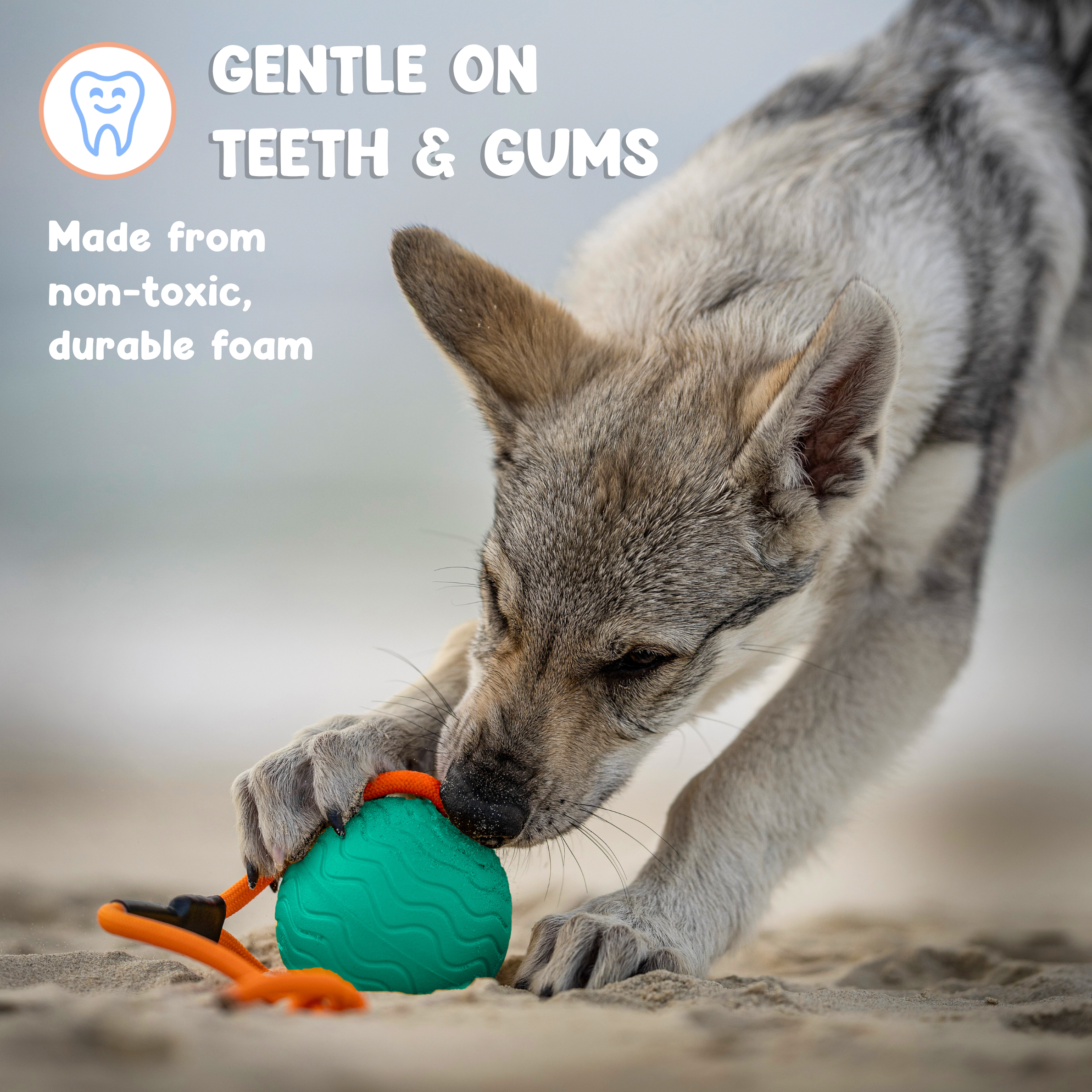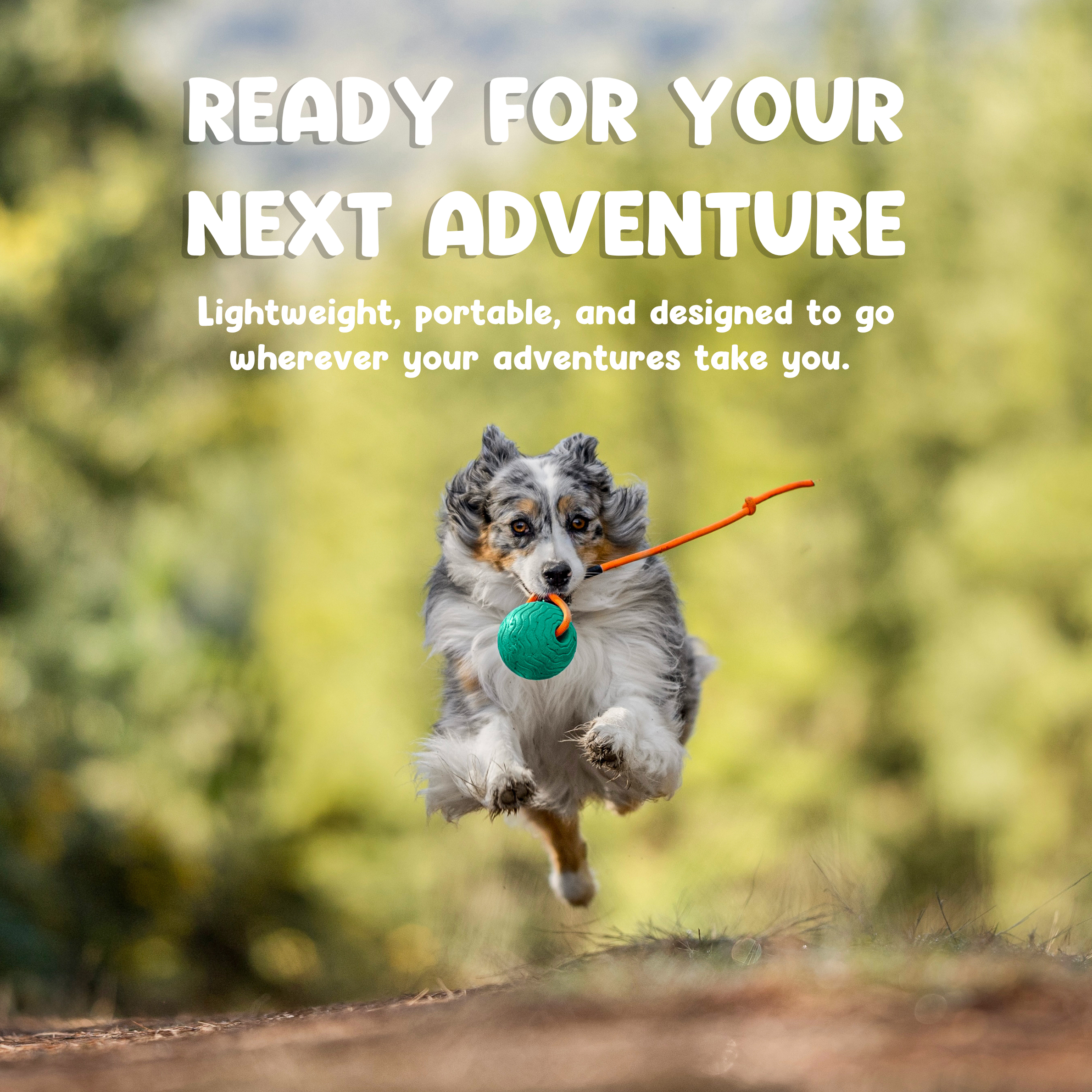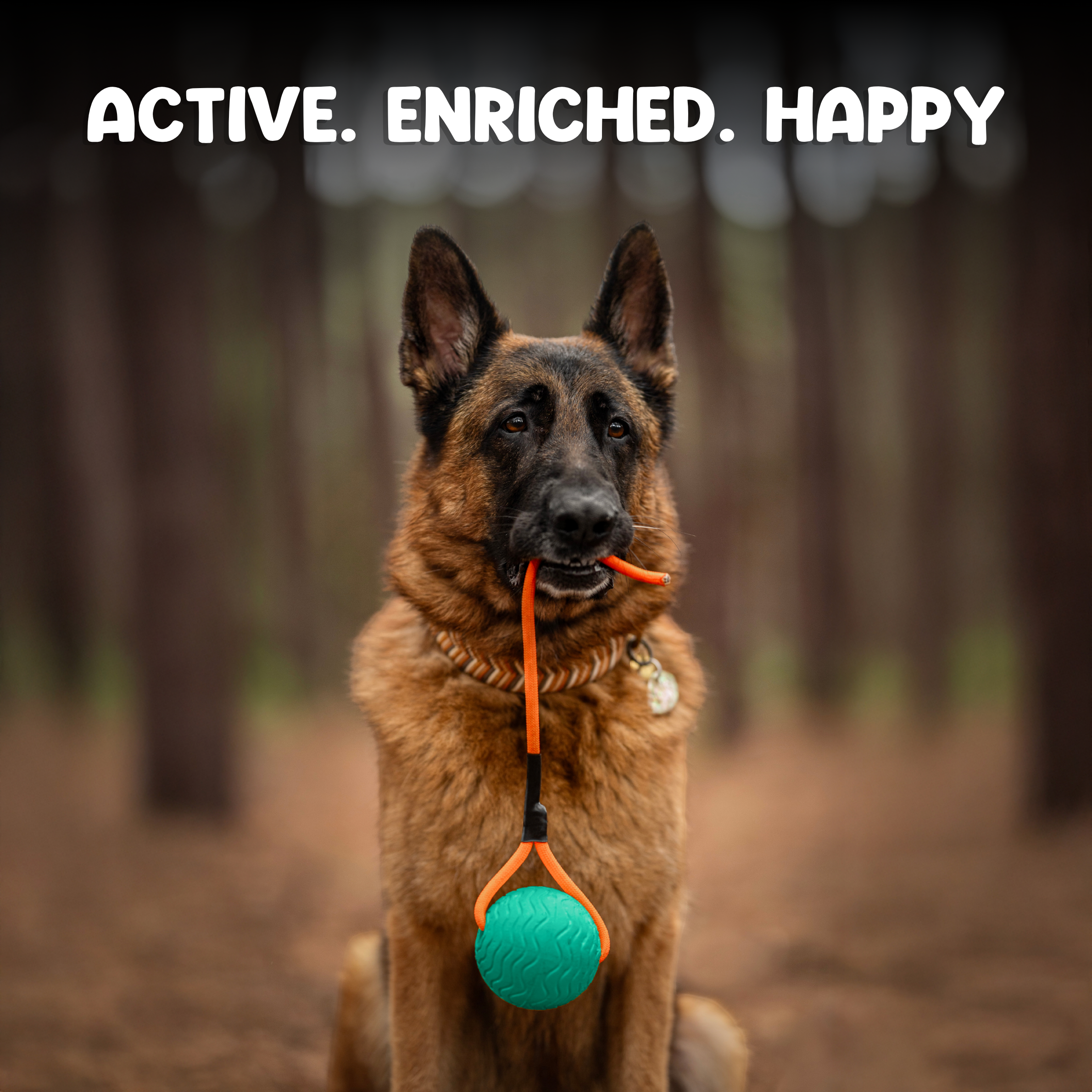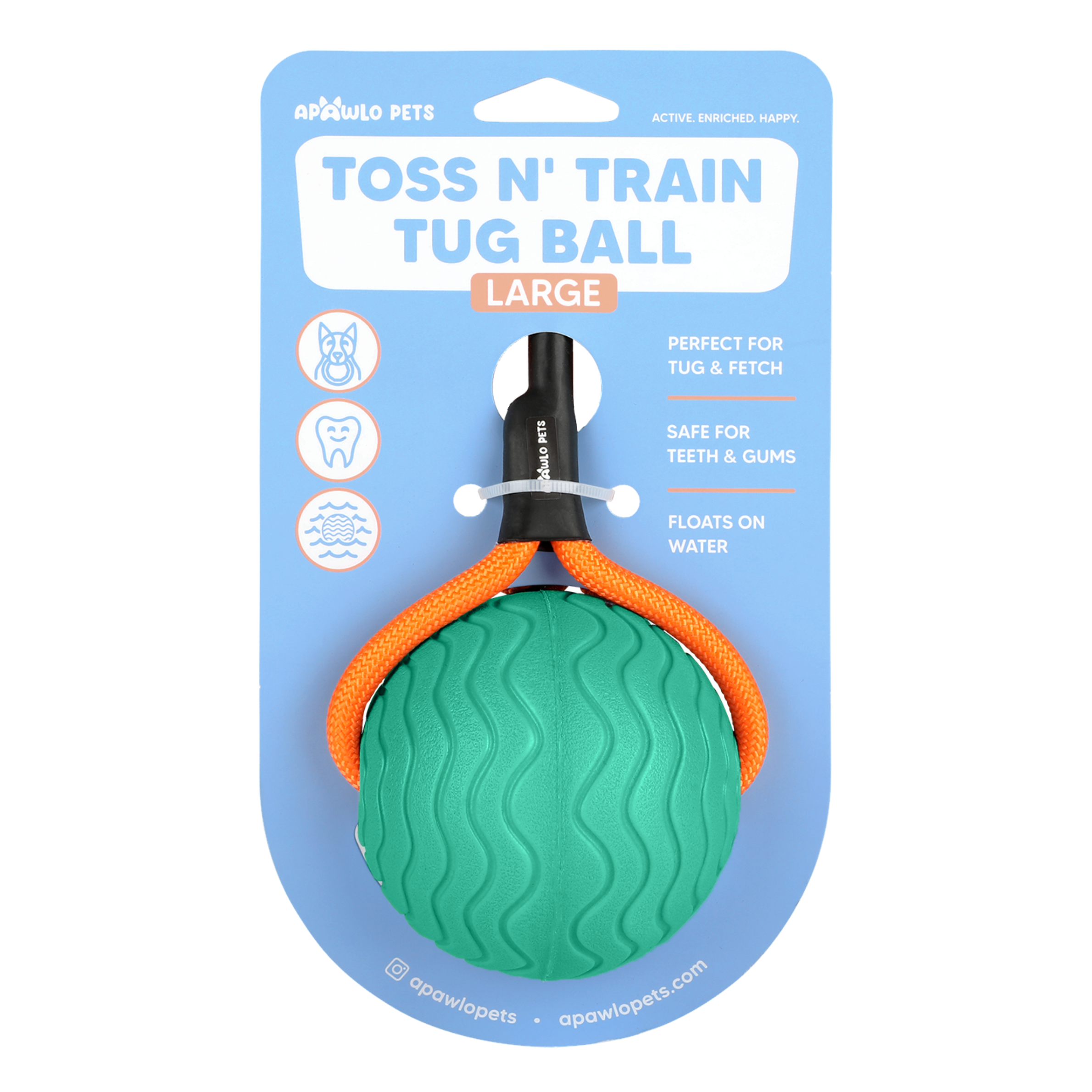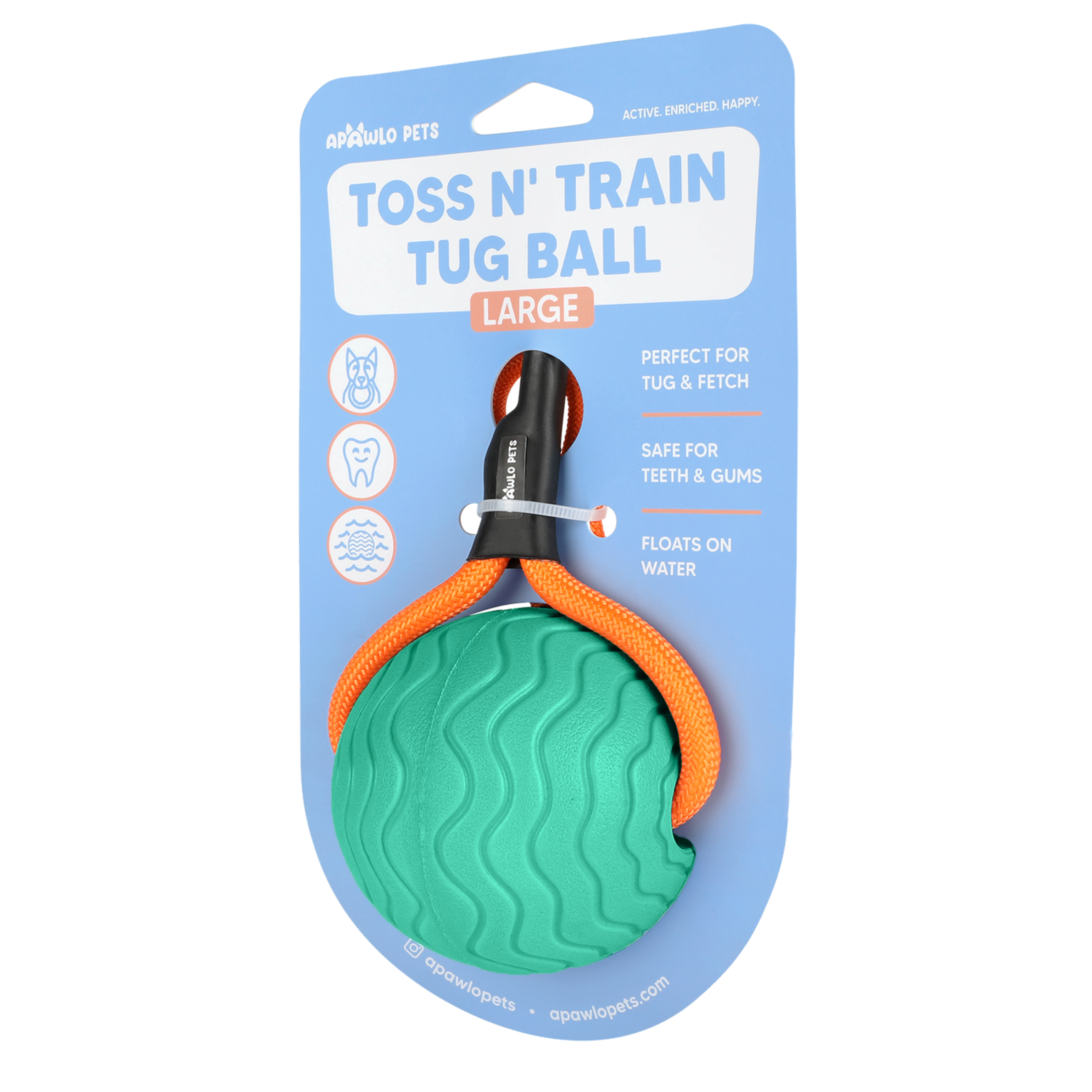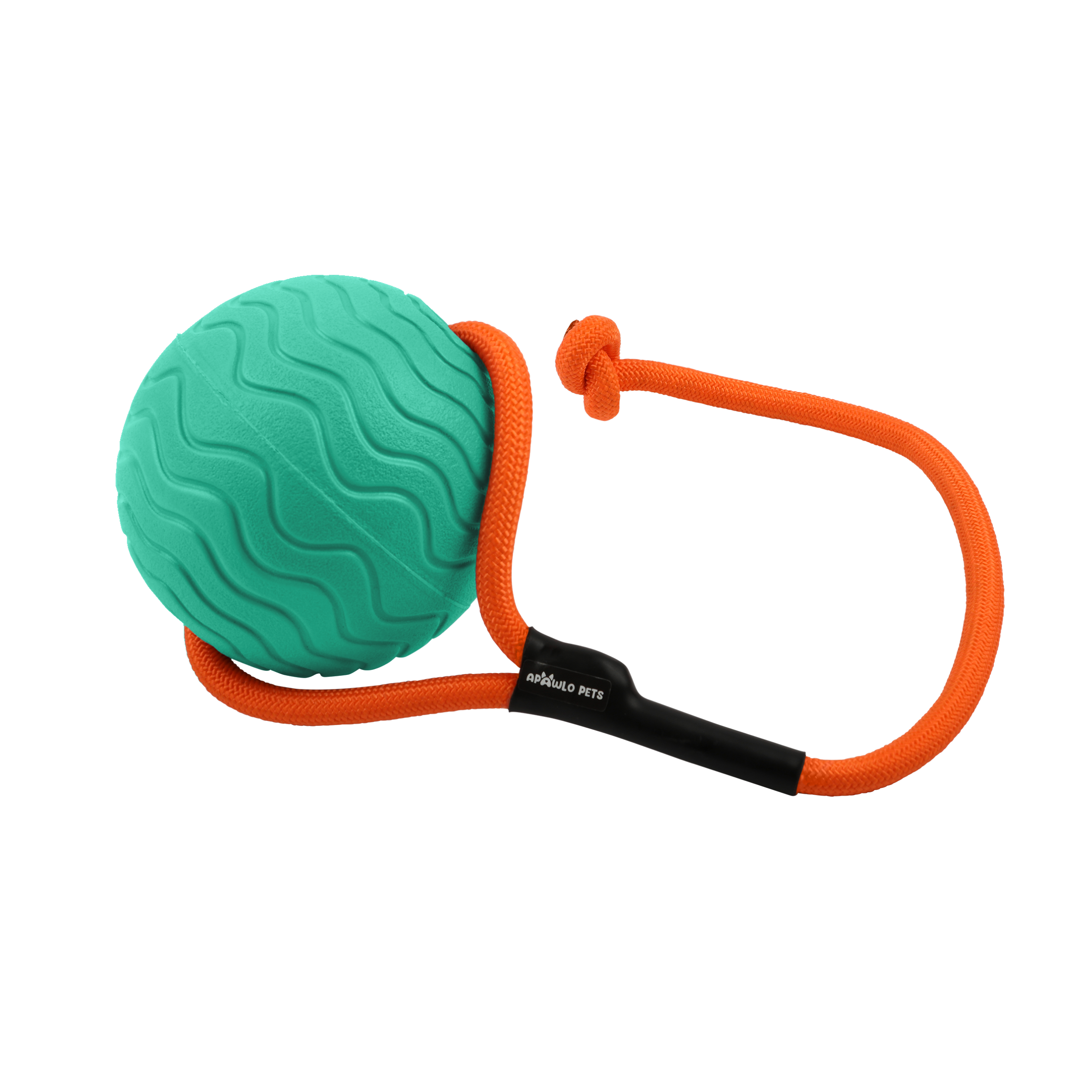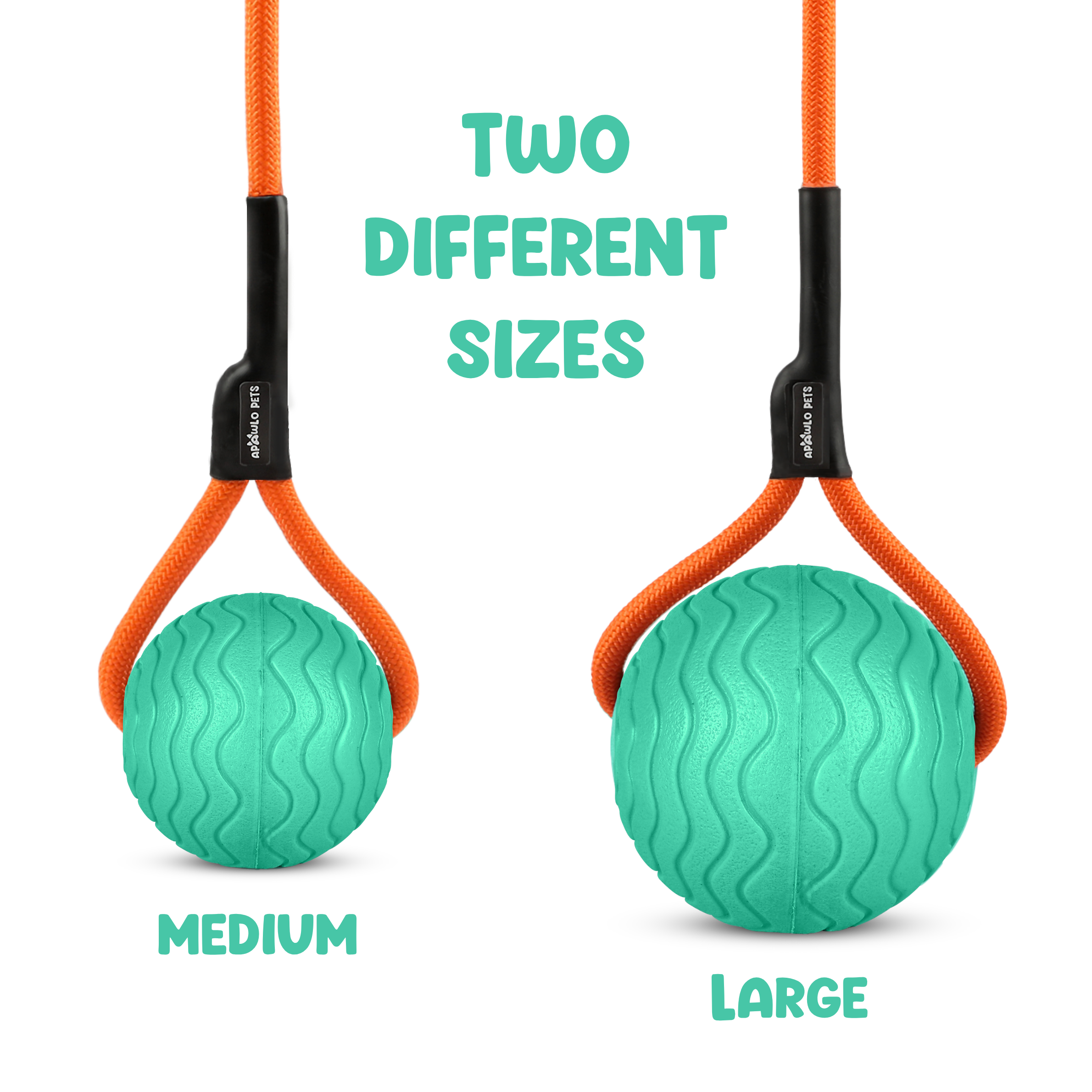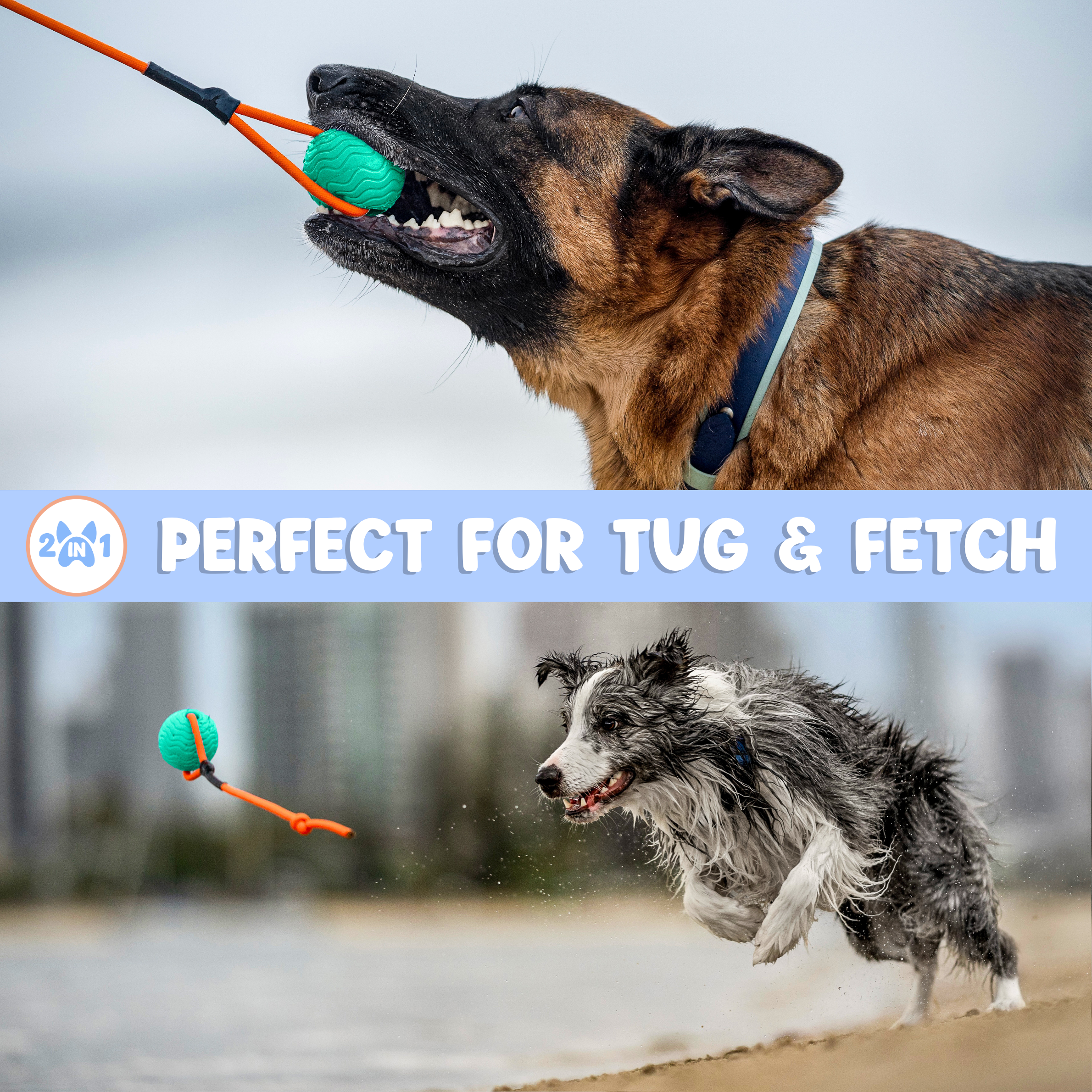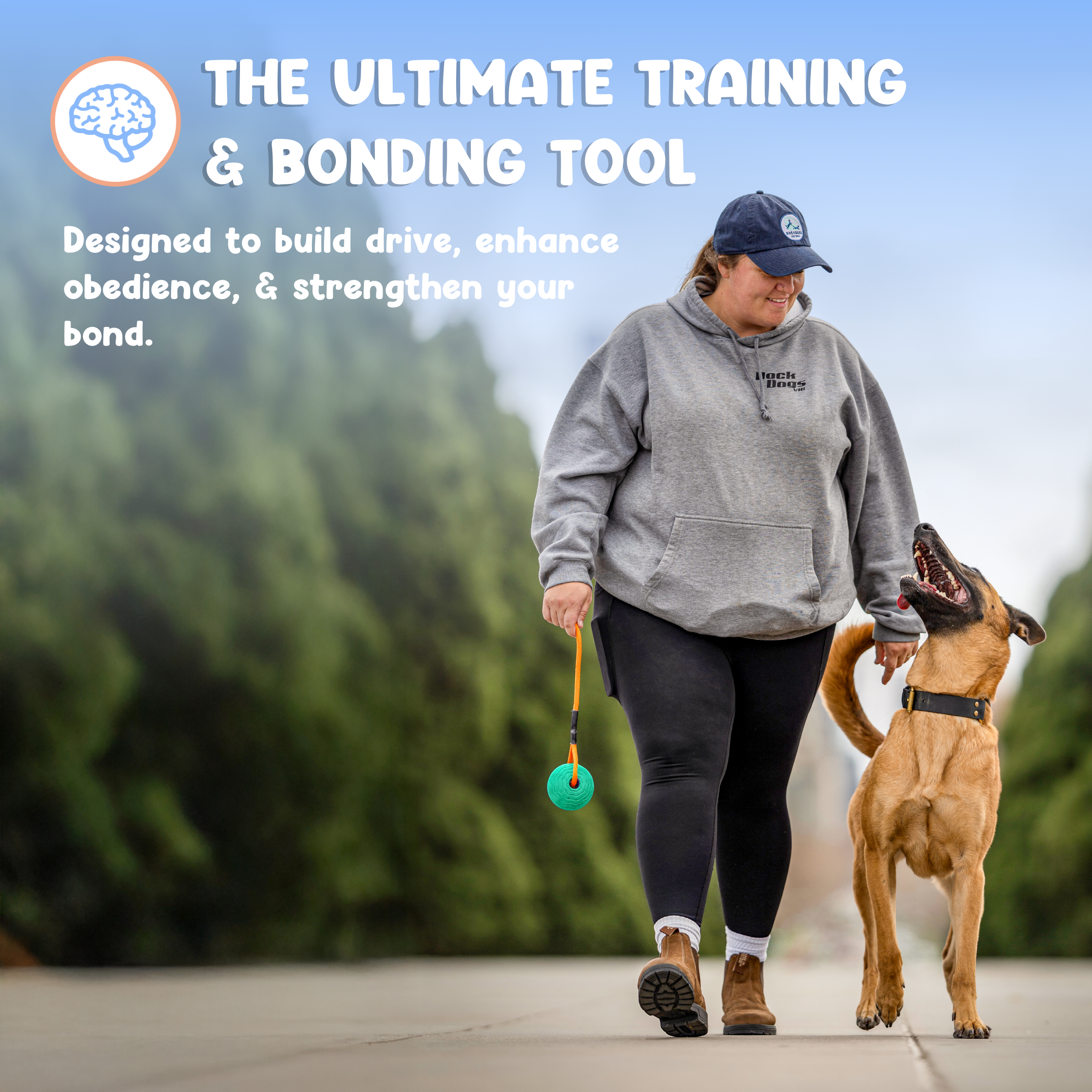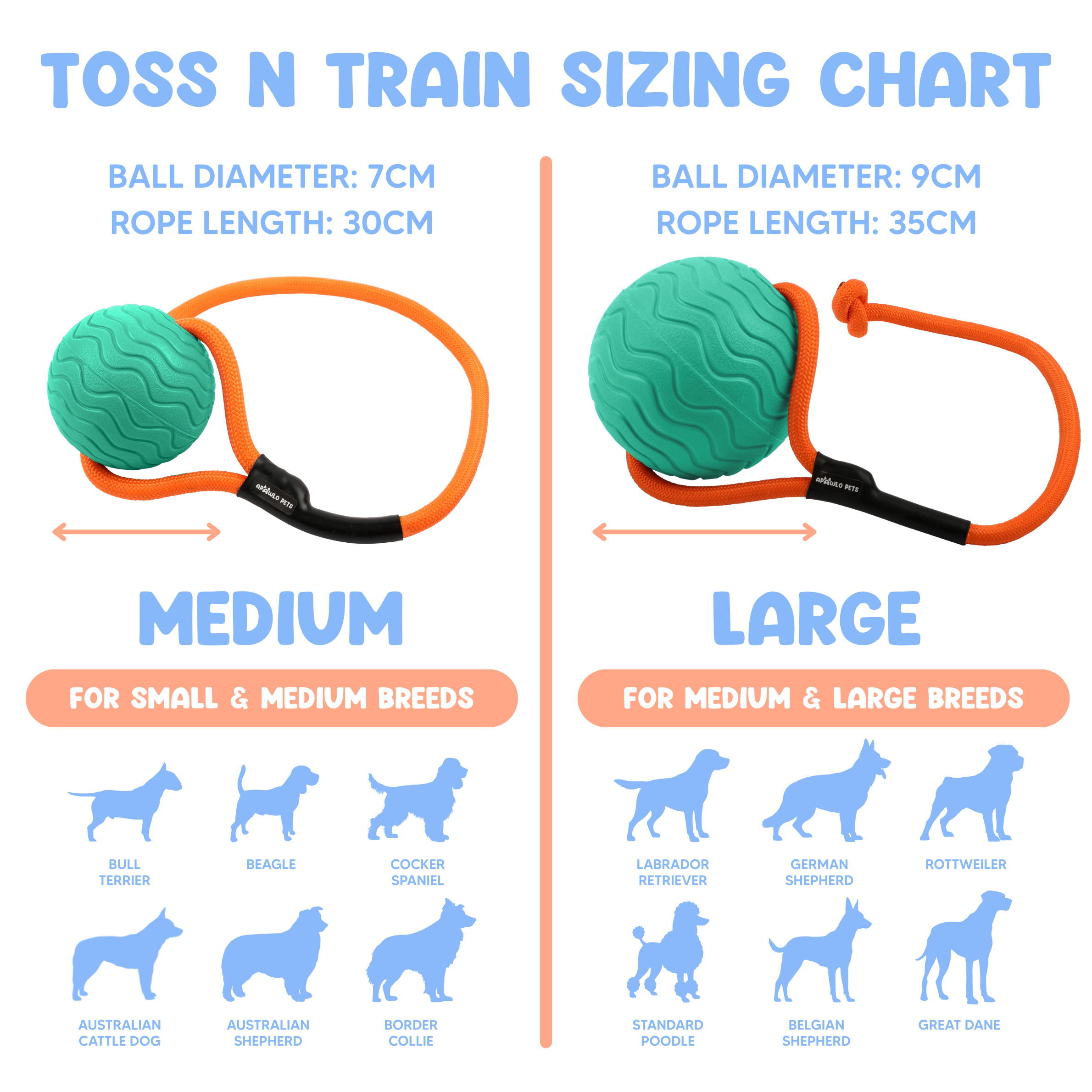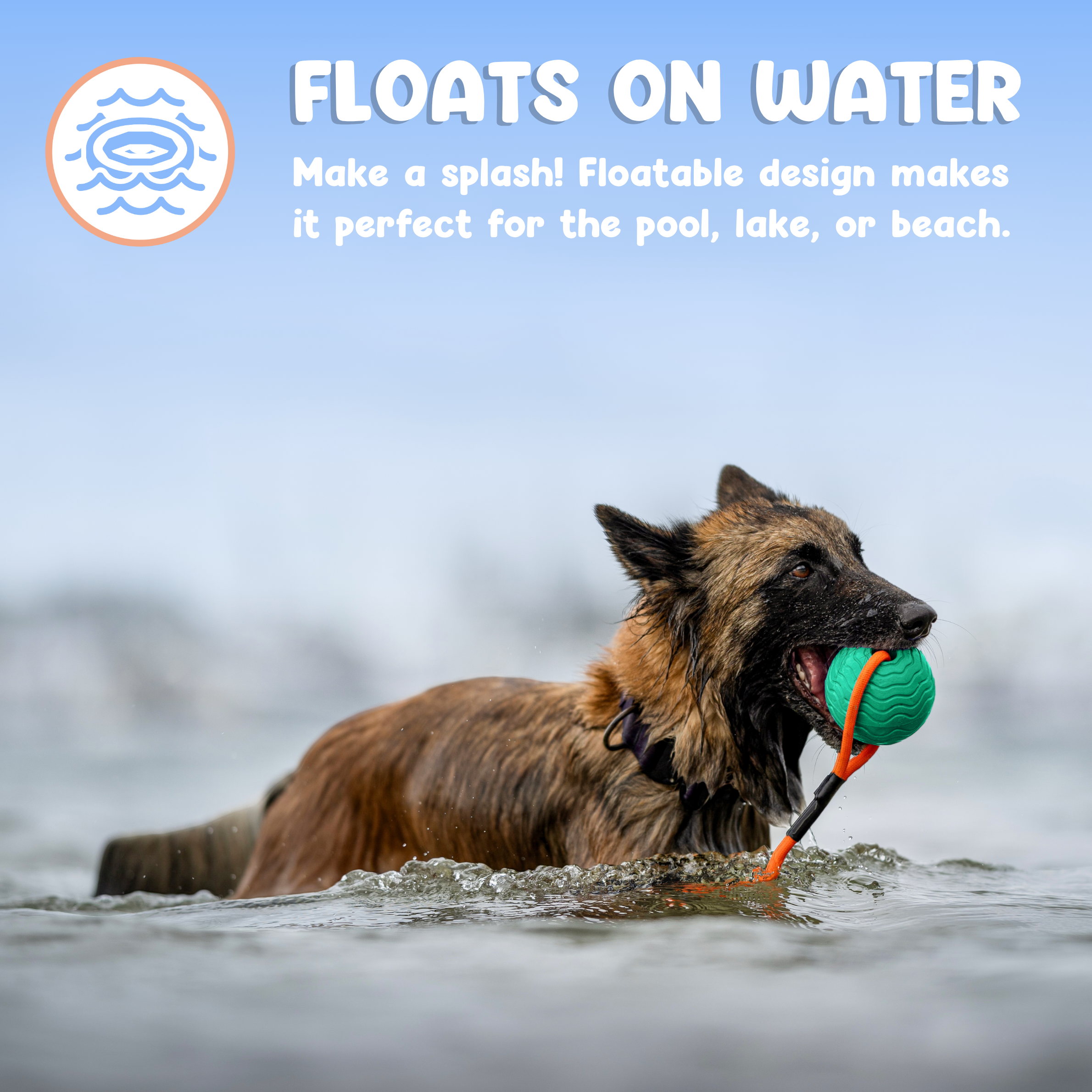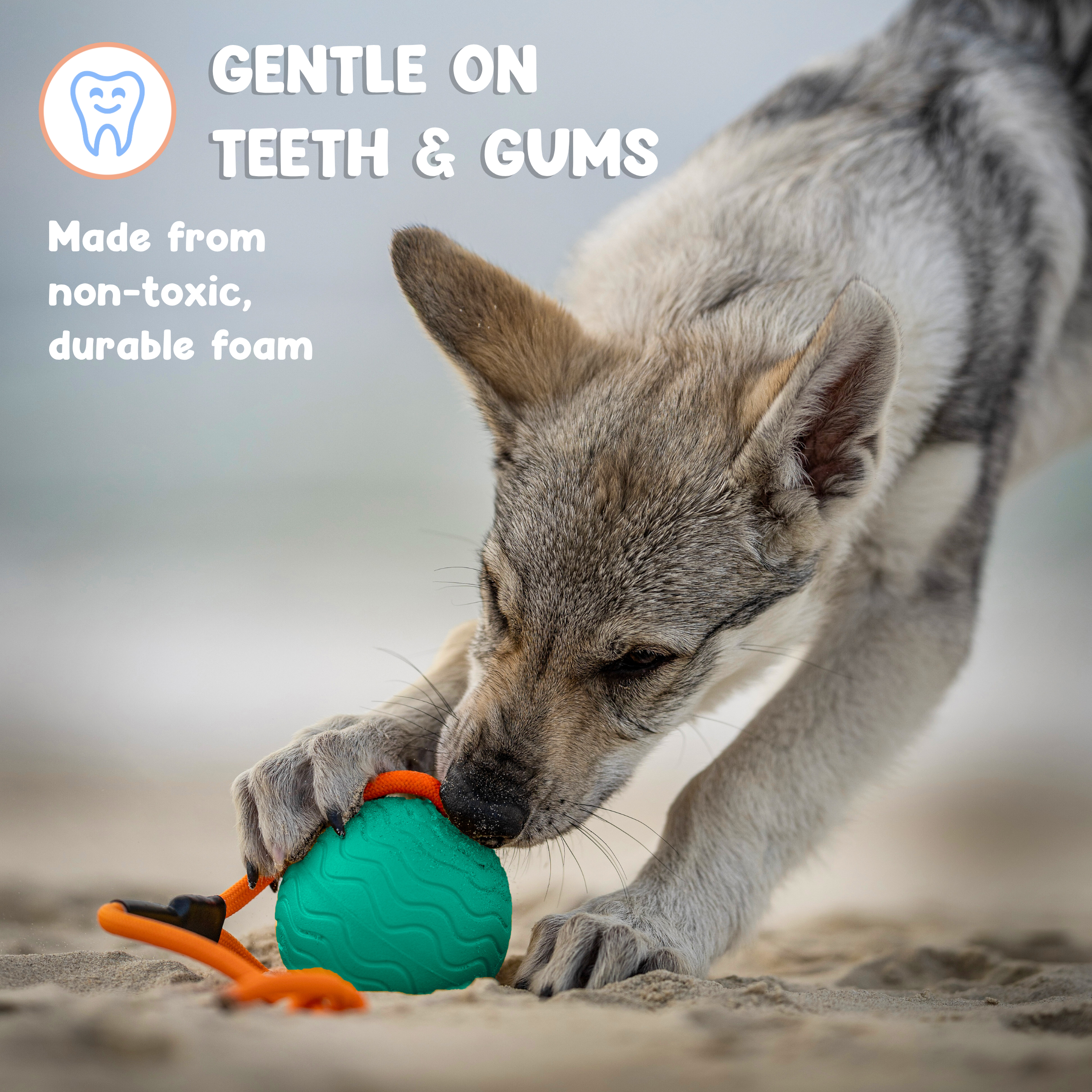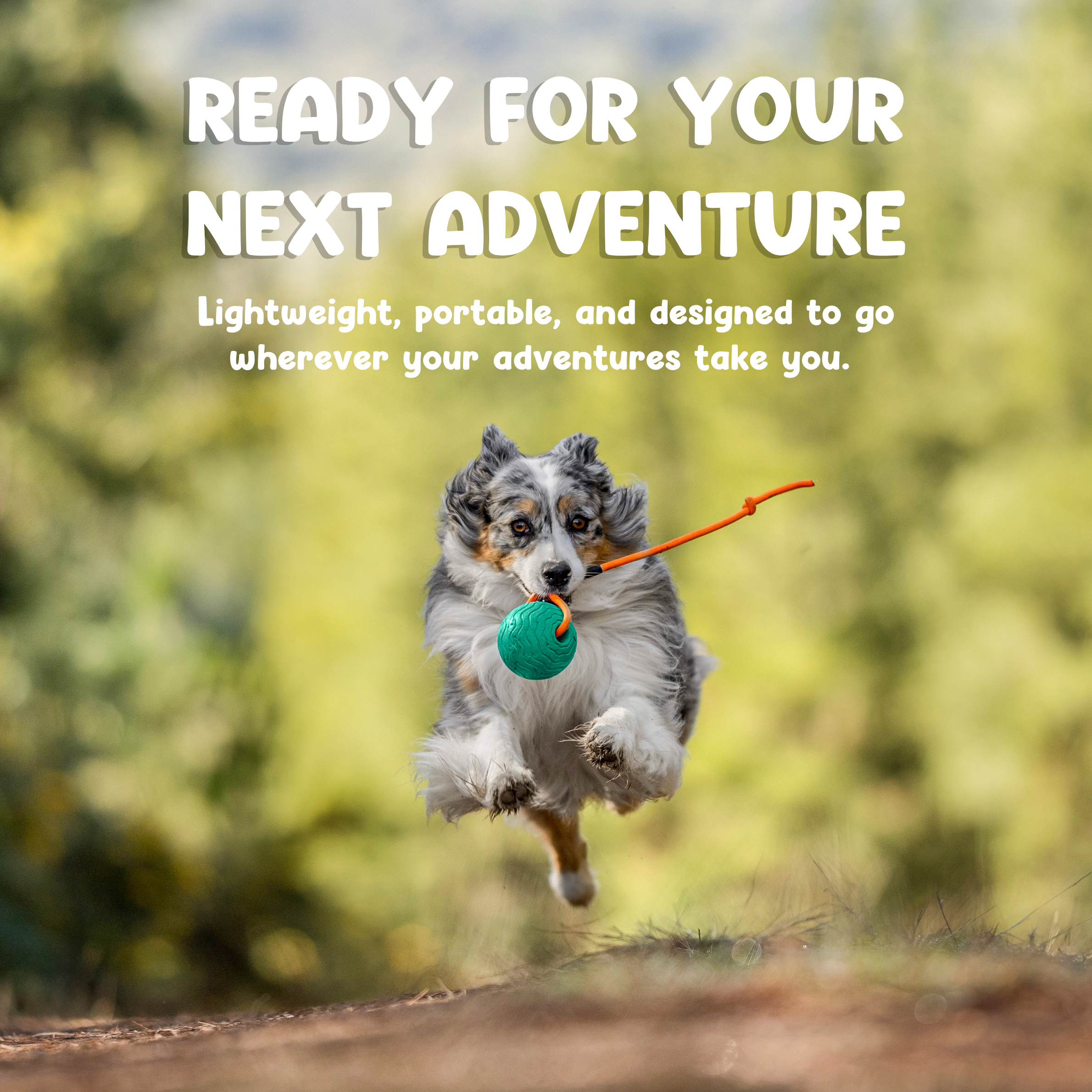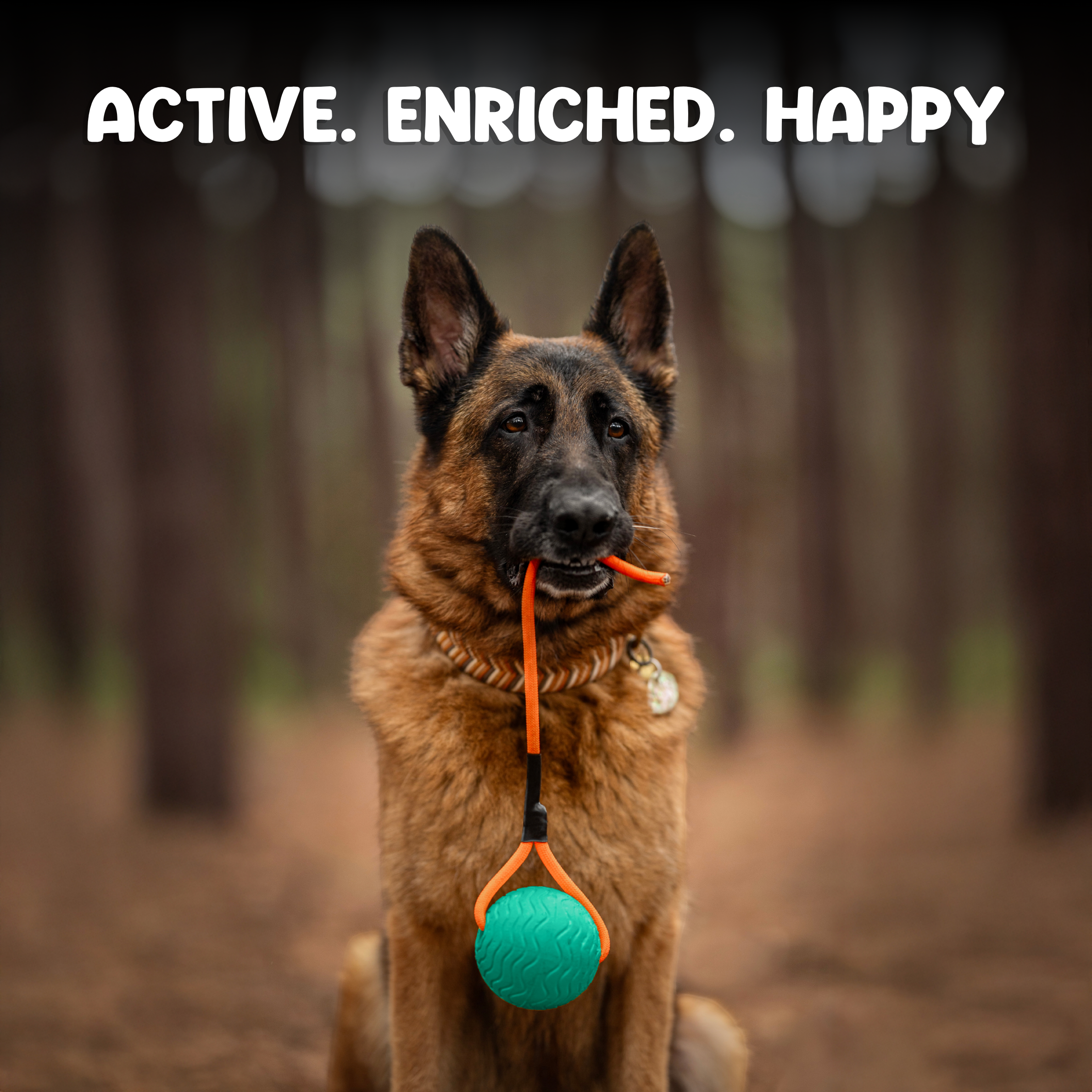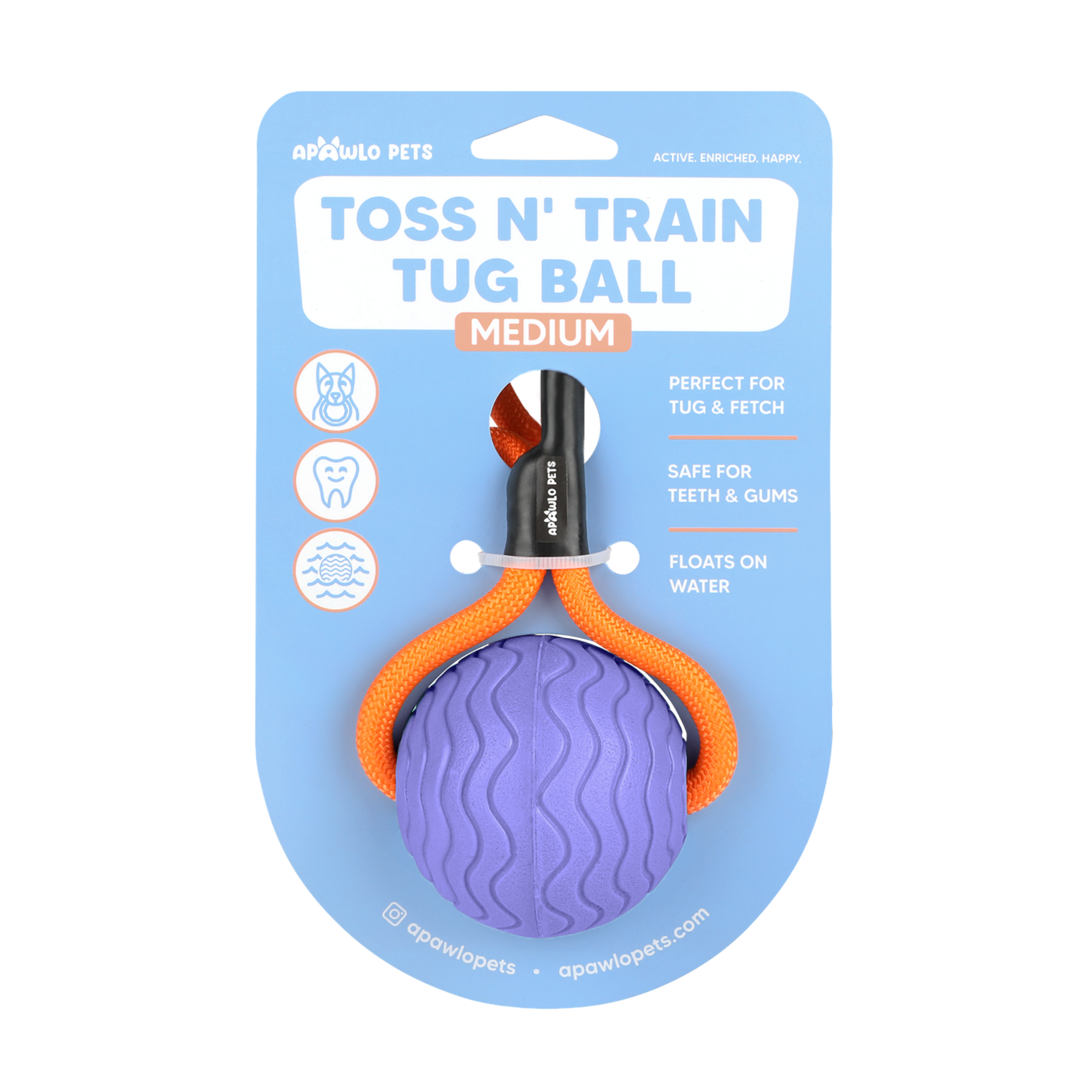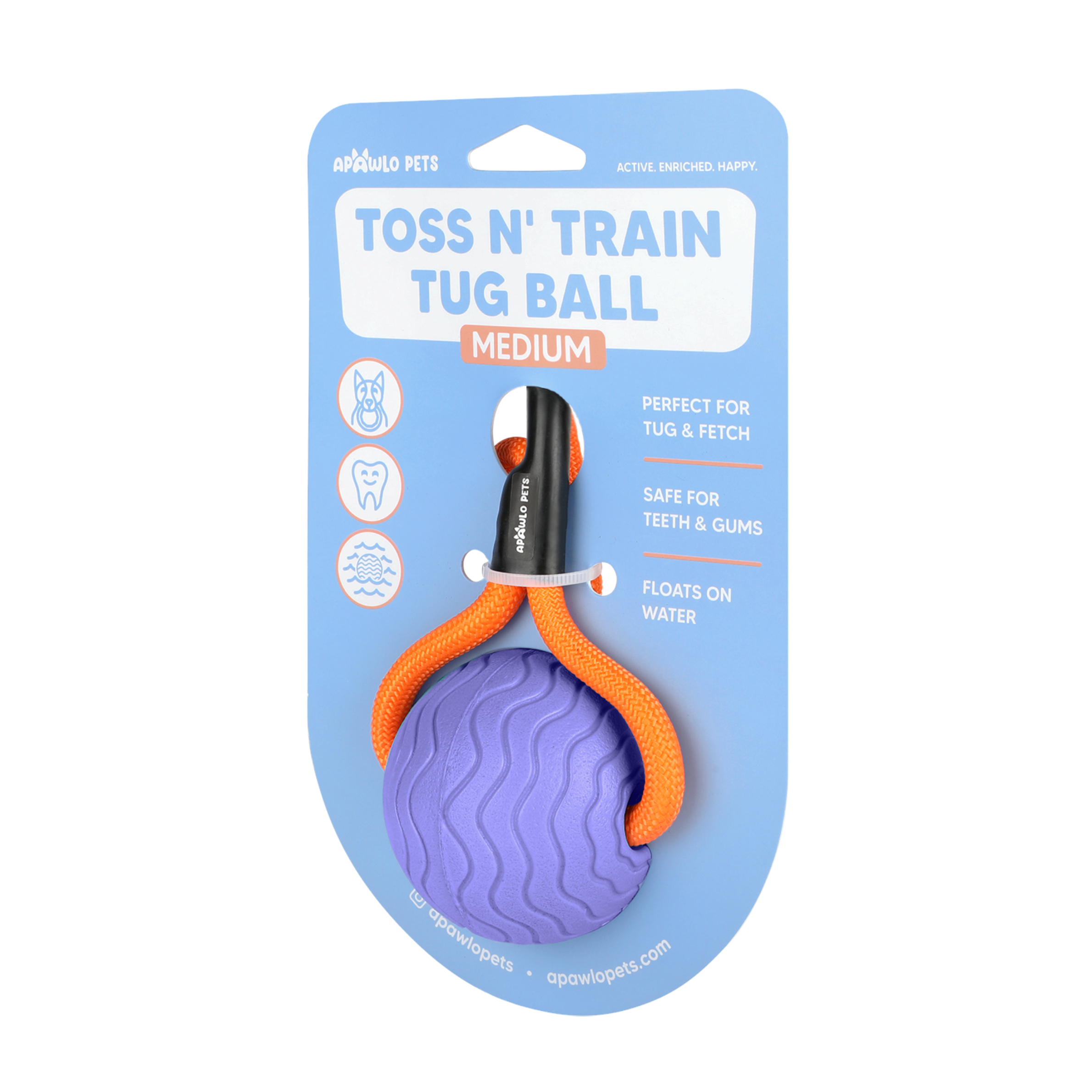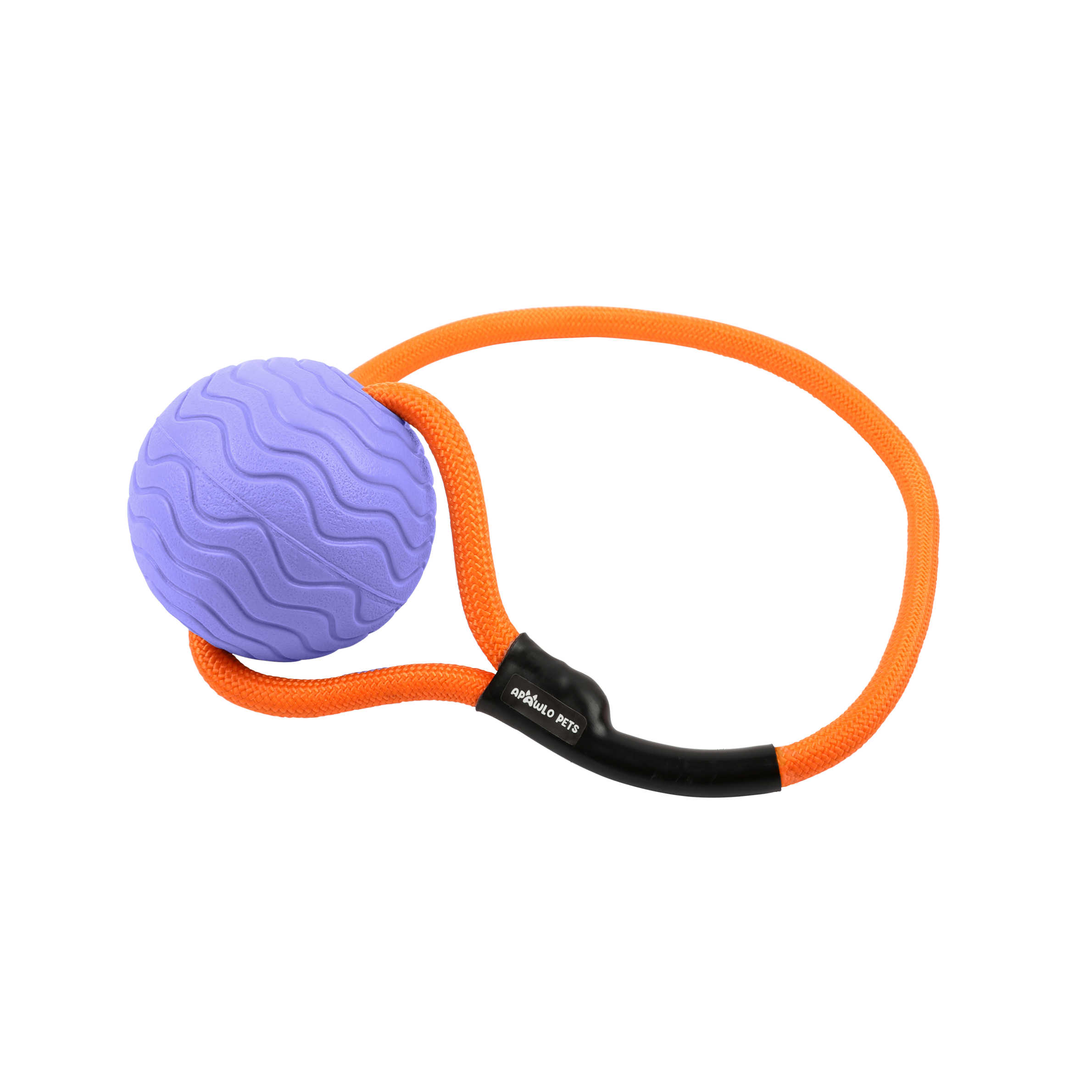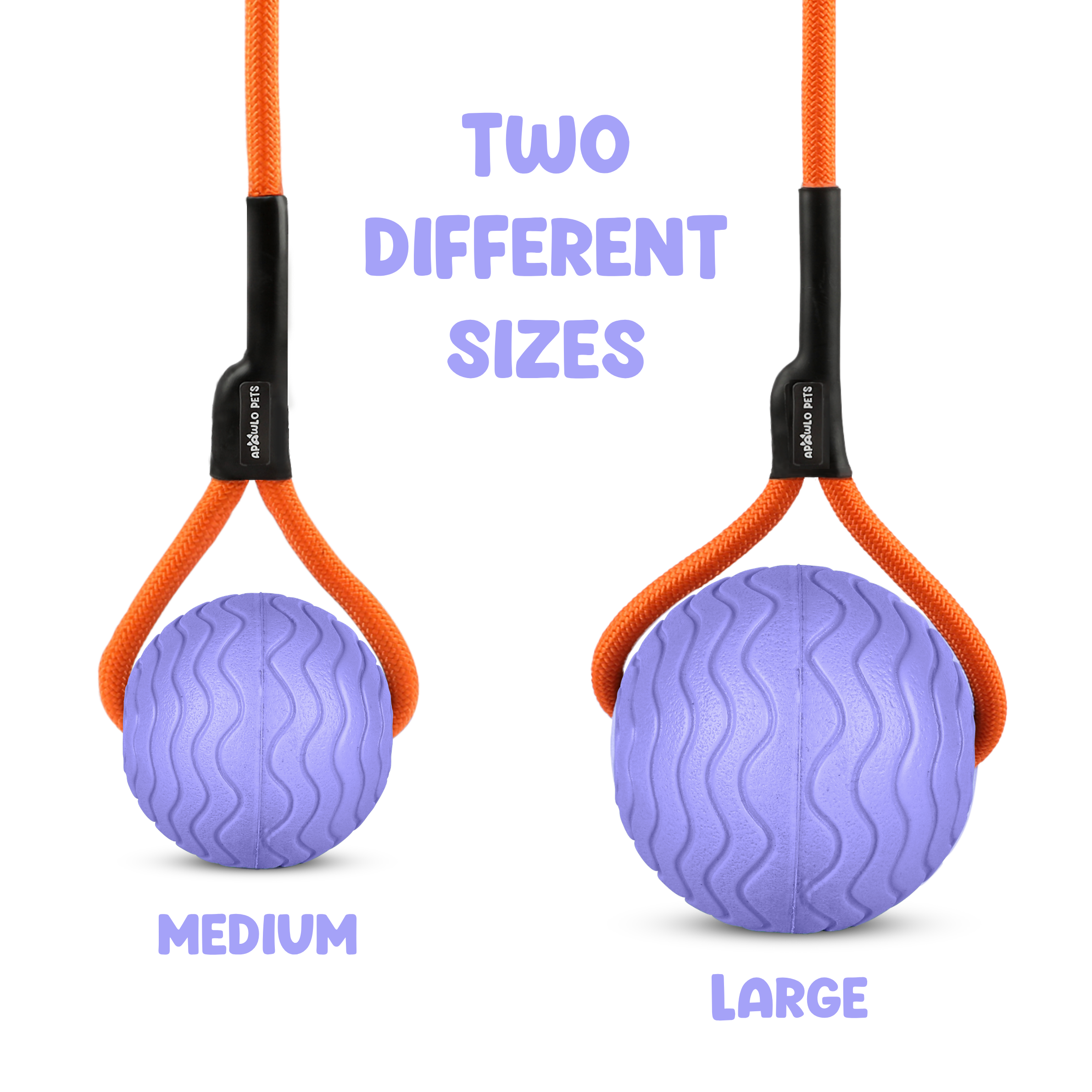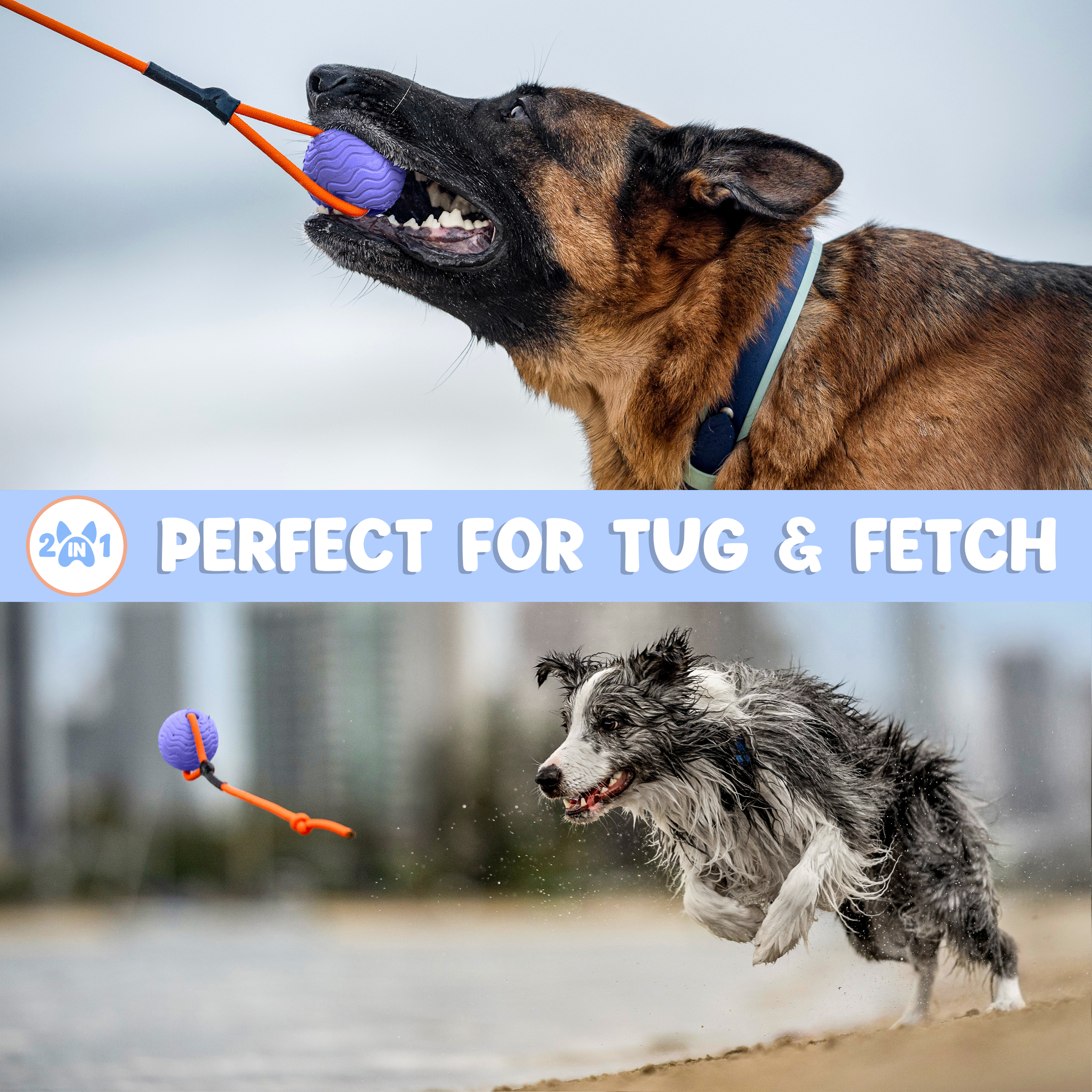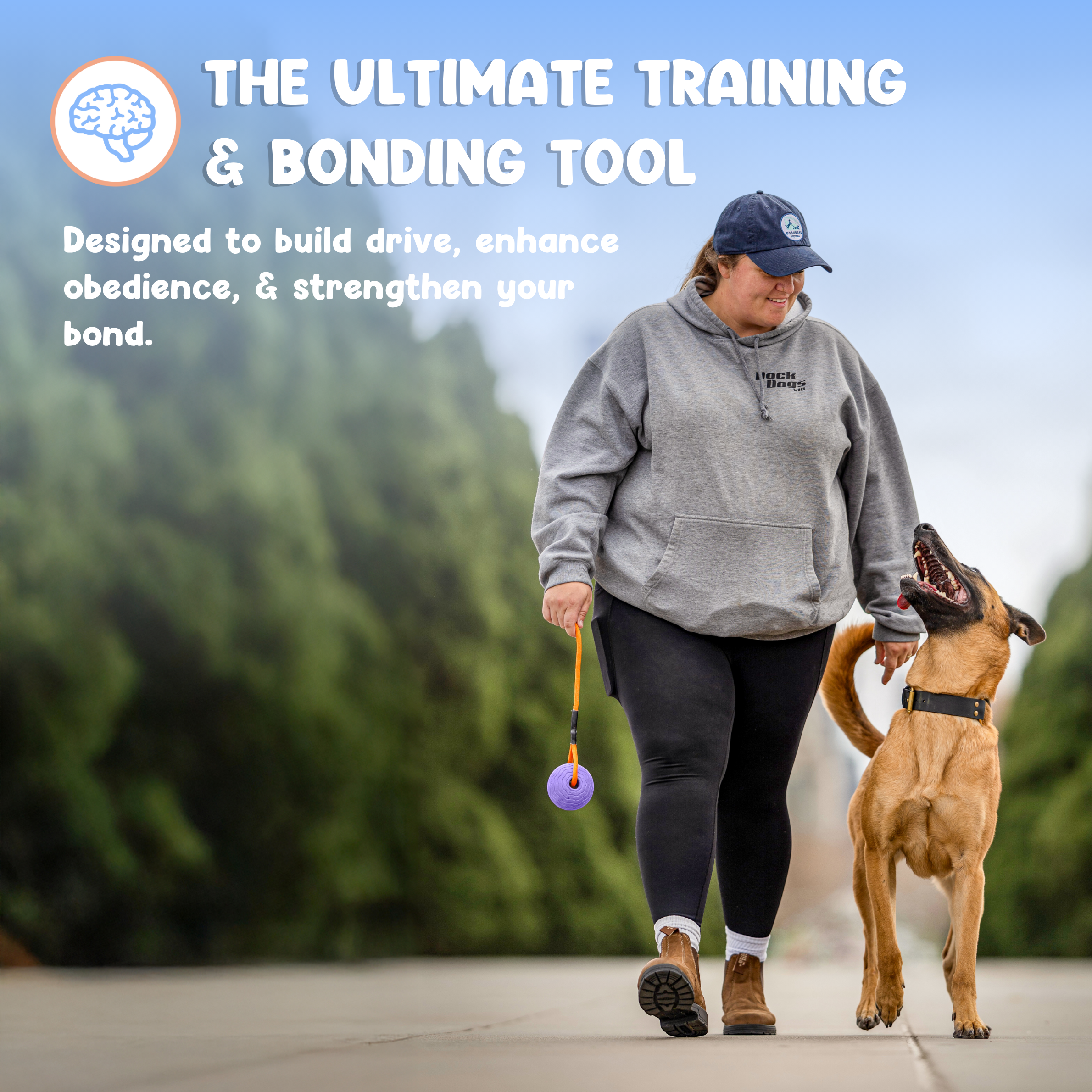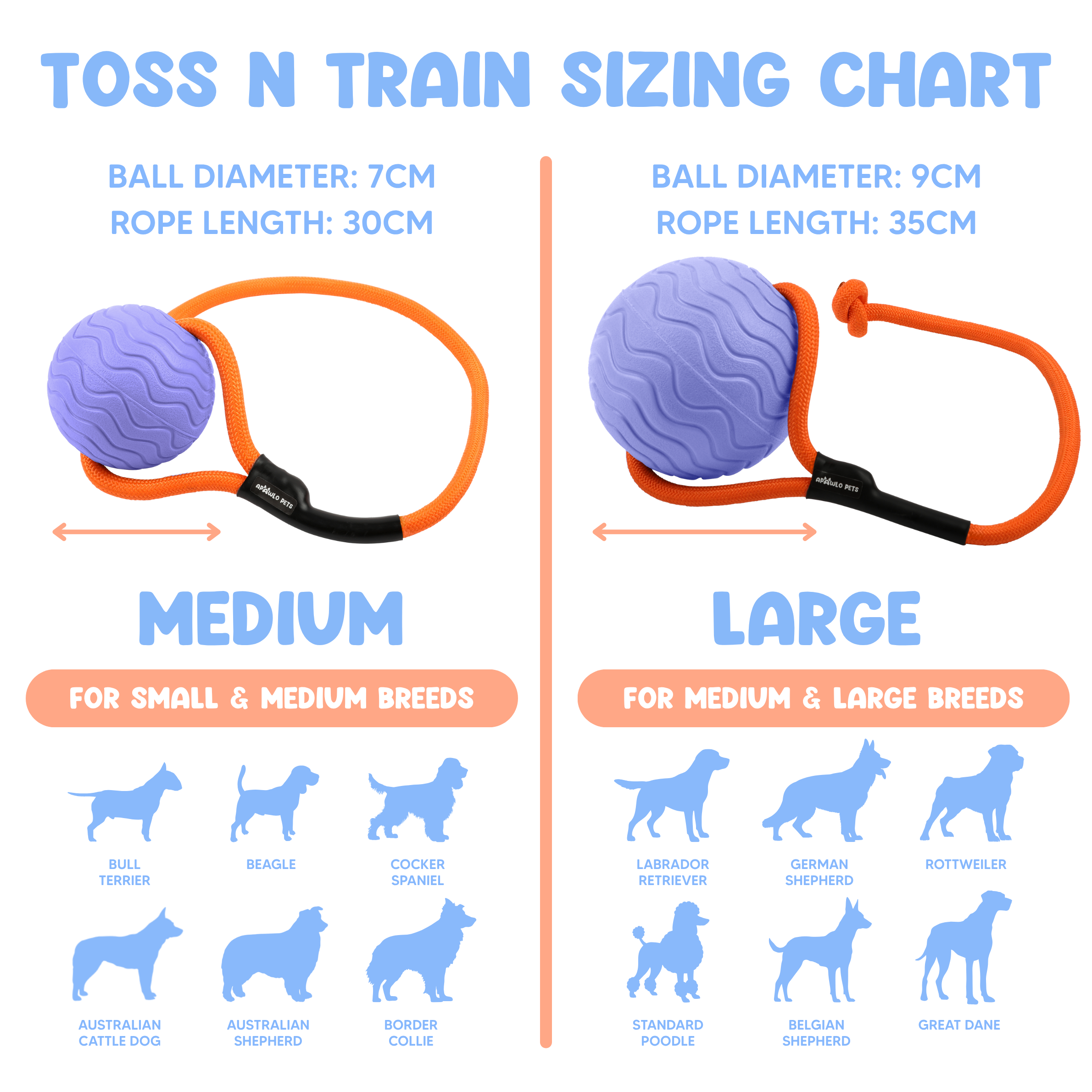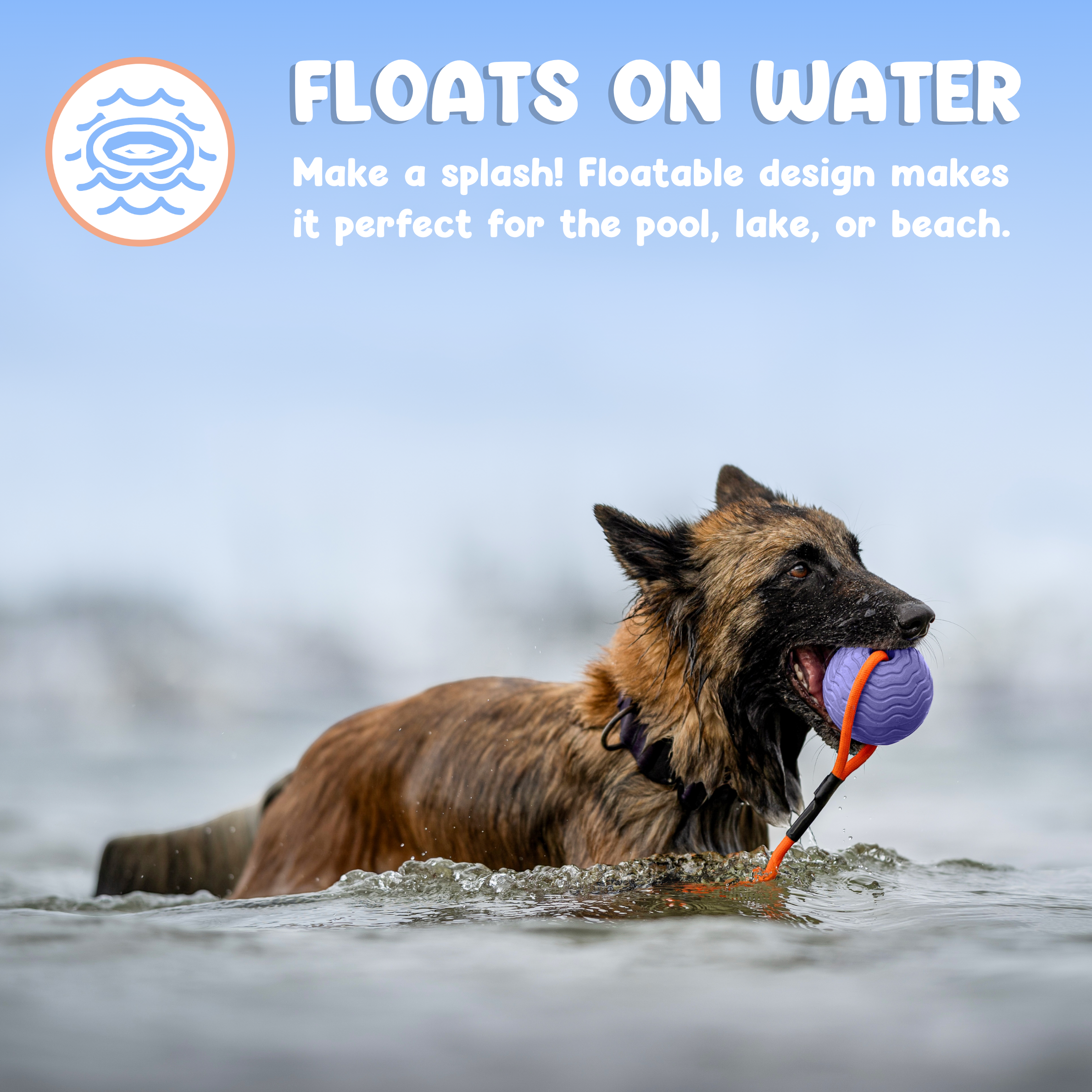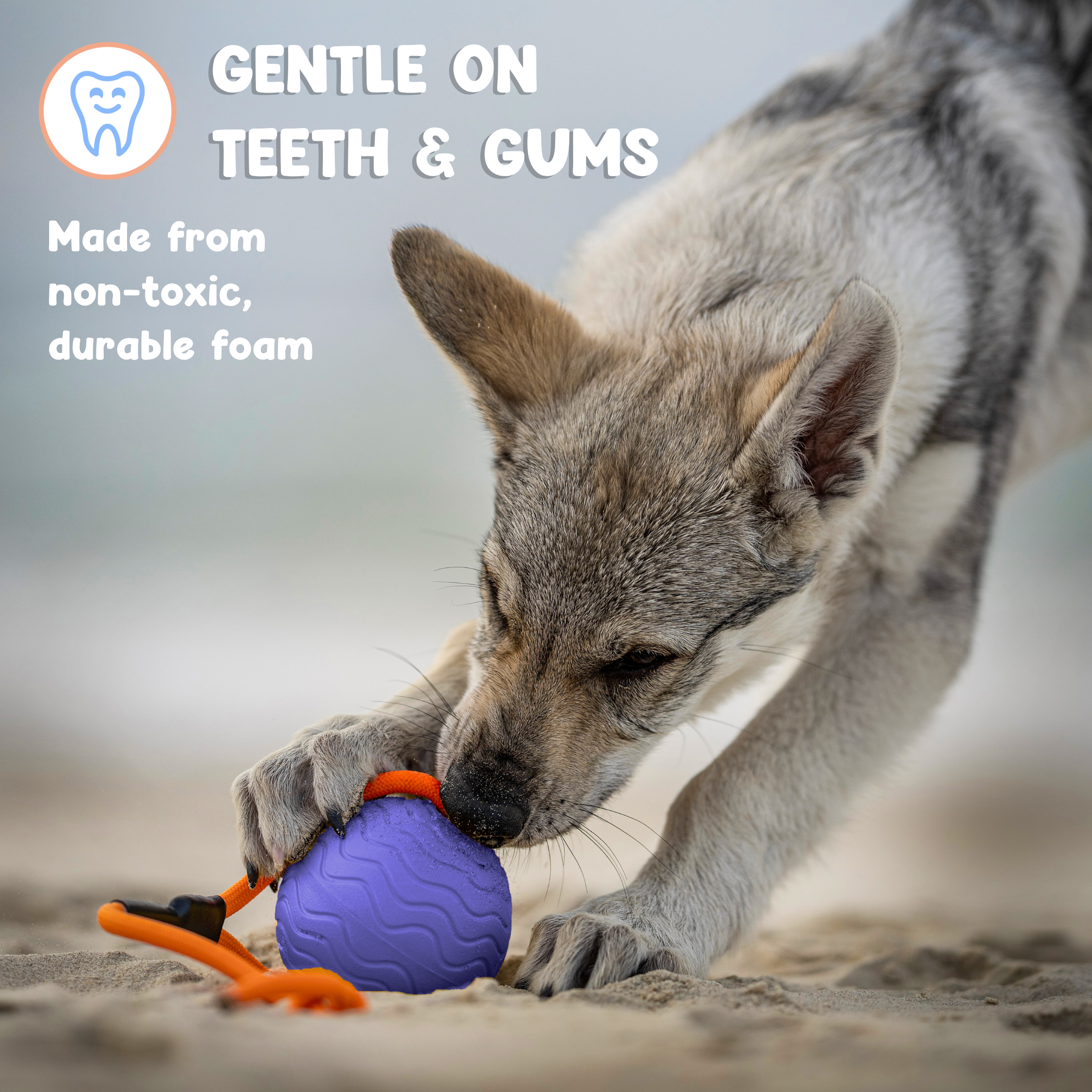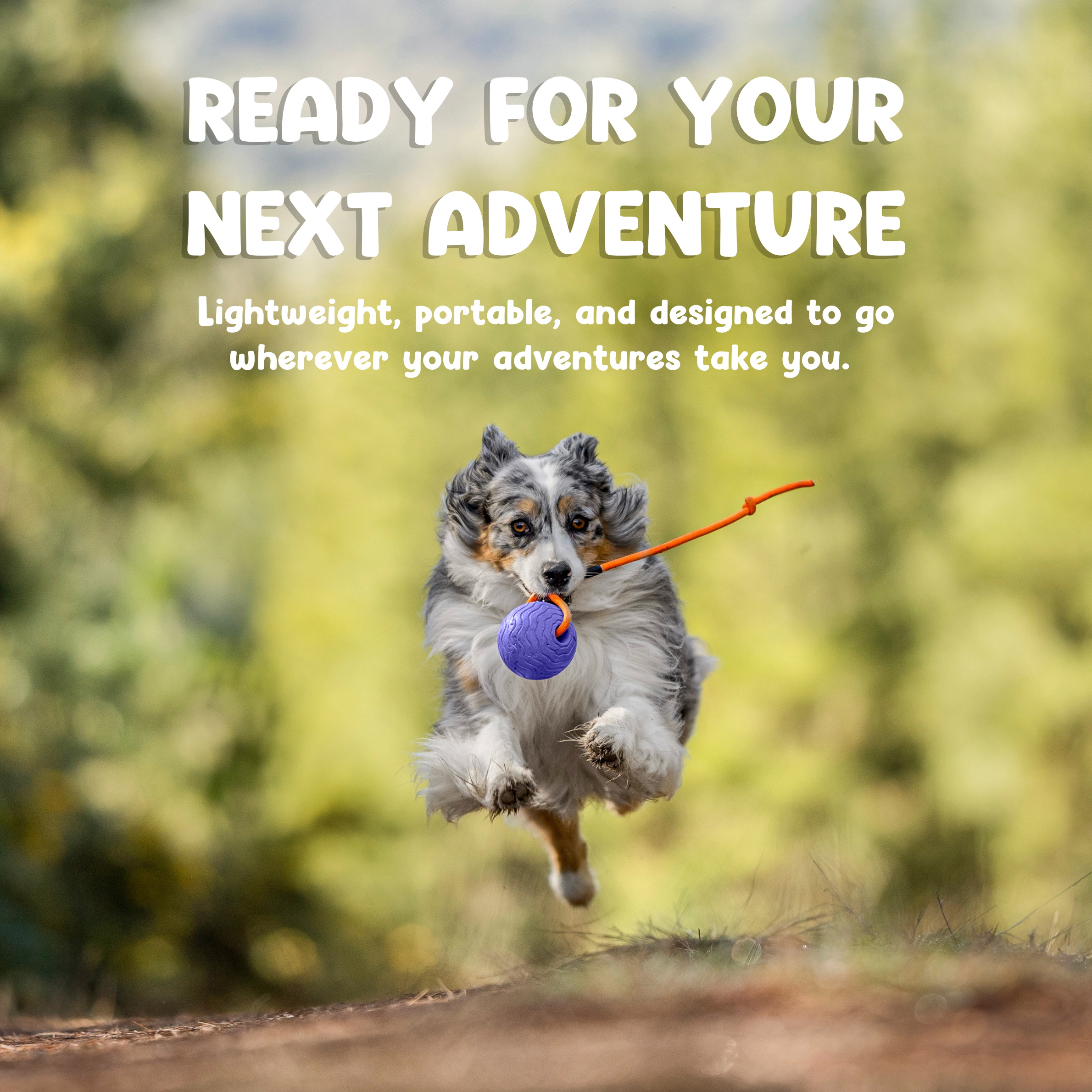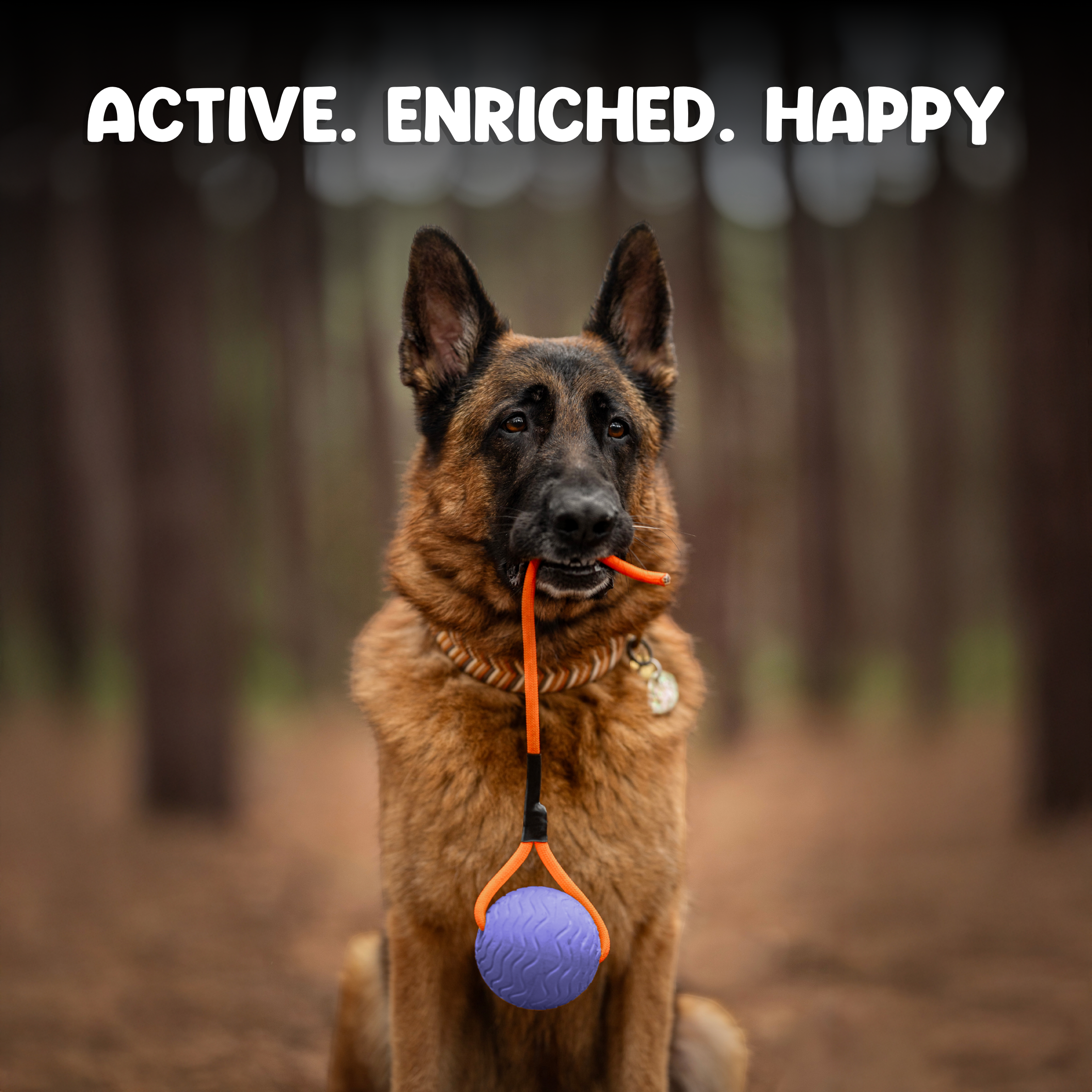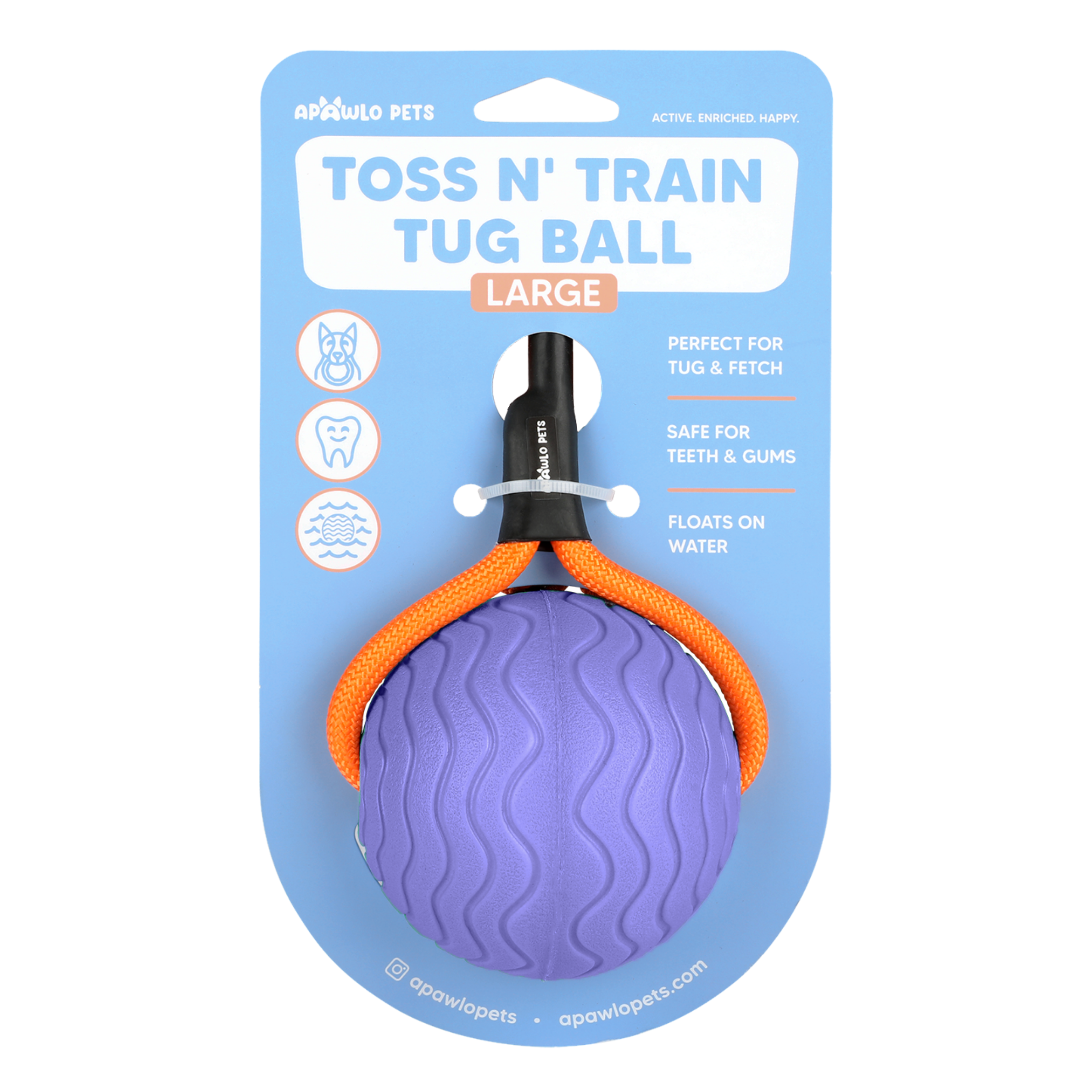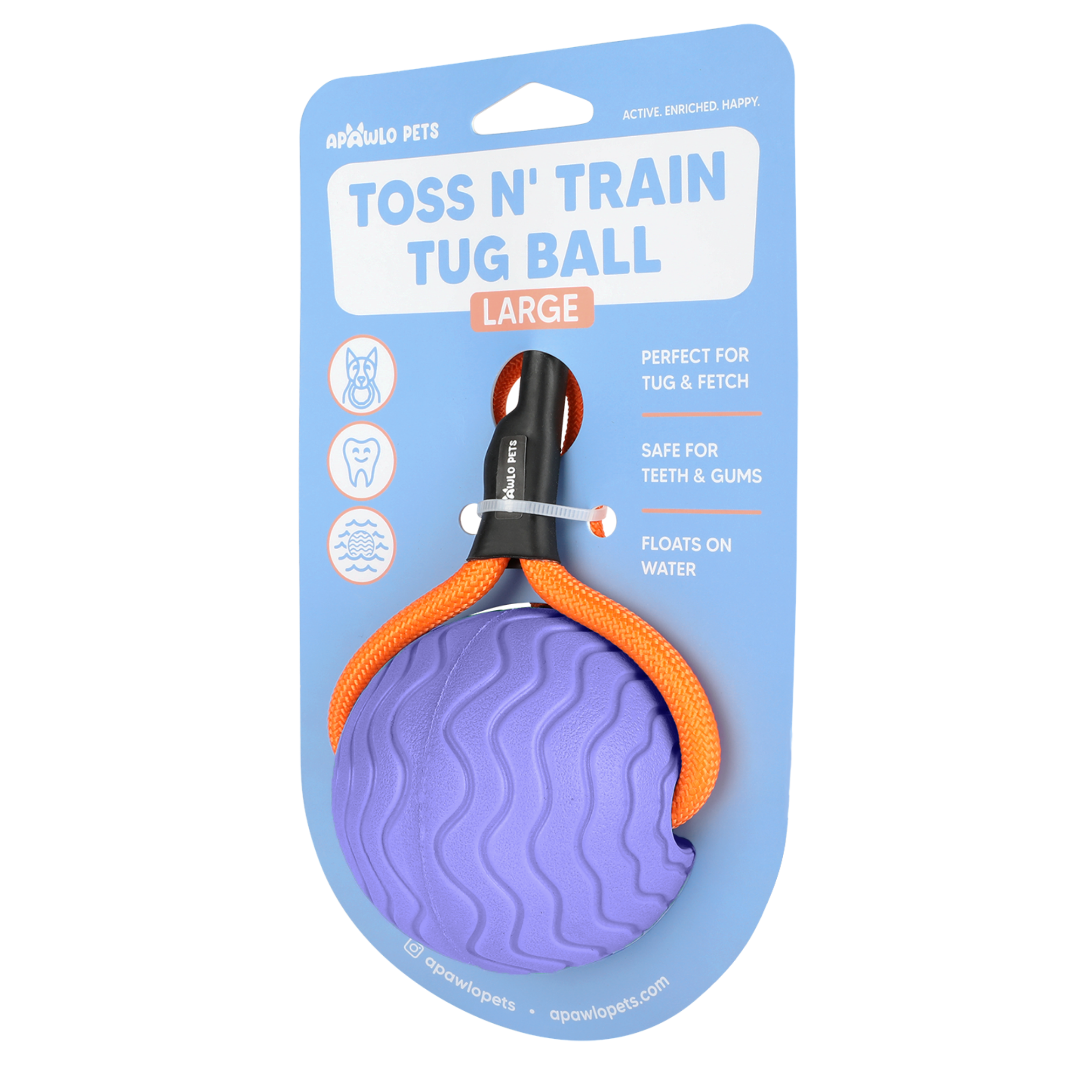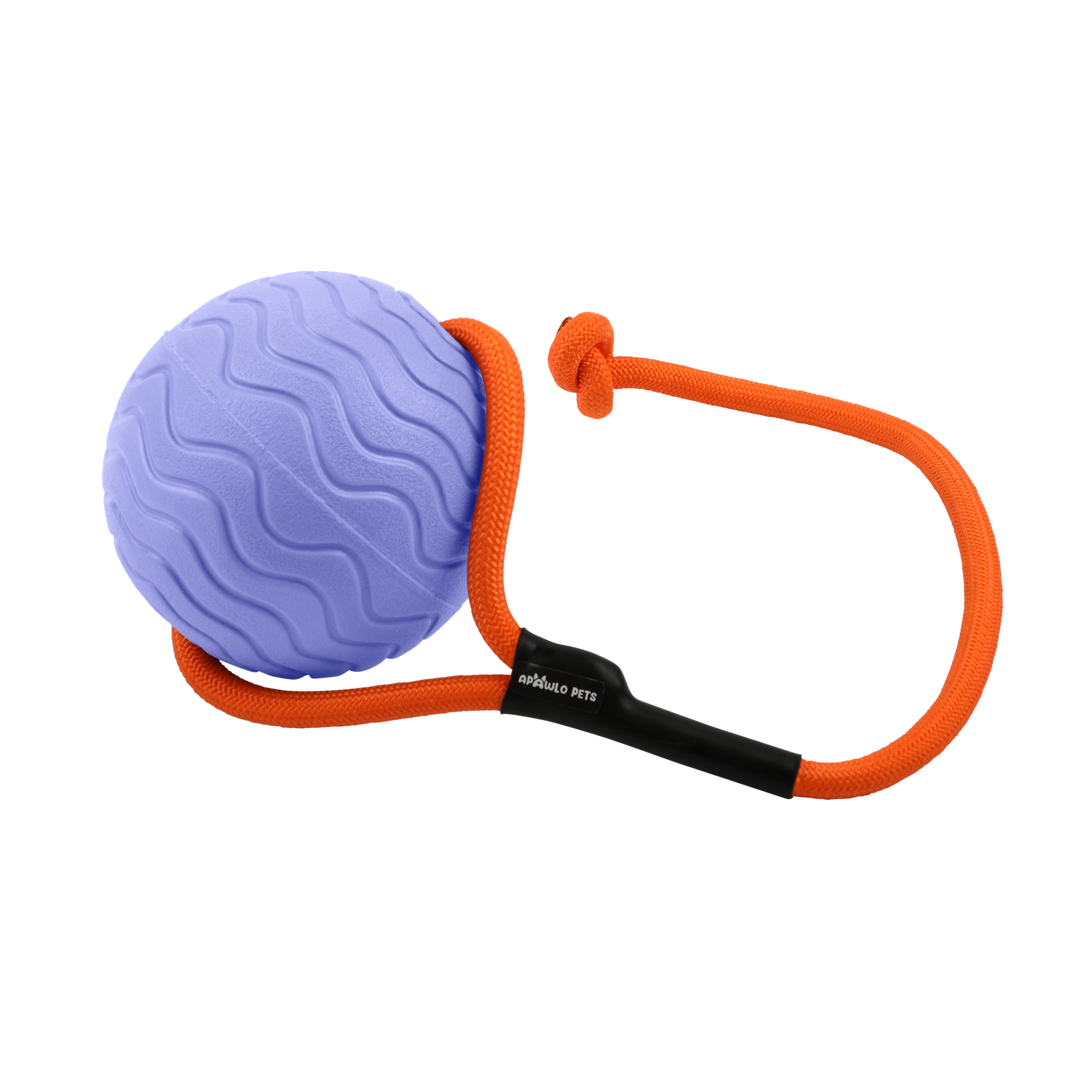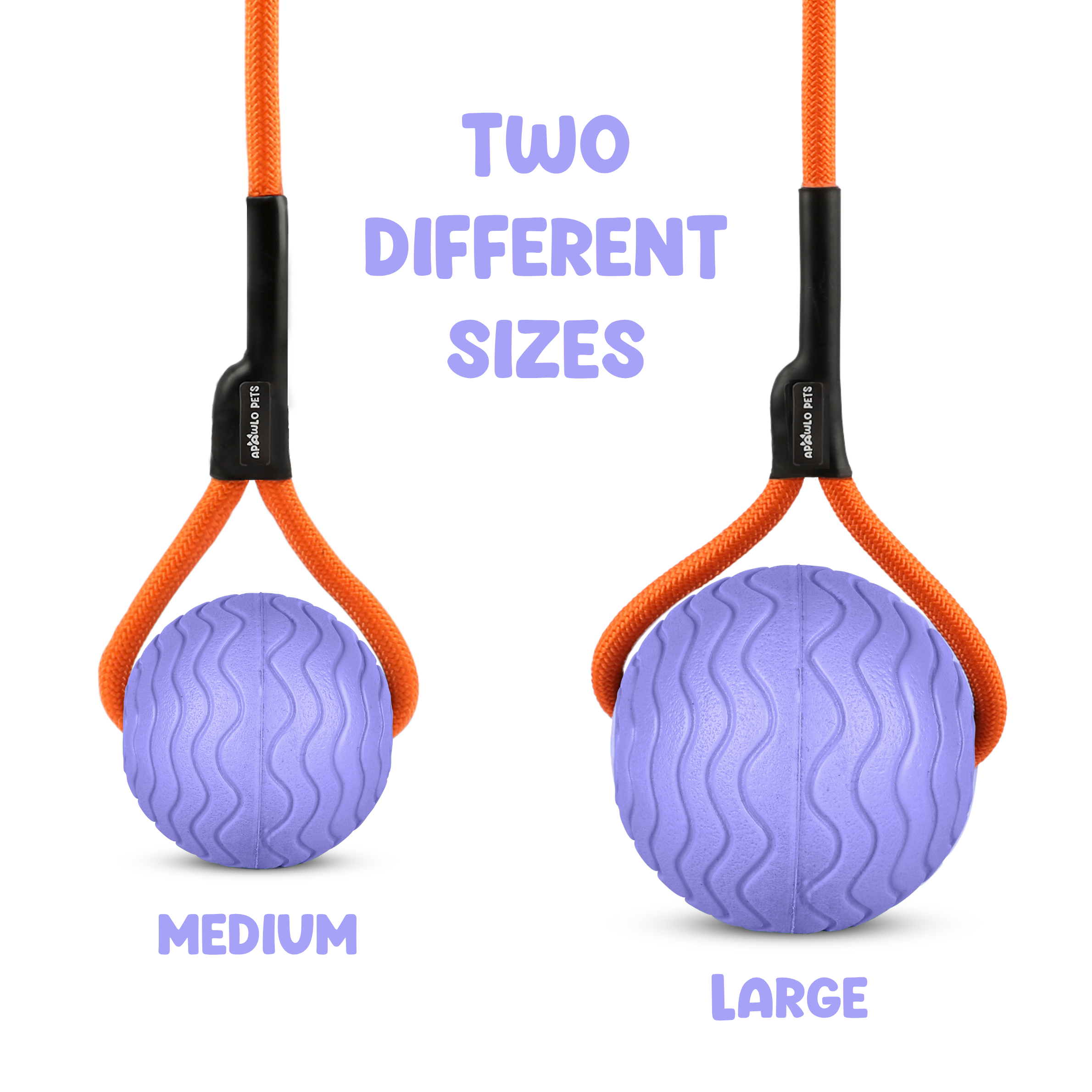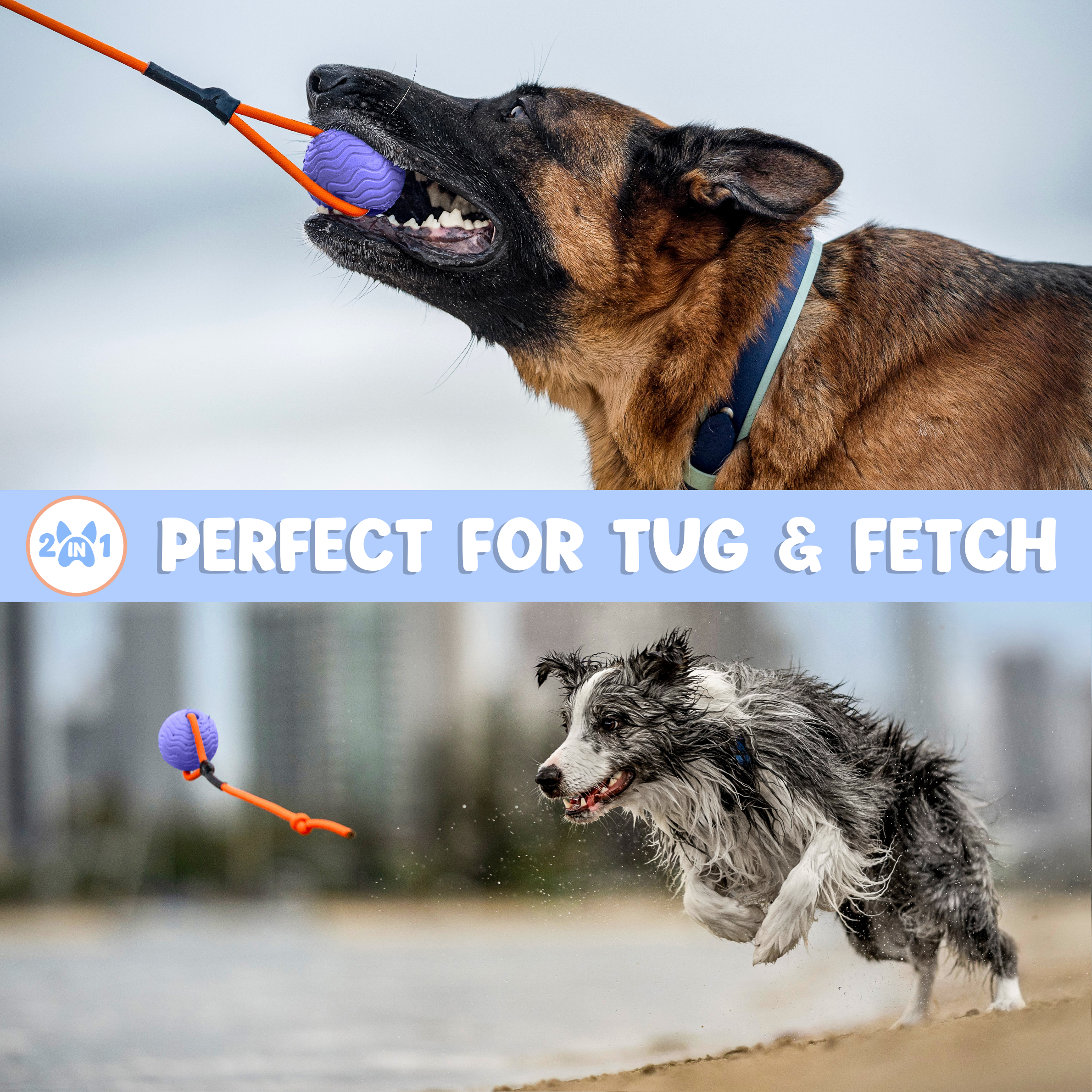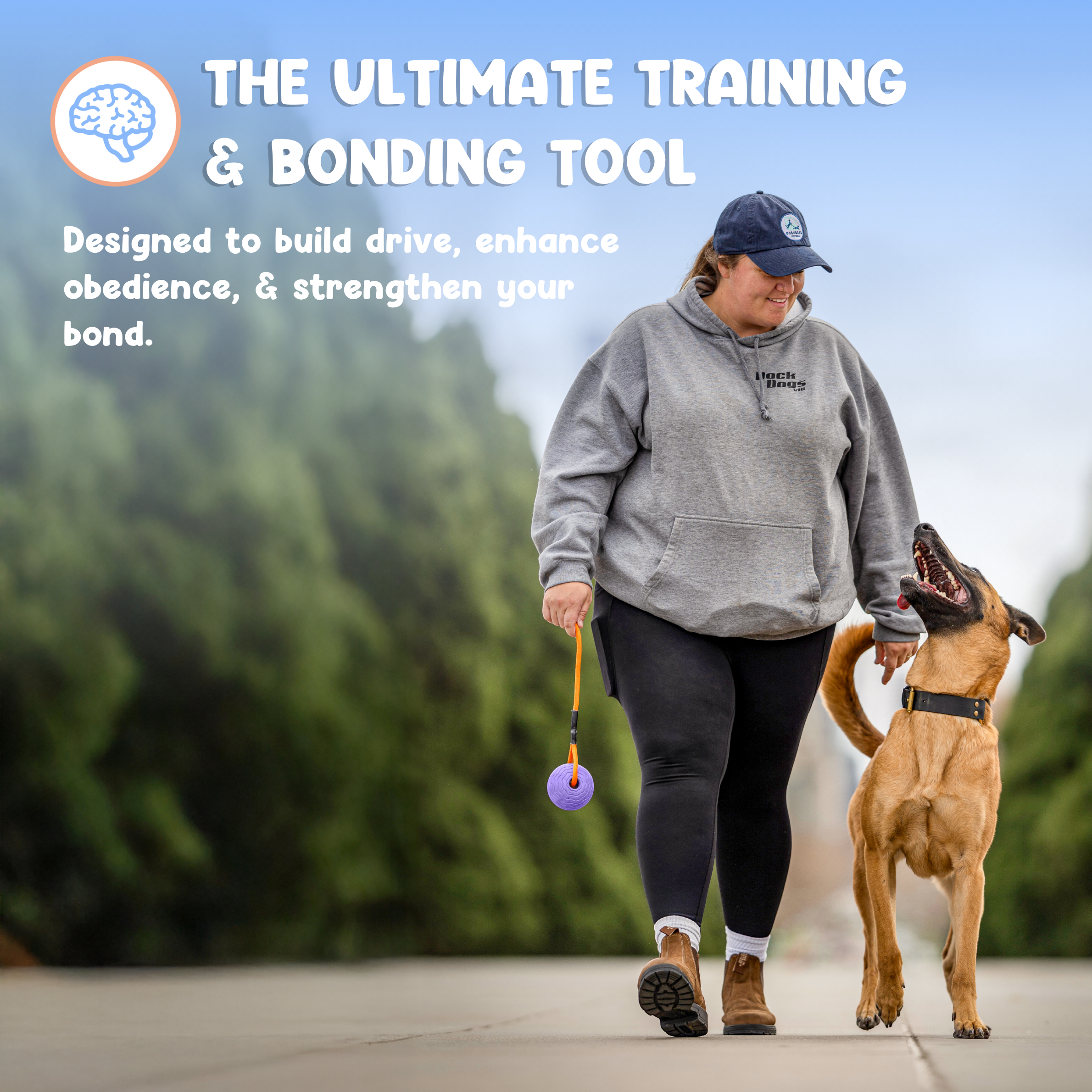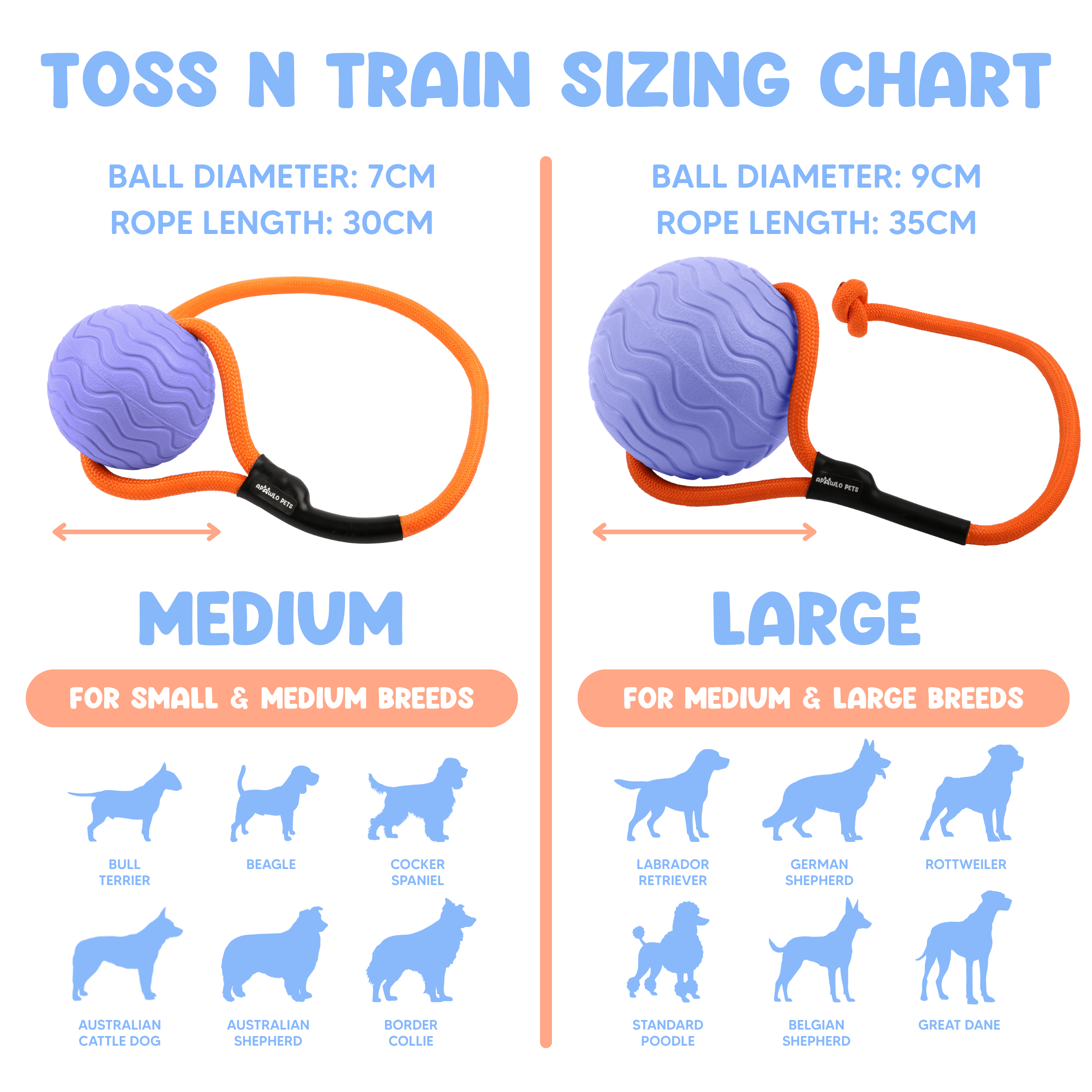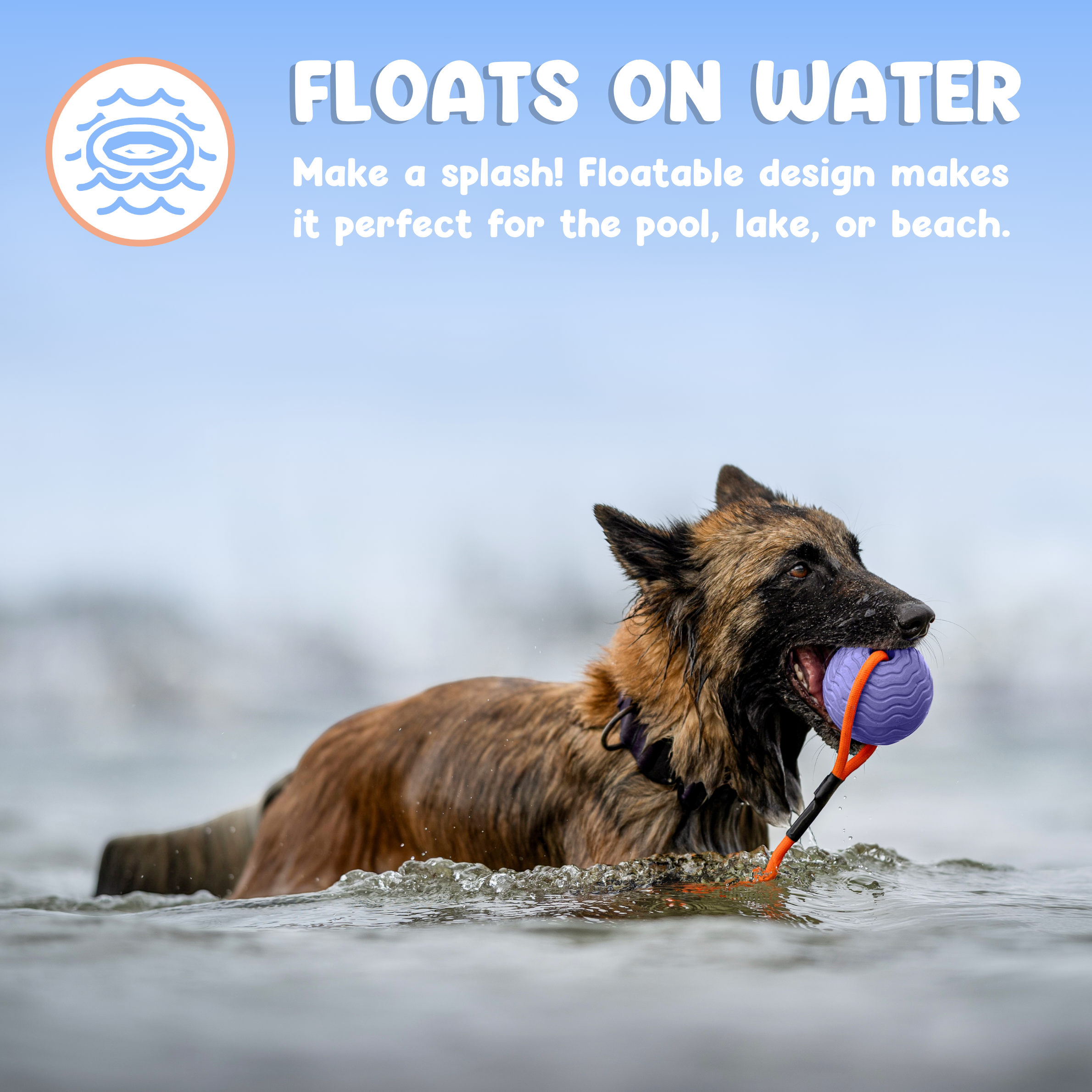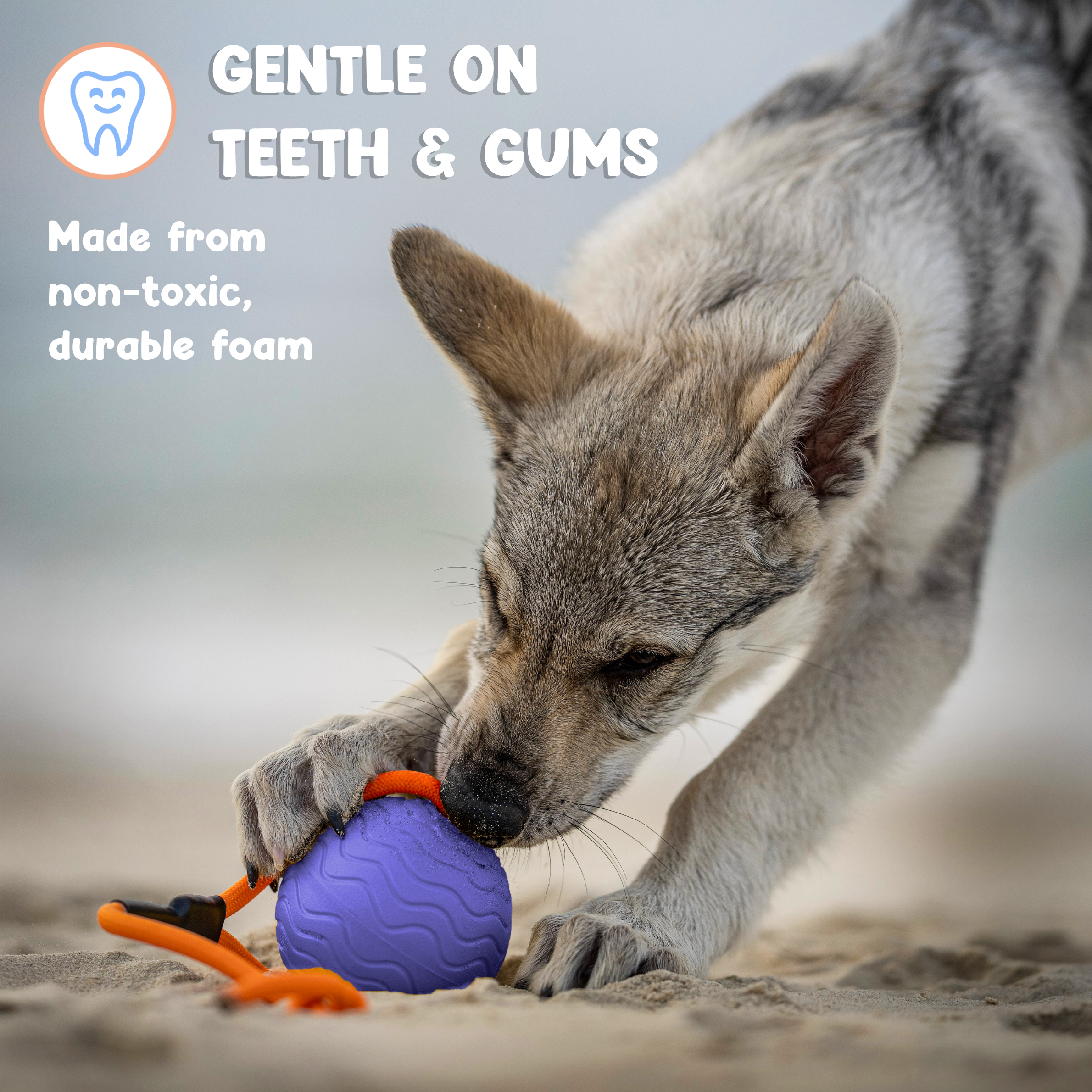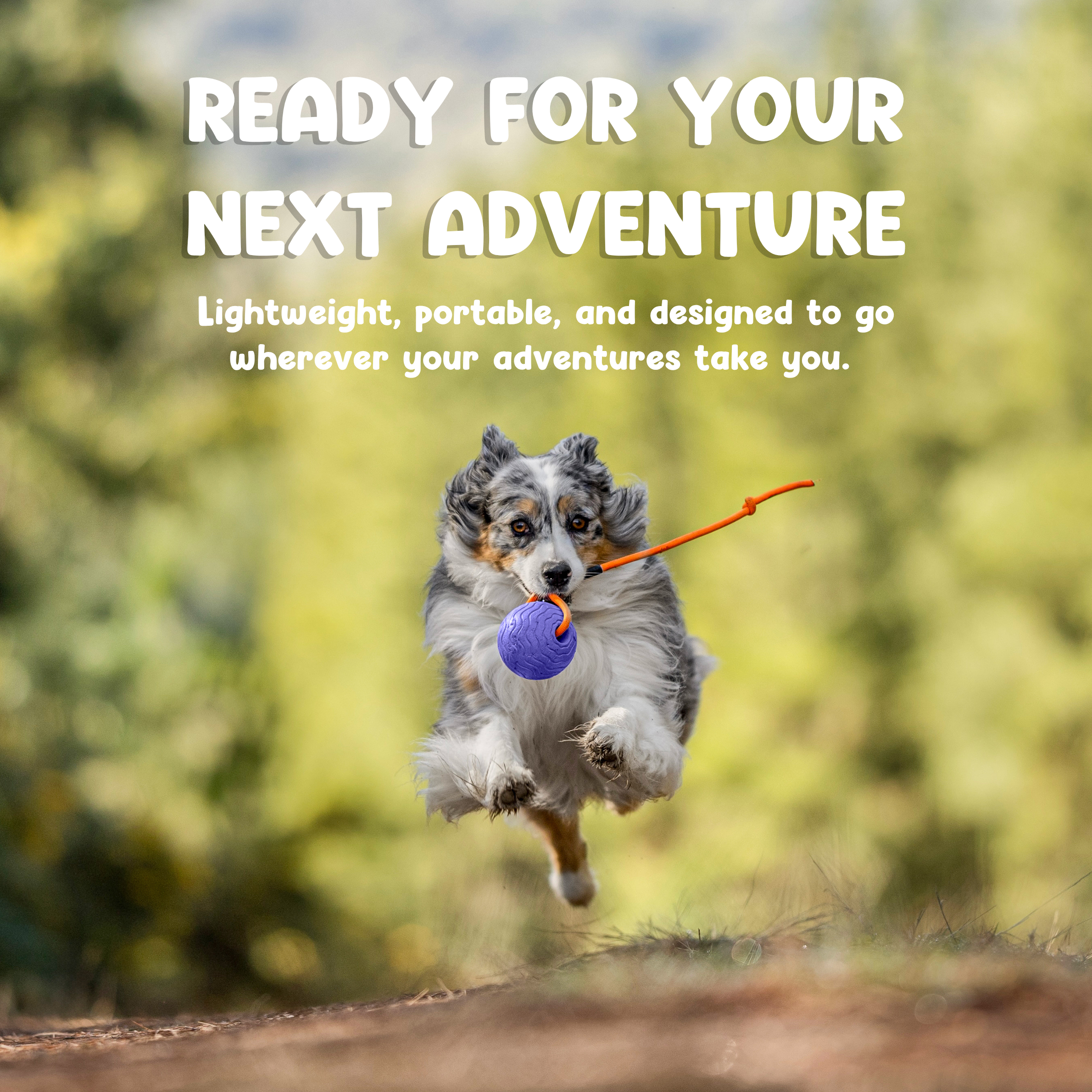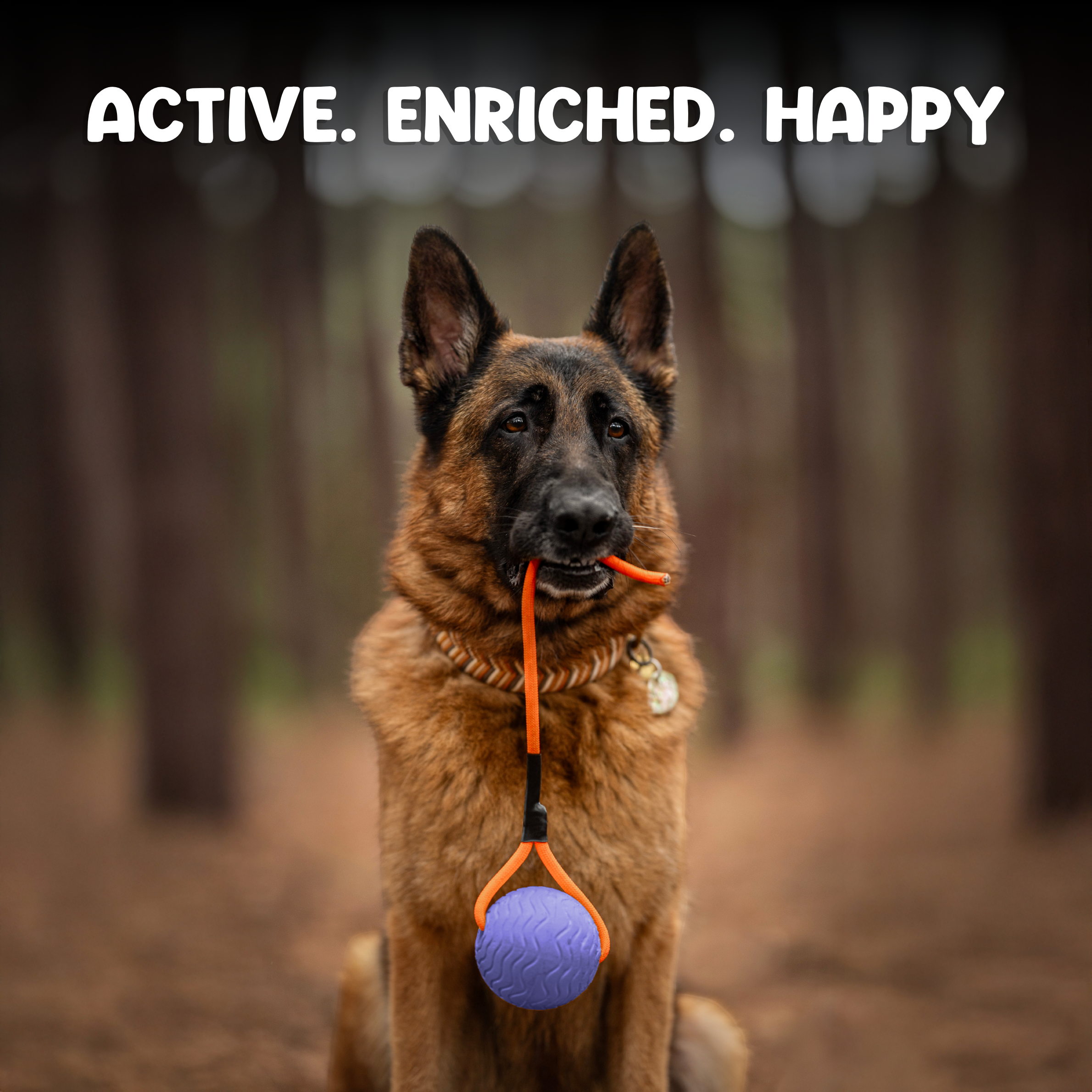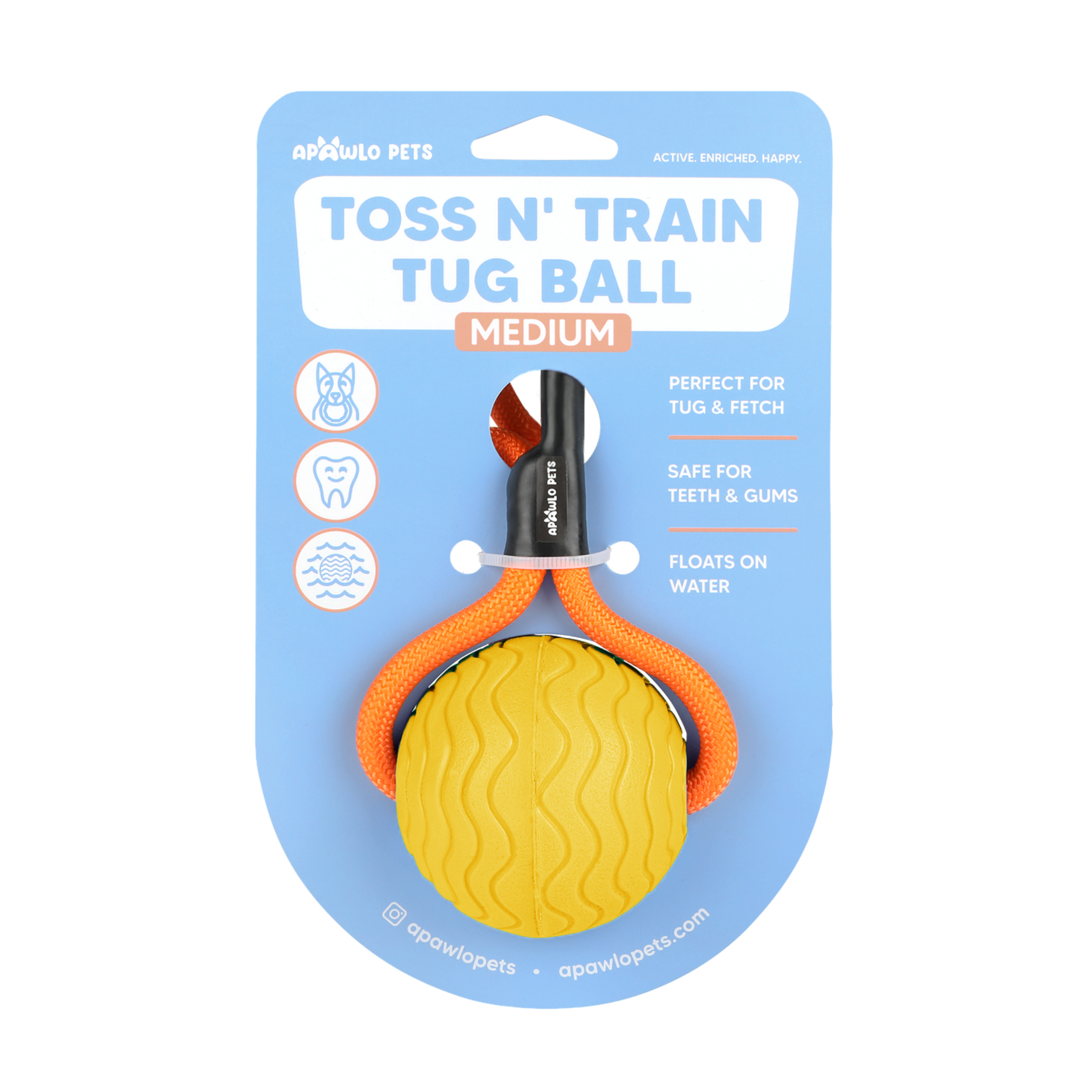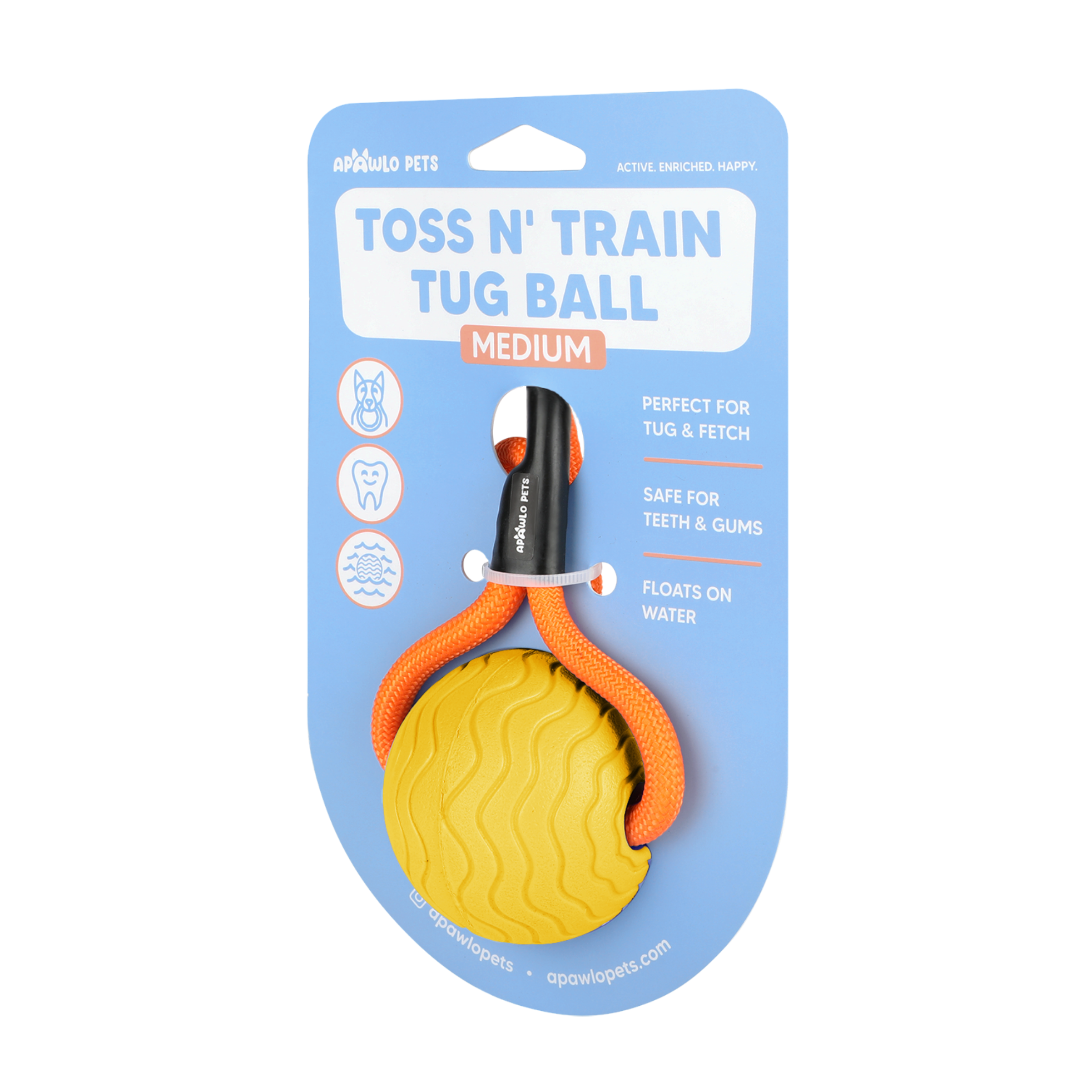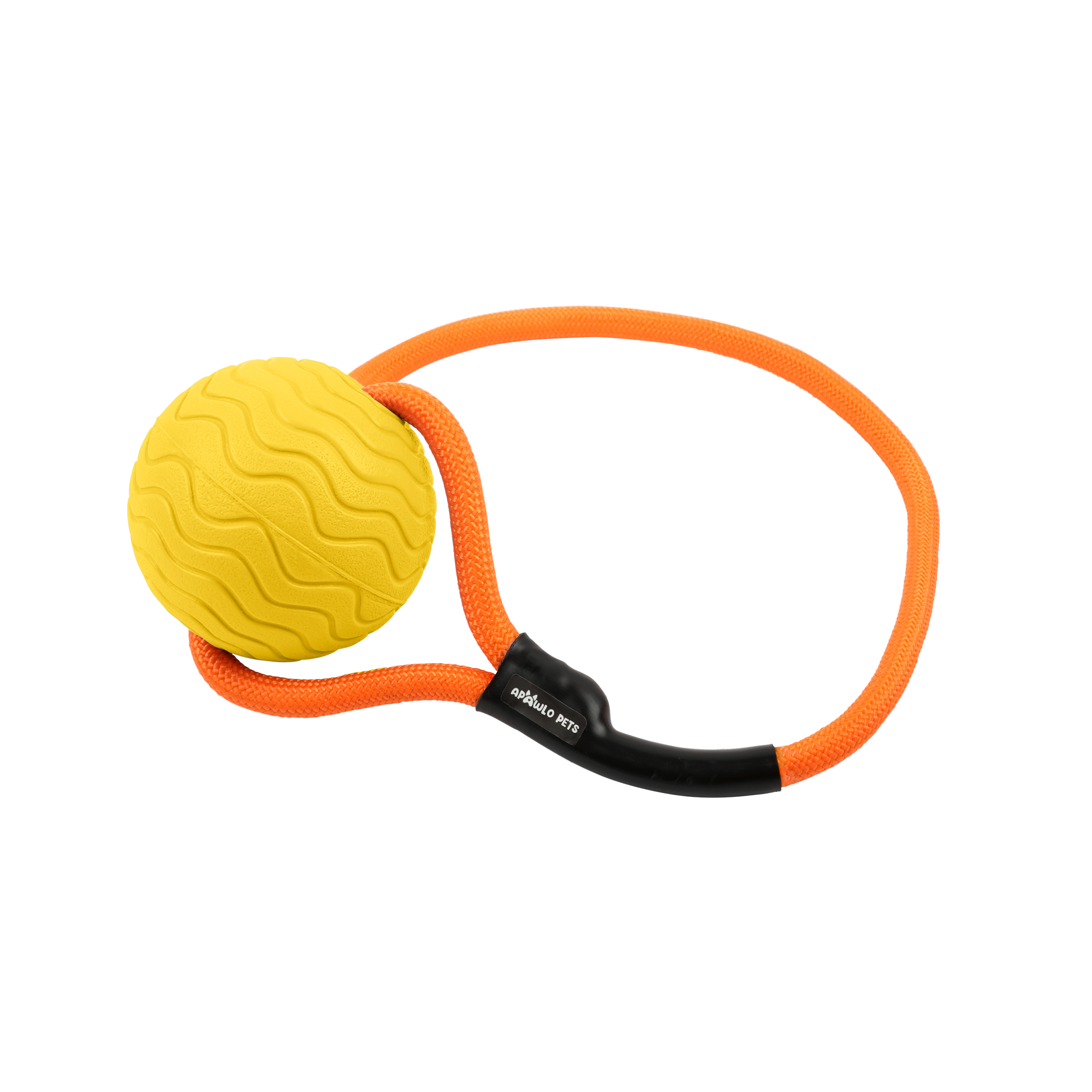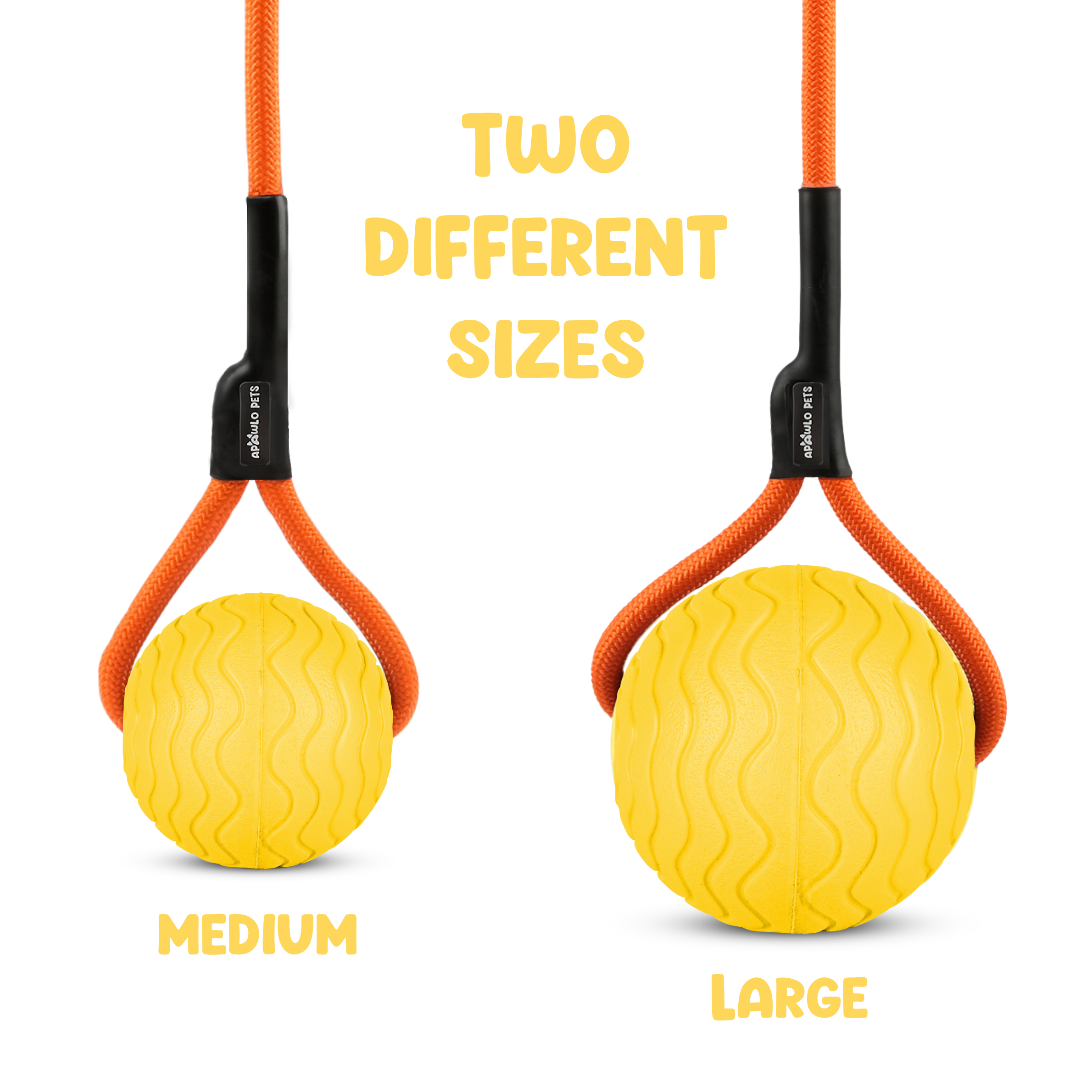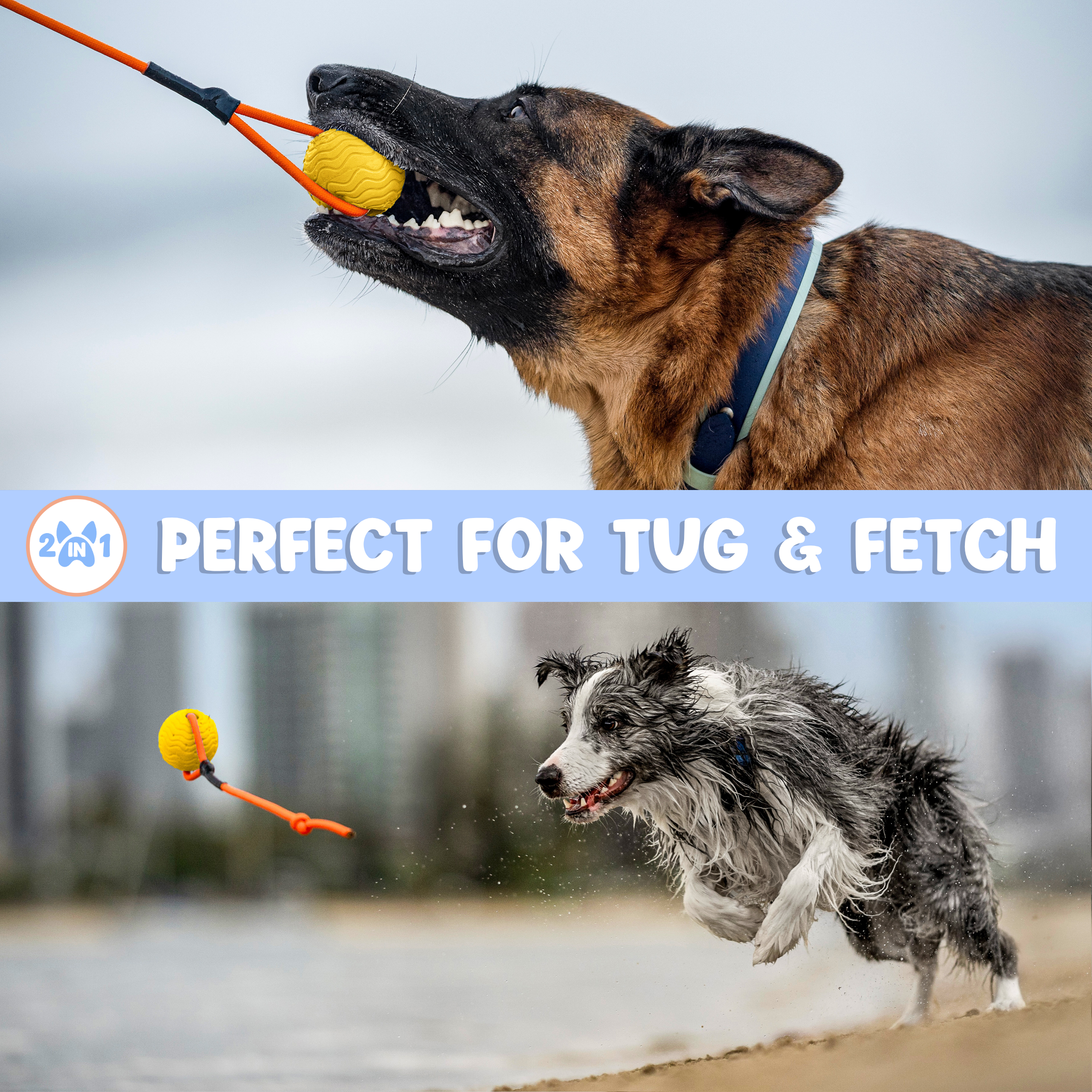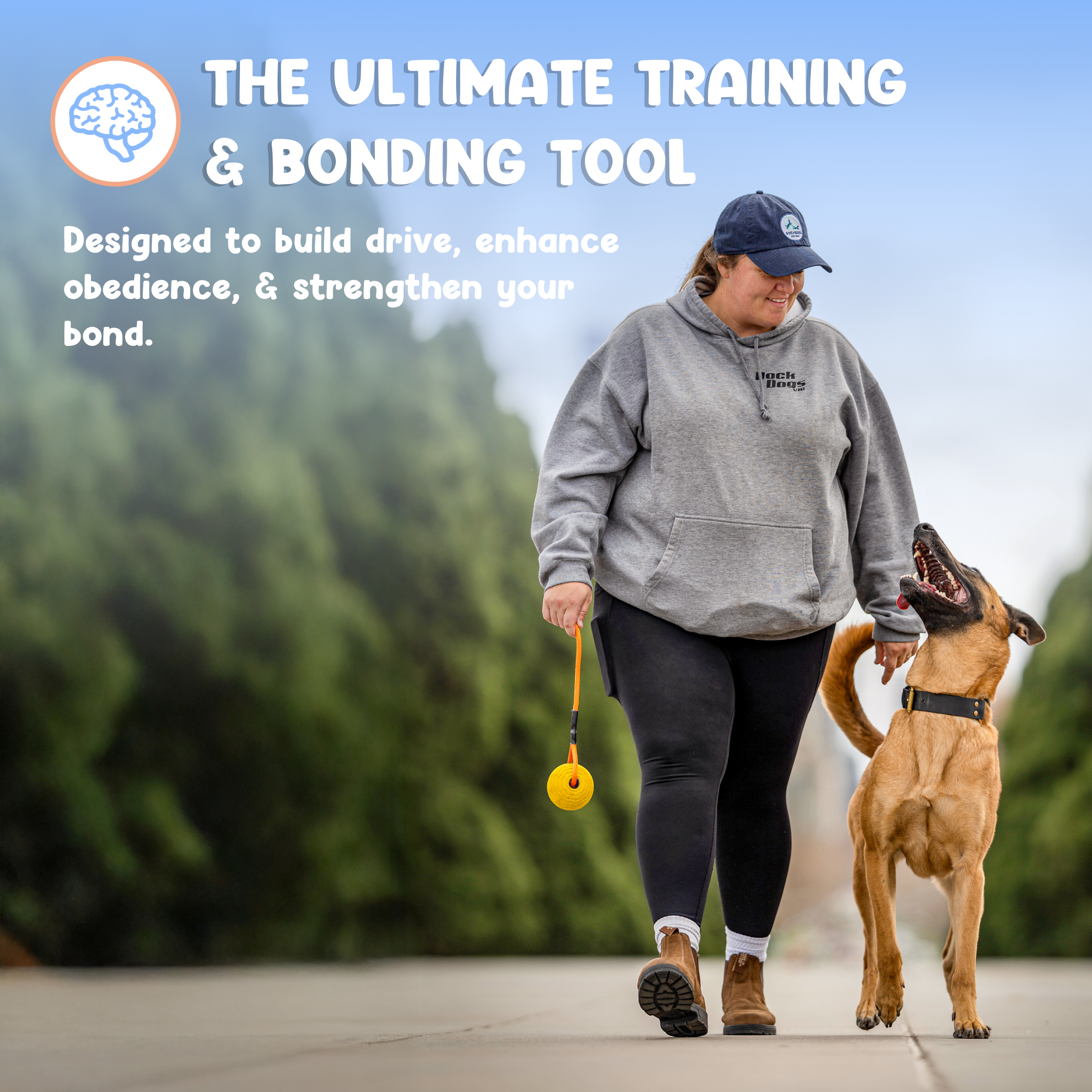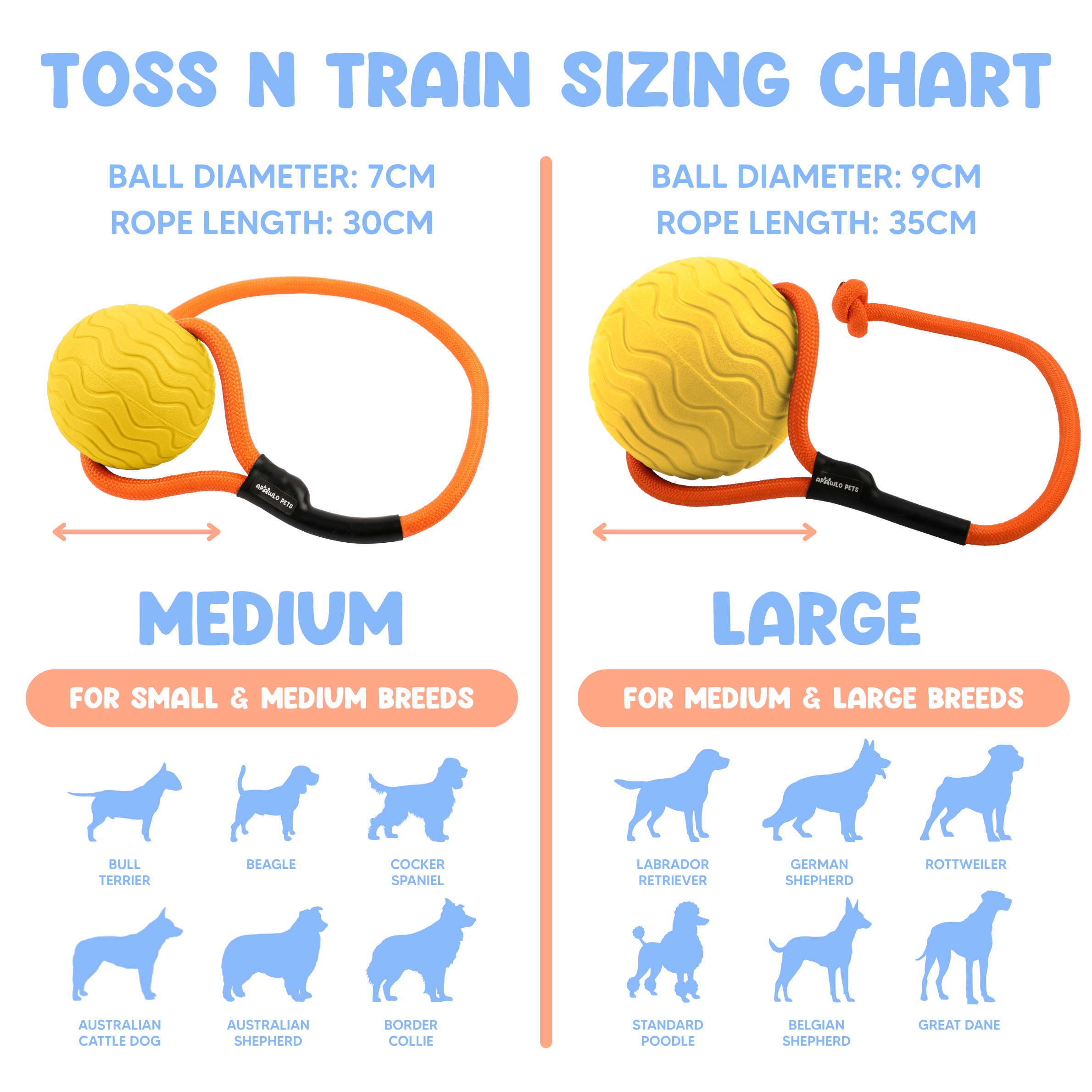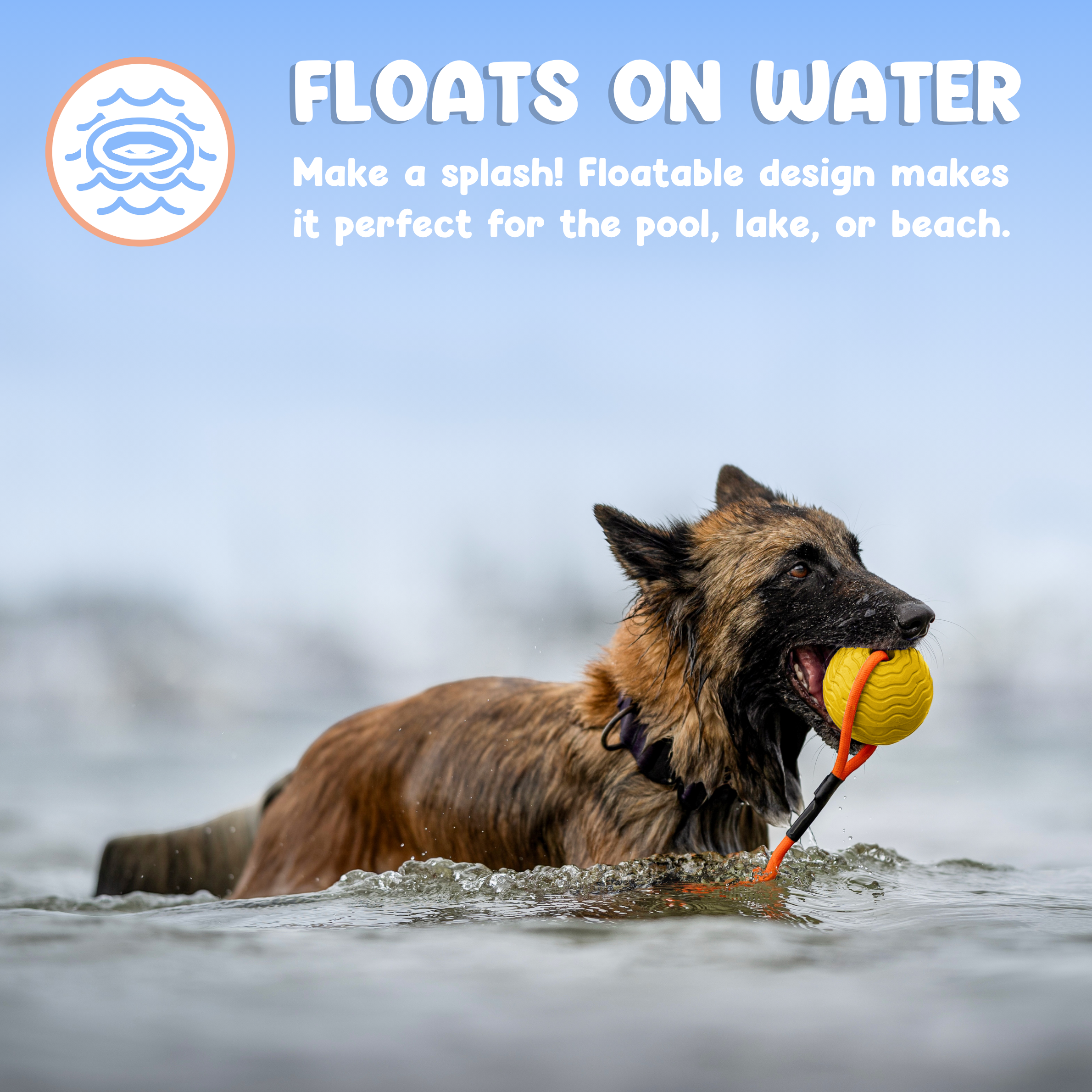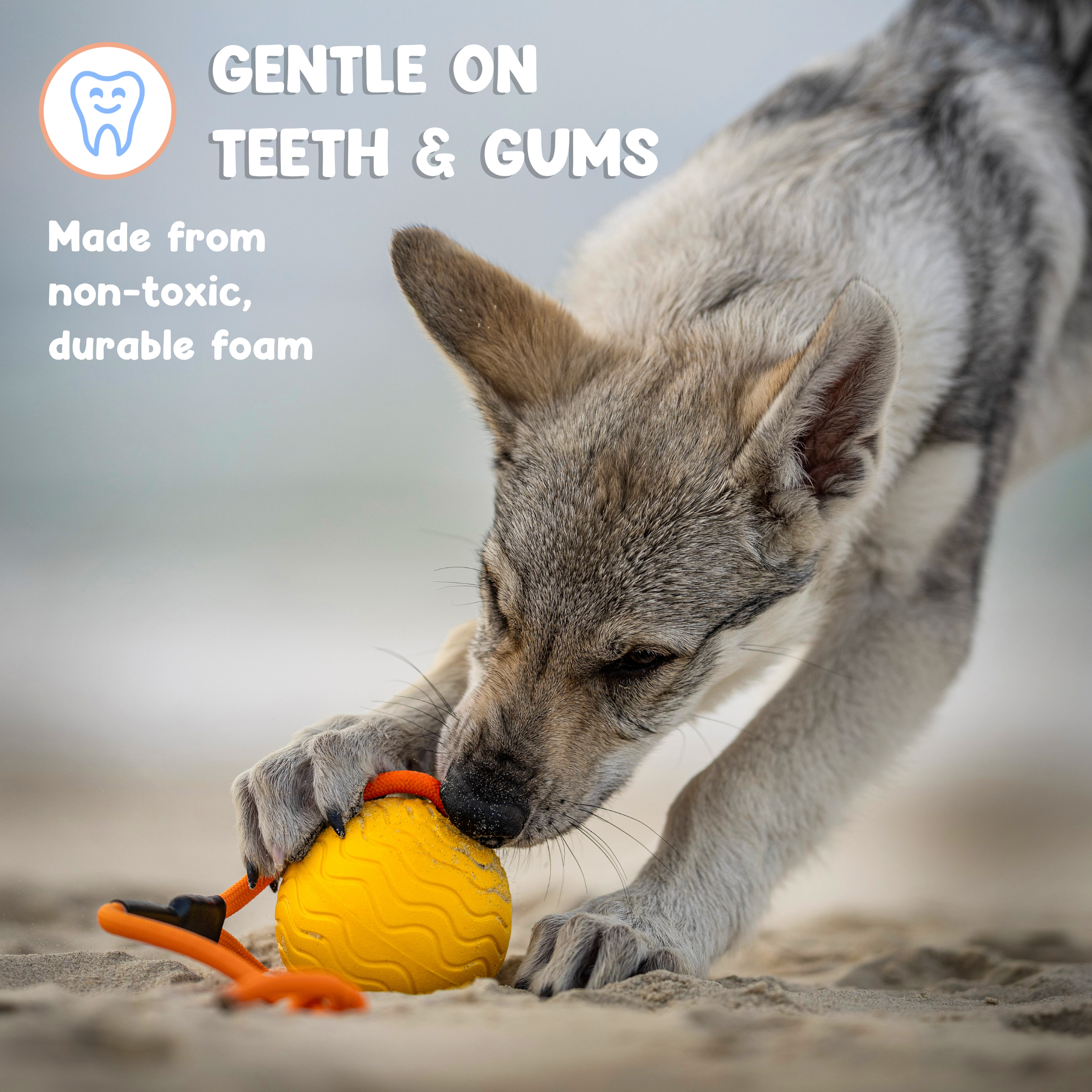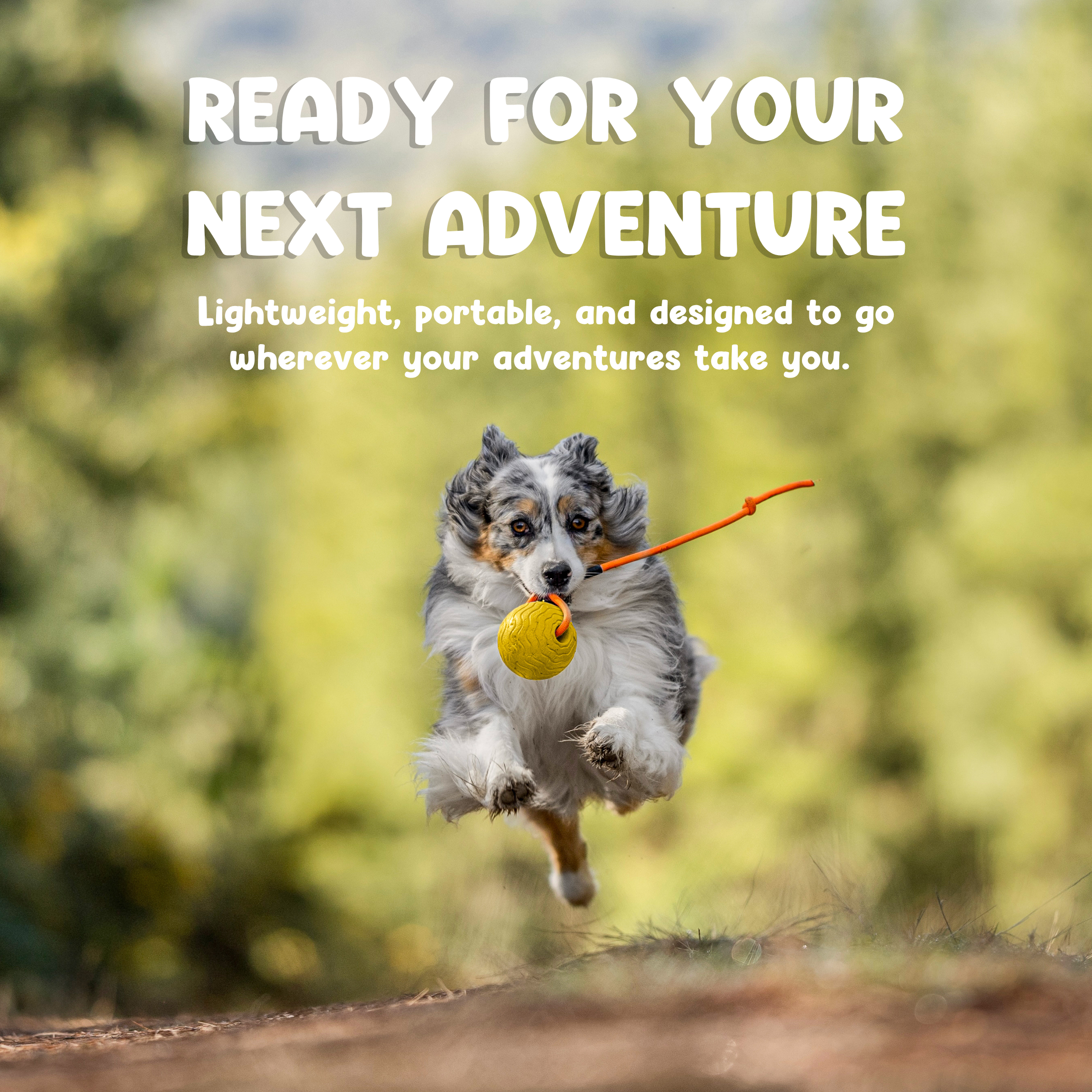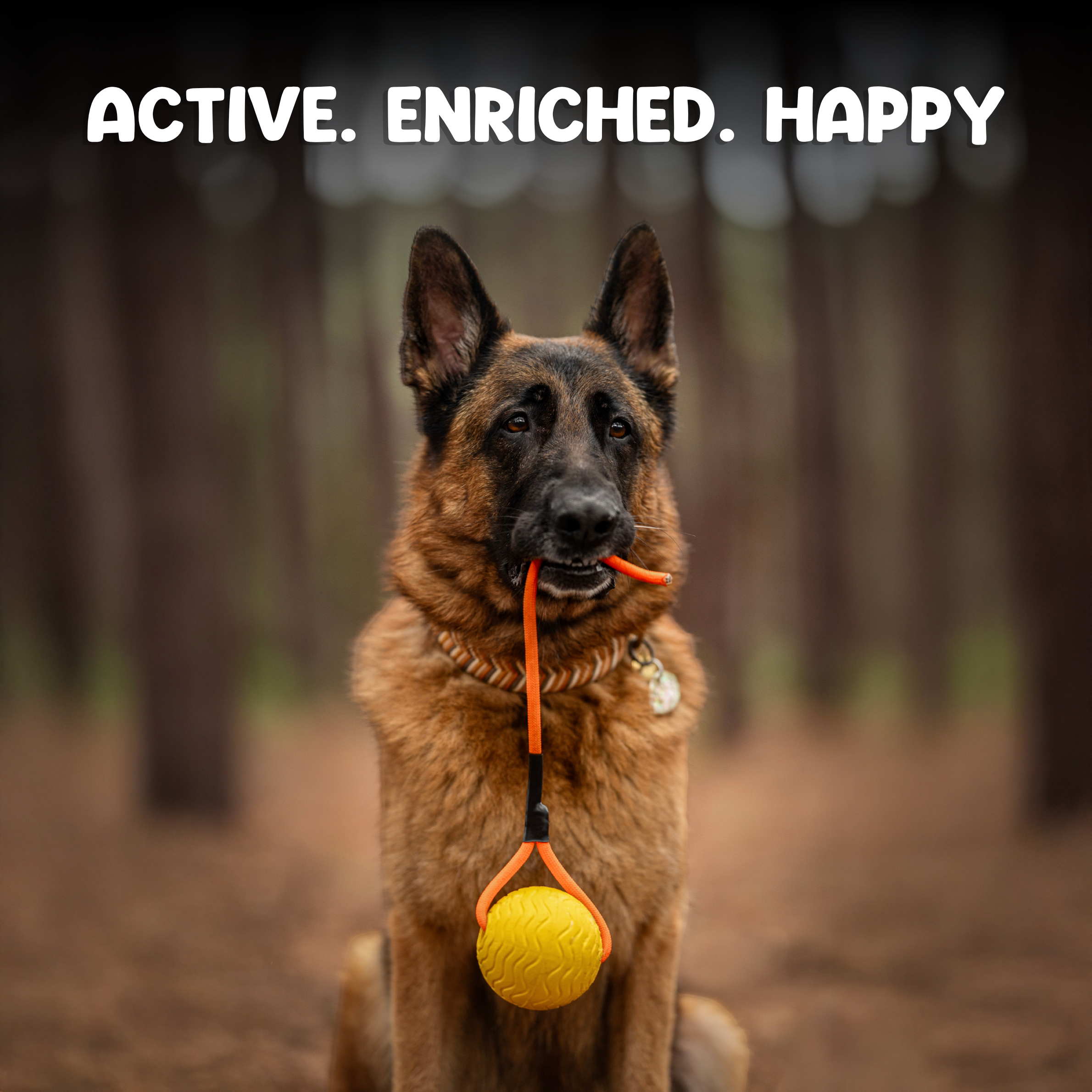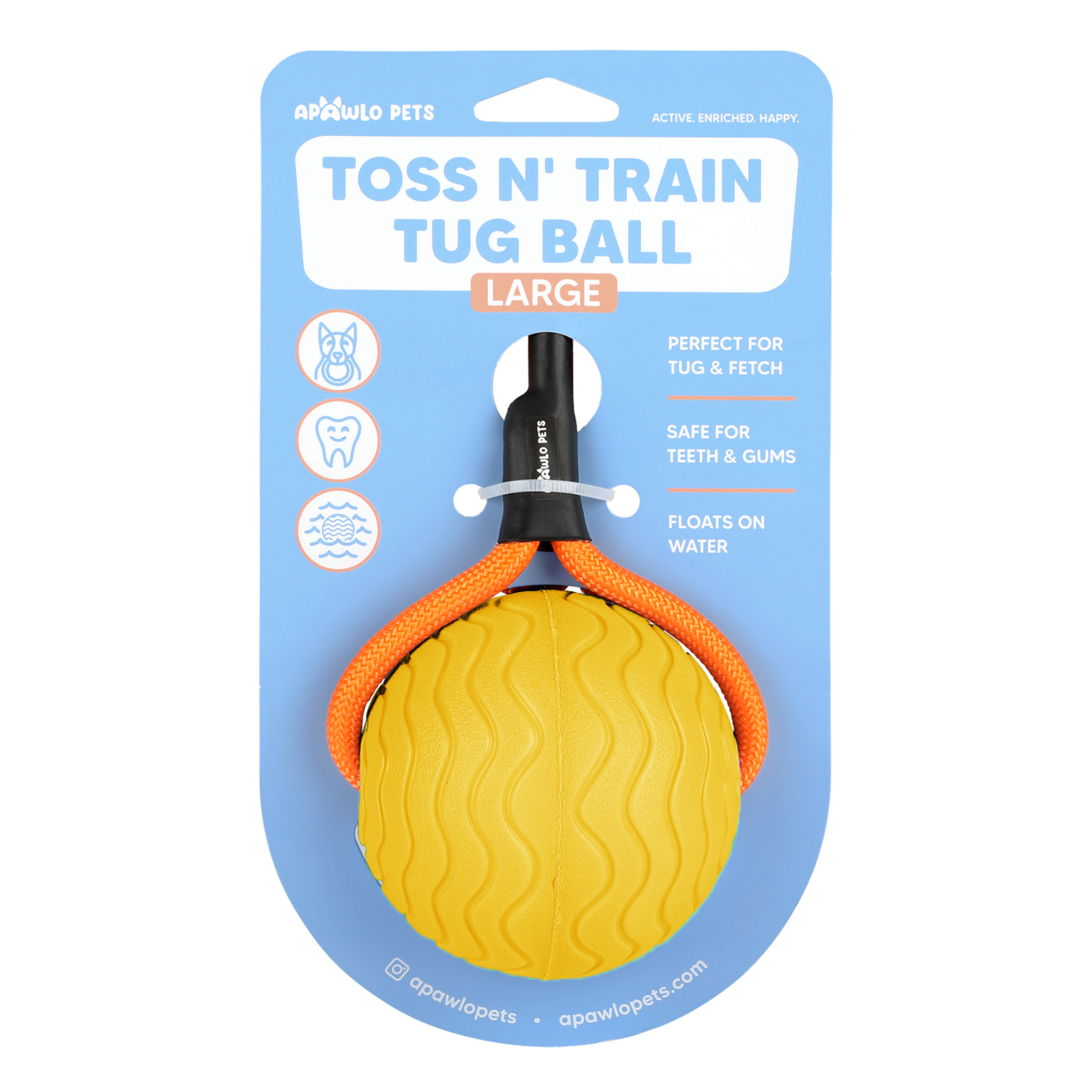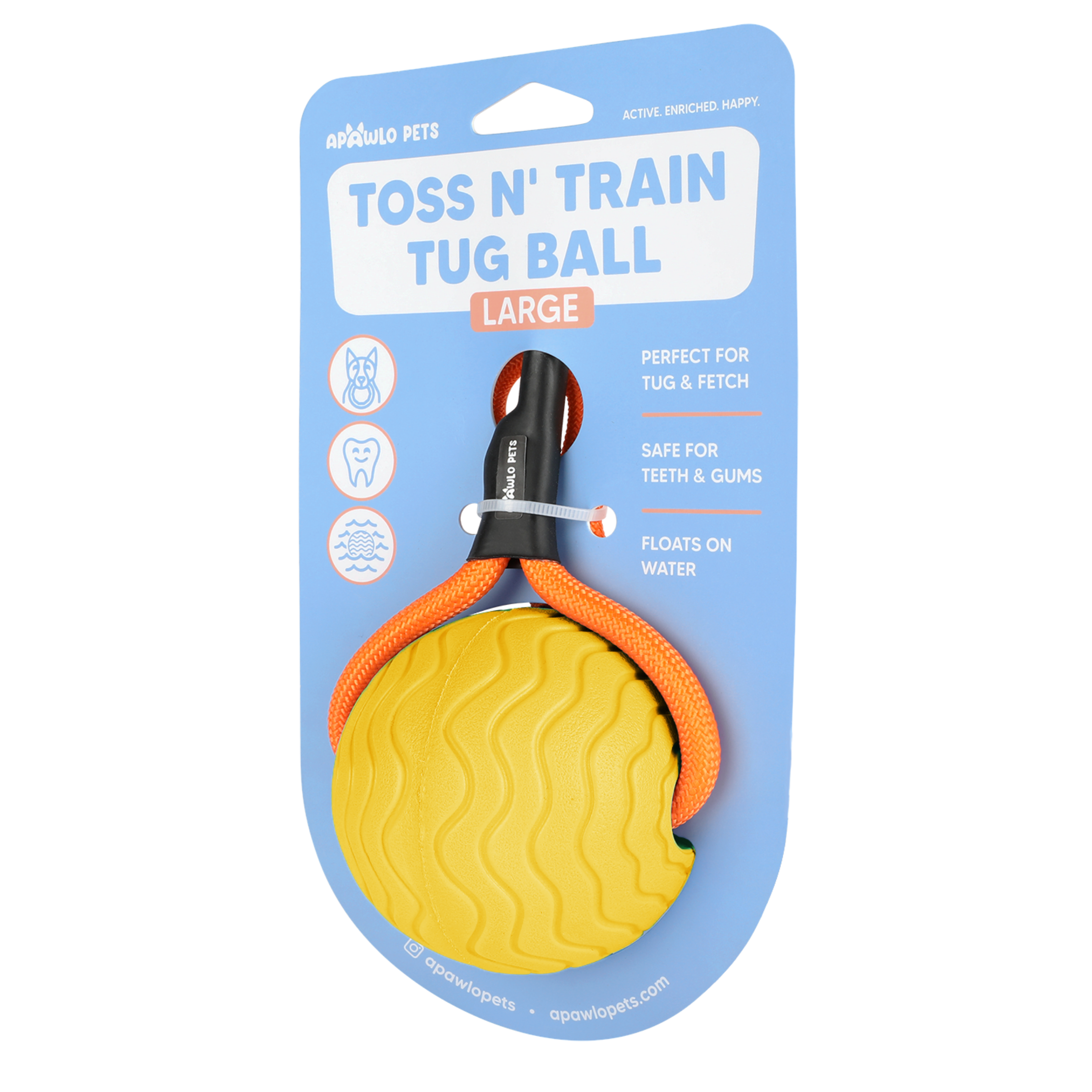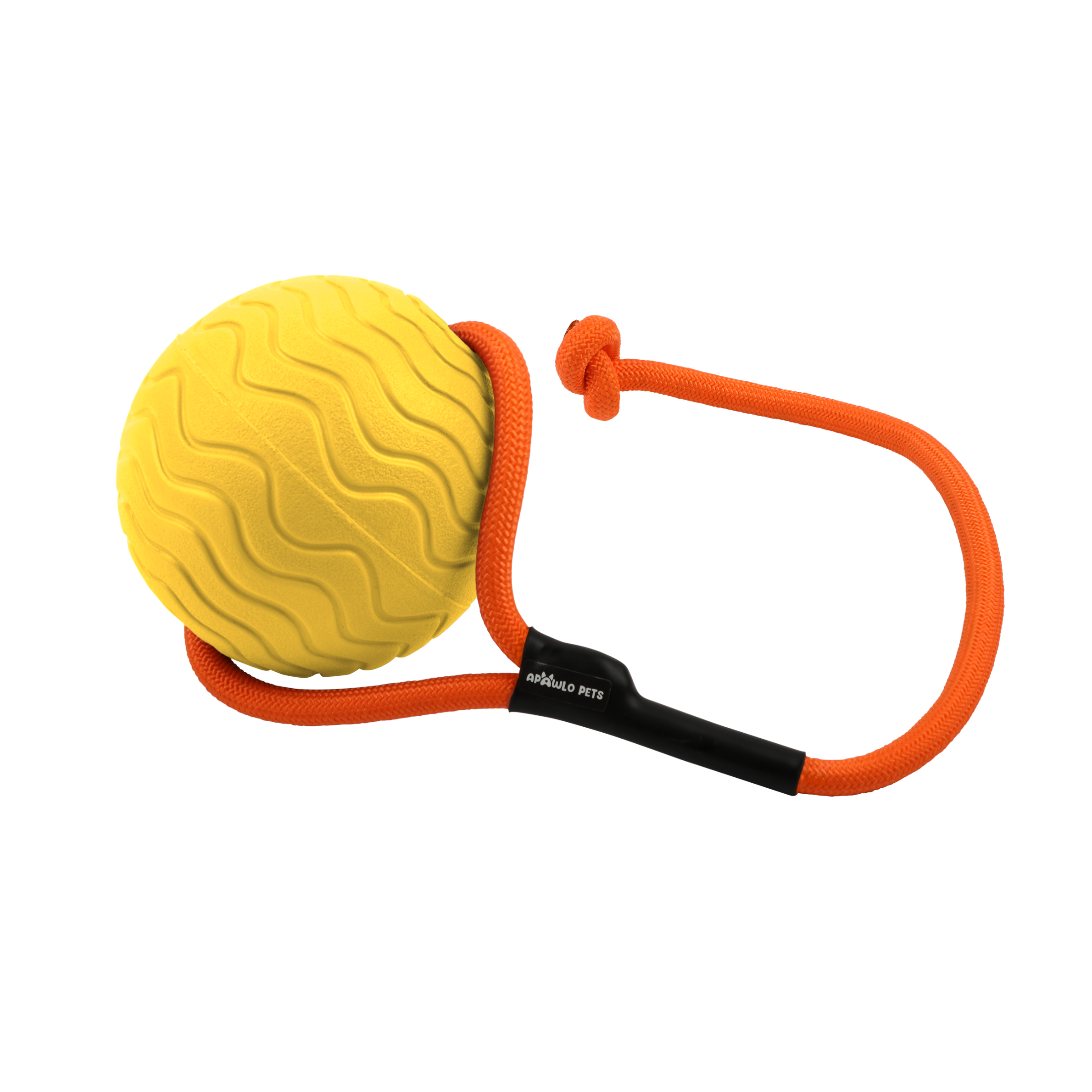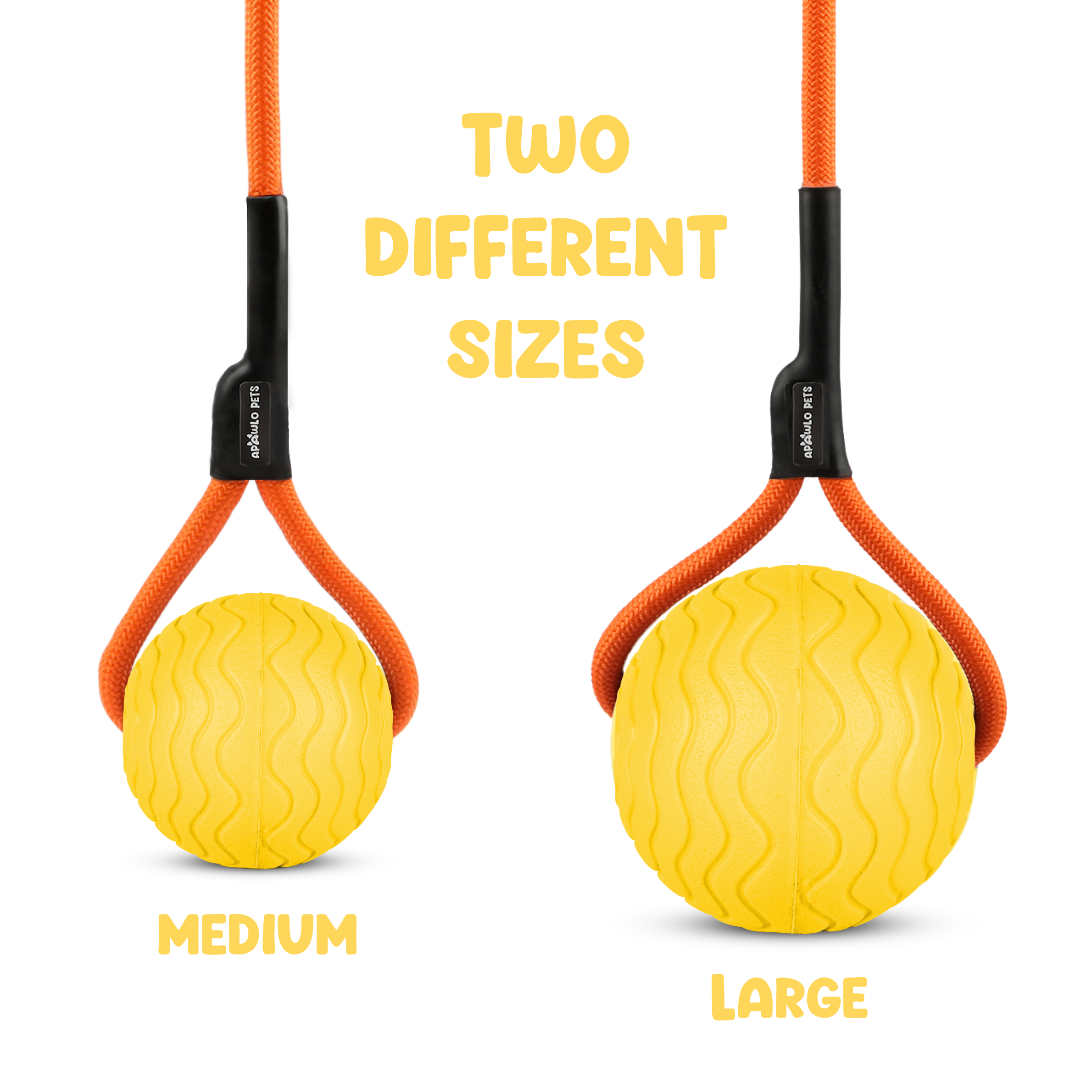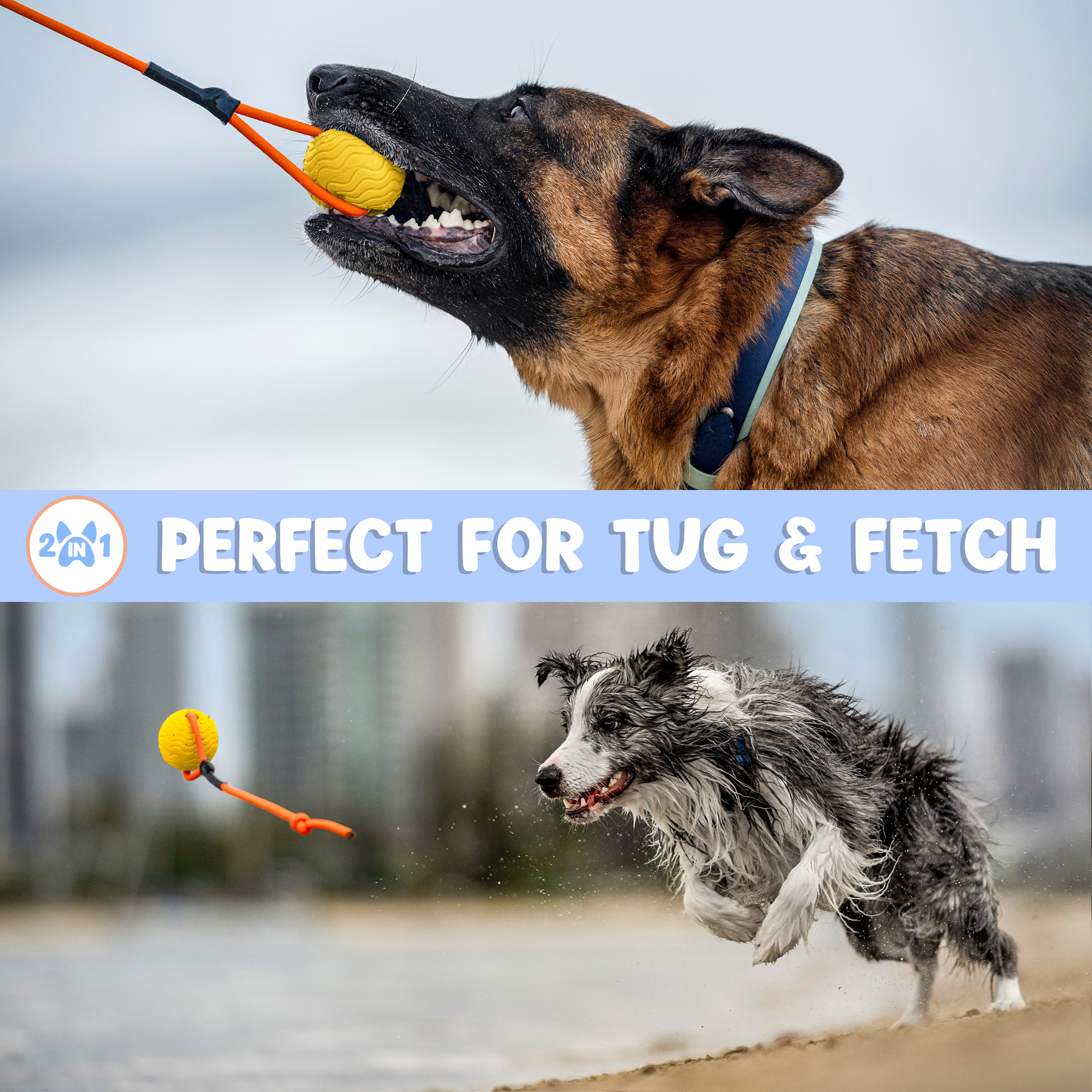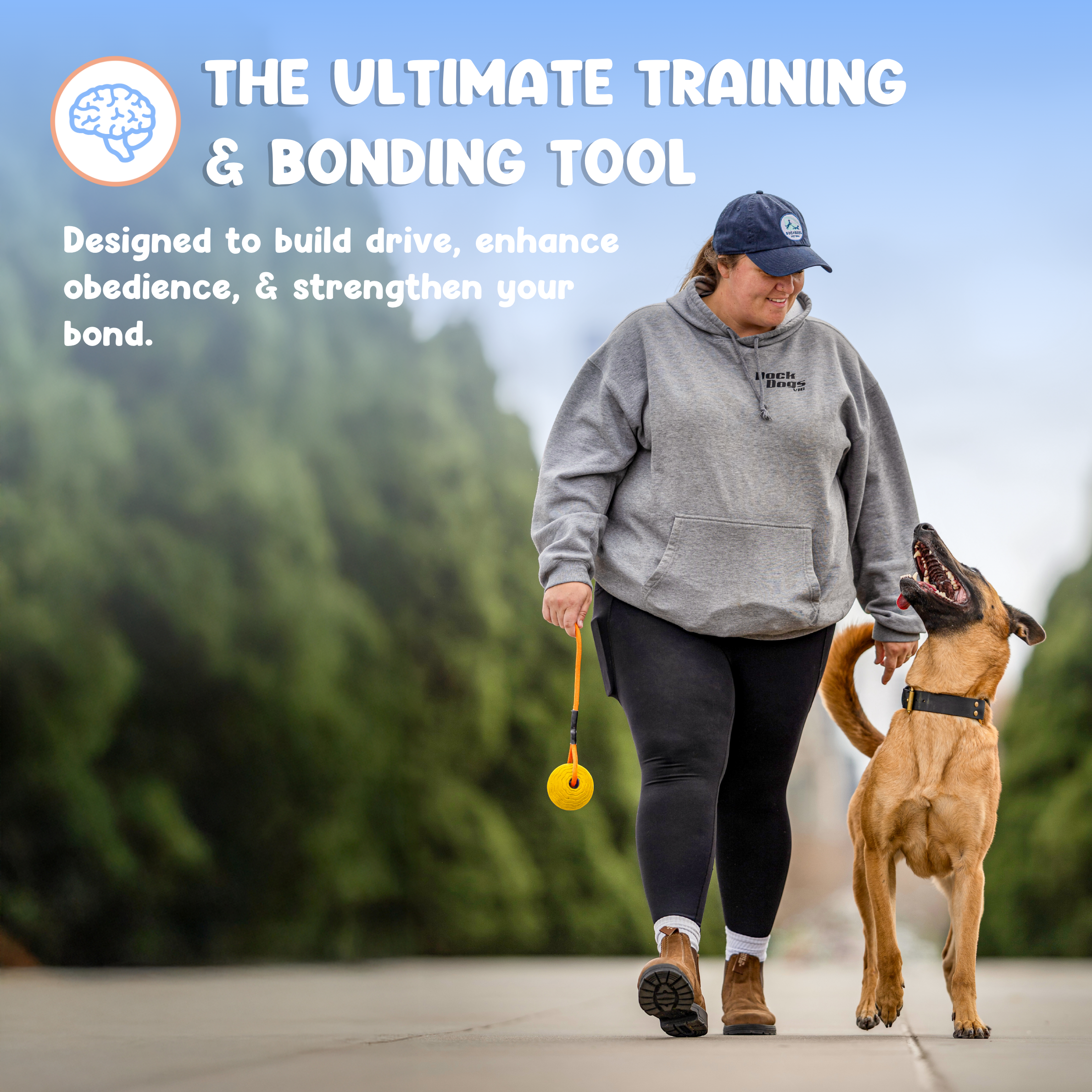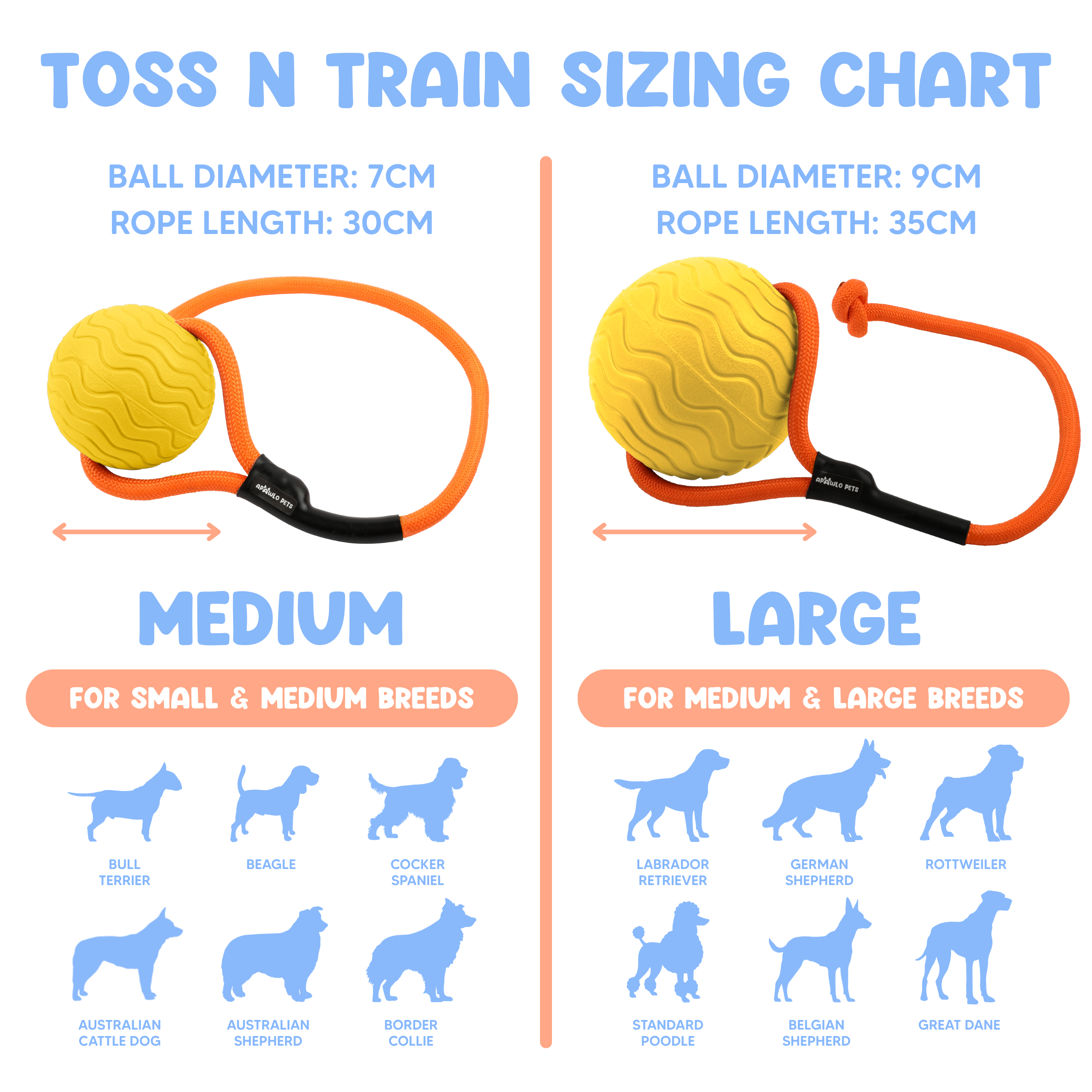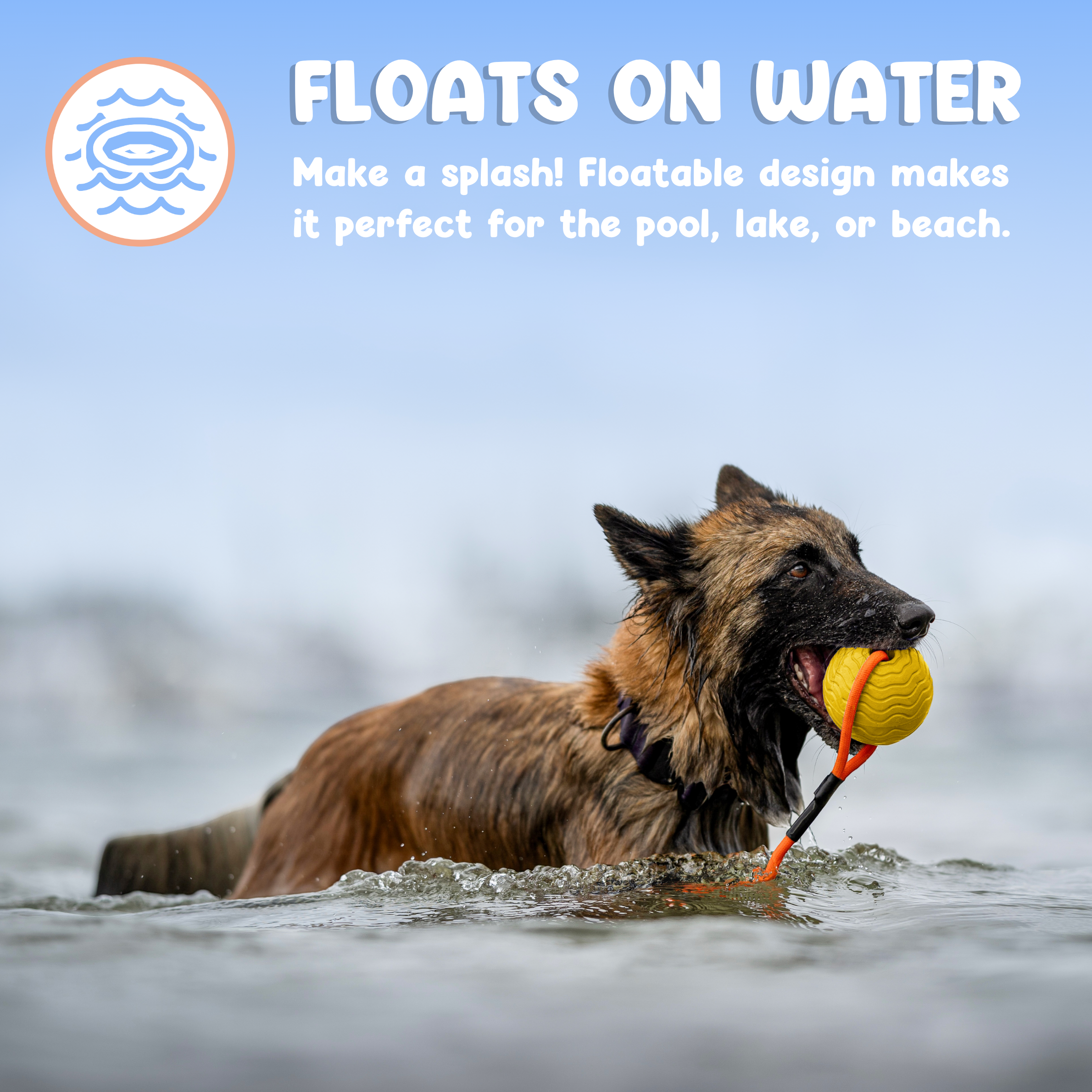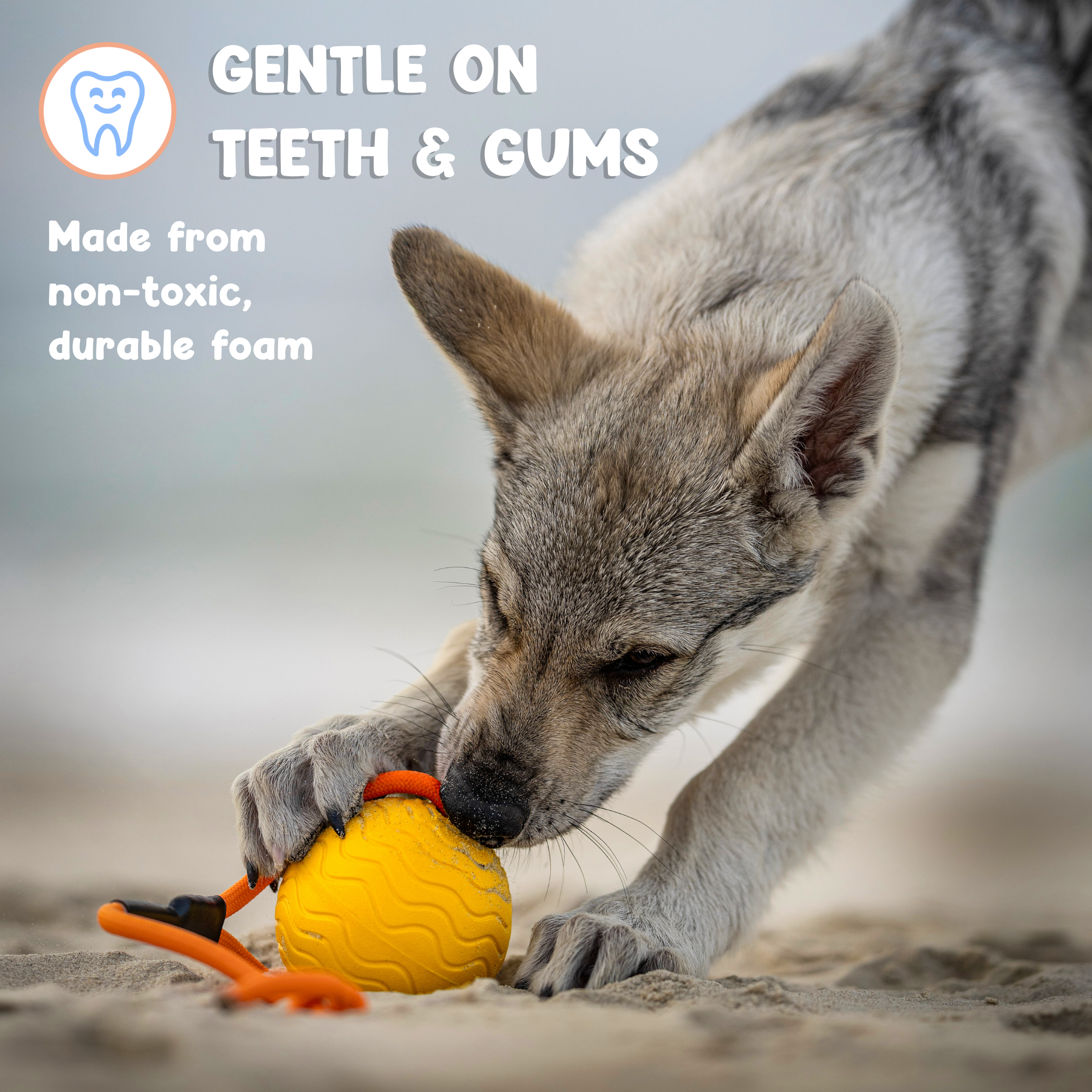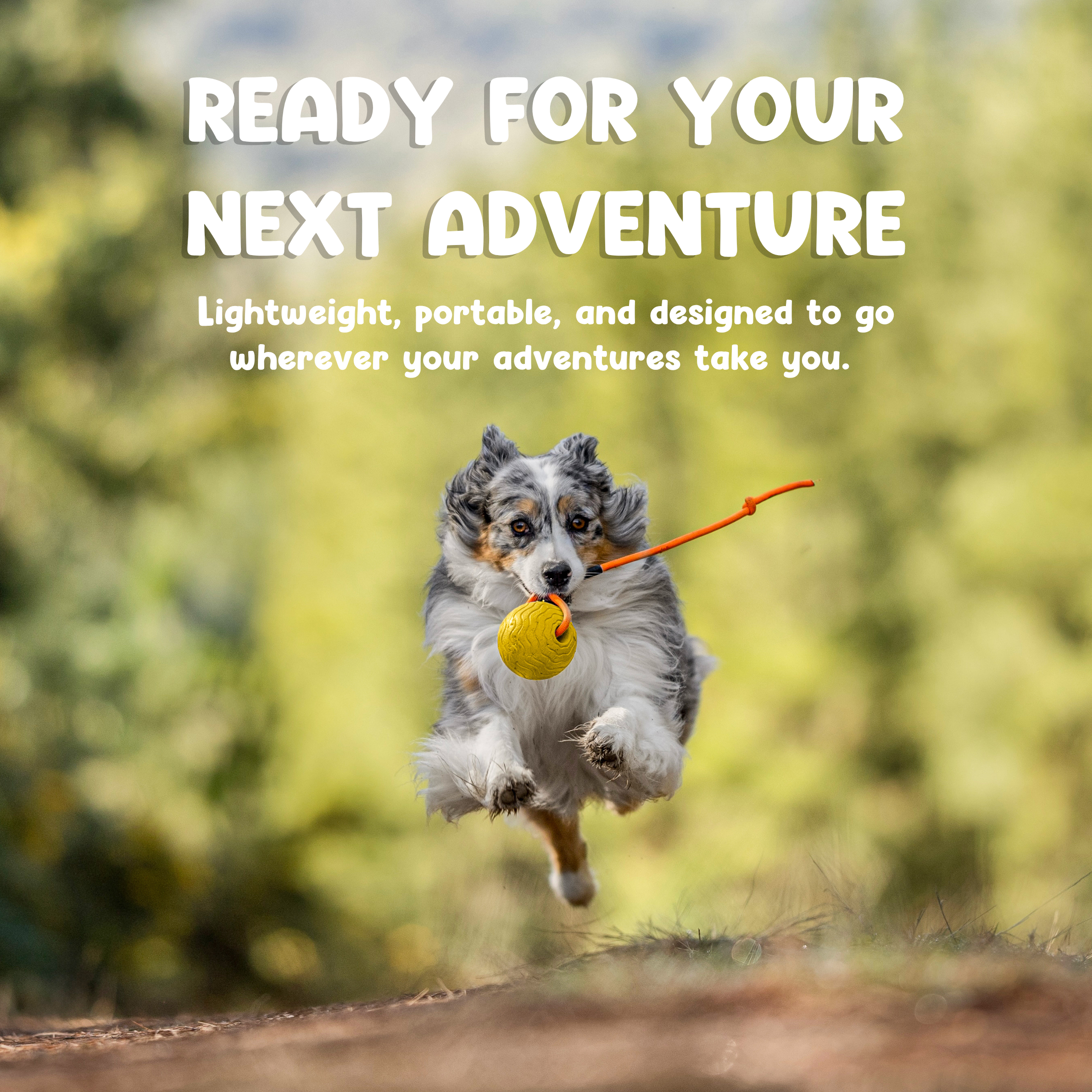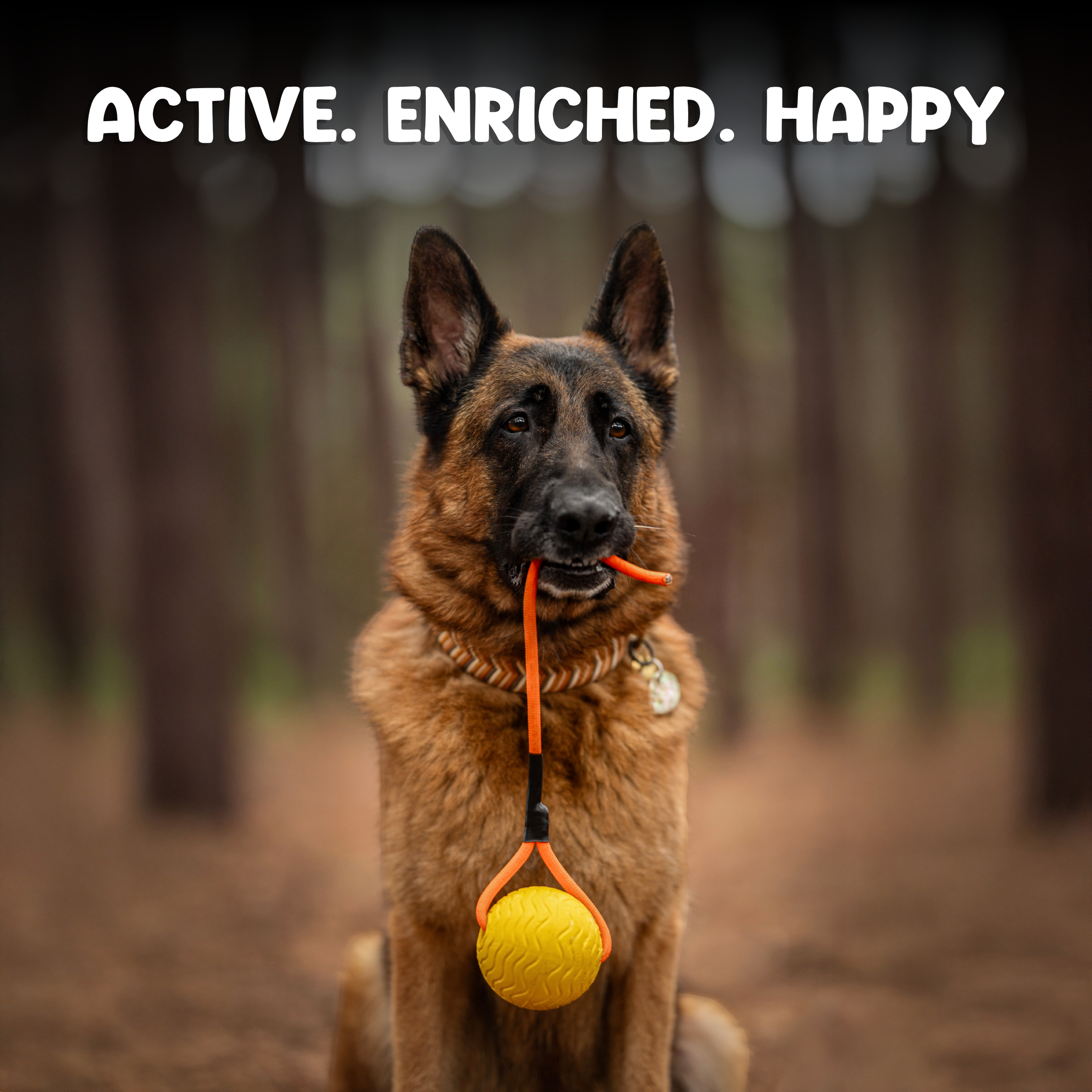Dog Rescue Guide: How to Help Save a Dog’s Life
Dog rescue is more than an act of kindness — it’s a chance to save a life and offer a second chance to a dog in need. Whether you’re adopting, fostering, or supporting a local organisation, your involvement can make a lasting impact. This guide walks you through every step to help you change a dog’s future.
Breaking the Stigma Around Rescue Dogs
Rescue dogs are often misunderstood, and those misconceptions can unfairly stop them from finding homes. Clearing up the myths is the first step in seeing the true value they bring.
-
“Rescue dogs are damaged.”
Many come from loving homes where circumstances changed — a move, illness, or financial hardship (most common in Australia). With patience and care, most adjust beautifully and thrive. -
“They all have behavioural issues.”
While some need extra support, many rescue dogs arrive already house-trained, social, and eager to please. Rescue organisations usually provide honest assessments and training notes, and offer trial periods to avoid mismatched adoptions. -
“You can’t know their history.”
It’s true some past details are unknown, but rescues focus on present behaviour and needs. Dogs are temperament-tested and matched to the right homes based on who they are now. -
“Rescues aren’t good for families or first-time owners.”
Plenty of rescue dogs are gentle, adaptable, and perfect for beginners or homes with children. Rescue teams help match dogs with the right lifestyle — and the dogs themselves often become the best teachers, showing patience, resilience, and loyalty that guide owners to grow alongside them. -
“You’ll never bond the same way.”
Rescue dogs form strong attachments with their new families, often showing deep trust and connection once they feel secure. Many adopters find the relationship especially meaningful because they’ve helped a dog transition into a safe, stable home.

Choosing the Right Dog Rescue Organisation
Finding the right dog rescue organisation sets the tone for your entire adoption journey. It’s about more than just filling out forms — it’s about choosing a team that shares your values and puts the dogs’ well-being first.
Ethical vs Non-Ethical Rescues
Not all rescues are created equal, so it’s important to look for groups that put dogs’ welfare before anything else.
What Makes a Rescue Ethical
-
Welfare first: Every decision is guided by the dog’s well-being and the best fit for the dog and family, not speed of adoption or profit.
-
Veterinary care: Vaccinations, microchipping, parasite control, and desexing (unless medically exempt) are completed before adoption. Full vet records are provided.
-
Honest behaviour notes: Dogs are assessed for temperament and needs, with clear guidance on training or management.
-
Adoption fees & policies: Fees aren’t just paperwork — they often cover crucial care like vaccinations, microchipping, and desexing.
-
Safe housing: Foster care is preferred. If kennels are used, they should be clean, enriched, and staffed with adequate care.
-
Return & support policies: A written return option if the placement isn’t suitable (e.g. trial periods), plus post-adoption support for training or advice.
-
Transparency: Adoption fees are explained, governance details (ABN or charity status) are public, and questions are welcomed.
-
Adopter screening: Home checks and adoption contracts are required — showing commitment to long-term success, not just fast placements.
Red Flags to Watch For
-
Pressure tactics: Being rushed into adopting or told to take a dog without a proper meet-and-greet.
-
No vet work: Missing microchips, no proof of vaccination, or vague “we’ll cover that later.”
-
Too good to be true: Every dog described as “perfect” without an honest discussion of quirks or transparency of needs.
-
Shady fees: Cash-only payments, no receipts, or no breakdown of where adoption money goes.
-
Pricing based on appearance: Charging higher fees for coat colour, size, “desirable” looks, or designer mixes, instead of standard adoption costs.
-
High-volume turnover: Constant litters or large numbers of dogs being moved through without proper care.
-
Unprofessional conduct: Public shaming of adopters, blocking questions, or drama on social media.
-
No adoption follow-up: Once the dog leaves, there’s no check-in or support offered if issues arise.
Location
Starting close to home often makes everything easier. Local rescues mean shorter travel times, easier meet-and-greets, and a built-in support network if you need advice after adoption. Plus, it’s a great way to strengthen ties within your community.
Breed-Specific vs. All-Breed
If you’re drawn to a particular breed, a specialised rescue can offer expert insight into their quirks and needs. But if your heart is open to any dog, all-breed rescues give you a broader choice — and you might meet a perfect match you hadn’t expected.
Transparency & Communication
Trustworthy rescues are open about their dogs, their process, and their mission. They answer questions honestly and stay in touch — a clear sign they care about both their dogs and the people who adopt them.

Preparing for Your Rescue Dog
Bringing home a rescue dog is exciting, but preparation makes all the difference. A few thoughtful steps can help your new companion feel safe, supported, and ready to settle into their new life.
Dog-Proof Your Home
Start with safety. Tuck away electrical cords, secure cleaning products, and remove anything fragile or toxic. Creating a hazard-free space not only protects your dog but also helps them explore confidently without accidents or setbacks.
To prevent chewing on unmovable furniture, offer safe toys of varying textures. Rotating options keeps interest high and helps dogs learn what’s appropriate to chew, and prevents bad habits from forming.
Examples include:
-
Rubber toys: e.g. KONG, rubber rings, durable tug toys.
-
Rope toys: Braided cotton ropes for tug and gnawing.
-
Nylon chews: Hard but safe bones (e.g. Benebone, Nylabone) for dog that crave chewing on hard textures.
-
Foam toys: Allow your dog’s teeth to sink into the material. If your dog loves chewing on shoes, foam balls can help scratch that itch.
-
Plush toys: With reinforced seams or no-stuffing options for softer chewing.
-
Natural chews: Antlers, yak milk chews, or safe dried animal parts (always supervised).
Gather Essential Supplies
Having the basics ready before adoption day can make the transition smoother. Stock up on food and water bowls, a well-fitted collar and leash, a comfy bed, and a few engaging toys. These essentials give your dog comfort and structure from day one, helping them adjust more easily to their new surroundings.
Be Patient & Understanding
Every rescue dog comes with their own history, and it can take time for them to trust and relax. Some might be shy, others a little unsure. Approach each interaction gently and give them space to move at their own pace. With patience and consistency, you’ll build a strong foundation for a lasting bond.

Observe the 3-3-3 Rule
Bringing a rescue dog home is a big change — for both of you. The 3-3-3 rule is a helpful way to understand how dogs typically adjust during their first days, weeks, and months in a new environment.
First 3 Days
In the beginning, everything feels unfamiliar. New sights, smells, and people can leave your dog feeling overwhelmed or withdrawn. They might hide, sleep more than usual, become overstimulated, or refuse to eat. This is normal. Give them space, keep interactions calm, and allow them to explore at their own pace.
First 3 Weeks
As they start to feel more secure, your dog will gradually settle into daily routines. This is when their personality begins to shine — but also when boundaries might be tested. Consistent structure, gentle training, and positive reinforcement help them understand expectations and feel safe.
A resource like the Back to Basics: Dog Training Planner can make this stage easier by helping you stay organised, plan sessions, and track small wins as your dog learns and adapts.
First 3 Months
By now, trust is building and your bond is deepening. Your dog will feel like part of the family, showing more predictable behaviour and affection. This stage is about strengthening your connection and continuing to nurture confidence through love, patience, and stability.
After 3 months, your dog should be fully settled in and you should have a solid understanding of each other. Now, you can truly design and structure a life together that is fulfilling for both of you. This is the time to explore new activities, training, and sports and explore their full potential.

Why Dog Rescue Matters
Choosing to adopt or foster with a dog rescue is more than an act of kindness — it’s a powerful way to make a difference in a dog’s life and in the wider animal welfare community. Every adoption has a ripple effect that extends far beyond one home.
Saving Lives
When you adopt or foster, you give a dog a second chance at life. Shelters and rescues often operate beyond capacity, and overcrowding can sadly lead to euthanasia. Opening your home to a dog in need not only saves them but also frees up space and resources for others still waiting.
Fighting Puppy Mills & Backyard Breeders
Rescue is also a stand against unethical breeding. Puppy mills prioritise profit over animal welfare, often subjecting dogs to poor conditions and neglect. By adopting, you support ethical alternatives and help reduce demand for irresponsible breeding practices.
Not all unethical breeding happens on a large commercial scale. Backyard breeders can also contribute to poor welfare and overpopulation. Some key warning signs include:
-
No health testing: Parents aren’t screened for genetic conditions common to the breed.
-
No desexing requirements: Puppies are sold without desexing contracts requiring it later. Even without a desexing contract, discussion of desexing plans should always occur at a minimum.
-
Cash only / no paperwork: No receipts, contracts, or microchip/vaccination records.
-
Poor socialisation: Puppies raised with little exposure to people, environments, or basic handling. This has major lifelong consequences — fear, anxiety, reactivity, and aggression often stem from these early gaps. Ethical breeders follow strict socialisation protocols to give pups a stable foundation; without this, families are left managing avoidable behavioural challenges. Always ask a breeder about their socialisation protocols.
-
“Rare” colours at inflated prices: Breeding purely for appearance or novelty rather than health and temperament.
-
Reluctance to answer questions: Breeders avoid showing where the dogs live or giving details about lineage and care.
-
No return contract: Once sold, the breeder won’t take the dog back if things don’t work out.
Adopting through a rescue or choosing an ethical breeder helps break this cycle. Ethical breeders can help reduce rescue numbers by carefully screening homes, taking dogs back if placements fail, and raising healthy, well-socialised puppies.
Finding a Faithful Companion
Perhaps the most rewarding part of rescue is the bond that follows. Many rescue dogs show immense gratitude and loyalty, forming deep, lasting connections with their new families. In return for a second chance, they offer years of unconditional love, joy, and companionship.

Ways to Support Dog Rescue Organisations
If you’re not able to foster or adopt, there are still many powerful ways to make a difference. Dog rescue organisations rely on community support to continue their lifesaving work — and your involvement can help change countless dogs’ lives.
Donations
Financial contributions are one of the most direct ways to support rescues. Your donation helps cover medical care, food, transport, and daily expenses for dogs waiting for homes. Even small amounts add up and can make a huge difference to a dog’s journey from rescue to adoption.
Volunteering
If time is what you can give, rescues will always welcome it. Whether it’s walking dogs, cleaning kennels, helping with transport, or assisting at events, your effort matters. You can also use your voice — sharing adoptable dogs online or raising awareness can help them find homes faster.
Supplies & Fundraising
Rescues often need practical items like food, bedding, cleaning supplies, or enrichment toys. Hosting a small fundraiser or supply drive through your workplace, school, or community group is another way to provide meaningful support.

Conclusion: Every Small Action Saves a Life
Rescuing dogs is about creating hope and building brighter futures. Each adoption, donation, or hour spent volunteering helps a dog find safety, love, and belonging. By taking even a small step to support dog rescue, you become part of a life-changing journey — for them and for you.
FAQs About Dog Rescue
How long does the dog rescue adoption process usually take?
It varies by organisation, but most adoptions take anywhere from a few days to a few weeks, depending on factors like home checks, interviews, and matching you with the right dog.
Can I adopt a rescue dog if I already have pets?
Yes — many rescue dogs thrive in multi-pet homes. The organisation will usually assess compatibility and may arrange a meet-and-greet to ensure a smooth introduction.
Are rescue dogs suitable for first-time dog owners?
Absolutely. Many rescue dogs are well-suited for beginners, and rescue teams often provide guidance and support to help new owners succeed.
What should I do if my rescue dog shows unexpected behaviour?
Contact the rescue for advice — they often offer post-adoption support. You can also work with a certified trainer or behaviourist to help your dog adjust.


